S A L O N M L A D I H
Y O U T H S A L O N

HDLU
 37. SALON MLADIH 37th YOUTH SALON
Zagreb 2024.
37. SALON MLADIH 37th YOUTH SALON
Zagreb 2024.

Salon mladih je najveća i najrespektabilnija nacionalna izložbena manifestacija vizualnih umjetnika do 35 godina u Hrvatskoj. U nešto više od 50 godina svoga postojanja, predstavio je više od 3.500 umjetnika i u svakom svom izdanju generirao nova imena na hrvatskoj umjetničkoj sceni, te povezivao hrvatsku i međunarodnu kulturnu scenu. Osim prezentacije najnovijih umjetničkih trendova, Salon od svojih početaka dodjeljuje i nagrade najuspjelijim ostvarenjima, adekvatno vrednujući umjetnički rad i naglašavajući široj javnosti koja su to nova imena na sceni čiji bismo rad trebali pratiti i u budućnosti.
The
Youth Salon is the largest and most respectable exhibition event for visual artists under the age of 35 in Croatia. In just over 50 years of its existence, it has presented more than 3,500 artists and generated new names on the Croatian art scene in each of its editions. In addition to presenting the latest artistic trends, Salon from its very beginnings also awards prizes for the most successful works, adequately evaluating the work of art and emphasizing to the general public what are the new names on the art scene whose work we should follow in the future.
Sadržaj / Contents
PAO SAT U BUNAR / THE CLOCK FELL INTO THE WELL
Predgovor / Preface Lovro Japundžić
Izgubljeno vrijeme Karla Mesek
Postav / Exhibition
Umjetnici / Artists
Otvorenje izložbe / Exhibition opening
Konferencija za medije / Press conference
SITUACIJA / THE SITUATION
Predgovor / Preface Lora Rajčić, Ivana Završki
Postav / Exhibition
Umjetnici / Artists
Otvaranje izložbe / Exhibition opening
TAKEOVER
Predgovor / Preface Nika Šimičić
Umjetnici / Artists
VENIENTES
Predgovor / Preface Korana Littvay
Postav / Exhibition
Umjetnici / Artists
Otvaranje izložbe / Exhibition opening
6 8 10 14 16 24 88 98 100 102 110 118 172 180 182 188 198 200 201 204 220
POPRATNI PROFRAM / SIDE PROGRAMME
Međunarodni pogled / International perspective
Edukativni program / Educational programme
Glazbeni program / Music programme
Filmski i izvedbeni program / Performance and Film programme BIOGRAFIJE /

BIOGRAPHIES IMPRESSUM 222 224 238 241 242 246 268
S A L O N M L A D I H
8
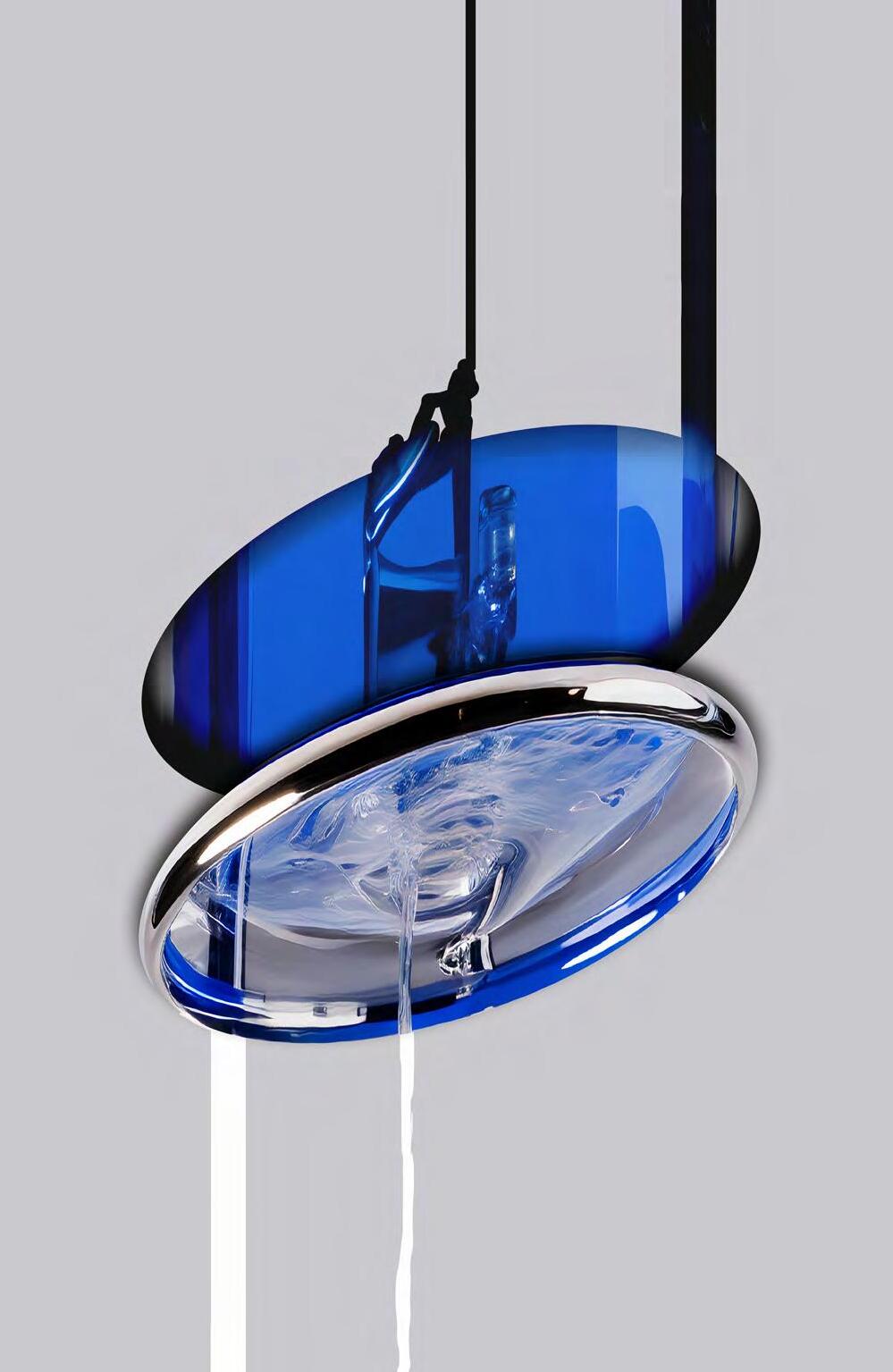
PAO SAT U BUNAR 9 25.04. 16.06. 2024.
S A L O N M L A D I H
PAO SAT U BUNAR
kustos
Lovro Japundžić
Gospodari vremena nemaju vidljivo lice, poput cara u dječjoj igri “Care, care gospodare koliko ima sati?”. U ovoj igri car je okrenut leđima dok ga drugi igrači ispituju za vrijeme.
Cilj jest životinjskim skakutanjima približiti se caru i naposljetku preuzeti njegovu ulogu. Ako car na pitanje o vremenu odgovori
“Pao sat u bunar” igrači se vraćaju na početak igre. Legitimitet cara se održava njegovim pravednim normiranjem vremenskih pomaka. Vraćanje na početak nikad nije zabavno, ali možda je bolja opcija od očajničkih pokušaja približavanja caru.
što percipiramo i nastojimo definirati. “Ono jaše na svim drugim osjetilima”1 Iskustvo protoka vremena neodvojivo je od razmišljanja u vremenskim jedinicama, apstraktnim prostorima, kazaljkama i brojevima koji određuju ritmove svijeta. U rukama svakodnevno držimo alate za mjerenje trajanja, koraka ili udaljenosti koji pružaju iluziju sigurnosti i kontrole nad vlastitim vremenom. Ti isti alati osobne rutine pretvaraju u mjerljive podatke koji dobivaju tržišnu vrijednost, a služe kreiranju fiktivnog obrisa osobe, njenog emotivnog i fizičkog stanja, društvene pozicije i aspiracija.
Retorika gospodarenja vremenom i život prema satu služe kao rijetko osporavane mjere ljudske vrijednosti, svrhe i značenja. Discipliniranje vremena rezultat je društvenog dogovora, a nadovezuje se na kolonijalne i prosvjetiteljske metode mjerenja uvođenjem vremenskih zona, mehaničkih satova i komodifikacije rada 2 . Apstrahiranje pojma vremena prati rast ekstrakcijskih politika koje lokalne specifičnosti i prirodne procese smještaju van ekonomskog sata. Osim što se može mjeriti, vrijeme možemo kupiti i prodati. Nejednakost u posjedovanju vremena postaje odraz svih ostalih društvenih nejednakosti. “Netko ili nešto uvijek nekom drugom daje vrijeme, što ne znači doslovno darovanje minuta ili sati, već određivanje nečijeg iskustva vremena”3. Moramo razlikovati i one kojima se vrijeme mjeri, od onih koji se dobrovoljno eksploatiraju uzdižući zaposlenost i manjak vremena kao znak moralne superiornosti.
Sve oko nas postoji kao ekspresija vremena, mjere koju učimo i koristimo za razumijevanje svijeta kojeg susrećemo. Percepcija vremena je fragmentirana i raspršena, formira se kroz različite doživljaje u tijelu, receptore u mozgu i mentalne konstrukcije — vrijeme je metasenzoričko. Američki neuroznanstvenik
David Eagleman tvrdi kako su vid, sluh, njuh, dodir i okus osjeti koji imaju jasne funkcije koje se rijetko preklapaju. Vrijeme je isto osjet, ali se ono proteže kroz sve
Kolonizacija vremena, a posljedično i tehnologije kasnog kapitalizma s “konstantnim tokom podražaja niske razine” postepeno otupljuju i iscrpljuju mogućnost percipiranja tuđih, ali i vlastitih temporalnosti4 . Prilagodili smo se normativnom vremenu, pravocrtnom kretanju koje ignorira “temporalnu kakofoniju” planeta kojoj i sami pripadamo. Postoji niz satova koji simultano kucaju, isprepliću se i utječu na delikatne odnose biljnog i životinjskog svijeta. Manjak njihove sinkronizacije trajno je poremetio odnose migracija, reprodukcije i preživljavanja5. U društvu kao i u prirodnom
1 Burkhard Bilger, The Possibilian: What a brush with death taught David Eagleman about the mysteries of time and the brain, The New Yorker, 2011.
2 Kevin K. Birth, Time Blind: Problems in perceiving other temporalities, Palgrave Macmillan (2017.), str. 124.
3 Jenny Odell, Saving time: Discovering a Life Beyond the Clock, Random House (2023.), str. 57
10
***
svijetu postoji niz vremenskih krivulja koje djeluju u različitim sekvencama i oznakama tempa. Njih se nastoji obuzdati tako da se prilagode dominantnim skupinama koje su postavljene kao metronomi, ispravci ritma. Ponekad tu ulogu preuzimaju institucije čiji režim napretka ovisi o ciklusima konvencionalnog vremena koje smo internalizirali i naturalizirali —posao, obitelj, rekreacija, dokolica. Od opasnosti hipotetskih temporalnosti (što ako?) nas štite životna i zdravstvena osiguranja, oporuke, anti-age kreme i zračni jastuci u autima. Za neke subjekte ti vremenski okviri ne vrijede budući da su njihove temporalnosti razlomljene, rizične ili ispunjene prazninama. Među njima se nalaze oni čija drugost ne pridonosi kapitalu, a odbacivanje dugotrajnosti i stabilnosti uzurpira skript normativnog vremena6
Post-pandemijski svijet obilježen političkom prekarnošću i klimatskom krizom u javni diskurs uveo je apokaliptičku retoriku koja varira između pokušaja otpora i izgradnje novih svjetova ili pak rušenja i rekonstrukcije starih. Istina je da zapravo ne postoji kolektivan dogovor oko budućnosti odnosno mogućnosti nošenja s teretom vremena. Svatko od nas je doživio nekoliko krajeva svijeta dok na svakodnevnoj razini osobne anksioznosti, strahovi ili traume čine kraj nedostižnim. Izmicanje jasno definirane perspektive, odustajanje od utopijske budućnosti ili kraja koji ne dolazi,
prilika su za kreativnije mogućnosti bivanja sa vremenom. Ono stalno iznova otkriva vlastitu poroznost i sklonost ekscesu kroz nepredvidive, neproduktivne, usporene ili raspuknute temporalnosti. Ovi prekidi i tišine pokazuju kako gospodarenje vremenom nije kompatibilno sa stvarnim, ljudskim i neljudskim ritmovima svijeta.
U fokusu 37. izdanja Salona mladih nalazi se istraživanje novih početaka, nedovršenih krajeva i nesavršenih budućnosti. Predstavljeni radovi pozivaju na otkrivanje zanemarenih odnosa s vremenom preispitujući odnos vlastitih i tuđih temporalnosti obilježenih iskrivljenim kronologijama, anakronizmima i nekonzistentnostima. Odustajanje od apsolutnih vremenskih kategorija i uzročnoposljedičnih veza na vidjelo iznosi kako sve postoji kao neprekidna materijalizacija vremena koja su se u nekom trenu dotaknula. Nepredvidljivi ishodi, devastirani krajolici i ranjene teksture otkrivaju skrivene odnose moći koji vrijeme ugrožavaju brisanjem. Tragovi interakcija uhvaćeni su u medijske i algoritamske manipulacije koje informaciju udaljavaju od originalnog konteksta. Traženje izvornih značenja može značiti spremnost na prepuštanje disocijativnim trenucima svakodnevice, osluškivanje bioloških impulsa i kemijskih procesa, dopuštanje snolikih, magičnih i euforičnih trenutaka. Može biti i propuštanje vlastitih tjelesnih i afektivnih granica, oživljavanje neživog, otvaranje neljudskom ili dodiru sintetičke teksture tehnološkog.

6
4
5
PAO SAT U BUNAR 11 25.04. 16.06. 2024.
Mark Fisher, No One is Bored, Everything is Boring, Visual Artists Ireland (2014.)
Astra Taylor, Out of Time: Listening to the climate’s clock, Laphams Quarterly (2019.)
Jack Halberstam, In a Queer Time and Place. Transgender Bodies, Subcultural Lives, New York University Press (2005.)
S A L O N M L A D I H
THE CLOCK FELL INTO THE WELL1
curator Lovro Japundžić
Masters of time do not have a visible face, much like the wolf in the children’s game “What’s the time, Emperor?”2. In this game, the wolf has his back turned while the other players interrogate him about the time. The objective is to approach the wolf with animallike leaps and eventually take over his role. If the wolf responds with “the clock fell into the well,” the players return to the beginning of the game. The legitimacy of the wolf is maintained by his just regulation of temporal shifts. Going back to the start is never fun, but perhaps it is a better option than the desperate attempts to get close to the wolf. ***
The rhetoric of time management and living by the clock serves as rarely contested measures of human values, purpose, and meaning. The disciplining of time is the result of a social consensus, building upon colonial and Enlightenment methods of measurement through the introduction of time zones, mechanical clocks, and commodification of labour3. The abstraction of the concept of time accompanies the rise of extractive policies that place local
specificities and natural processes outside the economic clock. The colonization of time, and consequently, the technologies of late capitalism with a “seamless flow of low-level stimulus,” gradually dulls and depletes the capacity to perceive other people’s temporalities, as well as one’s own4 . We have adapted to normative time, a linear progression that disregards the “temporal cacophony” of the planet to which we belong. There are numerous clocks that tick simultaneously, intertwining and impacting the delicate relationships of plant and animal life. The lack of their synchronization has irreversibly disrupted the relationships of migration, reproduction, and survival5. In both society and the natural world, there are several temporal curves that operate in different sequences and tempos. Attempts to rein them in involve conforming to dominant groups established as metronomes, corrections of rhythm. Sometimes this role is assumed by institutions whose regime of progress depends on the cycles of conventional time that we have internalized and naturalized— work, family, recreation, leisure. Life and health insurance, wills, anti-ageing creams and airbags in cars protect us from the dangers of hypothetical temporalities (what if?). For certain individuals, these temporal frameworks do not apply, as their temporalities are fragmented, risky, or filled with gaps. Among them are those whose otherness does not contribute to capital, and the rejection of longevity and stability usurps the script of normative time6 .
The post-pandemic world, characterized by political precarity and the climate crisis, has introduced apocalyptic rhetoric into public discourse, ranging from attempts at resistance and the construction of new worlds to the demolition and reconstruction of the old ones. The truth is that there is actually no collective consensus on the future or the ability to deal with the burden of time. Each of us has experienced several ends of the world, yet on a day-to-day basis, personal anxieties, fears, or traumas make
1 This is the Croatian version of the game ‘What’s the time, Mr. Wolf?’ In the English version, the saying is ‘It’s dinner time’, TN.
2 In the Croatian version of the game, it is the emperor who is the master of time, not the wolf, TN.
3 K. Birth K. (2017). Time Blind: Problems in perceiving other temporalities, Palgrave Macmillan, p. 124.
12

the end unattainable. The elusiveness of a clearly defined perspective, giving up a utopian future or an end that is not coming, provides opportunities for more creative approaches to engaging with time. It consistently reveals its own porosity and a tendency towards excess through unpredictable, unproductive, slowed, or ruptured temporalities. These interruptions and silences demonstrate how the mastery of time is incompatible with the real, human, and non-human rhythms of the world.
The focus of the 37th edition of the Youth Salon is on exploring new beginnings, unfinished endings, and imperfect futures. The showcased works call for the discovery of neglected relationships with time, questioning the interplay of one’s own and others’ temporalities marked by distorted chronologies, anachronisms, and inconsistencies. Abandoning absolute temporal categories and cause-andeffect relationships brings to light the idea that everything exists as a continuous materialization of times that have intersected at some point. Unpredictable outcomes, devastated landscapes, and wounded textures reveal hidden power dynamics that threaten time by erasing it. Traces of interactions are caught in media and algorithmic manipulations that distance information from its original context. Searching for original meanings may entail a willingness to surrender to dissociative moments of everyday life, listening to biological impulses and chemical processes, allowing dreamlike, magical, and euphoric moments. It can also involve letting go of one’s own physical and affective boundaries, reviving the inanimate, opening up to the non-human or to the touch of the synthetic texture of the technological.
4 Fisher M. (2014). No One is Bored, Everything is Boring, Visual Artists Ireland
5 Taylor A. (2019). Out of Time: Listening to the climate’s clock, Laphams QuarterlY
6 Halberstam J. (2005). In a Queer Time and Place. Transgender Bodies, Subcultural Lives, New York University Press
PAO SAT U BUNAR 13 25.04. 16.06. 2024.
S A L O N M L A D I H
KARLA MESEK
Izgubljeno vrijeme
14
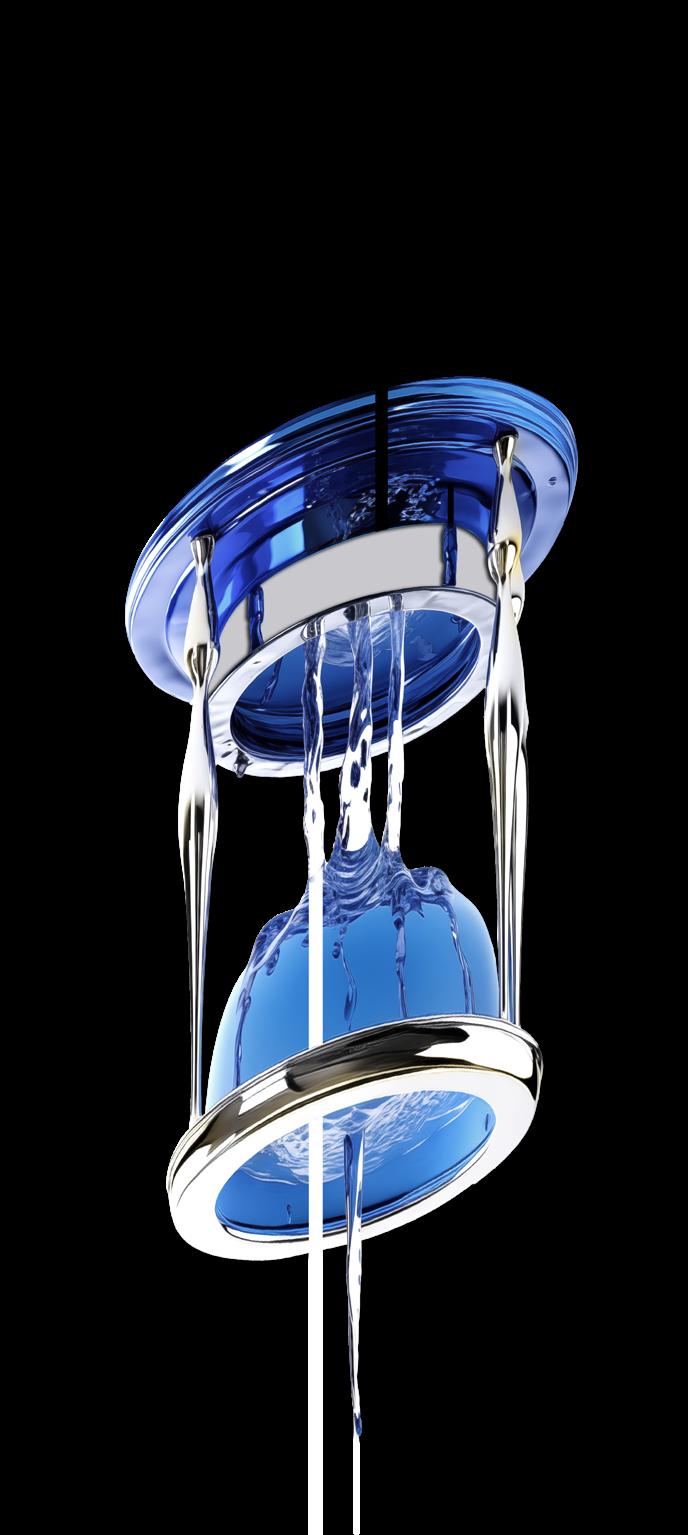
PAO SAT U BUNAR 15 25.04. 16.06. 2024.
KARLA MESEK
Izgubljeno vrijeme
S A L O N M L A D I H


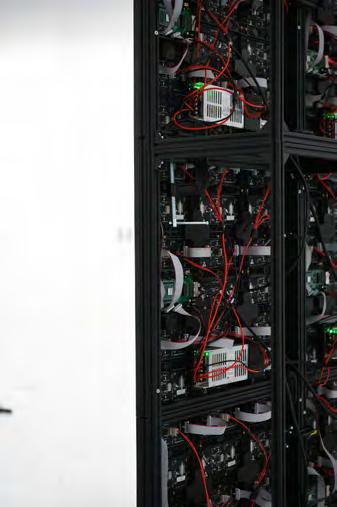

16 Postav HDLU

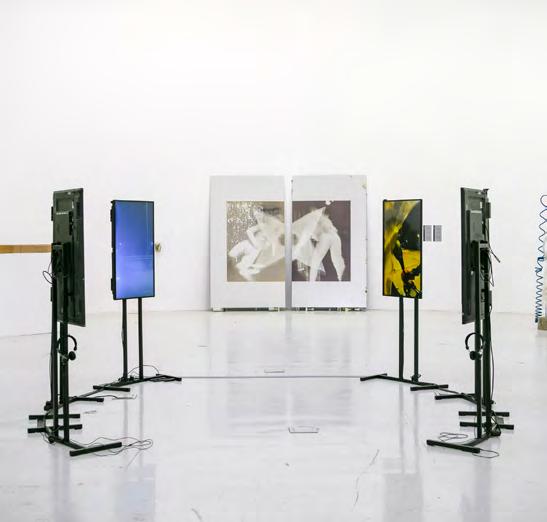

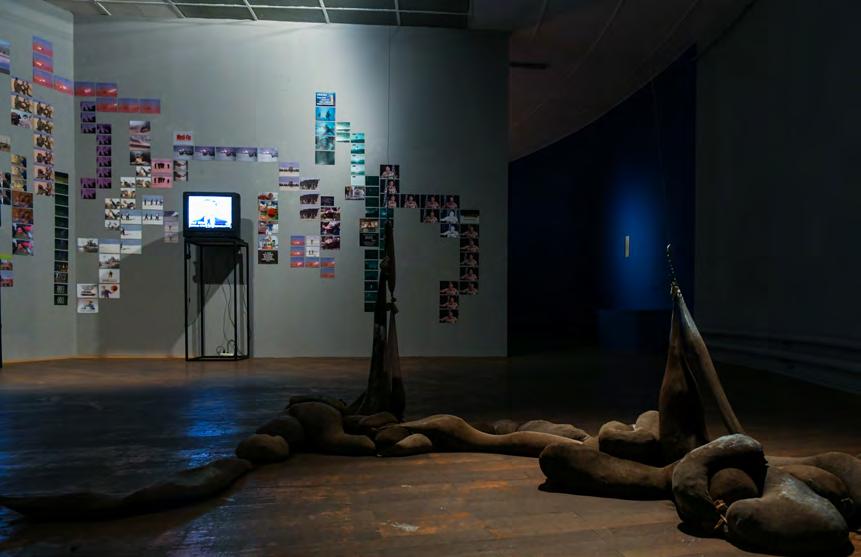
PAO SAT U BUNAR 17 25.04. 16.06. 2024. Exhibition HDLU
S A L O N M L A D I H

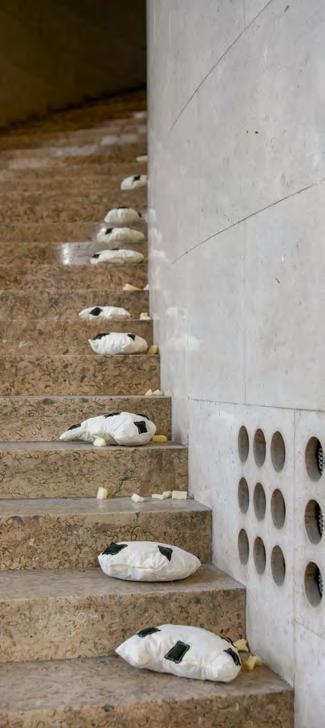

18 Postav HDLU
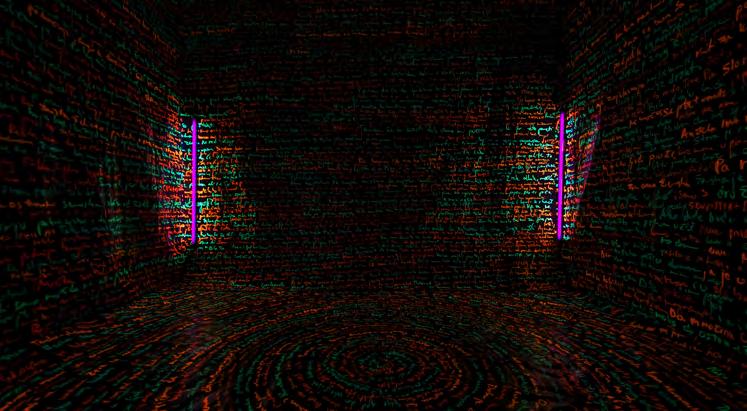
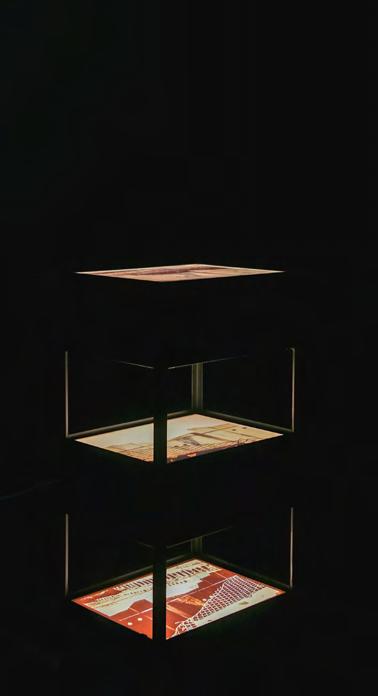
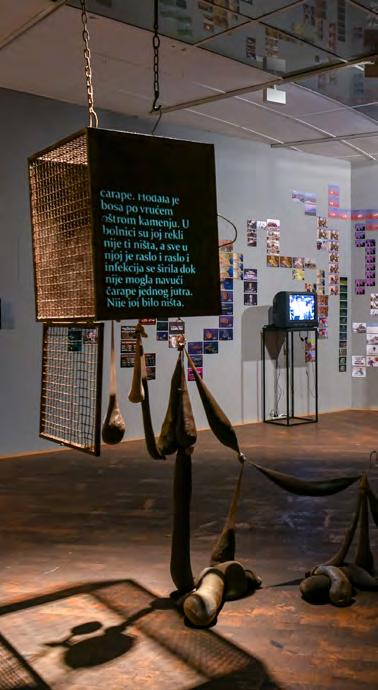

PAO SAT U BUNAR 19 25.04. 16.06. 2024. Exhibition HDLU
S A L O N M L A D I H
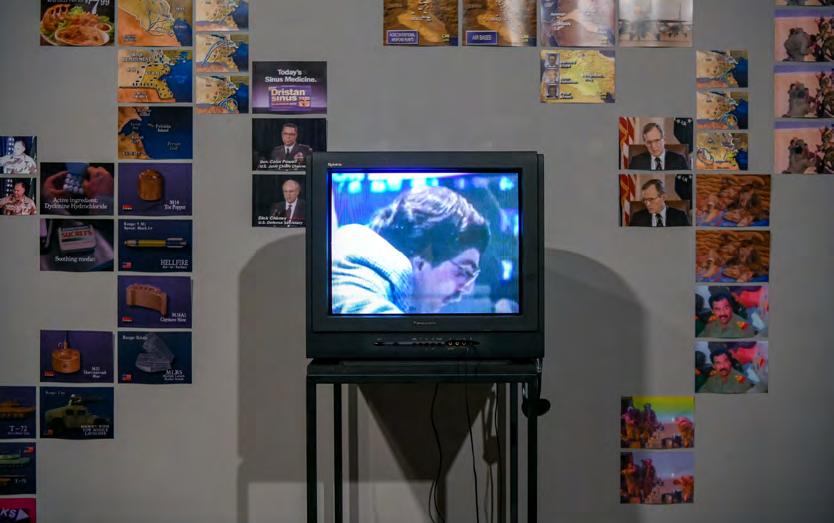


20 Postav HDLU
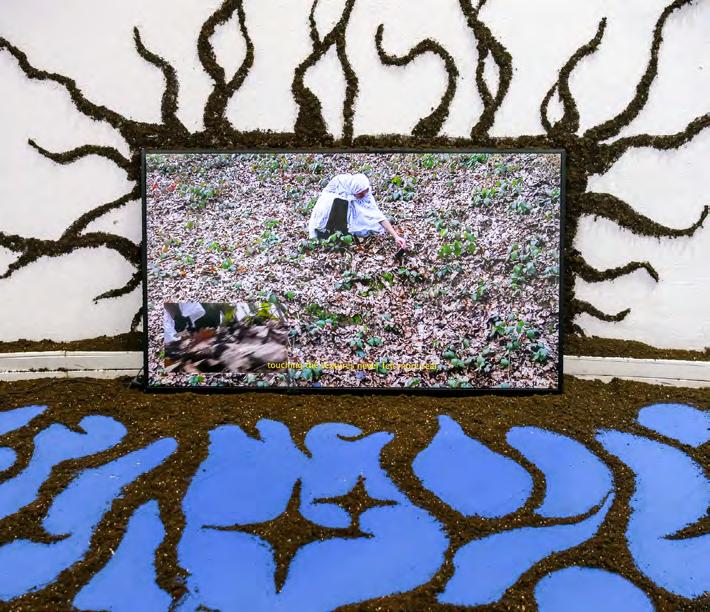

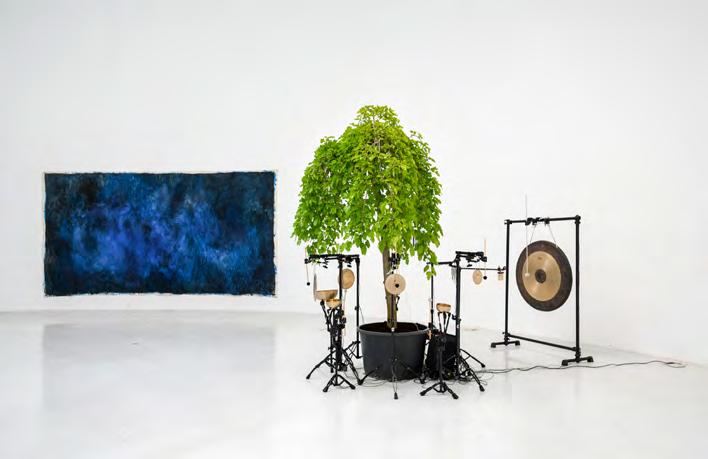
PAO SAT U BUNAR 21 25.04. 16.06. 2024. Exhibition HDLU
S A L O N M L A D I H
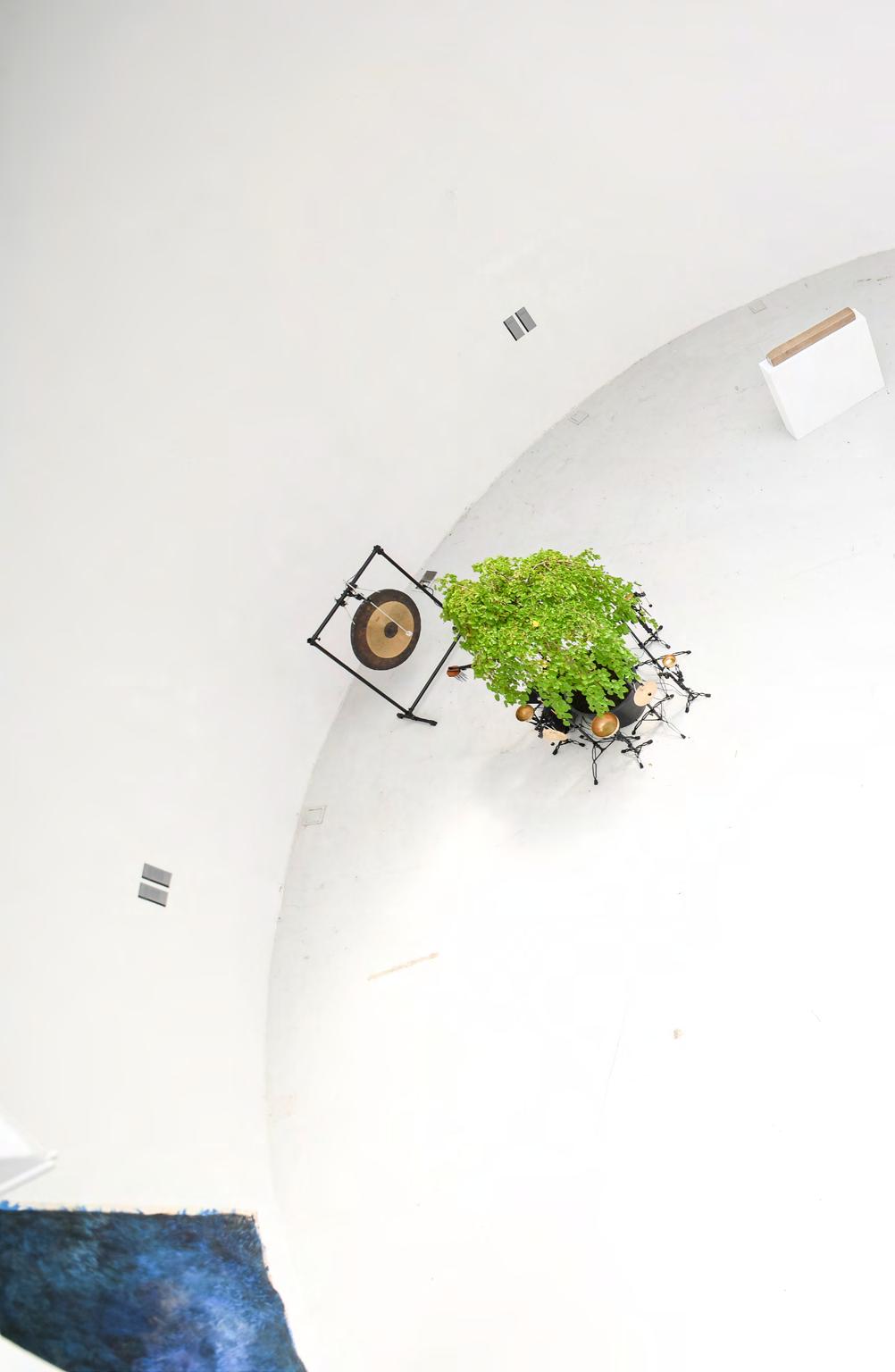
22 Postav HDLU

PAO SAT U BUNAR 23 25.04. 16.06. 2024. Exhibition HDLU
S A L O N M L A D I H
Lea Anić
David Bakarić Mihaljević
Alex Brajković
Valentina Butumović
Valerija Cerovec
Andrej Drožđan
Marko Gutić Mižimakov
Tomislav Hršak
Lovro Ivančić
Astrid Jakšić
Bruna Jakupović
Matej Jurčević
Katarina Juričić
Mihael Klanjčić
Lana Lehpamer
Mia Maraković
Anja Mergeduš
John Miličić
Lav Paripović
Nika Pećarina
Mihaela Rašica
Ana Ratković Sobota
Ivana Stećuk
Branimir Štivić
Ivor Tamarut
Paula Tončić
Jelena Visković
David Wilhelm
Iva Zagoda
Anđela Zanki
Marko Zbodulja
24
PAO SAT U BUNAR 25 25.04. 16.06. 2024.
Lea Anić
S A L O N M L A D I H
Vrijeme gradnje: Opet
2024.
Analogni C print, tekst, zvuk, drvo, metal
Instalacija Vrijeme gradnje: Opet dio je dugotrajnog umjetničkog istraživanja fokusiranog na suvremeno poimanje naše izgrađene okoline, odnosa gradnje i zemlje, te razloge opetovane eskploatacije već ionako ugroženih prirodnih resursa.
Za autoricu gradilišta predstavljaju mjesta na kojima se reflektiraju odluke društva koje gradnjom objekata postaju vidljive, u javnom prostoru nerijetko i “glasne”. Kada se postave ograde i pokrenu strojevi gradnja započinje, a vremena za nove odluke više nema. U ovom radu autorica istražuje specifičnosti gradilišta kao mjesta u transfiguraciji, mjesta događaja, od javnosti skrivenog i nedostupnog prostora okupiranog aktivnošću gradnje. Ograda postaje označitelj vremenske stagnacije, područja na kojem je još prisutan odjek onoga što je bilo prije, dok se atmosfera onoga što dolazi tek naznačuje. Dramaturški aspekt instalacije ispituje načine na koje oblikujemo i izražavamo mišljenja te odgovornost pojedinca ili njenog izostanka. Uz istovremeno prikupljanje narativnih simptoma i kanaliziranje fiktivnih odjeka, okruženje gradilišta nameće se kao okidač sveprisutne teme upravljanja javnim prostorima.
Construction Time: Again
2024
Analog C-type print, text, sound, wood, metal
The installation “Construction Time: Again” is part of ongoing artistic research focused on contemporary perceptions and attitudes toward our built environment, construction, and land; on the ways in which and the reasons why we continue to occupy natural resources that are already under extreme pressure.
The artists sees construction sites as places where the decisions we made (or didn’t make) as a society become not only visible but also loud in the public space. When the fences go up and the machines start running, construction begins, and it’s too late to have a say. In this research, the artist observes a construction site as a place in transfiguration; a place of the event – even though that event is fenced off, hidden from the public. A place that is not usually available to us as it is already occupied by some activity. The fence becomes a marker of stagnation in time; an enclosure in which the information about what has gone on before still lingers, while the mood of what is to come (the future) is beginning to be hinted at. Dramaturgically, the installation examines the ways in which we shape and express opinions and the responsibility of the individual or its absence. While simultaneously gathering narrative symptoms and channeling fictional echoes, the construction site environment imposes itself as a trigger for the ubiquitous theme of managing public spaces.
26


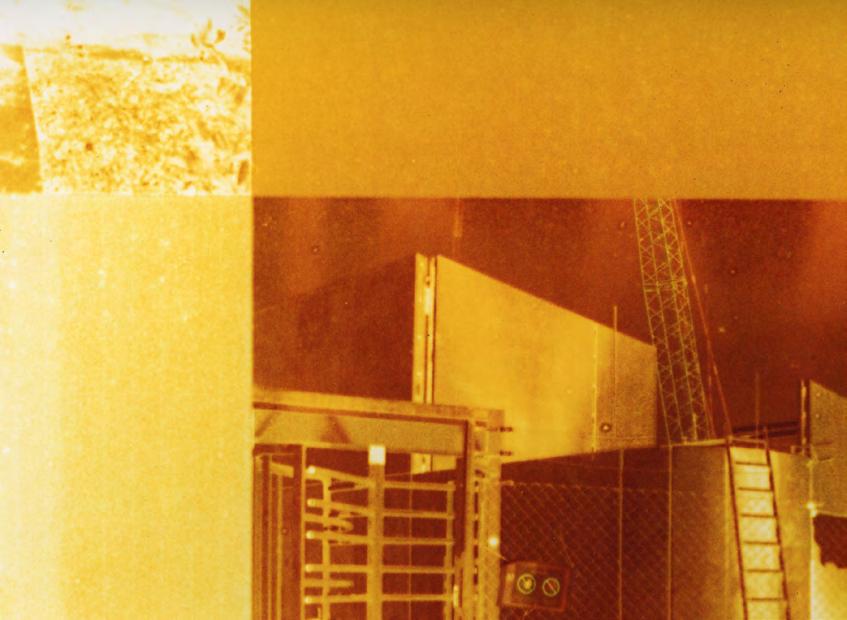
PAO SAT U BUNAR 27 25.04. 16.06. 2024.
David Bakarić
Mihaljević
Ponekad dok čekam bus
S A L O N M L A D I
H
toliko mi je dosadno da želim nestati
2022. - 2023. Fotografija
Serija fotografija koja se bavi istraživanjem odnosa osobnih rutina, pokreta i akcija koje su neodvojiv dio postojanja. Rutine često služe kao neki oblik strukture, mentalne sigurnosti da se stvari odvijaju kako treba. Ponekad te akcije potraju predugo. Naučene motorike transformiraju se u automatizme koje rijetko osvješćujemo. U predstavljenoj fotografskoj seriji David Bakarić Mihaljević istražuje pauze i tišine, privremene smetnje koje rastežu minute trajanja naizgled banalnih radnji.
Disocijativni trenuci svakodnevice mogu biti dezorijentirajući – propuštanje busa zbog zadubljenosti u vlastite misli, zvuk usisavača koji odvodi daleko od dnevne sobe, pranje zubi koje nas suočava s vlastitim odrazom u ogledalu. Izbjegavajući dokumentarni pristup, autor svjesno bira fotografski tretman koji naglašava magične momente introspekcije uz koju ga vežu snažni fizički i emotivni odgovori. Inscenirana svakodnevica pokušaj je ponovnog vraćanja u ova disocijativna stanja nepredvidivog trajanja. Iz njih se uvijek moguće vratiti, ali nikada se ne zna kada će to točno biti.
Sometimes When I’m Waiting for the Bus I Get So Bored That I Want
to Disappear
2022 - 2023
Photography
A series of photographs exploring the relationship between personal routines, movements, and actions that constitute an integral part of existence. Routines often serve as a form of structure; mental reassurance that things are unfolding as they should. Sometimes these actions take too long. Learned motor skills transform into automatisms that we rarely become aware of. In the exhibited photographic series, David Bakarić Mihaljević explores pauses and silences, temporary disturbances that stretch the minutes of seemingly mundane actions.
Dissociative moments of everyday life can be disorienting - missing the bus due to being lost in one’s thoughts, the sound of a vacuum cleaner taking one far away from the living room, brushing our teeth that confronts us with our own reflection in the mirror. Avoiding a documentary approach, the artist consciously chooses a photographic treatment that emphasizes the magical moments of introspection, which evoke strong physical and emotional responses in him. The staged everyday life is an attempt to return to these dissociative states of unpredictable duration. One can always return from them, yet never with certainty as to when.
28
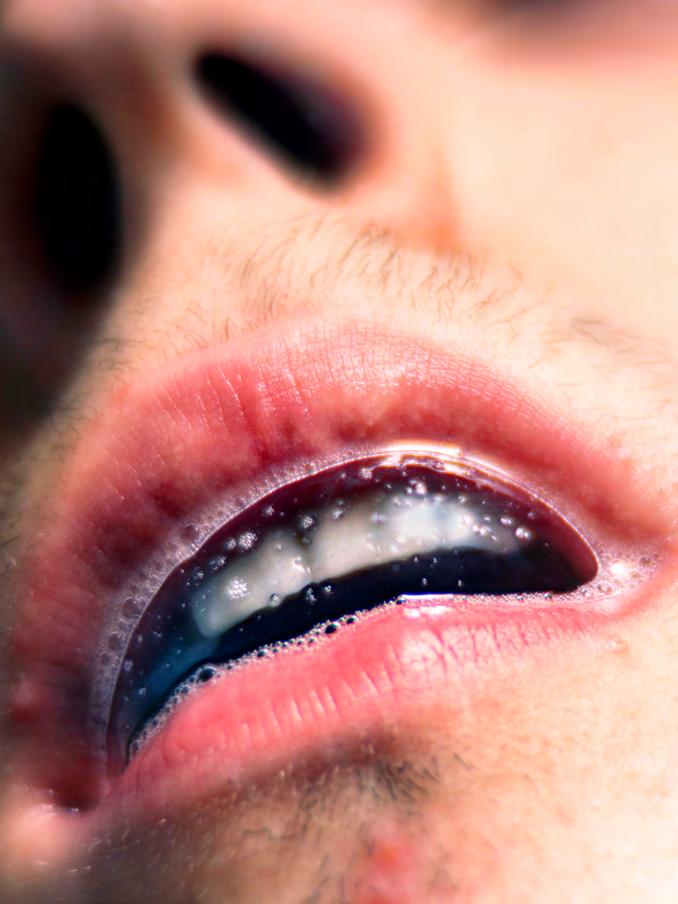
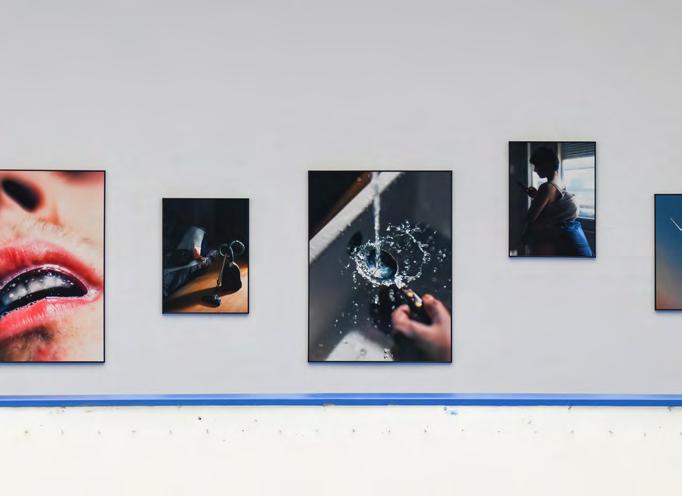
PAO SAT U BUNAR 29 25.04. 16.06. 2024.
S A L O N M L A D I H
Alex Brajković
Contem.plant
2023.
Interaktivna multimedijalna instalacija
Contem.plant je multimedijalna instalacija u kojoj biljke sviraju udaračke instrumente poput gongova i tibetanskih zdjela, stvarajući kontemplativnu kulisu rezonantnih zvukova. Specijalizirani senzori prikupljaju biološke signale, odnosno mikrofluktuacije u električnoj vodljivosti biljaka, čime se pruža uvid u fiziološke procese poput fotosinteze i kretanja kloroplasta.
U realnom vremenu detektirani biološki signali prenose se i analiziraju kroz autorov računalni softver, klasificirajući prikupljene podatke u parametre koji upravljaju posebno dizajniranim mehaničkim sklopovima. Mehanizmi izvode udarce i vibracije na gongovima i drugim rezonantnim objektima, stvarajući zvuk procesom sonifikacije koji računalne podatke pretvara u akustične signale. Instalacija istražuje granice algoritamski komponirane glazbe ispitujući odnos znanstvenog eksperimenta i umjetničkog rada. Integracijom prilagođenog hardvera, inovativnih 3D printanih mehanizama i naprednog Max/MSP softvera, autor problematizira ulogu umjetnika u digitalnom dobu, u čijem se radu proces stvaranja distribuira između čovjeka, stroja i prirode, stvarajući simbiotičku harmoniju.
2023
Interactive multimedia installation
Contem.plant is a multimedia installation in which plants play percussion instruments such as gongs and Tibetan bowls, creating a contemplative soundscape of resonant sounds. Specialized sensors collect biological signals, specifically micro-fluctuations in the electrical conductivity of the plants, thus providing insights into physiological processes such as photosynthesis and chloroplast movement.
In real-time, the detected biological signals are transmitted and analyzed through the artist’s computer software, classifying the collected data into parameters that control specially designed mechanical circuits. These mechanisms produce strikes and vibrations on gongs and other resonant objects, creating sound through the process of sonification, which converts computer data into acoustic signals. The installation explores the limits of algorithmically composed music by examining the relationship between a scientific experiment and artistic creation. By integrating custom hardware, innovative 3D-printed mechanisms, and advanced Max/MSP software, the artist questions the role of the artist in the digital age, where the creative process is distributed between man, machine, and nature, creating a symbiotic harmony.
30
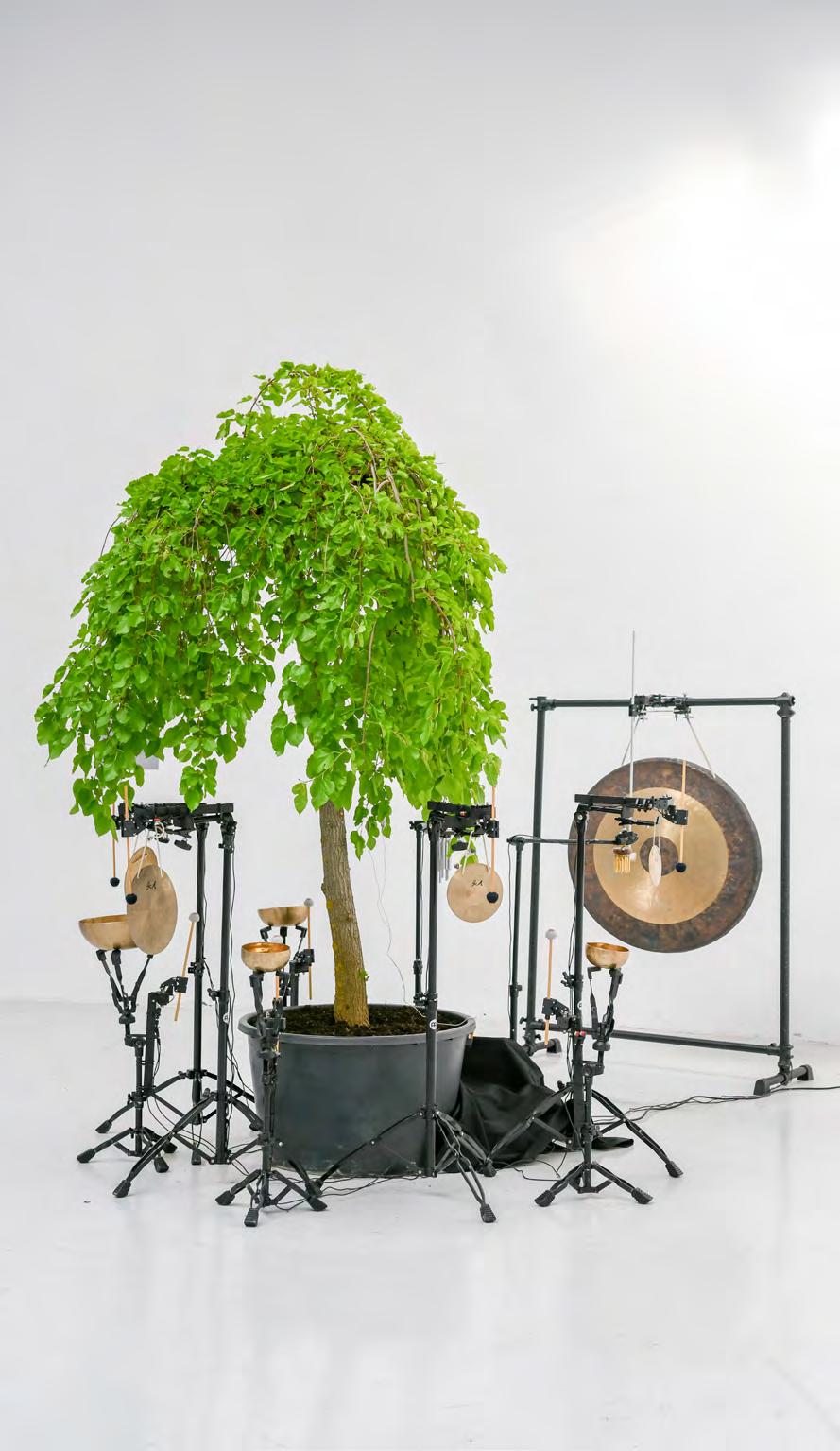
PAO SAT U BUNAR 31 25.04. 16.06. 2024. 37. SALON MLADIH 37th YOUTH SALON 2.
2nd award
nagrada
Valentina Butumović
S A L O N M L A D I H
Chimera
2024. Instalacija
Često opisivan kao ‘druga koža’, formalno nestabilan a otporan lateks tekstil poziv je na na proširivanje ljudskog razumijevanja seksualnosti, erotičnosti, tjelesnosti i identiteta kroz osjetilno ispitivanje poroznih granica između ljudskog i neljudskog. Razmišljajući o materijalu kao povijesnom i semantičkom sedimentu, uspostavljenoj analogiji s kožom, senzualnosti kao metodi kojom se uspostavlja bliskost s razlikama i ‘drugostima’, autorica istražuje erotične implikacije materijalne otvorenosti; načine na koji se tijela i materijali isprepliću ostavlja trag koji informira buduća osjetilna iskustva, erotičnost u senzualnoj destabilizaciji.
Instalacija je zamišljena kao prvi ulazak u istraživanje povijesti lateksa; fokusirajući se na njegov erotični i fetišistički aspekt, autorica gradi uslojeni ksenopoetički prostor u kojem otpornost na propadanje lateksa čini materijalne eksperimente između ljudskog tijela i različitih materijala poput kaučuka, silikona, fermenata i šećera opipljivima. Kontakti, upisani u lateks obilježavaju prostor koji erotizira senzualnu destabilizaciju, afirmirajući poroznost i fluidnost kao plodno tlo za društvenu fermentaciju.
2024 Installation
Often described as a ‘second skin’, the formally unstable and resistant latex textile is an invitation to expand human understanding of sexuality, eroticism, corporeality and identity through sensory exploration of the porous boundaries between the human and the non-human. Thinking about the material as a historical and semantic sediment, the established analogy with skin, sensuality as a method of establishing closeness with differences and ‘otherness’, the artist explores the erotic implications of material openness; the ways in which bodies and materials intertwine leaves a trace that informs future sensory experiences, eroticism in sensual destabilization.
The installation is conceived as a first entry into the research of the history of latex; focusing on its erotic and fetishistic aspect, the artist constructs a layered xenopoetic space in which latex’s resistance to decay makes material experiments between the human body and various materials such as rubber, silicone, ferments and sugar tangible. Contacts, inscribed in latex, mark a space that eroticizes sensual destabilization, affirming porosity and fluidity as fertile ground for social fermentation.
32
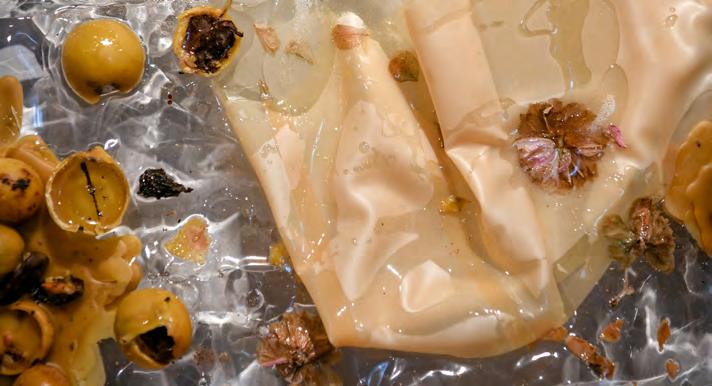

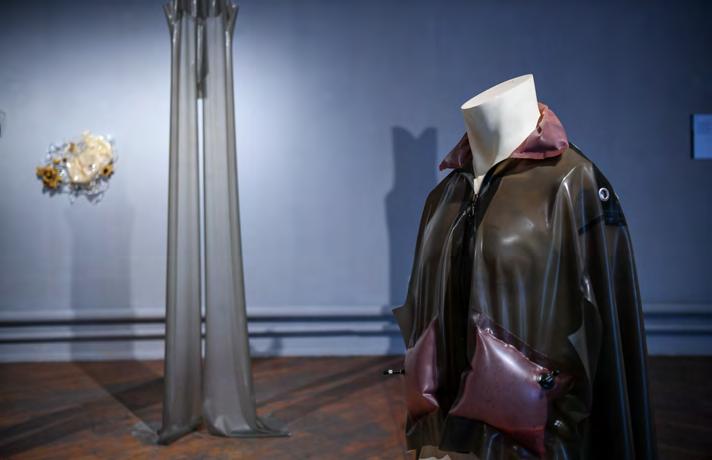
PAO SAT U BUNAR 33 25.04. 16.06. 2024.
S A L O N M L A D I H
Valerija Cerovec
Kukavica
2023. - 2024.
Multimedijalna arhiva
Sakupljena građa arhiva o Kukavici rezultat je istraživanja predavačice s Odsjeka za komparativnu književnost Filozofskog fakulteta u Zagrebu, dr. sc. B. G., koja je dugi niz godina posvetila pronalaženju i proučavanju autorskog rada samouke ornitologinje i vidovnjakinje, široj javnosti poznate jedino pod nadimkom Kukavica. Sistematiziranu digitalnu arhivu o Kukavici dr. sc. B.G. najprije je objavila 2001. godine na hrvatskom, a potom 2004. godine na engleskom jeziku, kada je svoju fascinaciju Kukavicom otkrila malobrojnoj publici na Konferenciji za teoriju i interdisciplinarne prakse u Manchesteru, na koju je kao stručnjakinja u proučavanju mnogostrukosti ekofeminizama bila pozvana predavati iste godine.
Kukavica se na domaćoj ornitološkoj sceni pojavila šezdesetih godina prošlog stoljeća s amaterskom studijom o pigmentima kukavičjih jaja, s kojom je privukla golemu pažnju međunarodne znanstvene zajednice. U narednom desetljeću fokus Kukavičinog djelovanja preusmjerio se od znanstvenog prema intuitivnom radu potaknutom vidovnjačkim metodama zbog kojih je naišla na žustro neodobravanje znanstvenika. Nakon javnog linča putem ornitoloških časopisa, Kukavičin rad od sedamdesetih do kraja osamdesetih, kada joj se u potpunosti gubi trag, uključuje pjesničke i vizualne eksperimente te platna velikih dimenzija na kojima je kroz simulaciju šara na ptičjim jajima istraživala imitaciju i repliciranje kao metodu preživljavanja.
Posljednje Kukavičine zapise nalazimo u probranoj poetskoj zbirki kojoj je dala isti naziv kao i svojoj drugoj studiji kojom je uzburkala znanstveni svijet – Žene kukavice. U tucetu poetskih uradaka Kukavica kroz značenjsku višestrukost bilježi svoj sinestetski odnos prema svijetu, protoku vremena i svoju duhovnu povezanost s vodiljama.
Cuckoo
2023 - 2024
Multimedia archive
The collected archival material about the Cuckoo is the result of research conducted by B.G., PhD, a lecturer at the Department of Comparative Literature at the Faculty of Humanities and Social Sciences, University of Zagreb, who has devoted many years to discovering and studying the work of the self-taught ornithologist and psychic known to the general public only by the nickname Kukavica (Cuckoo). B.G., PhD, first published the systematised digital archive about the Cuckoo in 2001 in Croatian and then in 2004 in English, when she revealed her fascination with the Cuckoo to a small audience at the Conference on Theory and Interdisciplinary Practices in Manchester, where she was invited to speak as an expert in the study of ecofeminist pluralism that same year.
Cuckoo appeared on the domestic ornithological scene in the 1960s with her amateur study on the pigments of cuckoo eggs, which earned unprecedented approval from the international scientific community. Over the following decade, Cuckoo’s focus shifted from scientific to intuitive work inspired by psychic methods, which drew vehement disapproval from scientists. Following a public backlash through ornithological journals, Cuckoo’s work from the 1970s until the late 1980s, when she completely disappeared, included poetic and visual experiments, as well as large canvases where she explored imitation and replication as survival methods through the simulation of patterns on bird eggs. The last records of Cuckoo’s work can be found in a select poetry collection, which she titled the same as her second study that stirred up the scientific world – Žene kukavice (En. Cuckoo Women). In a dozen poetic works, Cuckoo records her synesthetic relationship with the world, the passage of time, and her spiritual connection with guiding principles.
34


PAO SAT U BUNAR 35 25.04. 16.06. 2024.
S A L O N M L A D I H
Andrej Drožđan
Memory Connection
2022 - 2023
Konekcija memorija
2022. - 2023. Prostorna instalacija
U radu Konekcija memorija autor istražuje povezanost svojih i tuđih uspomena koristeći sadržaj iz svakodnevnog života na koji nailazi u online i offline oblicima na raznim lokacijama ili internetskim platformama. Riječi “konekcija” i “memorija” u naslovu rada, osim što sugeriraju na povezivanje sjećanja, imaju značenje koje se široko primjenjuje u digitalnoj sferi – internetske konekcije te računalne ili cloud memorije. Između pronađenih i vlastitih predmeta ili sjećanja autor stvara poveznice koristeći metode prijevoda, slučajnosti ili asocijacije. Cijeli proces prikupljanja završava u obliku audiovizualne instalacije kroz koju na indirektan način komunicira teme djetinjstva, fascinacije internet kulturom, nostalgije, stvarnosti, banalnosti, umjetne inteligencije i društvenih mreža.
Ovom instalacijom galerijski prostor postaje privremeni spremnik za pohranu informacija koje se rađaju jedna iz druge i na taj način granaju po prostoru. Uz izrađene i ready-made objekte, umjetnik u instalaciju uključuje audio rad sastavljen od rečenica preuzetih iz internetskih članaka, pop-up reklama, ali ponajviše iz statusa nasumičnih korisnika društvenih mreža poput Twittera ili Instagrama. Na taj način, autor stvara kolaž različitih razmišljanja o sličnoj temi čija dinamika oponaša strukturu interneta i navigiranja po njemu. Rezultat istovremeno djeluje intimno, sentimentalno, sjetno ali i melankolično, jer koliko god te misli bile nasumične ili naizgled nepovezane, unutar njih postoje ukodirana sjećanja koja um istovremeno odvode na više različitih mjesta. (Andrej Drožđan, Konekcija memorija, diplomski rad, Zagreb, 2022.)
Spatial installation
In the work titled Memory Connection, the artist explores the connection between his own and other people’s memories using content from everyday life that he comes across in both online and offline forms across various locations or internet platforms. The words “connection” and “memory” in the title not only suggest the connection of memories but also carry meanings widely used in the digital sphere - internet connections and computer or cloud memory. The artist creates links between found and own objects or memories using methods of translation, coincidence or association. The entire collection process culminates in the form of an audio-visual installation through which themes of childhood, fascination with internet culture, nostalgia, reality, banality, artificial intelligence, and social networks are indirectly communicated.
With this installation, the gallery space becomes a temporary container for storing information that emerge from one another and thus branch out throughout the space. Alongside crafted and ready-made objects, the artist incorporates audio work composed of sentences taken from online articles, popup ads, but predominantly from the statuses of random users of social media platforms such as Twitter or Instagram. In this way, the artist creates a collage of different thoughts on similar topics whose dynamics mimic the structure of the internet and navigation within it. The result is at the same time intimate, sentimental, wistful, and melancholic because no matter how random or seemingly unrelated these thoughts are, there are encoded memories within them that transport the mind to multiple different places. (Andrej Drožđan, Memory Connection, thesis, Zagreb, 2022)
36
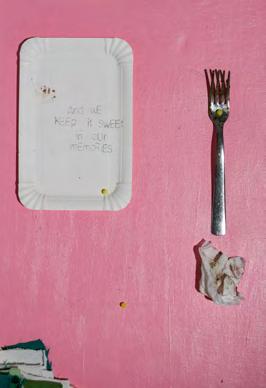

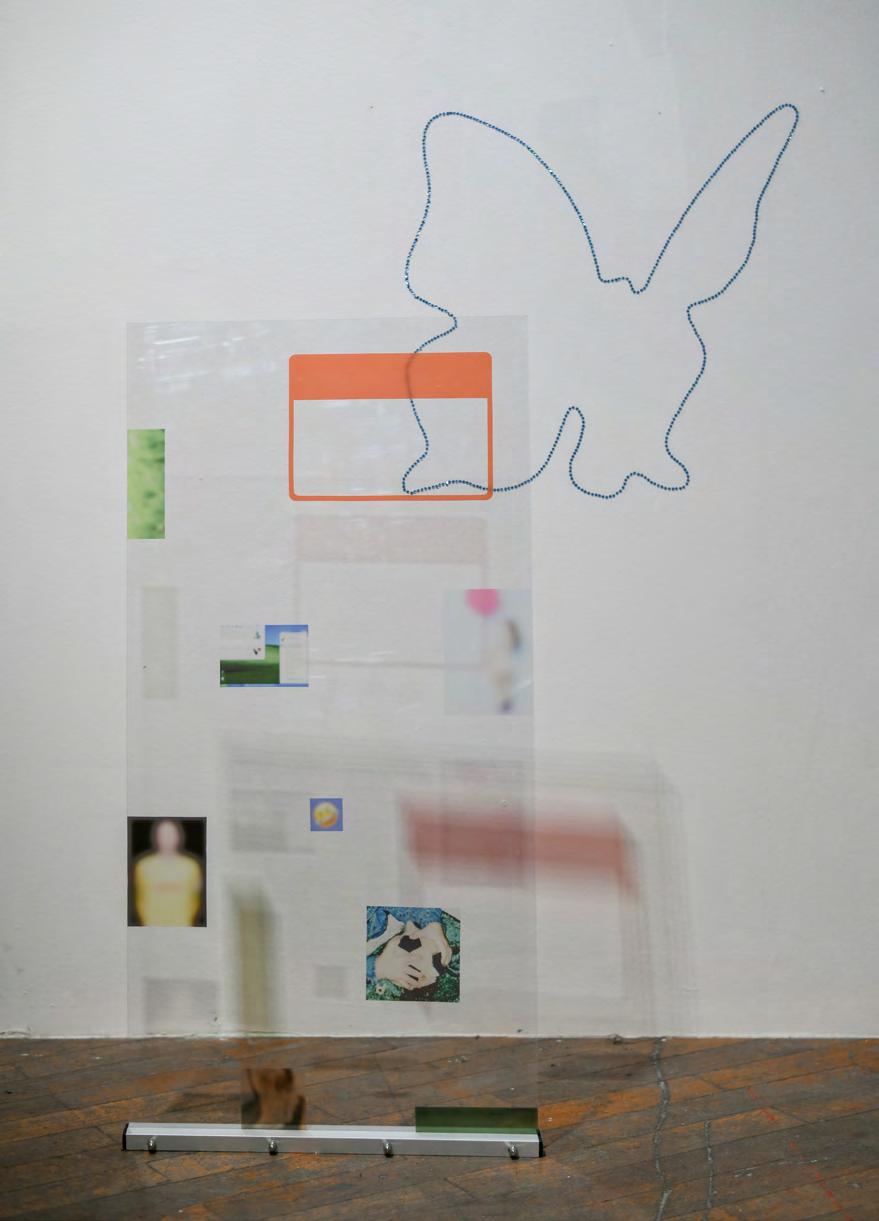
PAO SAT U BUNAR 37 25.04. 16.06. 2024.
S A L O N M L A D I H
Marko Gutić Mižimakov
Lov na zmajice
2024.
Film 17’ 30”
Režija: Marko Gutić Mižimakov
Izvode: DISKOlektiv, Nika Pećarina, Sonja
Pregrad, Lana Hosni i Marko Gutić Mižimakov
Kamera: Lea Anić
Animacija, montaža i post-produkcija slike:
Marko Gutić Mižimakov
Saksofon: Max Franklin
Konče: Lana Hosni i Jasen Vodenica
Post-produkcija zvuka: Ivna Jurković
Pomoć pri istraživanju: Max Brands
Lokacije: Nika Pećarina i Slavica
Dodatna pomoć: Ivna Franić, Neža Knez i Petar
Sarjanović
Producent: Točni Kranjčević Batalić
Produkcija: queerAnarchive
Dragon hunt
2024 Film 17’ 30”
Director: Marko Gutić Mižimakov
Cast: DISKOlektiv, Nika Pećarina, Sonja Pregrad, Lana Hosni i Marko Gutić Mižimakov
Camera: Lea Anić
Editing, animation, image post-production: Marko Gutić Mižimakov
Saxophone: Max Franklin
Conch horns: Lana Hosni i Jasen Vodenica
Sound post-production: Ivna Jurković
Initial research: Max Brands
Location: Nika Pećarina i Slavica
Additional support: Ivna Franić, Neža Knez i Petar Sarjanović
Executive producer: Točni Kranjčević Batalić
Production: queerAnarchive
Oslanjajući se na poglavlje znanstveno fantastičnog romana Zvijezde u mom džepu poput zrnca pijeska Samuela R. Delanyja iz 1984., zajedničkim naporom s drugim umjetnicaima, realiziran je rad koji žanrovski istovremeno pripada plesnom, fantastičnom i queer filmu ceste. Protagonistikinje filma animirane začudnim okolišem Dalmatinske zagore i zvukom konče (rog školjke morskog puža), sudjeluju u tradiciji postajanja jedno drugom zvanom „Lov na zmajice“. Metodom međusobne preobrazbe između prijatelja umjetnika, krajolika, raznih algoritama strojnog učenja, procesa rada na filmu i s filmom, ovaj rad predstavlja istraživanje mimikrije, somatike, osjetilnog te prijevoda iz jednog medija u drugi.
Taking Samuel Delany’s 1984 SciFi novel Stars In My Pocket Like Grains of Sand as a point of departure, in a joint effort with other artists we have labored a work which is at once a dance, fantasy, and a queer road film. Its protagonists, animated by the weirdening landscape of the Dalmatian Hinterland and enraptured by the sound of the conch shell, partake in the melding tradition of Dragon Hunting. An exploration in somatics, media translation, mimicry, and the sensuous, Dragon Hunt is a result of mutual transformability exercised between fellow artist friends, the landscape, different machine learning algorithms and filmmaking procedures.
38
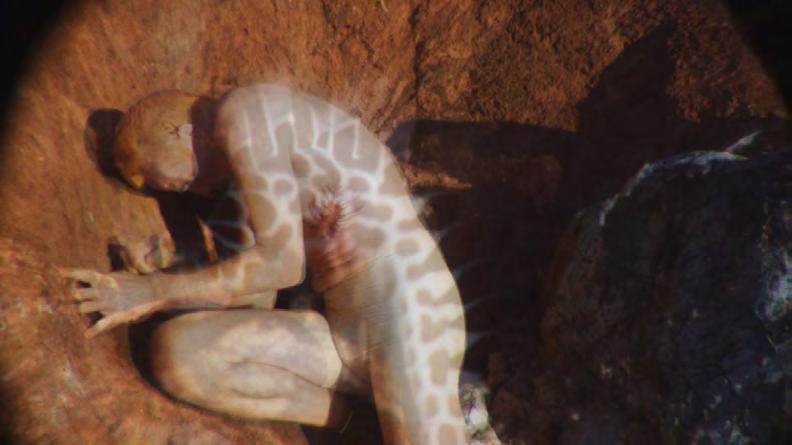



PAO SAT U BUNAR 39 25.04. 16.06. 2024.
nagrada
MMSU
Rijeka
S A L O N M L A D I H
Ode godina
2023.
Skulptura, ready-made
Po promjeni guma na autu primjećujem brzi protok vremena.
Tomislav Hršak
Year Gone By
2023
Sculpture, ready-made
I notice the swift passage of time based on how often I replace tires on the car.
40
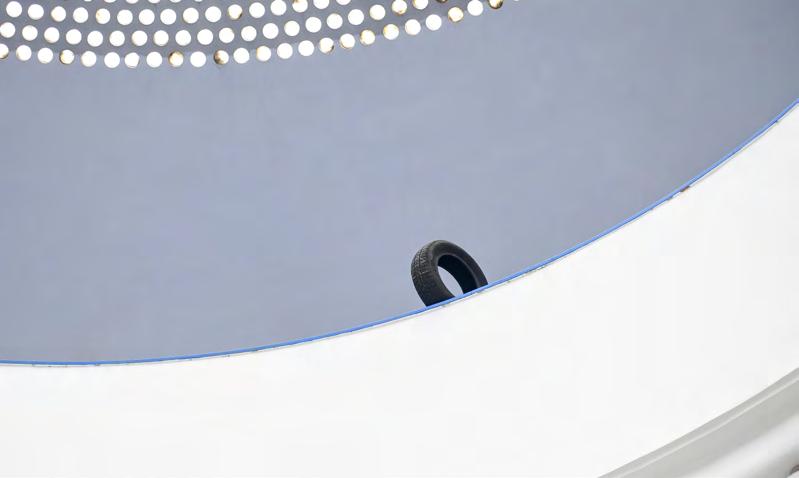

PAO SAT U BUNAR 41 25.04. 16.06. 2024.
S A L O N M L A D I H
Produkcija: Kontejner
Lovro Ivančić
Drugačije sutra
2023.
Interaktivna kinetička tekstilna instalacija
Tekstilna instalacija Drugačije sutra pojednostavljena je vizualizacija apstraktne ideje –spekulativnog koncepta koji preispituje budućnost stanovanja i bivanja, komunikaciju čovjeka i tehnologije te uključivanje bioloških procesa u dizajn neposrednog okruženja. S premisom da će stambeni prostori postajati sve nedostupniji i sve sličniji, dok će se naše navike, želje i ukusi mijenjati, nadopunjavati i profilirati, nastaje ideja o stroju koji odgovara na te promjene. Ovom instalacijom autor potiče na promjenu u percepciji stabilne, unaprijed zadane i teško promjenjive strukture stambenog prostora, prema organskoj i fleksibilnoj formi koja mijenja oblik i svojstva u odnosu na ljudske potrebe. Kao glavni materijal odabran je tekstil zbog svojstva izrazite prilagodljivost, ali i prisutnosti kroz čitavu povijest stanovanja i odijevanja. Instalacija se sastoji od statične metalne konstrukcije, pomične mehaničke ruke s izvorom svjetlosti koja potiskuje tekstilni kompozit, napravljen od bio-pjene nanesene po uzorku na tanko pletivo, napet poput opne na metalni okvir. Mehanička ruka miče se po konstrukciji slično CNC stroju u x, y i z smjeru. Njen pomak ovisan je o kretanju posjetitelja i napisanom programskom jeziku koji instalaciji pomaže da “odgovara” na tjelesne pokrete i gestikulirane emocije. Sve to prati senzor Kinect koji uz pomoć računala prevodi sve ono što vidi u koordinate po kojima motori pomiču mehaničku ruku. U određenom trenutku, iz nepoznatog razloga, stroj mijenja odnos do osobe koju promatra. Taj pretprogramiran “neposluh” služi kao kritika ograničenosti ljudskog registra pažnje te jednostrane komunikacije u kojoj efikasnost ostaje jedini pokretač.
Altermorrow
2023
Interactive kinetic textile installation¸¸
The textile installation Altermorrow is a simplified visualization of an abstract idea - a speculative concept that questions the future of housing and being, the communication between man and technology, and the integration of biological processes into the design of the immediate environment. The premise that living spaces will become increasingly inaccessible and homogeneous, while our habits, desires, and tastes will change, complement, and profile, give rise to the idea of a machine that responds to these changes. With this installation, the artist encourages a shift in the perception of a stable, predefined, and difficult-to-change structure of living space towards an organic and flexible form that changes its shape and properties according to human needs. Textile was chosen as the main material due to its highly adaptable nature and its presence throughout the history of housing and clothing. The installation consists of a static metal structure, a movable mechanical arm with a light source that pushes a textile composite made of bio-foam applied in a pattern on thin knitted fabric, stretched like a membrane onto a metal frame. The mechanical arm moves along the structure similar to a CNC machine in the x, y, and z directions. Its movement depends on the movement of the visitor and the written programming language that helps the installation to “respond” to bodily movements and gestured emotions. All this is monitored by a Kinect sensor, which, with the help of a computer, translates everything it sees into coordinates by which the motors move the mechanical arm. At a certain moment, for an unknown reason, the machine changes its attitude towards the person it observes. This pre-programmed “disobedience” serves as a critique of the limitations of human attention span and onesided communication in which efficiency remains the only driving force.
42


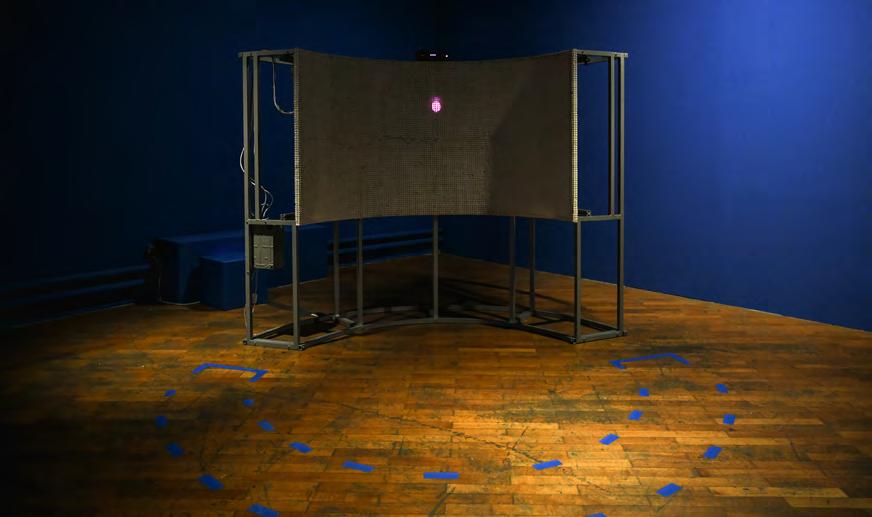
PAO SAT U BUNAR 43 25.04. 16.06. 2024.
Kontejner
Production:
S A L O N M L A D I H
Astrid Jakšić
Dolje i unutra
2024.
Kombinirana tehnika na platnu
U kombiniranoj tehnici akrila, ulja, spreja i ugljena na prepariranom platnu velikih dimenzija, ljeskaju se slojevi duboke modre boje. Ključan dio rada je njegova veličina, koja podrazumijeva uključivanje čitavog tijela u proces slikanja. Tjelesnost kao takva nametnula mi se kao prikladna metoda ulaženja u stanje fokusa i meditacije. Taj oblik meditativnosti je često divlji, nabijen sirovim i silovitim kretanjem. Kroz iscrpan rad u trajanju od dva mjeseca prepuštam se različitim slojevima plave istražujući ideju ponora bez dna. Karakterističnost poteza slike proizašla je iz mehaničkog kretanja ruke odozgo prema dolje, što koristim kao dodatni mentalni alat za fokus na temu poniranja. Rad postaje živa bilješka unutarnjeg procesa čiji se tok reflektira na van. Osim vlastitog tijela, iznimno je važno i tijelo samog platna s kojim ulazim u interakciju. Namjernim odabirom formata koji preuzima čitavo vidno polje, postavljam i sebe i promatrača u poziciju direktnog suočavanja.
Završetkom rada na slici moji unutarnji procesi se nastavljaju, ali ujedno pozivaju i promatrače na sudjelovanje, prepuštanje slojevitom plavetnilu. Ovaj rad pokušaj je razračunavanja s vrtlogom vlastitih osjećaja, intimnim vremensko-prostornim poljem koje uvlači sve one koji mu se približe.
Inside Down
2024
Mixed media on canvas
Layers of deep blue shimmer in the combined technique of acrylic, oil, spray and charcoal on prepared canvas of large dimensions. The crucial part of the work is its size, which implies the involvement of the entire body in the painting process. Corporeality imposed itself as a suitable method for entering a state of focus and meditation. This form of meditation is often wild, charged with raw and forceful movement. Through exhaustive work lasting two months, I indulge in different layers of blue, exploring the idea of a bottomless abyss. The characteristic strokes of the painting came from the mechanical movement of the hand from top to bottom, which I use as an additional mental tool to focus on the topic of immersion. The work becomes a living record of the internal process the flow of which is reflected on the outside. Besides my own body, the body of the canvas itself with which I interact is extremely important. By deliberately choosing a format that occupies the entire visual field, I place both myself and the observer in a position of direct confrontation.
Upon completion of the painting, my internal processes continue, but at the same time, they invite observers to participate, surrendering to the layered blueness. This work is an attempt to reckon with the whirlwind of my own feelings, an intimate spatiotemporal field that draws in all those who approach it.
44
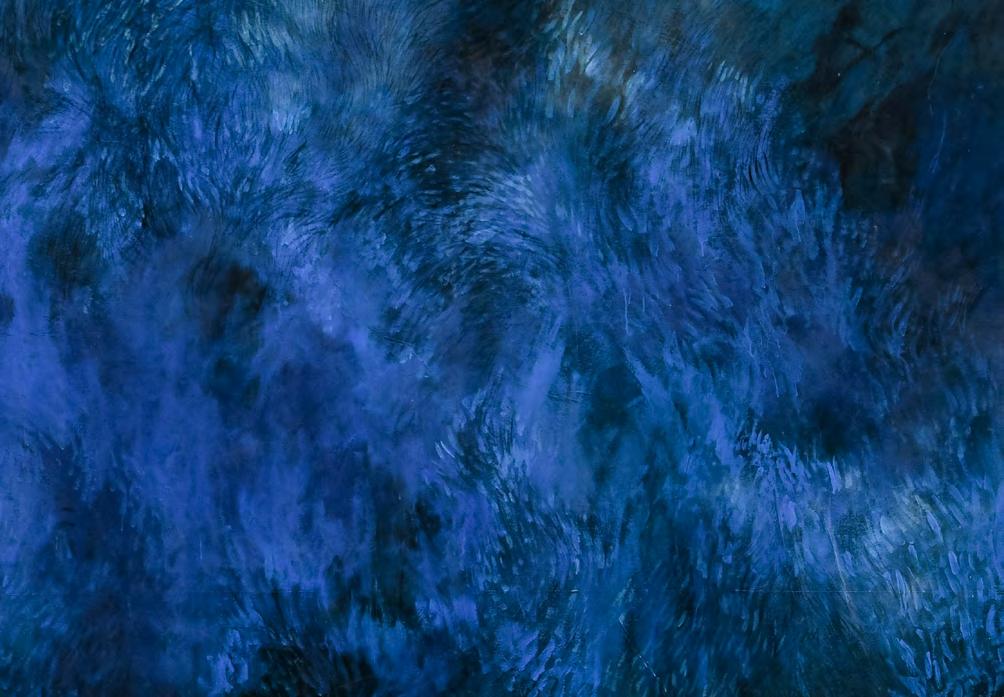
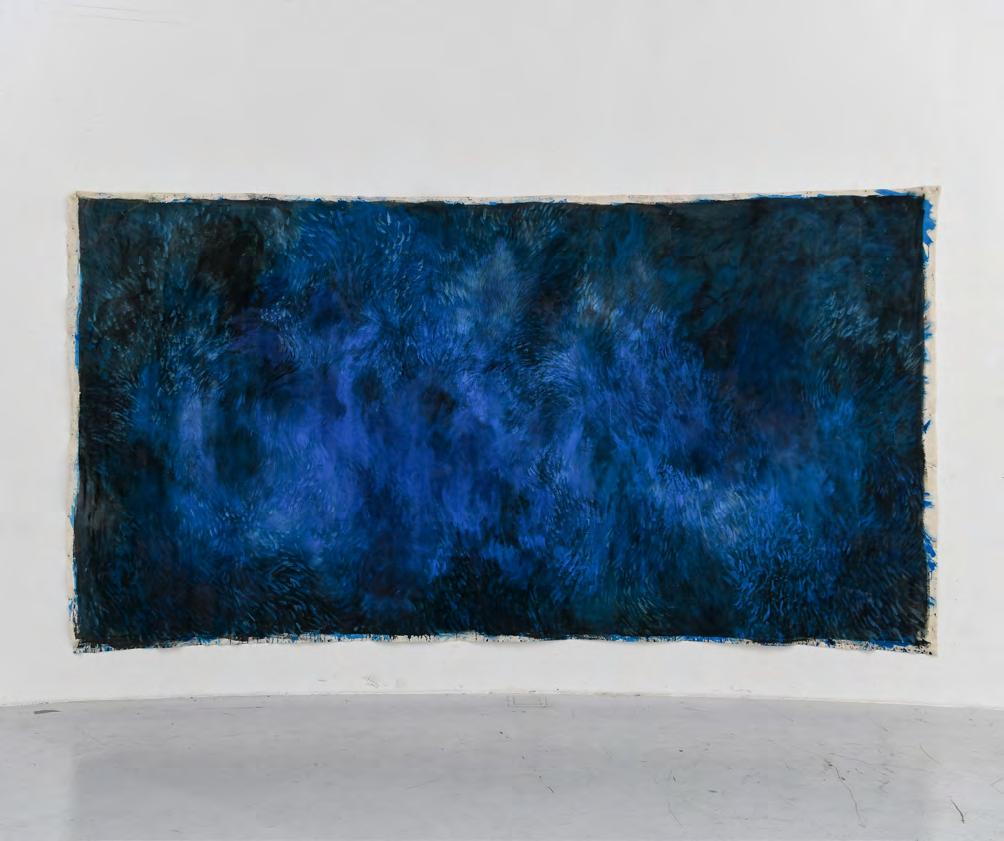
PAO SAT U BUNAR 45 25.04. 16.06. 2024.
S A L O N M L A D I H
Bruna Jakupović
Korozija
2024. Instalacija
Makete unutarnjih šupljina izgrađene od smjese sline i smokija. Ljepljivom masom vežu se zidovi utvrde. Nakošeni, na mjestima urušeni, nagriženi, upijaju slinu te se pod vlastitom težinom otapaju. Prostor iz mašte, oružje, taktička oprema za uhićenje i samoobranu. Mjesto susreta svjetovnog i poganskog gdje mistična junakinja spava s duhovima. Slina joj teče iz usta, kad je hladno spava u bundi od (prave) ljudske kose. Živi na vrhu planine u oblacima od šećerne vate. Igra se svojim noktima. Njene ovce čuvaju pastiri.
Corrosion
2024 Installation
Models of internal cavities built from a mixture of saliva and cheetos. The walls of the fortress are bound together with a sticky mass. Slanted, collapsed in places, corroded, they absorb saliva and dissolve under their own weight. A space of imagination, weapon, tactical equipment for arrest and self-defence. A meeting place of the secular and the pagan where a mystical heroine sleeps with ghosts. Saliva flows from her mouth; when it is cold, she sleeps in a coat made of (real) human hair. She lives on top of a mountain in cotton candy clouds. She plays with her nails. Her sheep are guarded by shepherds.
46

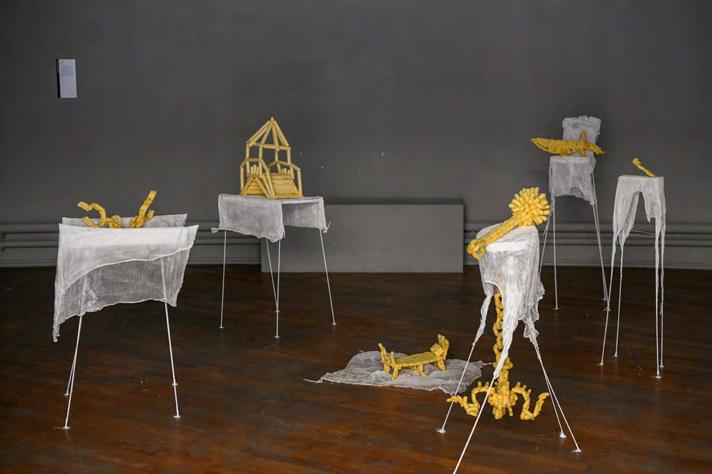
PAO SAT U BUNAR 47 25.04. 16.06. 2024.
S A L O N M L A D I H
Matej Jurčević
Tihe prolazne tuge
2021. - 2024. Fotografija
Rad Tihe Prolazne Tuge je dugogodišnje fotografsko istraživanje utjecaja poslijeratnog nasljeđa, emigracijske krize, političke i ekonomske stagnacije na teritoriju istočne Hrvatske. Fokusirajući se na vlastita iskustva i iskustva bliskih ljudi, autorov rad poprima oblik osobne odiseje kroz kompleksni pejzaž nesigurne ostavštine. U okviru projekta portretira poslijeratnu generaciju čije je prošlo desetljeće obilježeno velikim iseljavanjem na europski zapad. Fotografsko istraživanje postaje prostor dijaloga i ponovnih susreta, a same fotografije intimne razglednice ljudi i njihovih prostora.
Dugogodišnje praćenje i dokumentiranje rezultiraju istančanim pregledom tranzicija određenog područja, ali i istovremenim uvidom u osobni proces odrastanja.
Silent Fleeting Sorrows
2021 - 2024
Photography
“Silent Fleeting Sorrow” is a long-term photographic project that explores the impacts of post-war heritage, emigration crises, and political and economic stagnation on the territory of eastern Croatia. Focusing on his own experiences and the experiences of those closest to him, the project takes the form of a personal odyssey through the complex legacy of uncertainty, portraying the post-war generation that underwent a significant cycle of emigration to Western Europe in the past decade. The photographic exploration becomes a space for dialogue and reunions, with the images serving as intimate postcards of people and their spaces.
Years of observation and documentation result in a nuanced overview of the transitions a community undergoes, providing insight into both the transformations of the region and personal process of maturation.
48

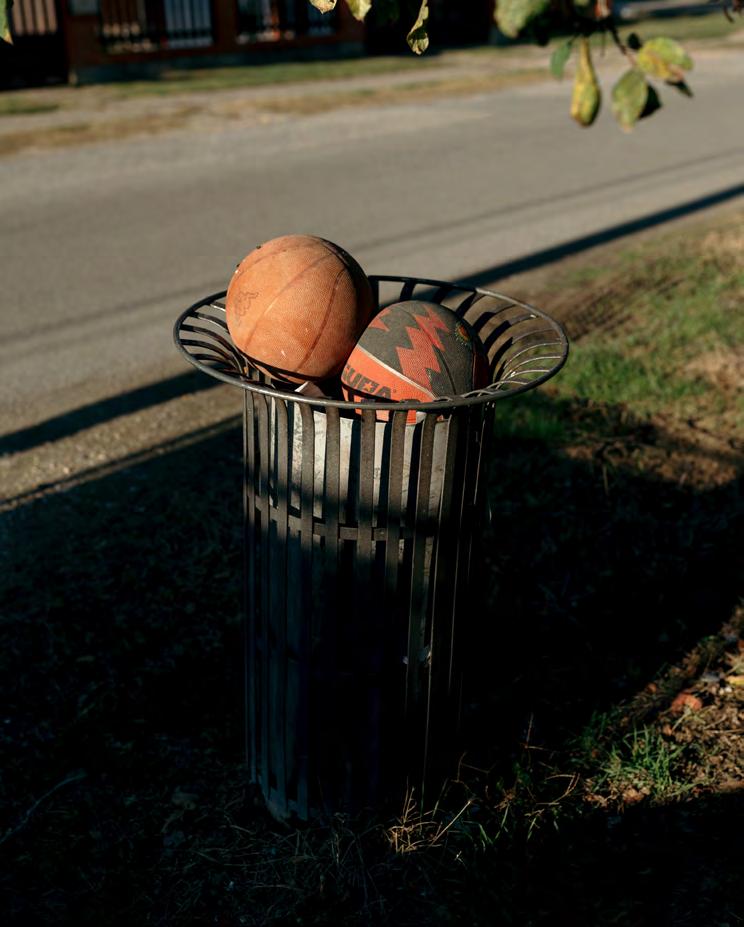
PAO SAT U BUNAR 49 25.04. 16.06. 2024.
S A L O N M L A D I H
Katarina Juričić
A Maze to Amaze
2024. Stakleni mozaik
A Maze to Amaze vizualno je istraživanje strukture i oblikovnih mogućnosti labirinta. Proizlazi iz proučavanja povijesnih, simboličkih, mitoloških, duhovnih i ritualnih aspekata labirinta. Radovi tvore niz mozaičkih kompozicija izrađenih od staklenih pločica u boji. Iako su krajnje apstraktni, imaju skrivenu temeljnu logiku u dinamici boja i oblika. Autorica istražuje strukturalnu kompleksnost i logiku labirinta kao sustava isprepletenih hodnika iz kojih je teško naći izlaz. Sama struktura labirinta utječe na psihički i fizički doživljaj prostora izazivajući snažne emocionalne reakcije poput uzbuđenja, zbunjenosti ili frustracije, čime se mijenja predodžba vremena i prostora. Kretanje zamršenom građevinskom konstrukcijom labirinta za autoricu simbolizira put samootkrivenja i izlaza iz nerazrješivih situacija. Iako je kompleksnost prostora ono što labirint čini intrigantnim, njegovu strukturu nemoguće je percipirati unutar njega samog. Međutim, promjenom perspektive i promatranjem odozgo, labirint se razvija poput mape.
Prikazivanjem labirinta u formi plošnih mozaika, autorica stvara jedinstvene simbole koji se čine neobično poznatima, poput arhetipskih simbola kolektivnog nesvjesnog. Ovim radom nastoji se vizualnim senzacijama osvijestiti promatračeva percepcija svijeta, nesagledivog prostora koji tek treba mapirati.
2024
Glass mosaic
A Maze to Amaze is a visual exploration of maze structures and the form they can take. It is inspired by the research into the historical, symbolic, mythological, spiritual, and ritualistic aspects of mazes. The work takes form in a sequence of wall-hanging mosaic compositions made of coloured glass tiles. Regardless of being ultimately abstract, there is a hidden underlying logic to be discovered in the dynamics of colours and shapes. I am interested in the complexity and logic of maze structures, as systems of tangled paths with intersections that provoke confusion. The spatial structure itself affects the psychological and physiological experience of being in the maze. It provokes strong emotional responses such as excitement, confusion, or frustration, and the notions of time and space are distorted. Experience can lead to inner change and transformation, and it’s symbolically regarded as a journey of self-discovery in which one is faced with the challenges of making a decision and choosing the right path. While the complexity of the spatial structure is what makes a maze intriguing, it is impossible to grasp it as a whole while physically being in the maze. Only by changing the perspective and observing it from above, in the form of a map, one can comprehend and admire its structure.
By flattening the mazes into mosaics they become imaginary symbols that seem strangely familiar, as archetypal symbols that come from the unconscious. With this work, I aim raise awareness of the observer’s visual sensations and perception of the world, an unfathomable space yet to be mapped.
50
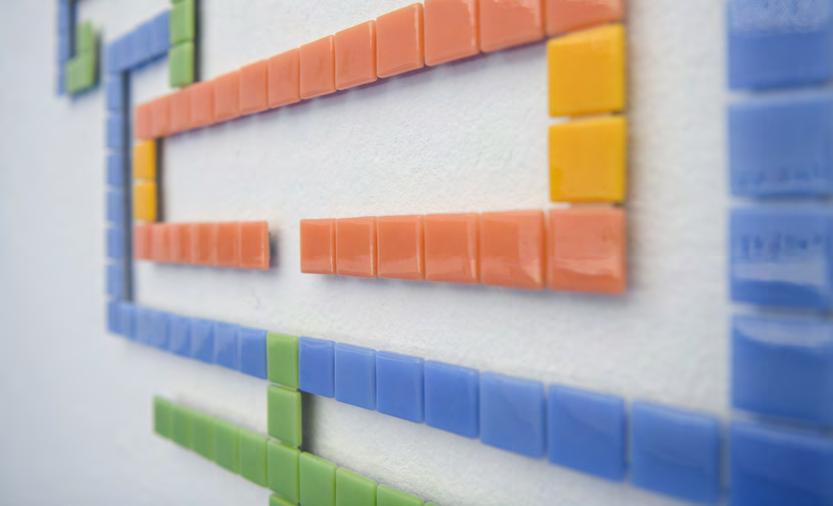

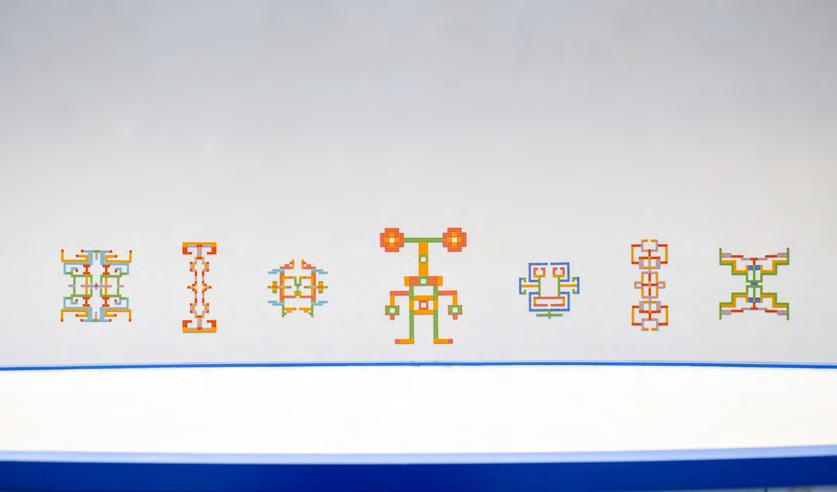
PAO SAT U BUNAR 51 25.04. 16.06. 2024.
S A L O N M L A D I H
Bez naziva
2023.
Drvo, pleksiglas
Mihael Klanjčić
Unitled 2023
Wood, plexiglass
Drvenu gredu obložio sam prozirnim pleksiglasom sa svih strana. Tim postupkom uskraćena joj je primarna svrha, a postojeće stanje trajno je zabilježeno.
I covered a wooden beam with transparent plexiglass on all sides. By this procedure, it is deprived of its primary purpose, and the existing condition is permanently recorded.
52


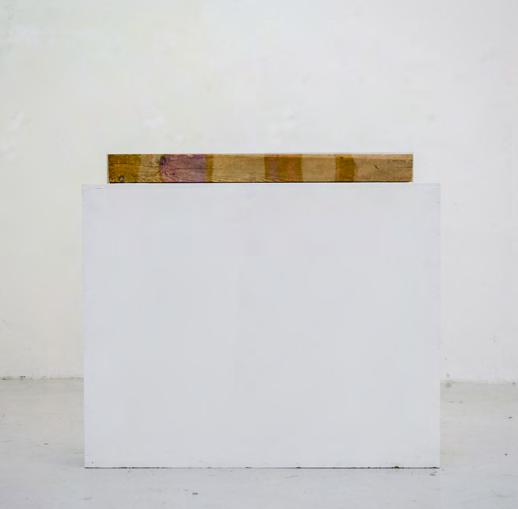
PAO SAT U BUNAR 53 25.04. 16.06. 2024.
S A L O N M L A D I H
Larva
2024. Prostorna instalacija
Lana Lehpamer
Tijelo od zemlje izvučeno je iz snova, iz fantazija. Nije golem, ne mora biti zemljana, mora biti povučena dolje da ne lebdi nego da povlači dolje. Tijelo od mesa želi da se napokon riješi drugog, da ju utopi, da se egzorcira, no to nikada neće moći osim u fantaziji koju formira po sebi. Bježanje, ali i vraćanje. Gledanje preko ramena. Izmišljene priče. Uzaludno stajanje na vratima kroz kojih izlazi veo s one strane. Iza zatvorenih vrata nema ničega. Neće se miješati s duhovima, ali ih može izmisliti. To je nešto što lebdi iznad, ali osjeća se kao uteg. Alegorija tijela kakvog pretpostavljamo. Nešto poput ciklusa –procesi očekivanja i razočaranja, preparacije mesa – sol, mast i čekanje. Truplo ničega / corpse of nothing. Na pola puta između reprezentacije stvari i same stvari. Membrana zaštite i samodostatnosti, mekana, puca pod pritiskom.
2024 Spatial installation
The body of earth is extracted from dreams, from fantasies. It’s not huge, it doesn’t have to be earthy, it needs to be pulled down so it doesn’t float but pulls down. The body of flesh wants to finally rid itself of the other, to drown it, to exorcise it, but it will never be able to except in the fantasy it forms by itself. Escaping, but also returning. Looking over the shoulder. Fictional stories. Futile standing at the doors through which the veil from beyond emerges. Behind closed doors, there is nothing. It won’t mingle with ghosts, but it can invent them. It’s something that floats above, but feels like a weight. An allegory of the body as we presume it to be. Something like a cycle - processes of anticipation and disappointment, meat preparation - salt, fat, and waiting. A corpse of nothing. Halfway between the representation of things and the thing itself. Membranes of protection and self-sufficiency, soft, cracks under pressure.
54


PAO SAT U BUNAR 55 25.04. 16.06. 2024.
Mia Maraković Anđela Zanki
Tao box
S A L O N M L A D I H
2023. – 2024. Prostorna instalacija
Prostorna instalacija Tao Box1 istražuje istovremeno prisustvo u stvarnom i virtualnom svijetu, težnju ka stalnoj dostupnosti u obje realnosti, kroz razmjenu sadržaja, reakcija i prolaznih euforija koje ostaju zamrznute u vremenu. Protiv zaboravnosti, djelomično uvjetovane prekomjernom izloženošću online sadržajima, borimo se zvučnim i vizualnim zapisima. Imperativ bilježenja služi prisjećanju na sretne ili tužne trenutke, sadašnjost koja već postaje prošlost, ili budućnost koju tek treba organizirati. Osobni videozapisi autorica pretvoreni su u zvučne i tekstualne zapise koji ispunjavaju prostor instalacije. Različiti sadržaji i temporalnosti istovremeno se miješaju, suprotstavljaju i nadopunjuju. Umjetnice tim činom dijele s publikom privatno vrijeme čije čuvanje i bilježenje prerasta u osobni projekt.
1 Tekstualni zapis unutar instalacije predstavlja moment privremenog oslobađanja, otvaranje prostora mogućnosti i igre. Iluzija vremena koje je stalo na trenutak predstavlja suprotnost neprekinutom vremenskom nizu zvučne kulise. Intimni razgovori i snimke ukazuju na svakodnevicu koju većina nas sumanuto pohranjuje i organizira u ponavljajućem, cikličkom procesu, ovisno o raspoloživom prostoru na hard diskovima. Apsurd zadanih vremenskih okvira u velikoj mjeri uvjetuje sakupljanje, planiranje ili zamrzavanje odnosno doživljavanje vremena kao statičnog, predvidivog i lako uhvatljivog. Zabilježenim sadržajima ponekad se vraćamo, a nekad ih više ili manje uspješno brišemo, ovisno u čijem posjedu se nalaze.
2023 – 2024
Spatial installation
The spatial installation Tao Box1 explores the simultaneous presence in the real and virtual worlds, the desire for constant availability in both realities, through the exchange of content, reactions, and fleeting euphoria that remain frozen in time. We fight against oblivion, partially conditioned by excessive exposure to online content, with sound and visual recordings. The imperative of recording serves as a reminder of happy or sad moments, the present that is already becoming the past, or the future that is yet to be organized. Personal videos of the artists are converted into audio and text records that fill the space of the installation. Different contents and temporalities mix, contrast and complement each other at the same time. By doing so, the artists share with the audience private time whose preservation and recording turn into a personal project.
The text record within the installation represents a moment of temporary liberation, opening up space for possibilities and play. The illusion of time standing still for a moment contrasts with the uninterrupted temporal sequence of the sound background. Intimate conversations and recordings point to the everyday life that most of us desperately store and organize in a repetitive, cyclical process, depending on the available space on hard drives. The absurdity of imposed time frames largely conditions the collection, planning, or freezing, i.e., experiencing time as static, predictable, and easily graspable. We sometimes revisit recorded content, and sometimes we delete them more or less successfully, depending on whose possession they are in.
56
1 U kineskoj filoziji i religiji Taoizma, pojam tao označava vrhovno počelo ili put 1 In Chinese philosophy and religion of Taoism, the concept of tao signifies the supreme principle or path


PAO SAT U BUNAR 57 25.04. 16.06. 2024.
Anja Mergeduš
S A L O N M L A D I H
Klaster00
2023. - 2024. Instalacija
Pokret, tijelo, zvuk i repeticija?
Suodnos, otpor, stanje. Gustoća, veličina i pozicija, smještaj u prostoru.
Svrha.
Odnos tijela i predmeta. Hodanje osnovni oblik ljudske kretnje.
Oduvijek sam mrzila iste rute, ubijala me njihova monotonija.
Put, zapažanje, repeticija. Put, zapažanje, repeticija.
Vrijeme potrebno za uočavanje, vrijeme odluke. Snaga, sposobnost i sredstva. Premještanje, pohranjivanje.
Struktura. Stvaranje ovisnosti. Suodnos, tijelo, zvuk, prostor, predmet. One prošlosti, ove sadašnjosti.
Selektiranje, pozicioniranje i spremanje, građa, arhiv.
Vidjeti, opipati, materijalni objekt, stvar. Objekt2. Zatvoren, ograničen prostor. Život. Krug.
Tijela, Vi, ja. Zamišljena vječnost, neprekidno postojanje. Dinamika. Materijal. Organizam, cjelina oblika i funkcija. Preobrazba.
Cluster00
2023 - 2024
Installation
Movement, body, sound and repetition?
Interrelation, resistance, state.
Density, size and position, placement in space.
Purpose.
The relationship between body and object.
Walking as the basic form of human movement.
I always hated the same routes, their monotony killed me.
Path, observation, repetition. Path, observation, repetition.
The time needed to notice, the time to make a decision.
Strength, ability and means. Moving, storing.
Structure. Creating dependencies. Interrelation, body, sound, space, object. Those of the past, those of the present.
Selecting, positioning and storing, material, archive.
To see, to touch, a material object, a thing. Object2.
Closed, confined space. Life. Circle.
Bodies, You, Me. Imagined eternity, continuous existence. Dynamics. Material. Organism, the entirety of form and function. Metamorphosis.
58


PAO SAT U BUNAR 59 25.04. 16.06. 2024.
S A L O N M L A D I H
Hvar – Jelsa
2024.
Ulje i enkaustika na medijapanu
Hvar i Jelsa udaljeni su 24 kilometra i potrebno je pola sata vožnje autom od jednog do drugog mjesta. Autor prikazuje dionicu između Hvara i Jelse kroz nizove slikanih vizualnih sekvenci koje prikazuju pojedinosti puta. Detalji rute kojom autor redovito prolazi ostaju u njegovom sjećanju, a usred dugotrajnog ponavljanja iste radnje dolazi do učenja. Informacije dobivene tim ponavljanjem imaju jedino smisla ako prate svoj ritam i redoslijed u samom učenju. Prikazujući put kroz što više informacija, odnosno slikama malih formata koje se nižu kao kadrovi filmske vrpce, materijalizira se količina vremena utrošena u takvom ponavljajućem ritualu. Ovaj put prikazan kao zbir informacija i podražaja, metafora je osobnog uvjetovanog učenja koji, kao karakter, odgoj ili svjetonazor, opisuju osobu kroz direktno potvrđivanje utrošenog vremena.
John Miličić
2024
Oil and encaustic on medium-density fiberboard
Hvar and Jelsa are 24 kilometres apart, and it takes half an hour to drive by car from one place to another. The artist shows the section between Hvar and Jelsa through a series of painted visual sequences depicting the details of the journey. Details of the route the artist takes regularly remain in his memory, and amidst the prolonged repetition of the same action, learning occurs. The information obtained through this repetition only makes sense if it follows its own rhythm and sequence in the learning process. By depicting the journey through as much information as possible, or images of small formats arranged like frames of a film reel, the amount of time spent in such a repetitive ritual is materialized. This journey, shown as a collection of information and stimuli, is a metaphor for conditioned personal learning, which, as a character, upbringing, or worldview, describes the person through the direct affirmation of the time spent.
60


PAO SAT U BUNAR 61 25.04. 16.06. 2024. 37. SALON MLADIH 37th YOUTH SALON 3. nagrada 3rd award
S A L O N M L A D I H
Op linije +/-
2023. - 2024.
Stop-motion animacija, dvokanalna video instalacija
Lav Paripović
Op lines +/-
2023 - 2024
Stop-motion animation, two-channel video installation
Op linije +/- treći je rad u seriji Slikarski loop kojom se istražuje procesualnost rada i postupak različitih tretmana slikarske površine nanošenjem boje na zid. U predefiniranom polju zida koje oblikom evocira slikarsko platno, autor slobodnom rukom izvodi niz linija koje se savijaju iz paralelnih vertikalnih linija u horizontalne i obratno. Iluzija kretanja linija izvedena je stop-motion animacijom, a počiva na fotografskoj dokumentaciji rada. Simultanim prikazom slikanja i brisanja linija, autor dekonstruira osnovni postupak dodavanja (+) i oduzimanja (-) kadrova u animaciji kako bi razotkrio inače skrivene slikarske procese. Izražena je sistematičnost, kao i repetitivnost slikarskog postupka, dok mutna figura autora naglašava fizikalnost rada i vrijeme izvedbe. Na ovaj način, slikar je prikazan izoliran u svom ateljeu kako se kreće u vremenskoj petlji vlastitog rada.
Op lines +/- is the third work in the series
Slikarski loop (Painting Loop), which explores the processuality of work and various treatments of the painting surface by applying paint to the wall. In a predefined portion of the wall, the shape of which evokes a painting canvas, the artist freely draws a series of lines that bend from parallel vertical lines to horizontal and back. The illusion of line movement is achieved through stopmotion animation, based on photographic documentation of the work. By simultaneously showing the painting and erasing of lines, the artist deconstructs the basic process of adding (+) and subtracting (-) frames in animation to reveal otherwise hidden painting processes. The systematicity and repetitiveness of the painting process are expressed, while the blurred figure of the artist emphasizes the physicality of the work and the time of execution. In this way, the painter is depicted isolated in his studio as he moves in the time loop of his own work.
62
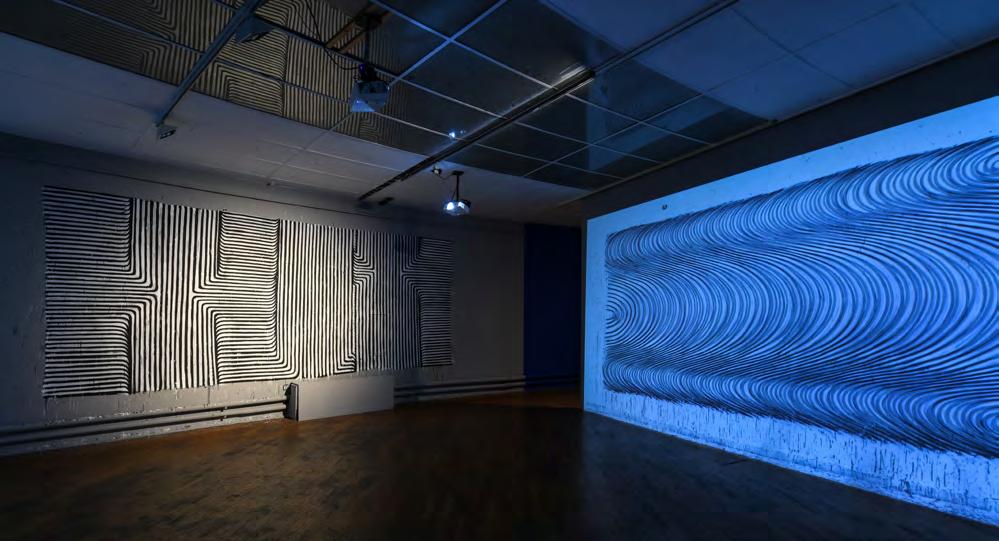

PAO SAT U BUNAR 63 25.04. 16.06. 2024.
Kontrapunkt nagrada
Vladimir Dodig Trokut, Iva Vraneković Umjetnici umjetniku
S A L O N M L A D I H
Nika Pećarina
zbogom formi
2024.
Keramika, zvuk, 25’48”
Zbogom formi ljubavno je pismo koje se bavi istraživanjem forme kao sveobuhvatne točke iz područja filozofije i umjetnosti. Upit u prirodu forme kontekstualiziran je trans-formacijom koja posreduje u stvaranju materijalne, kako u smislu tvarne tako i u smislu socijalne realnosti.
Zbogom formi instalacija je koja traži načine na koje identitet može preduvjetovati političku solidarnost unutar te realnosti. Orbitirajući oko pojmova zajedništva, transspolnosti i ljepote, bavi se pitanjima političke dinamike i mogućnosti razmjene glasova, kao i žudnjom koja nije upitna.
Služi se načelima slušanja kao praksom usmjerenom na pronalaženje kritičkih pristupa korištenja zvuka, glasa i teksta.
Putem refleksije, kao lirske i analitičke geste, smješta se u domenu zamišljanja koja postaje kolektivna praksa preispisivanja značenja.
bili smo razdvojeni i bili smo skriveni jedni od drugih
bilo je nejasno tko smo i što znamo o sebi ponekad smo se susretali i učili jedni druge kako preživjeti kako rjeđe umirati
spoznavali smo nemogućnost i osluškivali oko sebe
tvoja su usta zvuci mnogih voda netko je rekao i netko drugi zatim ponovio
bila su prazna i riječi su bile otuđene od njih*
farewell to form
2024
Ceramics, sound, 25’48”
Farewell to Form is a love poem inquiring into the nature of form as contextualized by trans - formation; the process mediating the production of both material and social reality. This poem looks for ways in which identity can precondition political solidarity while orbiting around the notions of community, transsexuality and beauty.
Farewell to Form is a love poem inquiring into the nature of form as contextualized by trans - formation; the process mediating the production of both material and social reality.
This poem looks for ways in which identity can precondition political solidarity while orbiting around the notions of community, transsexuality and beauty.
we were apart and we were hidden from each other
it was not clear what we were
sometimes we met and showed each other how to survive how rarely to die
to get to know impossibility and to listen
your mouth is the sound of many waters someone said and someone else repeated
it was empty and words were alienated from it
64
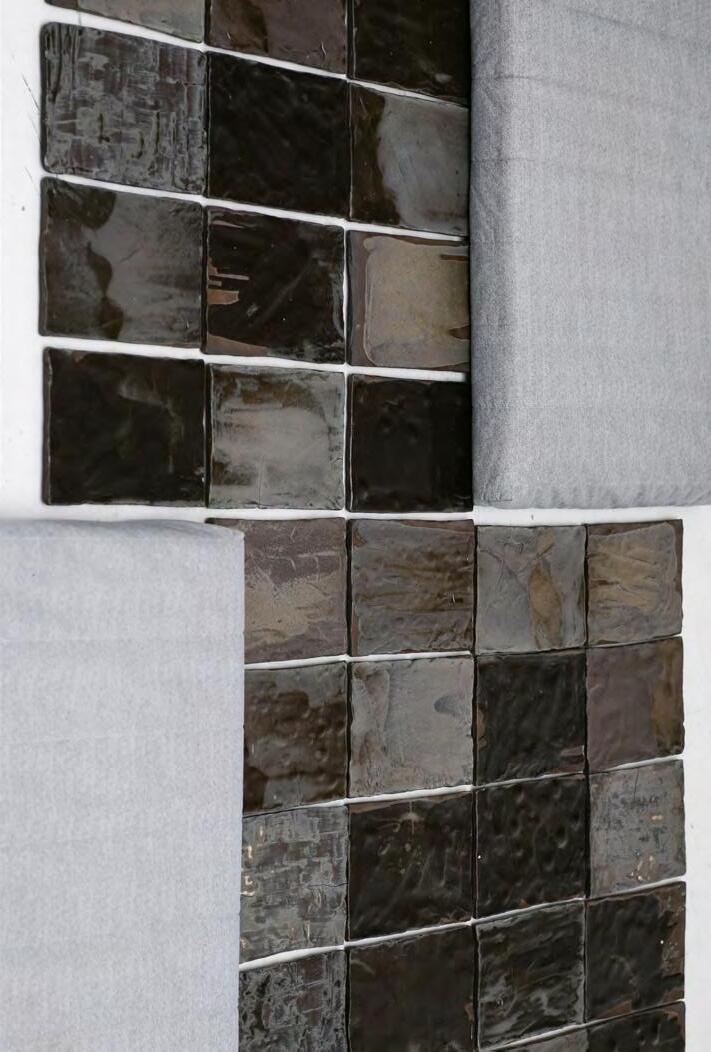

PAO SAT U BUNAR 65 25.04. 16.06. 2024.
Mihaela Rašica
S A L O N M L A D I H
Šah-mat
2023.
Buon fresco
Po zidovima crkvi, samostana, grobnica, palača, terma i vila diljem svijeta polako se raspadaju freske. Blijede, mrve se, ispiru, otpadaju, razlažu, tope, pucaju. Što ih nagriza? Vrijeme. Nagrizaju ih neprestani prirodni procesi koji se odvijaju bez stajanja; procesi oksidacije, grijanja, hlađenja, vlaženja, trenja. Vrijeme je pritom tek referentna ljestvica spram koje bilježimo promjenu. Posebnost fresco buono tehnike zidnog slikarstva jest da sam oslik kemijski postaje dio slikarske površine. Procesom kalcifikacije pigment ostaje „zarobljen“ u česticama kalcijevog karbonata i okamenjuje se. Motiv partije šaha između čovjeka i Smrti referira se na prikaz s monumentalne freske u crkvi Täby u Švedskoj koju je krajem 15. stoljeća naslikao Albertus Pictor, a na kojeg se referirao švedski redatelj Ingmar Bergman u svom filmu Sedmi pečat iz 1957. godine.
Na freskama Mihaele Rašice vrijeme, poistovjećeno s likom Smrti, prisutno je kroz gradijalno raspadanje površine slike. Tranzicija između netaknute i raspadnute freske prekinuta je centralnim prikazom šahovske ploče kojom se aludira na partiju šaha, živu dinamiku borbe s Vremenom, koja uvijek i svugdje rezultira česticama prašine. Jer Vrijeme se ne može „pobijediti“ ni restauracijom ni replikama raspadajućih djela. Svaki je pokušaj zarobljavanja slike u jednom specifičnom vremenskom trenutku jalov – jer je slika kao fizički produkt uvijek u nekom kretanju; kemijske tvari od kojih je sačinjena razbijaju se, sudaraju, rastu ili nestaju. Jedina konstanta koja nadilazi sve naslikane slike jest čovjekova mogućnost slikanja.
Check-Mate
2023
Buon fresco
On the walls of churches, monasteries, tombs, palaces, baths, and villas around the world, frescoes are slowly deteriorating. They fade, crumble, wash away, fall off, decompose, dissolve, and crack. What erodes them? Time. They are eroded by continuous natural processes that occur without cessation; processes of oxidation, heating, cooling, moistening, and friction. Time is merely a reference scale against which we record change. The peculiarity of the fresco buono technique of wall painting is that the painting itself chemically becomes part of the painting surface. Through the process of calcification, the pigment remains “trapped” in particles of calcium carbonate and solidifies. The motif of a game of chess between a man and Death refers to the depiction from the monumental fresco in the Täby Church in Sweden, painted at the end of the 15th century by Albertus Pictor, referenced by the Swedish director Ingmar Bergman in his 1957 film The Seventh Seal.
In Mihaela Rašica’s frescoes, time, identified with the figure of Death, is present through the gradual decay of the surface of the painting. The transition between the intact and decaying fresco is interrupted by the central depiction of a chessboard, alluding to a game of chess, the lively dynamics of the battle with Time, which always and everywhere results in particles of dust. Because Time cannot be “defeated” by restoration or replicas of decaying works. Every attempt to capture the image at a specific moment in time is futilebecause the image, as a physical product, is always in motion; the chemical substances it is made of break down, collide, grow, or disappear. The only constant that transcends all painted images is the human ability to paint.
66
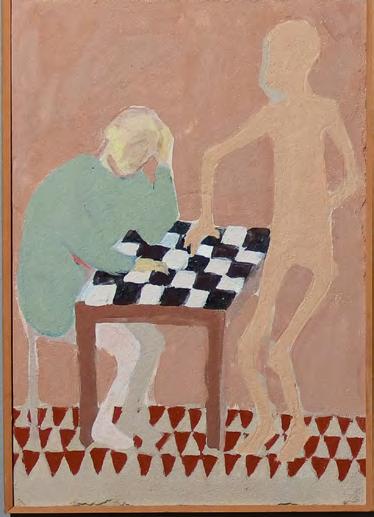
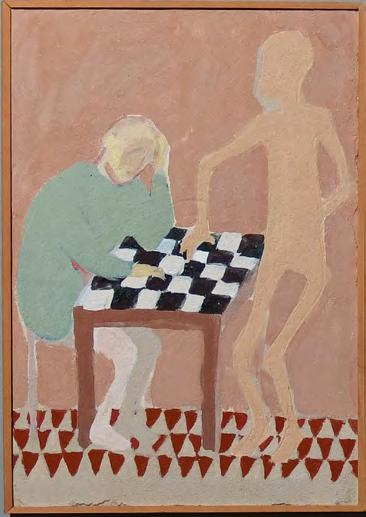

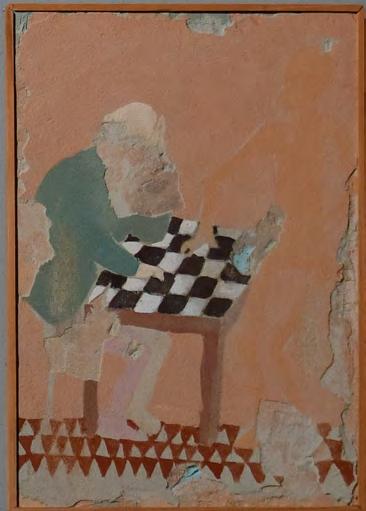

PAO SAT U BUNAR 67 25.04. 16.06. 2024.
S A L O N M L A D I H
Ana Ratković Sobota
Jezera
2021. - 2022. Pamučno platno oslikano tehnikom batikavv
The
Lakes
2021 - 2022
Cotton canvas painted using the batik technique
U ciklusu pejzaža Jezera autorica interpretira pronađene fotografije Plitvičkih jezera s početka prošlog stoljeća, oslikavajući voskom pamučno platno u tehnici batika. Unatoč suvremenom likovnom izrazu, platna ovješena u prostoru podsjećaju na tradiciju srednjovjekovnih tapiserija, a njihov glavni motiv evocira stare razglednice Plitvičkih jezera. Formalna jednostavnost slikanih pejzaža čije su jasne linije izvedene u maniri drvoreza omekšane su pastelnim tonovima dviju boja, a zajedno stvaraju harmoničnu atmosferu koja priziva iskonsku netaknutost prirode odnosno prošlost u kojoj je čovjek
živio u skladu s prirodom. Stoga, autorica prikazuje krajolik kakav je nekad postojao kako bi ukazala na ekološku katastrofu koja prijeti Plitvičkim jezerima, ali ujedno i osvijestila nedovoljan interes javnosti i izostanak dugoročnog rješenja.
Masovni turizam i neplanska izgradnja doveli su do pojave „novih jezera“, odnosno dviju septičkih jama nastalih izlijevanjem otpadnih voda iz obližnjih hotela i apartmana. Kemikalije narušavaju stabilnost ekosustava i bioraznolikost područja, a uzrokuju i ubrzano propadanje sedrenih barijera iz doba pleistocena. Septičke jame direktno zagađuju izvor rijeke Klokot u okolici Bihaća (BiH), trećeg najvećeg izvora pitke vode u Europi. Voda na području Plitvičkih jezera i obližnjih naselja više nije pitka.
In the series of landscapes titled The Lakes, the artist interprets found photographs of Plitvice Lakes from the early 20th century, painting cotton canvas with wax using the batik technique. Despite the contemporary artistic expression, the canvases hung in space evoke the tradition of medieval tapestries, with their main motif reminiscent of old postcards of Plitvice Lakes. The formal simplicity of the painted landscapes, with clear lines executed in the manner of woodcuts, is softened by pastel tones of two colours, creating a harmonious atmosphere that evokes the pristine nature, i.e. the past when humans lived in harmony with nature. Therefore, the artist portrays the landscape as it once existed to highlight the ecological catastrophe threatening the Plitvice Lakes, as well as to raise awareness of the insufficient public interest and the lack of longterm solutions.
Mass tourism and unplanned construction have led to the emergence of “new lakes”, namely two septic tanks formed by the overflow of wastewater from nearby hotels and apartments. Chemicals disrupt the stability of the ecosystem and biodiversity of the area, causing accelerated degradation of the travertine barriers from the Pleistocene era. Septic tanks directly pollute the source of the Klokot River near Bihać (BiH), the third largest source of drinking water in Europe. Water in the area of Plitvice Lakes and nearby settlements is no longer drinkable.
68

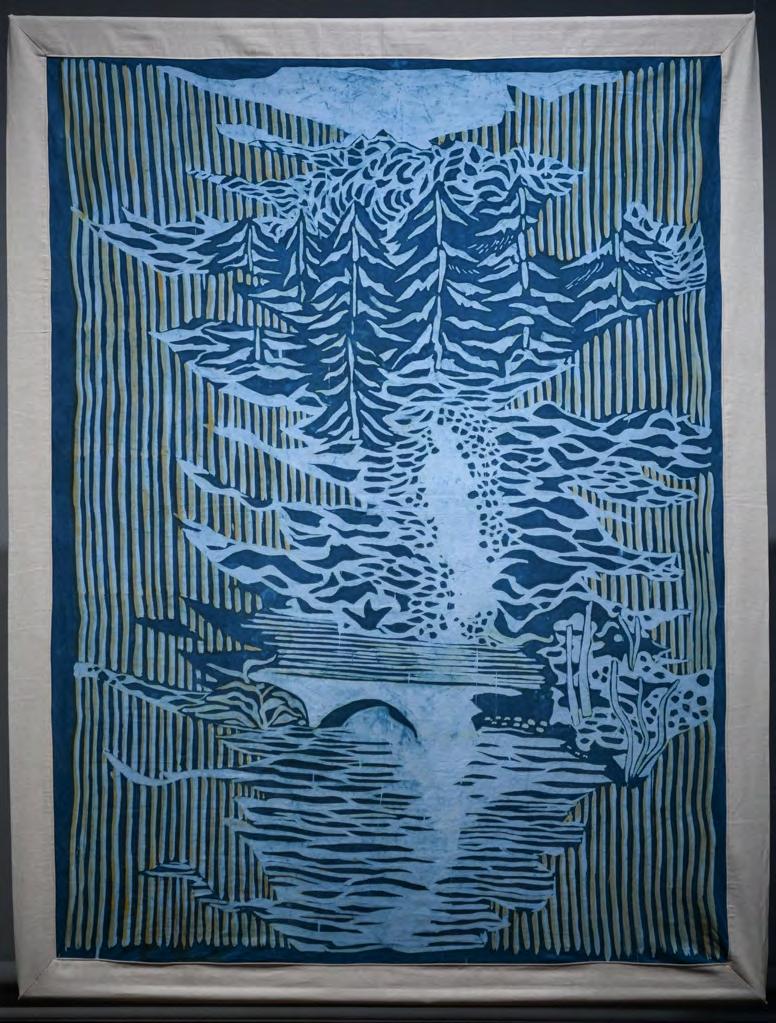
PAO SAT U BUNAR 69 25.04. 16.06. 2024.
S A L O N M L A D I H
Ivana Stećuk
I AM MISSING 2, DON’T FOLLOW ME
2023. – 2024. Prostorna instalacija
I AM MISSING 2, DON’T FOLLOW ME nastavak je autoričine samostalne izložbe I AM MISSING, CAN U CALL MY OWNER? održane u galeriji Garaža Kamba na proljeće 2023. godine. Kronično stanje stresa „rasulo“ je autoričin lik po društvenim mrežama i gerilskim plakatima, zalijepljenih brašnom i vodom na gradske fasade, putem kojih se tražila nestala osoba. Potraga je završila instalacijom u Garaži Kamba u kojoj je dominirao predimenzioniran tetrapak mlijeka okružen jastucima i plakatima. Originalni elementi instalacije uz određene promjene prisutni su i u novom predstavljanju rada. Između sna i jave, stvarnosti i fikcije, na dječji, ali ipak mračan način grimmovskih bajki, umjetnica pokušava približiti stanja depersonalizacije, izolacije i osjećaja stagnacije kao posljedice kroničnog stresa prikazanog metaforom ostavljenog doručka. Asocijativnim povezivanjem motiva doručka autorica aludira na užurbane jutarnje rutine koje vode do burnouta. Lica s grafičkih plakata kaotično se deformiraju i međusobno pretapaju u kolaže na platnima, a odlutali psi postaju nalik na duhove koji se skrivaju u ormarima napuštene dječje sobe. Tetrapaku mlijeka odavno je istekao rok trajanja dok se na njemu još uvijek nalaze grafike kao podsjetnici na nestalu osobu.
Prikazane persone fiktivni su likovi nestale umjetnice koji se stalno mijenjaju i poprimaju tisuću lica. Jastuci u obliku kolačića poput mrvica kruha iz Ivice i Marice posjetitelje vode od galerijskog stepeništa sve do tetrapaka. Kolačići predstavljaju hommage Mladenu Stilinoviću čiji je rad na izložbi Janje moje malo (2017.) uključivao niz kremšnita postavljenih na istom stepeništu.
2023 – 2024
Spatial installation
I AM MISSING 2, DON’T FOLLOW ME is a continuation of the artist’s solo exhibition I AM MISSING, CAN U CALL MY OWNER?, held at the Garaža Kamba Gallery in spring 2023. The chronic state of stress “scattered” the artist’s persona on social media and guerrilla posters, pasted with flour and water on city facades, seeking a missing person. The search ended with an installation at Garaža Kamba dominated by an oversized milk carton surrounded by pillows and posters. The original elements of the installation, with certain changes, are present in the new presentation of the work. Blurring the lines between dream and waking life, fiction and reality, in a childlike yet dark manner reminiscent of Grimm’s fairy tales, the artist attempts to depict states of depersonalization, isolation, and feelings of stagnation as a result of chronic stress, portrayed metaphorically through the abandoned breakfast. By associatively connecting the motif of breakfast, the artist alludes to the hectic morning routines that lead to burnout. Faces from graphic posters chaotically deform and blend into collages on canvases, while stray dogs become ghost-like figures hiding in the closets of abandoned children’s rooms. The milk carton has long expired, yet graphics still adorn it as reminders of the missing person.
The depicted personas are fictional characters of the missing artist, constantly that constantly change and assume a thousand faces. Cookieshaped pillows, like breadcrumbs from Hansel and Gretel, guide visitors from the gallery staircase to the milk carton. These cookies serve as a homage to Mladen Stilinović, whose work in the exhibition Janje moje malo (2017) included a series of cream cakes placed on the same staircase.
70
1 Psi mješanci – španjolski: mil leches – u slobodnom prijevodu „tisuću mlijeka“, op. a. 1 Mixed breed dogs - Spanish: mil leches - loosely translated as “a thousand milk”, author’s note.

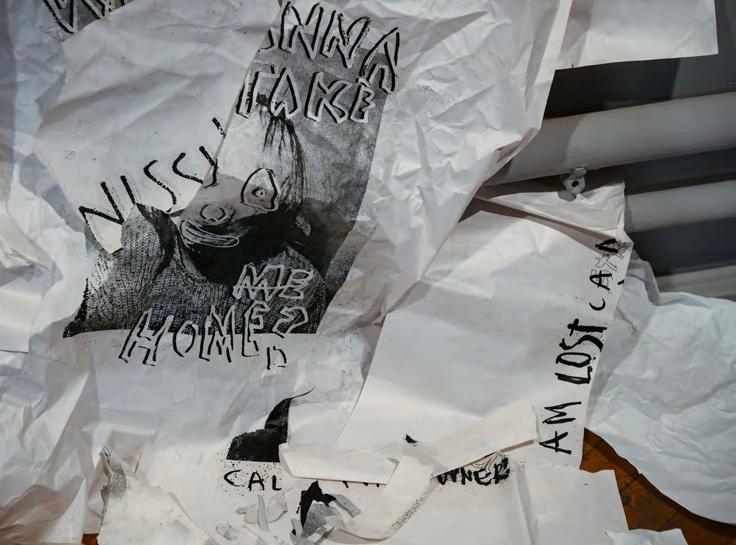
PAO SAT U BUNAR 71 25.04. 16.06. 2024.
S A L O N M L A D I H
Branimir Štivić
G04 : DWELL
2024.
Video instalacija 2024
G04 : DWELL, veličine 1152 x 2304 mm i rezolucije
384 x 768 px, video je instalacija zamišljena kao nastavak autorovog umjetničko-istraživačkog projekta POD KOROM (engl. BENEATH THE BARK).
Ovo istraživanje bavi se parazitskim kukcima iz porodice potkornjaka (lat. ipidae) i tipografskim potencijalom artefakata koji nastaju njihovim hranjenjem pod korom stabala. Potkornjaci nisu toliki problem dok vlada prirodna ravnoteža. Onečišćenje, klimatske promjene i transport drvnog materijala pogoduju nekontroliranom širenju populacije kukaca čime je ugroženo zdravlje stabala, dodatno poremećeno saprofitskim gljivama koje potkornjaci prenose na svojim leđima.
Za razliku od izvorne serije, ovaj je rad usredotočen na fenomen boravljenja (engl. dwell) kukaca u duboko skrivenim tunelima. Radom GO4 : DWELL autor istražuje vrijeme propadanja materije kroz redukciju i razlaganje, trajnost prirodnih nasuprot tehnološki proizvedenih materijala, utjecaj njihove proizvodnje i distribucije na ekosferu, kao i krhki balans u prirodi između invazivnih i zavičajnih vrsta. Pretvaranjem raspadajućeg debla u podatak poput računalnog koda ili modela koji se može iznova reproducirati umjetničkim procesom usporava se vrijeme nestajanja kratkotrajnih artefakata koji su rezultat cikličkih prirodnih pojava. Sam strojni kod G04 označava vrijeme pauziranja rada (engl. dwell) mjerenim u milisekundama, čime se aludira na apsurd umjetničkog rada u kapitalističkom proizvodnom kontekstu.
Video installation
G04: DWELL, with dimensions of 1152 x 2304 mm and a resolution of 384 x 768 px, is envisioned as a continuation of the artist’s art research project BENEATH THE BARK. This research focuses on parasitic insects from the family of bark beetles (Latin: ipidae) and the typographic potential of artefacts that result from their feeding beneath the bark of trees. Bark beetles are not such a problem as long as there is a natural balance. Pollution, climate change, and the transport of wood material favour the uncontrolled spread of insect population, which endangers the health of the trees, further disturbed by the saprophytic fungi that bark beetles carry on their backs.
Unlike the original series, this work focuses on the phenomenon of insect dwelling in deeply hidden tunnels. With the work G04: DWELL, the artist explores the decay of matter through reduction and decomposition, the durability of natural versus technologically produced materials, the impact of their production and distribution on the ecosphere, as well as the fragile balance in nature between invasive and indigenous species. Transforming decaying logs into data such as computer code or a model that can be reproduced over and over again through the artistic process slows down the disappearance of short-lived artefacts resulting from cyclical natural phenomena. The machine code G04 itself indicates the dwell time measured in milliseconds, alluding to the absurdity of artistic labour in a capitalist production context.
72
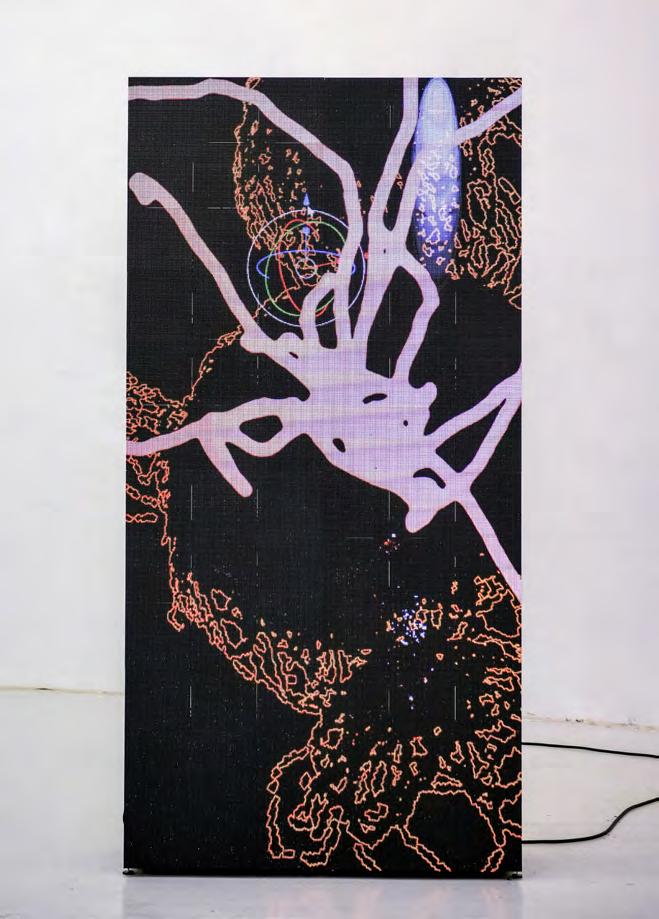


PAO SAT U BUNAR 73 25.04. 16.06. 2024.
nagrada
Zagreb
S A L O N M L A D
I HIvor Tamarut
Repeticije
2023.
Video instalacija
Iračke sile napadaju Kuvajt 2. kolovoza 1990. te u roku od dva dana kompletno okupiraju zemlju. Britanska premijerka Margaret Thatcher i američki predsjednik George H. W. Bush šalju vojne snage u Saudijsku Arabiju te pozivaju druge članice Ujedinjenih naroda da učine isto. Koalicija od 35 zemalja kao najveći vojni savez od kraja Drugog svjetskog rata, predvođena Sjedinjenim Američkim Državama, 17. siječnja 1991. započinje kampanju zračnog i pomorskog bombardiranja. Koalicijske snage započinju i kopnenu kampanju te ulaze u Kuvajt 24. veljače. Američki predvođene snage ostvaruju odlučujuću pobjedu, oslobađajući Kuvajt i nastavljajući preko iračko-kuvajtske granice u Irački teritorij. Stotinu sati nakon početka kopnene kampanje 28. veljače, koalicijske snage zaustavljaju svoj napredak kroz Irak te objavljuju prekid vatre.
Zaljevski rat odvijao se u razdoblju kada nove komunikacijske tehnologije dolaze do razine koja omogućuje dotad neviđenu kontrolu prenošenja narativa, vremena i značaja pri čemu izvještavanje, stvaranje i pisanje povijesti postaju jedno.
Zaljevski rat postaje prvi takozvani „televizijski rat“, emitiran i prenošen uživo. U tom novom kontekstu rat i sukob postaju televizijski spektakli koje iz sigurnosti vlastitih domova možemo gledati na malome ekranu, otuđeni od stvarnosti i užasa rata.
Repetitions
2023
Video installation
Iraqi forces invaded Kuwait on 2 August 1990, and within two days, completely occupied the country. British Prime Minister Margaret Thatcher and U.S. President George H.W. Bush sent military forces to Saudi Arabia and called on other members of the United Nations to do the same. A coalition of 35 countries, the largest military alliance since the end of World War II, led by the United States, began its campaign of aerial and naval bombardment on 17 January 1991. Coalition forces commenced a ground campaign and entered Kuwait on 24 February. U.S.-led forces achieved a decisive victory, liberating Kuwait and advancing over the Iraq-Kuwait border into Iraqi territory. One hundred hours after the start of the ground campaign on 28 February, coalition forces halted their advance into Iraq and announced a ceasefire.
The Gulf War occurred at a time when new communication technologies reached a level that allowed unprecedented control over the transmission of narratives, timing, and significance, blurring the lines between reporting, creation, and writing history. The Gulf War became the first so-called “television war,” broadcasted and transmitted live. In this new context, war and conflict became television spectacles that we could watch on the small screen from the safety of our homes, alienated from the reality and horror of war.
74
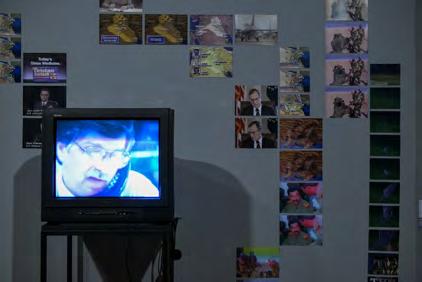


PAO SAT U BUNAR 75 25.04. 16.06. 2024.
S A L O N M L A D I H
Paula Tončić
Ona se igra nožem
2024.
Laserski print na aluminijskoj ploči, lijevano zlato i srebro
Umjetnička knjiga, ready-made
Ona se igra nožem rad je o djevojaštvu, o pokretima tijela koja se kreću u prostorima gdje se osjećaju promatrane, zatočene, kontrolirane. Obraćajući pažnju na zvuk kontrole – umjetan i oštar, nadzorna tijela koja ih prateneprilagođene i sanjive osjećaju tjeskobu. Koja je cijena njenog rada, usporedno s tim, koja je cijena materijala koji se otkupljuju?
Otkupi
Otkup plemenitih metala; založeni zlatni zubi pokojnog člana obitelji, založeni nakit dobiven na poklon prilikom krštenja, založeni srebrni pribor za jelo u kojima su oštri srebrni noževi – o samoranjavanju, o krvi, okusu krvi, okusu metala. Čistoća zlata i srebra, radi li se o finoći 999?
Njegova karataža, težina, mekoća. Proces taljenja i uništavanje prvobitnih oblika u tekuće forme.
Finoće 999
Djevojački domovi gdje su odbačeni predmeti na tapisonima ispod kreveta, ostavljeni u kutu ormara, predmeti tretirani kao artefakti. Od pronađenih predmeta rađeni su kalupi u koje su lijevani topljeni materijali dobiveni od taljenja srebrnog pribora za jelo, uključujući desertne i dekorativne noževe. Nož je simbol samoobrane ali i napada, ritualni predmet, igra kada preko dlana bode, reže slavljeničku tortu. Nož korišten kao alat u draguljarnici za plemenite metale od kojih su odliveni srebrni artefakti, u instalaciji korišteni kao zakovice koje zvuče.
She’s Playing with Knife
2024
Laser print on aluminum plate, cast gold and silver Artist book, ready-made
She’s Playing with Knife is a work about girlhood, about movements of bodies moving in spaces where they feel observed, trapped, controlled. Paying attention to the sound of control – artificial and sharp, surveillance bodies that follow themmaladjusted and dreamy, they feel anxious. What is the price of her work, and concurrently, what is the price of the materials being redeemed?
Redemptions
Redemption of precious metals; pawned gold teeth of a deceased family member, pawned jewellery received as a gift at baptism, pawned silver cutlery with sharp silver knives - about self-harm, about blood, the taste of blood, the taste of metal. The purity of gold and silver, is it 999 fineness? Its carat value, weight, softness. The process of melting and destroying the original forms into liquid forms.
999 fineness
Girls’ homes where discarded items are on the carpets under the beds, left in the corner of closets, items treated as artefacts. The found objects were used to make moulds into which molten materials obtained from melting silver cutlery, including dessert and decorative knives, were cast. The knife is a symbol of self-defence but also of attack, a ritual object, a game when it stabs through the palm, cuts a celebratory cake. The knife used as a tool in a jewellery shop for precious metals from which silver artefacts were cast, used in the installation as rivets that make sound.
76



PAO SAT U BUNAR 77 25.04. 16.06. 2024. Grand Prix
37. SALON MLADIH
nagrada MMSU
Rijeka
nagrada
Kolekcionar umjetniku
S A L O N M L A D I H
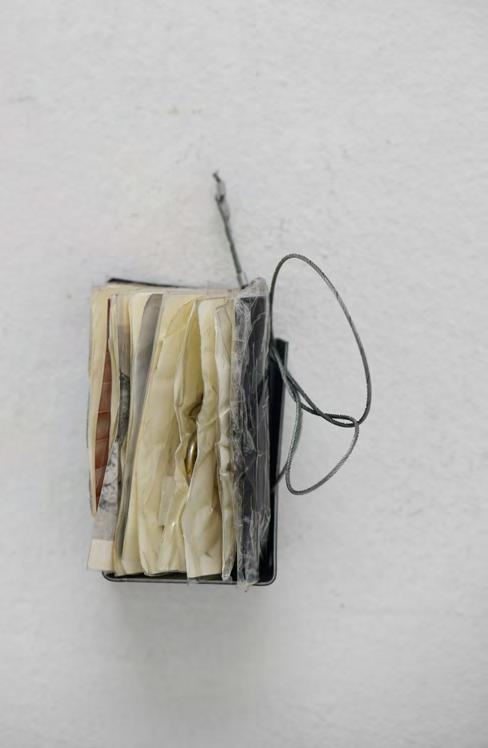
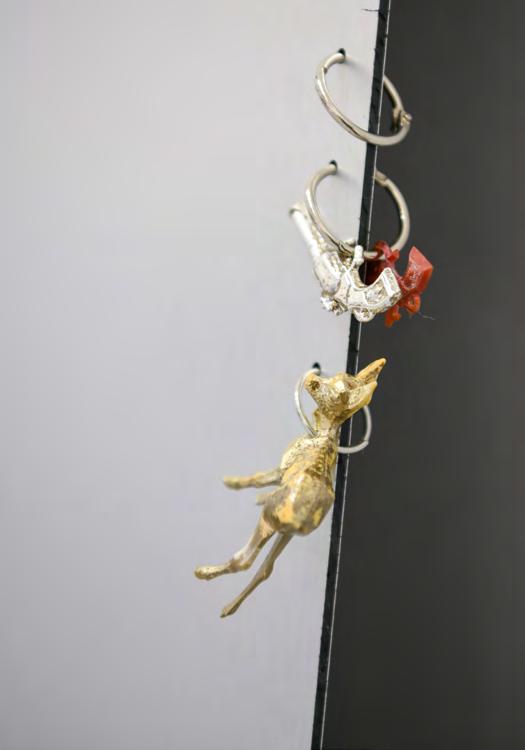

78




PAO SAT U BUNAR 79 25.04. 16.06. 2024. Grand Prix
37. SALON MLADIH
nagrada
MMSU
Rijeka
nagrada
Kolekcionar umjetniku
Jelena Visković
S A L O N M L A D I H
Motonation
2024.
Film 22’
Motonation je znanstveno-fantastični motoristički film koji prati priču člana alternativne zajednice zvane Happy Nation u njegovoj avanturi na hakiranom gradskom motociklu. Ovo putovanje, koje se odvija izvan granica spomenute zajednice, istražuje teme individualnosti, komformizma, utjecaja tehnologije na povezanost među ljudima, otuđenja u smislu performativnosti prošlih narativa, identiteta u dijaspori i općenito u vezi s globaliziranom performativnom pop kulturom i društvenim mrežama.
Kroz ova univerzalna pitanja povezuje se sa širim skupom tema koje istražuju politiku tijela i performans u bivšoj Jugoslaviji i regiji danas. Tu otuđenost i nelagodu predstavlja kao sredstvo transformacije. Motonation se nastavlja na veći opus pod nazivom Volumes. Ovaj ciklus koristi spekulativno pripovijedanje i suvremene tehnologije izgradnje svjetova kako bi progovorio o društvenim, političkim i ekološkim pokretima 20. stoljeća koji su smatrani radikalnima u smislu da su imali potencijal donošenja društvenih promjena, ali su se često doživljavali kao neispunjena obećanja iz prethodne ere.
2024
Film 22’
Motonation is a sci-fi biker film following the story of a member of an alternative commune called Happy Nation, as he embarks on an adventure beyond the commune’s boundaries with the help of a hacked city-motorcycle. The journey explores themes of individuality, conformity, the impact of technology on human connection, alienation when it comes to performativity of past narratives, identity in diaspora and generally in relation to globalized performative pop-culture and social media.
Through these universal questions, it connects to a wider set of topics exploring the body-politics and performance in former Yugoslavia and in the region today. It presents this alienation and discomfort as a transformational tool. Motonation is an extension of a larger body of work titled Volumes. The series uses speculative storytelling and contemporary worldbuilding technologies to talk about social, political and environmental movements throughout the 20th century that were seen as radical, as in having potential for social change, but often viewed as unfulfilled promises from a previous era.
80
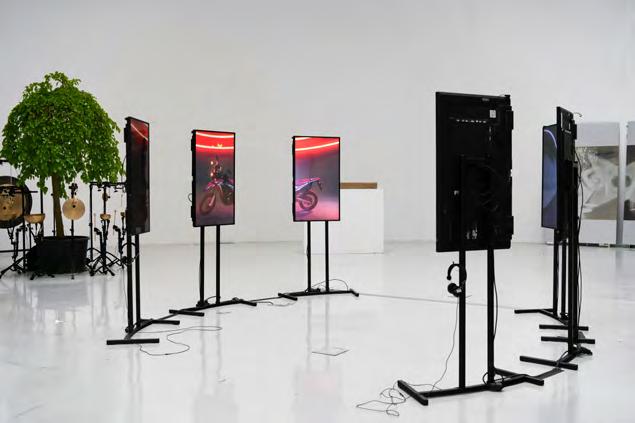
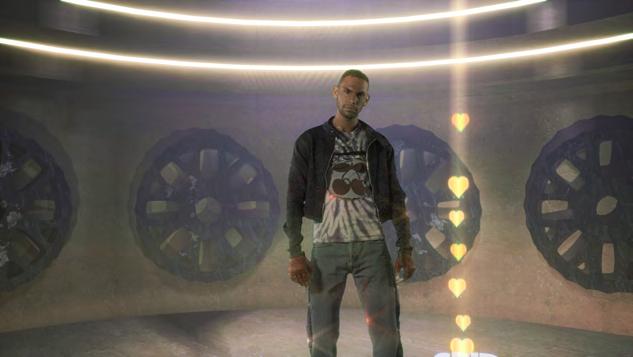

PAO SAT U BUNAR 81 25.04. 16.06. 2024.
S A L O N M L A D I H
Kroz prostore
2023.
Video instalacija
U eksperimentalnom filmu u kojem se preklapaju slika, zvuk i tekst autor istražuje fenomen digitalizacije koji prostore i tijela prevodi iz materijalne u virtualnu stvarnost. Unutar rada postavlja vlastito tijelo u ulogu subjekta, odnosno objekta, preispitujući formiranje identiteta u kontekstu različitih digitalnih i fizičkih realnosti kao i njihove odnose. Narativ prati biće koje putuje kroz prostore, među kojima je kao konačno odredište odabralo prirodu. Njegova se vrsta bliži kraju, a zarobljenost među digitalnim prototipovima različitih vrsta prostornosti slobodu čini van dosega.
Zaštićen ogrtačem putuje šumom gdje pronalazi slobodu te na kraju nestaje. Odnos prostornosti materijalnog i digitalnog svijeta u montaži je postignut preklapanjem različitih vrsta vizualnog materijala – snimki kamerom te modelima, poligonalnim mrežama i skenovima lokacije kreiranim pomoću 3D softvera.
David Wilhelm
Through Spaces
2023
Video installation
In the experimental film where image, sound, and text overlap, the artist explores the phenomenon of digitization that translates spaces and bodies from material into virtual reality. Within the work, he puts his own body in the role of both subject and object, questioning the formation of identity in the context of different digital and physical realities and their relationships. The narrative follows a being travelling through spaces, ultimately choosing nature as its final destination. Its kind is coming to an end, and being trapped among digital prototypes of different types of spatiality makes freedom out of reach.
Protected by a cloak, it travels through the forest, where it finds freedom and eventually disappears. The relationship between the spatiality of the material and digital worlds in editing is achieved by overlapping different types of visual material - camera footage and models, polygonal networks and location scans created using 3D software.
82
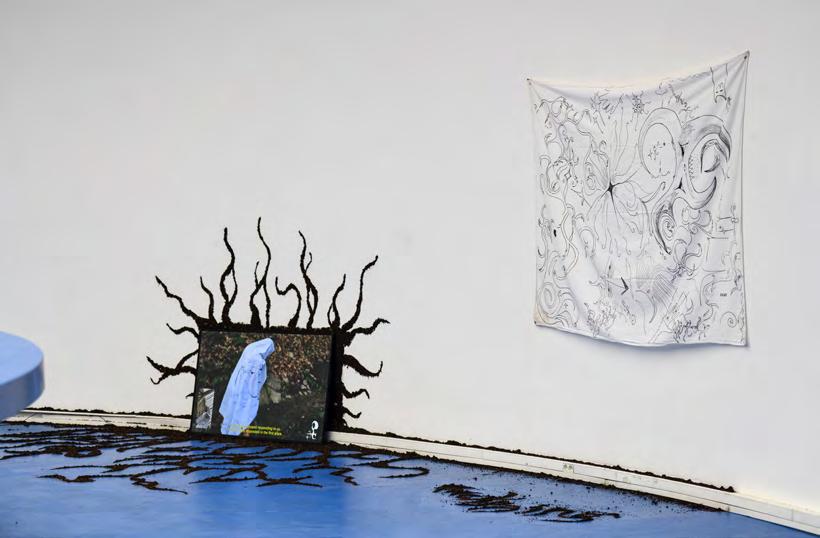


PAO SAT U BUNAR 83 25.04. 16.06. 2024.
Iva Zagoda
S_23
S A L O N M L A D I H
2023.
Beton, metal, plastika, guma, žica, najlon
Polazeći od opažanja, šetnji i osluškivanja, autorica Iva Zagoda ciklusom Kretanja opredmećuje svakodnevnu dinamiku svog okruženja. Skulpture odmjerenih razgranatih kompozicija, nastale pretežno od industrijskih materijala – betonskih kocki, metalnih cijevi, žice i plastičnih crijeva, u prostor ulaze kao upečatljivi čvorovi boja, linija i tekstura kao trenutci uhvaćeni u vremenu.
2023
Concrete, metal, plastic, rubber, wire, nylon
Based on observation, walks, and listening, the artist Iva Zagoda materializes the everyday dynamics of her environment with the series Kretanja. Sculptures of paced branched compositions, mainly made using industrial materials - concrete blocks, metal pipes, wire, and plastic hoses, enter the space as striking nodes of colour, lines, and textures, like moments captured in time.
84


PAO SAT U BUNAR 85 25.04. 16.06. 2024.
Marko Zbodulja
Kul party fotke
S A L O N M L A D I H
2024. Fotografija
Serija fotografija Kul party fotke, nastala u periodu od dvije godine, dokumentira druženja i atmosferu noćnog života u kojoj mladi istražuju granice ludosti i slobode.
Malenim i lako prenosivim analognim pointand-shoot kamerama autor s lakoćom hvata autentične trenutke zabave čiju spontanost naglašava korištenjem direktne bljeskalice. Marko Zbodulja svoj autorski potpis razvija pod utjecajem autora poput Nobuyoshi Arakija ili Juergena Tellera. Preuzima sirov ali ujedno vizualno vibrantan izraz ulične fotografije i instinktivno ga primjenjuje u dokumentiranju kaotičnog fluksa neprekidnih aktivnosti noćnog života. Neposrednost u pristupu i bliskost s fotografiranim subjektima ističu se kao glavne odlike njegove fotografije.
Cool Party Pics
2024 Photography
The series of photographs Cool Party Pics, created over a period of two years, documents gatherings and the atmosphere of nightlife where young people explore the limits of craziness and freedom.
Using small and easily portable analogue point-and-shoot cameras, the artist effortlessly captures authentic moments of fun, emphasizing their spontaneity with the use of direct flash. Marko Zbodulja develops his artistic signature under the influence of authors such as Nobuyoshi Araki or Juergen Teller. He adopts a raw yet visually vibrant expression of street photography, which he instinctively chooses to document the chaotic flux of continuous nightlife activities. Directness in approach and closeness with the photographed subjects stand out as the main characteristics of his photography.
86
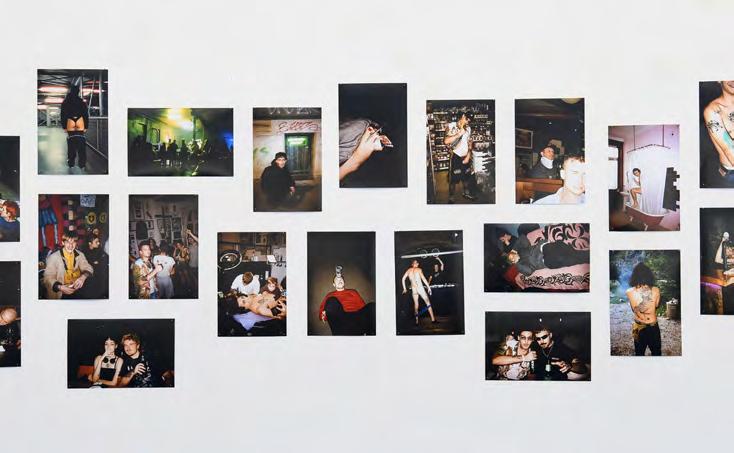
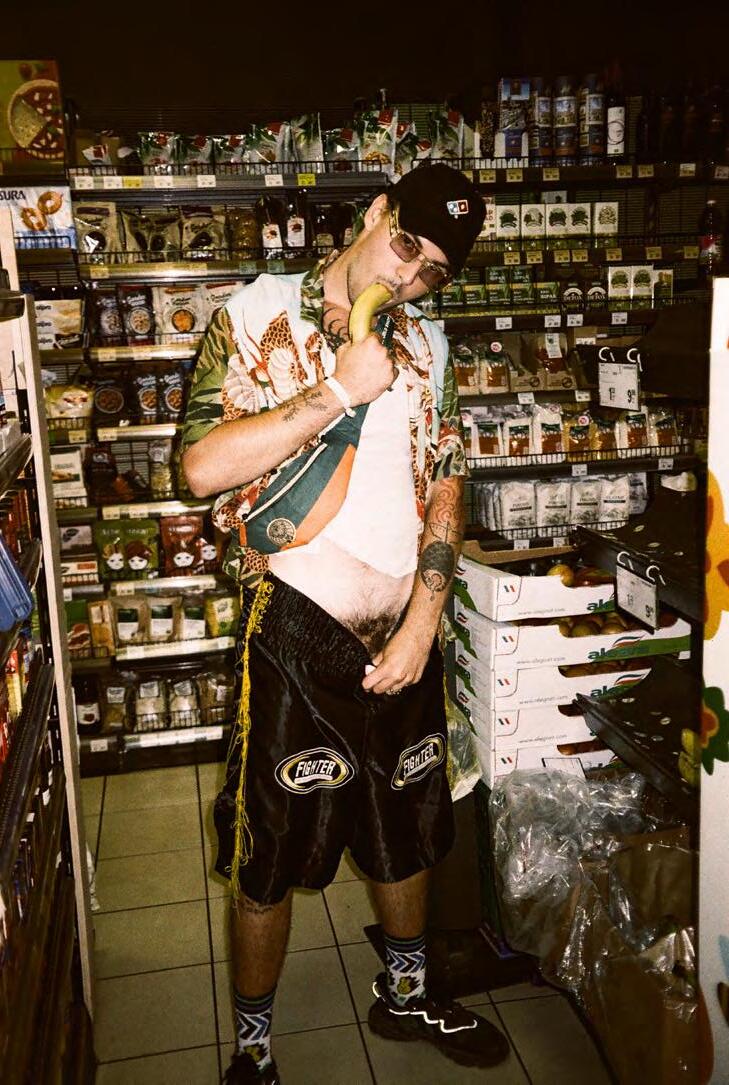
PAO SAT U BUNAR 87 25.04. 16.06. 2024.
A L O N M L A D I H
Otvorenje
izložbe
HDLU
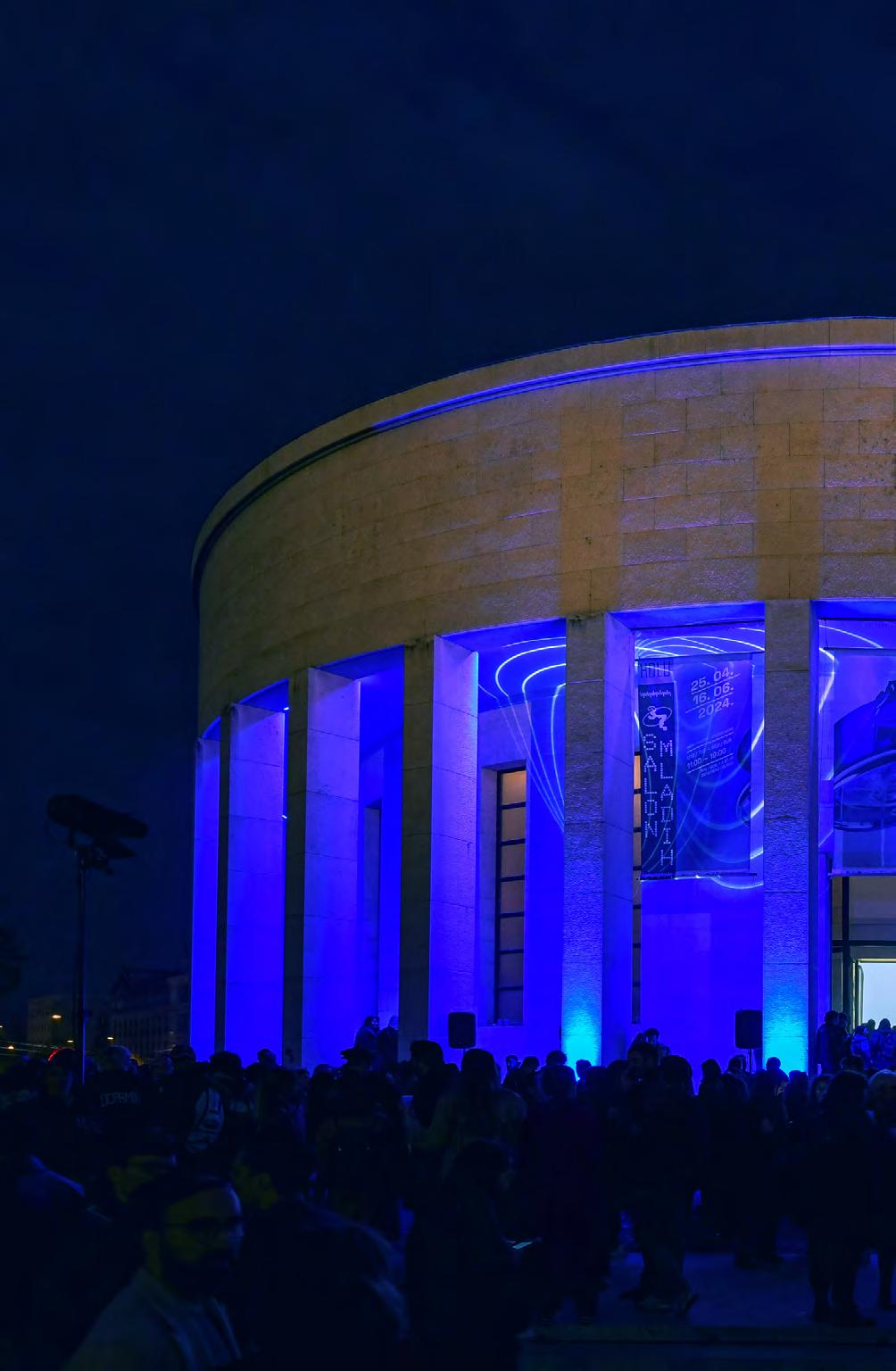
88
S
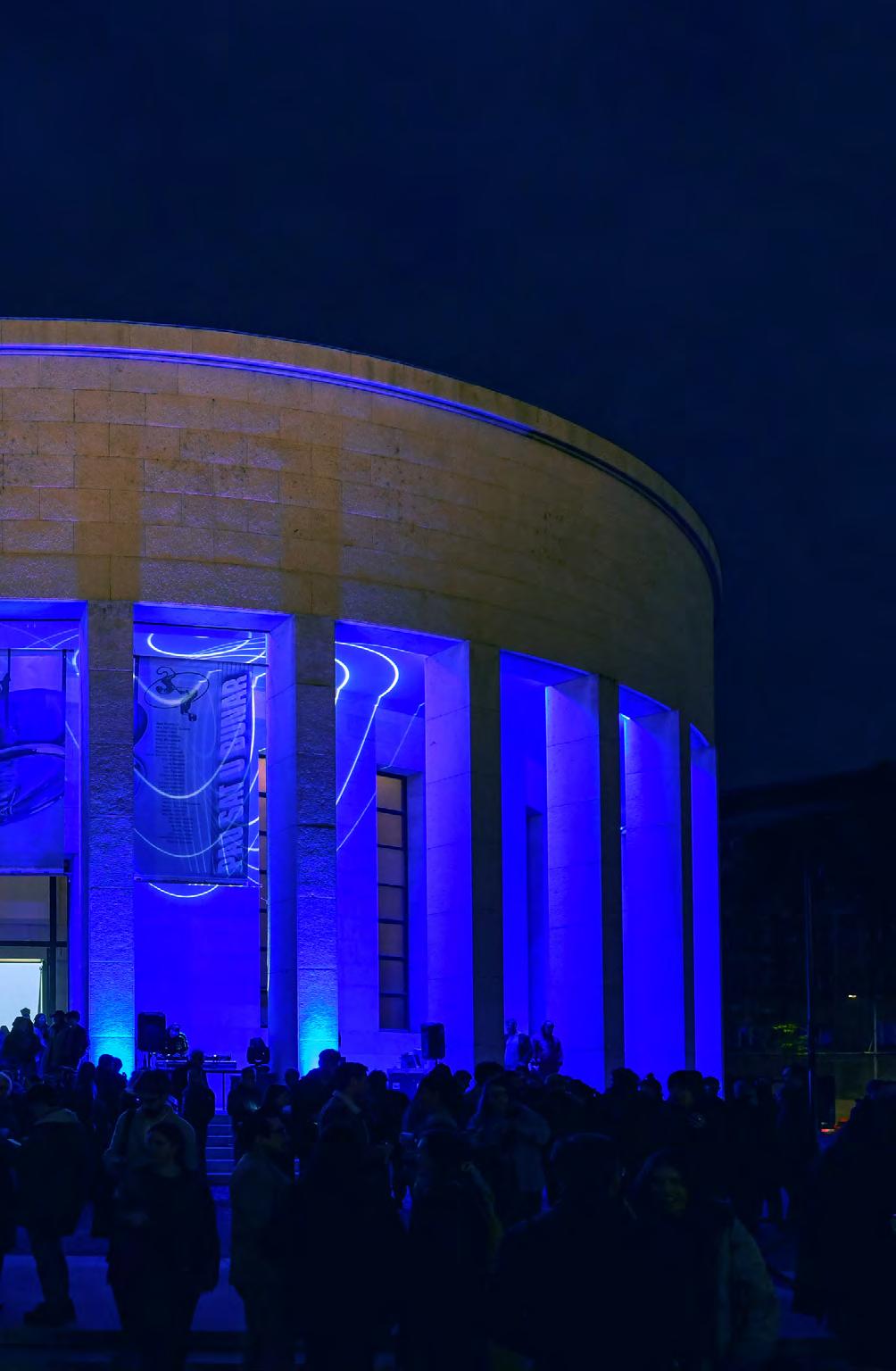
PAO SAT U BUNAR 89 25.04. 16.06. 2024. Exhibition opening HDLU
S A L O N M L A D I H
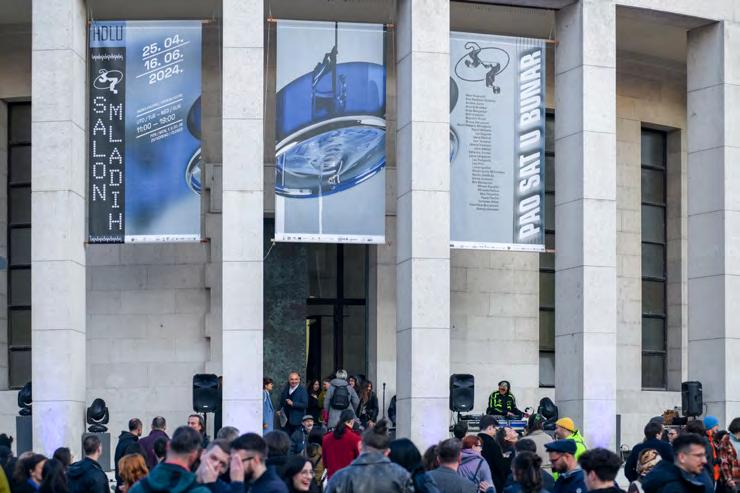
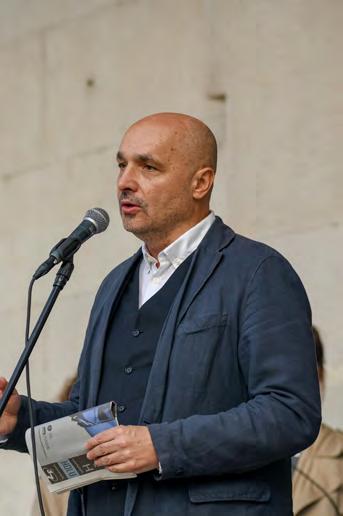


90
izložbe HDLU
Otvorenje
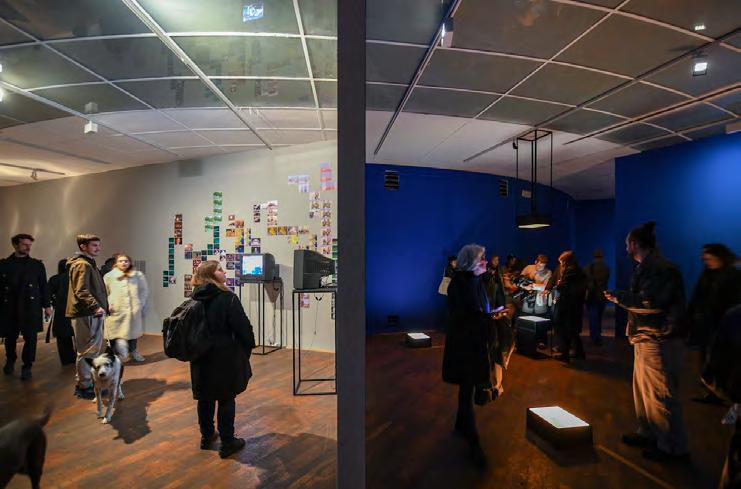
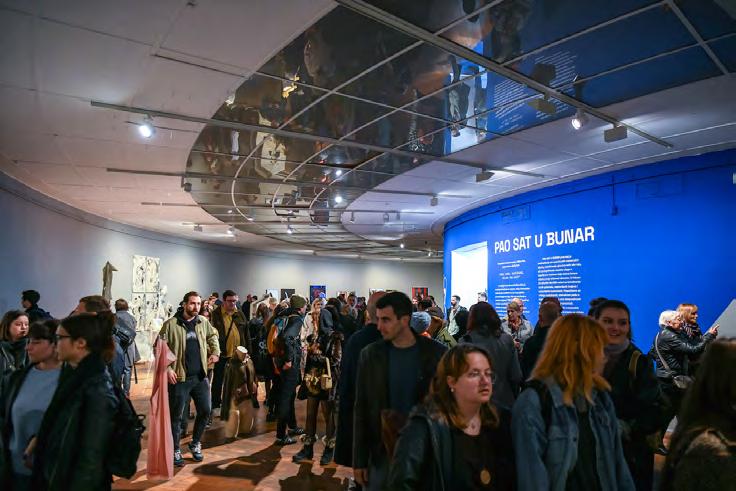

PAO SAT U BUNAR 91 25.04. 16.06. 2024. Exhibition opening HDLU
S A L O N M L A D I H

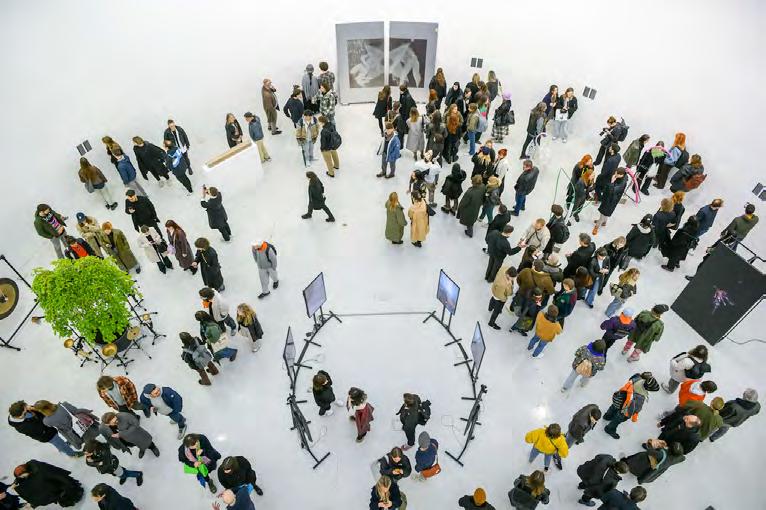

92
izložbe HDLU
Otvorenje
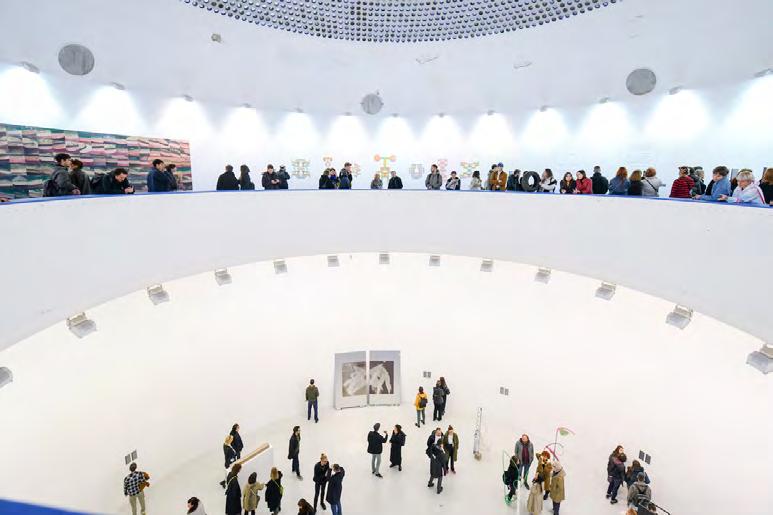


PAO SAT U BUNAR 93 25.04. 16.06. 2024. Exhibition opening HDLU
S A L O N M L A D I H
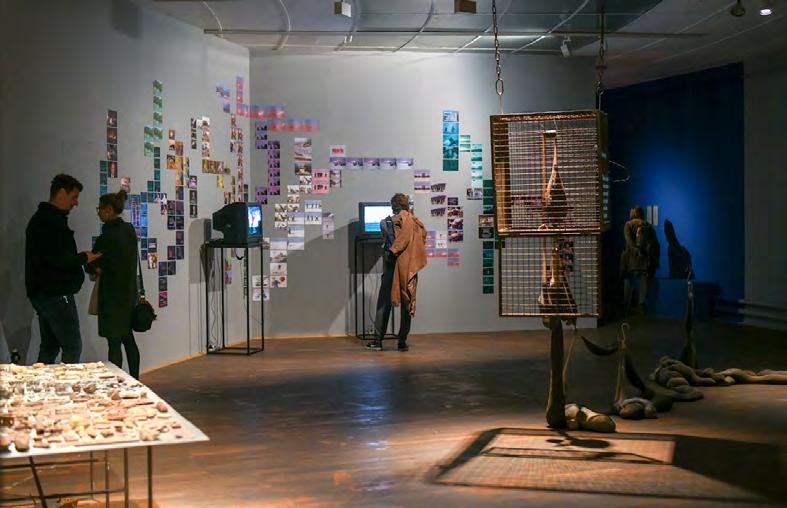
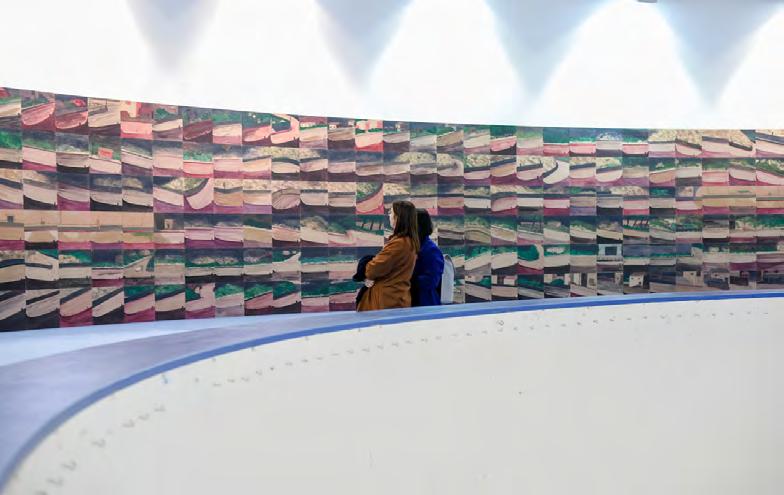
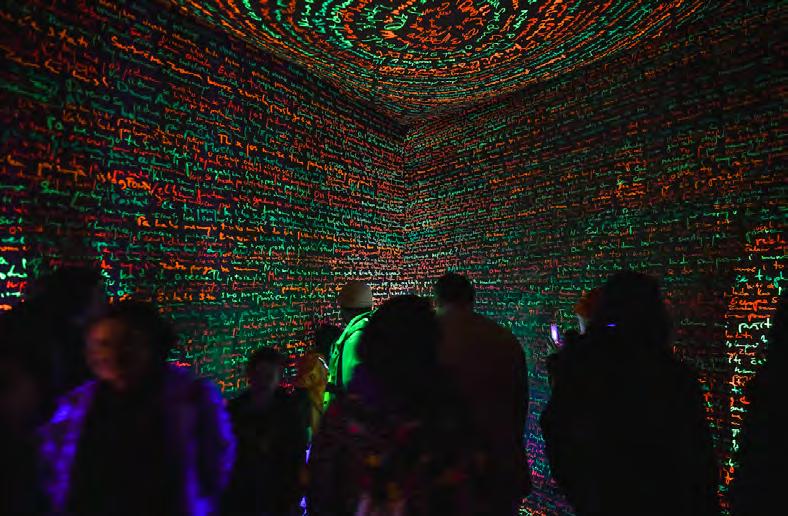
94
HDLU
Otvorenje izložbe
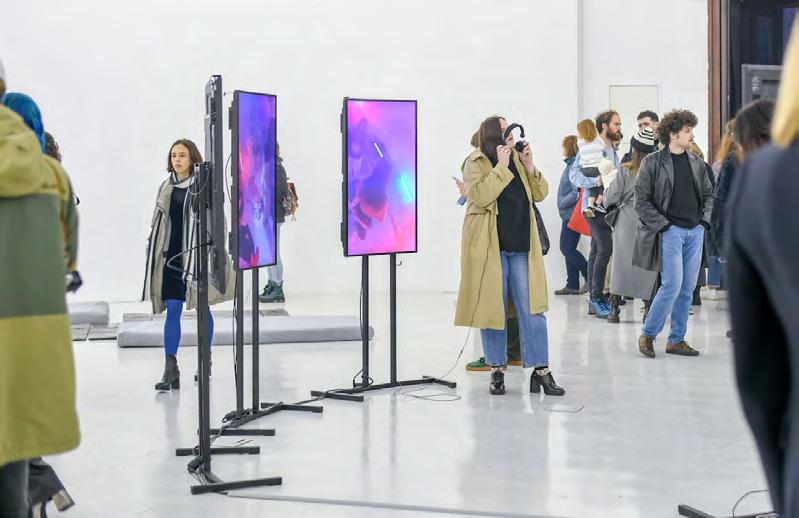


PAO SAT U BUNAR 95 25.04. 16.06. 2024.
opening HDLU
Exhibition
S A L O N M L A D I H

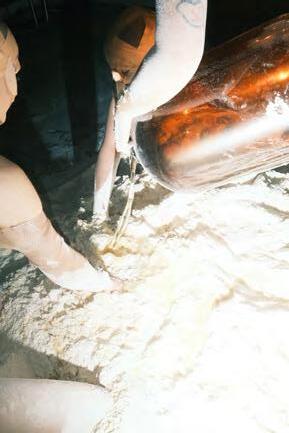
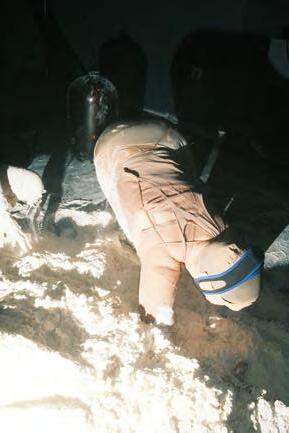

performans fotografije
Marko
Zbodulja


96
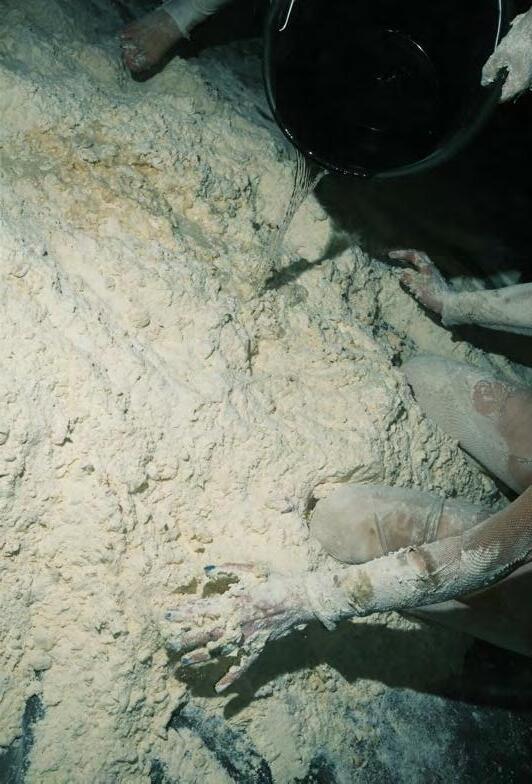

Bruna Jakupović
Lana Lehpamer
Marianna Nardini
Massa Confusa performans performance fotografije: photography: Marko Zbodulja
performance
photography
Marko Zbodulja
PAO SAT U BUNAR 97 25.04. 16.06. 2024.
S A L O N M L A D I H


Konferencija za medije
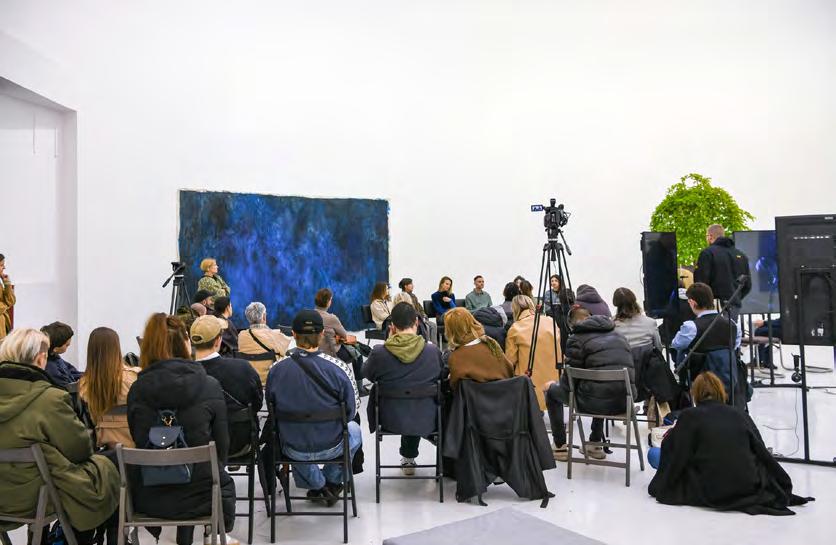
98
Press conference




PAO SAT U BUNAR 99 25.04. 16.06. 2024.
Posjet
Predsjednika Republike Hrvatske
Visit of the President of Republic of Croatia
S A L O N M L A D I H
100
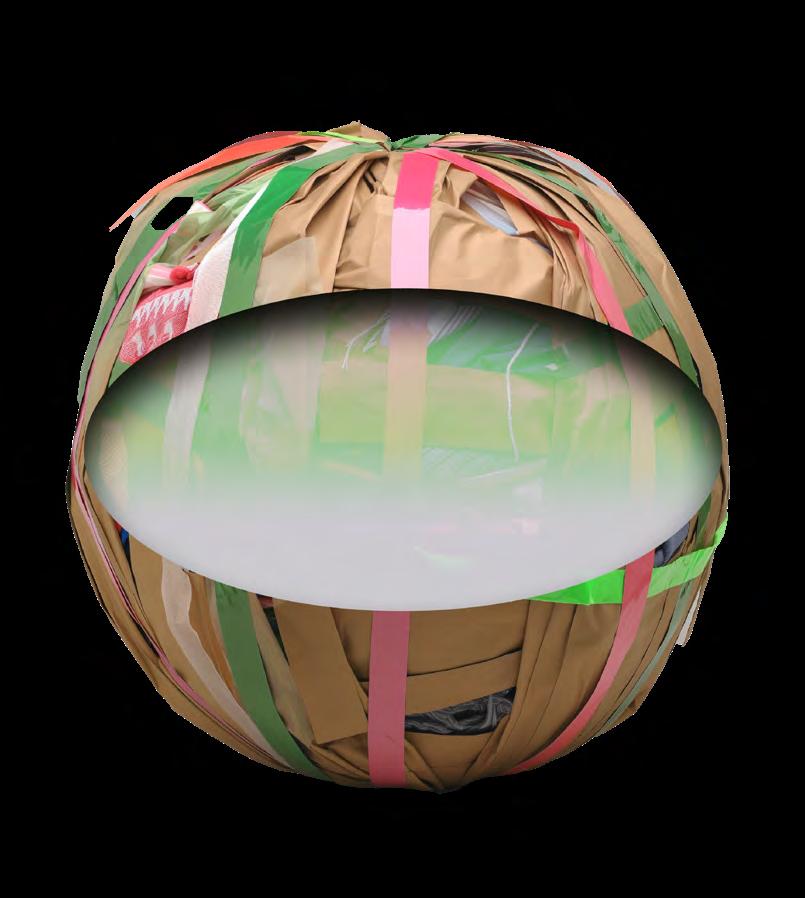
SITUACIJA 101 22.05. 16.06. 2024.
S A L O N M L A
D I H
SITUACIJA
kustosice
Lora Rajčić
i Ivana Završki
Treće reizdanje izložbenog programa Situacija u okviru 37. salona mladih nastavlja se na tradiciju pokrenutu na trinaestom izdanju ove manifestacije, kada je salonski koncept proširen s ciljem prikazivanja umjetničkih radova koji se ne uklapaju u tematski određenu centralnu izložbu.
Pritom nije riječ o antisalonu, kako se to ponekad može čuti u širokim krugovima, već o ideji predstavljanja većeg broja autora kako bi se upotpunila slika presjeka suvremene mlade umjetničke scene. Od 35. salona mladih, Situacija se organizira u kontinuitetu, kvalitetom ravnopravno odgovarajući centralnom programu tradicionalno organiziranom u Meštrovićevom paviljonu.
Ovogodišnje se izdanje odvija na tri lokacije – u Arheološkom muzeju, Galeriji Arheološkog muzeja i Galeriji Art&CeRZe u kojima su umjetnički radovi raspoređeni prema tematskim ili formalnim sličnostima, ulazeći istovremeno u međusobni, ali i međuprostorni dijalog uz promišljanje o njihovim
specifičnostima. U današnje izazovno vrijeme života u društvu opterećenom vizualnim sadržajem, radovi odabranih umjetnika ukazuju na stvarnost koja nas okružuje, ali iz pozicije različitih umjetničkih izričaja i preokupacija –od introspektivnih pogleda do odgovora na vanjske podražaje.
Tako se u središnjoj dvorani Arheološkog muzeja s radovima Novo nebo i nova zemlja Josipe Henizelman te Afterlife, What an Awful Word Gaije Radić promatrač susreće s pitanjem “pogleda” – prvog dojma koji dobiva o vizualnom sadržaju, a koji ga odvodi iza “vidljivog”. Obje autorice na vrlo različite načine preispituju nevidljive procese čijih smo rezultata svjedoci, no kojima ne možemo direktno svjedočiti. I dok se Gaia Radić bavi pitanjem pristanka, odnosno, autonomije živih ili neživih bića nad vlastitim nastankom, osvrćući se na deleuzeovski “događaj” te neodrživost konzumerističkih načela kapitalističkog društva, prije svega u kontekstu rapidne urbanizacije i devastacije prirodnog prostora, Josipa Henizelman problematizira transformaciju osjećaja, misli ili emocionalnog stanja, no i cikličnost koju u tim izmjenama jasnog i nejasnog ili poznatog i nepoznatog, život podrazumijeva. S jedne strane tako promatramo kompjutersku 3D animaciju koja nas odvodi u vapnenačke špilje kao svojevrsni početak – sugestiju formiranja svijeta, a s druge, fotografije vizualnih tragova koje asociraju na pejzaže – mjesta koja su nam možda poznata iz sjećanja, a koja nas provode kroz procese materijalno neuhvatljive preobrazbe. Ova tema pretače se u intimna preispitivanja osobnih arhivskih procesa i uspomena te nas dalje vodi prema iluzijama stvarnoga svijeta. Šimun Bućan u radu Zadnja križaljka i Marta Katavić ciklusom slika Film suočavaju nas s vizualnim ostacima isprepletenih događaja – iščezlim slikama koje u isto vrijeme zadržavaju djeliće poznatog, spremne da pobude emocije zavisne o trenutku u kojemu ih “oživljavamo”. Pritom uspomene u slučaju Šimuna Bućana pobuđuju
102
predmeti u koje su one upisane – njihovim izmicanjem iz izvornog ambijenta i prijenosom u novi, čisti i s proživljenim događajima nepovezani prostor, otvara se mogućnost interpretacije toga kako prijenos fragmenata prostora funkcionira u novom kontekstu – kako ga doživljava umjetnik, a kako promatrač sa svoje neutralne pozicije. Pitanje percepcije stvarnosti susrećemo u radovima Luke Kuševića i Marine Rajšić. Dok u Lukinim slikama iščitavamo kretanje u kontinuitetu pri čemu odnos “prije i poslije“ nije važan te koji – poput samog slikarskog procesa koji jednom kada je započet, umjetnika više ne vraća na početak stvaranja – gledatelja uvlači te ga potiče da preispita suvremeno poimanje „smisla” u onome što je već viđeno, doživljeno i spoznano, Marinin se pogled okreće u smjeru digitalne “stvarnosti” te razlika između idealiziranog prikaza i onoga što se odvija u pozadini. Na neki način svi ovi autori okupljeni su oko ideje “istinitog” pogleda, procesa traganja za načinima viđenja u unutarnjem i vanjskom svijetu.
S druge strane, radom Klare Burić Latinčić Voli me, ne voli me otvara se tema raskrižja pred kojim se umjetnici često nalaze, s istim pitanjima koja određuju “skretanja” –suprotstavlja se ljubav prema vlastitom poslu, odnosno nevidljivi rad i vrijeme koje je teško unovčiti te udaljavanje od vlastitih interesa radi ostvarivanja financijske stabilnosti. Trganjem latica, naizgled jednostavnom dječjom igrom, pred promatračem se materijaliziraju odgovori skriveni u podsvijesti. Rad Marka Dajaka (Ne) radnik nastavlja se na pitanje prekarnog rada u kulturi, odnosno pronalaska stalnog zaposlenja u kulturnom sektoru. Dugotrajno traženje posla umjetnik je prikazao bilježenjem poteza miša koje je preoblikovao u kompjuterske grafike, čiji vizualni prikaz upućuje na shvaćanje procesa traženja jednako zahtjevnog kao posla samog. Vizualiziranje nevidljivog utrošenog vremena postavlja pitanje alternativnih temporalnosti što je tema video performansa Kljucanje Zdenka Mikše. Stavljanjem u fokus naizgled nebitnih, rutinskih radnji, umjetnik odbacuje hijerarhiju
važnosti događaja, sugerirajući da su svi trenuci, bez obzira na njihovu prividnu (ne)važnost, dio složenog vremenskog tkiva. Oslobađanjem od tradicionalnog fokusa na “važnu” radnju, rad preispituje kako društvene norme i diskursi definiraju što smatramo bitnim.
O tome, kao i o pitanju onoga što ostavljamo za sobom, odnosno što će biti zabilježeno o ljudskom postojanju u kontekstu suvremene umjetnosti i društva, umjetnici govore iz materijalne, ali i vrijednosne perspektive. Mia Matijević Akrap u radu Stup zemaljskih naslada koristi formu skulpture oblikovane od oslikanih keramičkih vaza kako bi se referirala na bilježenje svakodnevnog života u posmrtnoj umjetnosti drevnih civilizacija. Ovaj svojevrsni “totem” ispunjen je nizom antropoloških i autoreferencijalnih značenja, a čini tek jedan fragment suštinskog životnog ciklusa. Što se tiče nematerijalnih vrijednosti s opipljivim reperkusijama, nameće se nužnost očuvanja ekološke ravnoteže – unatoč tome što je naša egzistencija krhka, djelovanje na prirodu kao konstantu često je razorno i nepovratno. U razdoblju antropocena autentični se prirodni krajolici mijenjaju do neprepoznatljivosti. Konkretne promjene u pejzažu otoka tematizira Antonia Magdić – Sjećanja s jednog otoka tako podsjećaju na osobne uspomene koje više nije moguće vezati uz fizička mjesta, čija su obilježja degradirana uslijed urbanističkih promjena kao posljedica procesa intenzivne turistifikacije hrvatske obale. Unatoč opisanim procesima, fascinira otpornost i nevjerojatna sposobnost prilagođavanja prirode na novonastale uvjete, čime je inspiriran rad Manuele Pauk Spomenik uz put. Prikaz biljaka koje izrastaju iz betonskih pukotina u procjepima gradskog tkiva određena je kritika betonizacije zelenih površina i gubitaka prirodnih prostora, ali i podsjetnik na važnost očuvanja prirode unutar urbanih sredina, dok istovremeno poziva na promišljanje o vlastitom odnosu prema okolišu.
Tematski krug zatvara se radovima Lore Elezović, Josipa Rončevića i Mateja Vukovića,
SITUACIJA 103 22.05. 16.06. 2024.
S A L O N M L A D I H
koji nas vraćaju trima glavnim smjernicama za tumačenje ovog segmenta izložbe – dijalogu s prošlim vremenom, aktivaciji pogleda te procesualnosti rada. U radu Stereoskop
Lora Elezović materijalizira proces sjećanja izvodeći gotovo pa meditativnim pristupom detaljističke crteže pune skrivenih simbola i intimnih značenja omogućujući i posjetiteljima da kroz detektivski pristup u ponuđeni sadržaj upišu nova poimanja određena individualnim iskustvima. Preispitivanje slojevitosti “iščitavanja” uočavamo u slici Odjek babilonske umjetnosti Josipa Rončevića koji stvara energičnu površinu umnožavajući, odnosno odražavajući motiv s jedne na drugu polovicu slike, dotičući time pitanje autoreferencijalnosti u stvaralačkom procesu, ali i arheološki koncept proučavanja materijalnih ostataka ideja u novom okruženju u kojemu se zadržavaju elementi prethodnih razdoblja. To se povezuje i s radom Forme na zidu Mateja Vukovića – oblicima sličnima mumijama, čija zanimljiva tekstura poput nakupljene prašine ili svojevrsne patine, posjetitelju onemogućava odgonetavanje izvorne funkcije objekta, pozivajući ga na posve otvorenu interpretaciju prožimanja iskustvenih doživljaja.
Uz četrnaest okupljenih autora u Arheološkom muzeju, petero ih je pod tematskom okosnicom ispreplitanja utjecaja emocionalne sigurnosti doma te kritike sustava u javnoj i privatnoj sferi, predstavljeno u Galeriji Arheološkog muzeja. Tako se u radu Lucije Bogunović, the window on the northern side looked out onto a block of purple buildings, propituje višeznačnost pojma “doma” kroz prikaz zgrada u kojima je umjetnica živjela, promišljajući o trenutku u kojem objektivno prelazi u subjektivno, odnosno kada nepoznati prostor postaje “dom” – o fizičkim predmetima i povezanim osjećajima koji ga sačinjavaju. Kompleksnim odnosima između prostora, vremena i identiteta, kao i neskladom između stvarnog i nestvarnog bavi se i Alba Miočev u svom radu Dial-up. Suprotstavljanjem korištenih tehnika umjetnica upućuje na kontrast između sadašnjosti i retrospektivnog pogleda sve do djetinjstva, koji neizbježno povezujemo s poimanjem “doma”.
(Ne)sigurnost javne sfere tematizira Katarina Kožul – instalacijom Fasada umjetnica istražuje različita ženska iskustva. Rad je, s jedne strane, znak solidarnosti sa žrtvama seksualnog nasilja, a s druge strane kritika tromog sustava nespremnog pružiti prijeko potrebnu podršku – znakovita gesta “čišćenja” institucija koje se ograđuju od problema seksualnog uznemiravanja, čija se prisutnost sve više osvještava. Na činjenicu da su ženska prava i danas pod direktnim utjecajem sustava rodne nejednakosti i odnosa moći upućuje i Marlen Ban svojim radom Grafiti na platnu. Kroz promjenu paradigme, postavljanjem žene u superioran položaj kao one koja odlučuje, umjetnica propituje slobodu ženske seksualnosti. Ova se dionica izložbe zatvara pozivanjem na progovaranje o posljedicama sustavne diskriminacije i stigmatizacije, poduprte zakonskim okvirom, na što nas upućuje skulptura Josipa Kresovića jednostavnog naslova 11. Povjerljive informacije prikupljene od Centra za spolno zdravlje, uništene nakon zakonskog roka zastare, pretvaranjem u kaširanu masu promatraču tek daju naslutiti proživljene traume čiji se teret osjeća, a razmjeri birokracije ne dohvaćaju.
Kroz simboliku i postupak estetizacije svakodnevice čiji je rezultat vizualno prijemčiv sadržaj te razigranim, koloristički naglašenim postavom umjetničkih radova izloženima u Galeriji Art&CeRZe propituju se duboke egzistencijalne i društvene teme. Nošenje s osjećajem gubitka kontrole u nepoznatim situacijama povezuje radove Squishy Feelings Anamarije Kvas i Manuele Košević te Cijevi Mateja Vukovića. Squishy Feelings tako je personifikacija specifičnih osjećaja koji su predstavljeni u formi skulpture i pratećeg stripa, odražavajući poteškoće s kojima su se umjetnice srele nakon preseljenja u inozemstvo i promjene životne sredine. Gusta isprepletena struktura koju čine Cijevi s druge strane, tematizira opće stanje zagušenosti obavezama i odgovornostima čija je direktna posljedica izgaranje (burn-out), pozivajući na postizanje unutarnjeg mira. Na unutarnje
104
stanje svijesti nastavljaju se i slike iz ciklusa Soulscapes Nikole Grabovca – Igra sreće i Igra ljubavi u maniri rebusa upućuju na potrebu za stvaranjem odnosa koji se temelje na bliskosti, toplini i skladu. Prelaskom s mikro na makro perspektivu, Luka Tomić u radu naslovljenom prema emotikonu :3, koji se tumači kao reakcija na nešto slatko ili kao prikaz zadovoljstva, “slatkim” predstavljanjem okrutnosti suvremenog društva umjetnik preispituje poimanje moći i autoriteta, ustaljenih društvenih normi i konstrukata. Kontinuirana suradnja s inkluzivnom umjetničkom galerijom Art&CeRZe kroz izložbeni program Situacija u ovogodišnjem izdanju rezultirala je izlaganjem radova umjetnikakorisnika Centra za rehabilitaciju Zagreb. Ukazujući na univerzalni jezik umjetnosti, izloženi su radovi Ivana Jakovljevića i Nikole Skušića nastali pod mentorstvom mr. art. Blanke Stančić Puhak. Ivan Jakovljević u svom radu Ptica polazi od prikazivanja opaženog, svakodnevnog motiva koji je upotpunjen kreativnim kombiniranjem različitih tehnika te bogatom ornamentikom, razrađenom pozadinom i detaljima. Inspiriran odnosom između viđenog i doživljenog, Nikola Skušić u radu Studentica prepoznatljivim likovnim rukopisom (koji karakteriziraju crtačke tehnike te kvadratne forme), jednostavnim oblicima kroz suprotstavljanje toplih i hladnih boja, gradi prikaz glave studentice, otvarajući “prozor” u svijest vlastite percepcije.
Konačno, promišljanje o prošlosti kroz preispitivanje mogućnosti sagledavanja “vizualnih” tragova koji ostaju u našim sjećanjima, zatim ispreplitanju stvaralačkih i transformativnih procesa na simboličkoj razini, doticanje ekoloških tematika, pitanja položaja umjetnika u zajednici i odgovornog djelovanja prema njezinim članovima,
razmišljanje o korištenim medijima i materijalima ili vremenu primjerenom umjetničkom izrazu, samo su neka od polazišta koja pokazuju da mladi autori prepoznaju svoju ulogu u društvu, iskorištavajući potencijal umjetnosti da progovore o relevantnim sadržajima.
Njihovim radovima tako je omogućeno šire čitanje, poistovjećivanje, ali i pokretanje diskusije o perspektivi i budućnosti mladih, čime se pripisuje dodatna vrijednost izložbenog programa Situacije koji poziva na aktivno sudjelovanje promatrača. Interakcija na razini umjetnika sa specifičnostima prostora u koje ulaze, umjetnika međusobno, zatim pojedinačne i grupne komunikacije s kustosima pa naposljetku i publikom, u ovakvim je suradnjama od neizmjerne važnosti posebice ako težimo tome da umjetničko djelovanje prepoznajemo kao jedan od temelja u formiranju kritičke svijesti – ključnog obilježja za suočavanje s izazovima današnjeg vremena.
SITUACIJA 105 22.05. 16.06. 2024.
S A L O N M L A D I H
SITUATION
curators
Lora Rajčić & Ivana Završki
The third edition of the Situacija/ Situation exhibition program within the 37th Youth Salon continues the tradition initiated at the thirteenth edition of this event when the salon concept was expanded to display artworks that do not fit into the thematically defined central exhibition. However, it is not an anti-salon, as it can sometimes be heard in broader circles, but rather the idea of presenting a larger number of artists to give a complete picture of the contemporary young art scene. Since the 35th Youth Salon, Situacija/Situation has been organised continuously, the quality corresponding to the central program traditionally held at the Meštrović Pavilion.
This year’s edition takes place at three locations – at the Archaeological Museum, the Gallery of the Archaeological Museum, and the Art&CeRZe Gallery, where artworks are arranged according to thematic or formal similarities, simultaneously entering into mutual, as well as inter-spatial dialogue, while reflecting on their specificities. In today’s challenging times of living in a society
saturated with visual content, the works of selected artists talk about the reality that surrounds us, but from the position of different artistic expressions and preoccupations – from introspective views to responses to external stimuli.
In the central hall of the Archaeological Museum, with the works Novo nebo i nova zemlja/New Heaven and New Earth by Josipa Henizelman and Afterlife, What an Awful Word by Gaia Radić, the observer encounters the question of “view” – the initial impression they receive of the visual content, which takes them beyond the “visible.” Both artists question invisible processes in very different ways, processes whose results we witness but cannot witness directly. While Gaia Radić addresses the issue of consent, that is, the autonomy of living or non-living beings over their own existence, drawing on Deleuzean “event” and the unsustainability of the consumerist principles of capitalist society, primarily in the context of rapid urbanisation and the devastation of natural spaces, Josipa Henizelman problematises the transformation of feelings, thoughts, or emotional states, as well as the cyclical nature inherent in these shifts between the clear and the unclear, the known and the unknown, that life entails. On the one hand, we observe a computergenerated 3D animation that takes us to limestone caves as a kind of beginning – a suggestion of the formation of the world, and on the other, photographs of visual traces reminiscent of landscapes – places that may be familiar to us from memory, which take us through the processes of materially elusive transformation. This theme translates into intimate reflections of personal archival processes and memories, leading us further towards the illusions of the real world. Šimun Bućan in his work Zadnja križaljka / The Last Crossword Puzzle and Marta Katavić with the series of paintings Film, confront us with the visual remnants of intertwined events –vanished images that at the same time retain fragments of the familiar, ready to evoke emotions dependent on the moment in which
106
we “revive” them. In the case of Šimun Bućan’s work, memories are evoked by the objects in which they are inscribed – their removal from their original context and transfer into a new, clean space unrelated to the experienced events, opens up the possibility of interpreting how the transfer of the fragments of space functions in a new context – how the artist experiences it and how the observer perceives it from their neutral position. We encounter the issue of perception of reality in the works of Luka Kušević and Marina Rajšić. While in Luka’s paintings, we see movement in continuity, where the relationship between “before and after” is not important and which – like the very process of painting that once started, does not return the artist to the beginning of creation – draws the viewer in and encourages them to reconsider the contemporary understanding of “meaning” in what has already been seen, experienced, and known, Marina’s gaze turns in the direction of digital “reality” and the difference between the idealised representation and what is happening in the background. In a way, all these artists are gathered around the idea of a “true” view, the process of searching for ways of seeing in the inner and outer worlds.
On the other hand, Klara Burić Latinčić’s work Voli me, ne voli me / Loves Me, Loves Me Not opens the topic of the crossroads that artists often find themselves in, grappling with questions that dictate their “turns” — the love for their work, the invisible labour and time that are hard to monetize, and distancing themselves from their own interests to achieve financial stability. By plucking the petals, a seemingly simple child’s game, the answers hidden in the subconscious materialize before the observer. Marko Dajak’s work (Ne)radnik / (Non)Worker also refers to the issue of precarious work in the cultural sector, specifically finding permanent employment in that sector. The artist depicts the long-term job search by recording the movements of the mouse, transforming them into computer graphics. These visuals suggest that the job search process is as demanding as the job itself. Visualizing the invisible time spent on this raises the question
of alternative temporalities, which is the theme of Zdenko Mikša’s video performance Kljucanje/ Pecking. By focusing on seemingly insignificant, routine actions, the artist rejects the hierarchy of importance of events, suggesting that all moments, regardless of their apparent (in) significance, are part of a complex temporal fabric. By breaking away from the traditional focus on “important” actions, the work questions how social norms and discourses define what we consider important.
The artists discuss these issues and the question of what we leave behind, that is, what will be recorded about human existence in the context of contemporary art and society, from both a material and value-based perspective. Mia Matijević Akrap, in her work Stup zemaljskih naslada/Pillar of Earthly Delights, uses sculpture formed from painted ceramic vases to reference the recording of everyday life in the funerary art of ancient civilizations. This kind of “totem” is filled with a range of anthropological and self-referential meanings, constituting just one fragment of a life cycle. As far as intangible values with tangible repercussions are concerned, the necessity of preserving the ecological balance is imposed — despite our fragile existence, human impact on nature is often destructive and irreversible. During the Anthropocene, authentic natural landscapes have been transformed beyond recognition. Antonia Magdić’s work Sjećanja s jednog otoka/Memories from an Island addresses concrete changes in the landscape of an island, reminding us of personal memories that can no longer be linked to physical places, whose features have been degraded due to urbanization and intense tourism on the Croatian coast. Despite the described processes, the resilience and incredible adaptability of nature to new conditions inspire Manuela Pauk’s work Spomenik uz put/Roadside Monument. The depiction of plants growing from concrete cracks in the urban fabric criticizes the process of betonizacija (squeezing as many houses and parking lots as possible on a tract of land, without any parks, playgrounds, and communal spaces) of green spaces and the loss of natural areas, while also reminding of the importance of
SITUACIJA 107 22.05. 16.06. 2024.
S A L O N M L A D I H
preserving nature within urban environments and encouraging reflection on one’s relationship with the environment.
The thematic circle closes with works of Lora Elezović, Josip Rončević, and Matej Vuković, who brings us back to the three main guidelines for interpreting this segment of the exhibition— dialogue with the past, the activation of the gaze and the procedural nature of the work. In the work Stereoskop/Stereoscope, Lora Elezović materializes the process of memory through almost meditative, detailed drawings full of hidden symbols and intimate meanings, allowing visitors to inscribe new understandings based on individual experiences through a detective approach. The questioning of the complexity of “interpretation” is examined in Josip Rončević’s painting Odjek babilonske umjetnosti/Echo of Babylonian Art, where he creates an energetic surface by multiplying and reflecting a motif from one half of the painting to the other, addressing the question of self-referentiality in the creative process and the archaeological concept of studying material remnants of ideas in a new environment where elements of previous periods persist. This is also connected with Matej Vuković’s work Forme na zidu/Forms on the Wall—mummy-like shapes, whose interesting texture, like accumulated dust or a kind of patina, prevents visitors from deciphering the object’s original function, inviting an entirely open interpretation of the permeation of experiential experiences.
In addition to the fourteen artists gathered at the Archaeological Museum, five of them are presented in the Gallery of the Archaeological Museum under the thematic framework of intertwining the influences of emotional security of home and criticism of the system in the public and private spheres. In Lucija Bogunović’s work the window on the northern side looked out onto a block of purple buildings, the ambiguity of the concept of “home” is explored through depictions of buildings the artist lived in, reflecting on the moment when the objective turns into the subjective, i.e. when an unknown space becomes “home”—on the physical objects
and associated feelings that constitute it. The complex relationships between space, time, and identity, as well as the discrepancy between the real and the unreal, are also addressed by Alba Miočev in her work Dial-Up. By juxtaposing the used techniques, the artist points to the contrast between the present and a retrospective view reaching back to childhood, which we inevitably associate with the concept of “home.”
The (in)security of the public sphere is thematized by Katarina Kožul—in the installation Fasada / Facade, the artist explores different female experiences. The work is, on the one hand, a sign of solidarity with victims of sexual violence, and on the other, a criticism of a sluggish system unwilling to provide muchneeded support — a significant gesture of “cleansing” institutions that distance themselves from the issue of sexual harassment, the presence of which is increasingly recognized. Marlen Ban’s work Grafiti na platnu / Graffiti on Canvas points to the fact that women’s rights are still under the direct influence of the system of gender inequality and power relations. By changing the paradigm and placing women in a superior position as decision-makers, the artist questions the freedom of female sexuality. This section of the exhibition closes with an invitation to talk about the consequences of systematic discrimination and stigmatization, supported by legal frameworks, as highlighted by Josip Kresović’s sculpture simply titled 11. Confidential information collected from the Centre for Sexual Health, destroyed after the statutory retention period, is transformed into a papier-mâché mass, giving the observer only a hint of the lived traumas whose burden is felt, but the scale of bureaucracy does not touch upon.
Through symbolism and the process of aestheticizing everyday life resulting in visually appealing content, and a playful, colourfully emphasized display of artworks at the Art&CeRZe Gallery, deep existential and social themes are explored. Coping with the feeling of losing control in unknown situations connects
108
the works Squishy Feelings by Anamarija Kvas and Manuela Košević, and Cijevi/Pipes by Matej Vuković. Squishy Feelings is thus the personification of specific emotions presented in the form of a sculpture and accompanying comic strip, reflecting the challenges the artists faced after moving abroad and changing their living environment. The densely intertwined structure of Pipes, on the other hand, addresses the general state of being overwhelmed by obligations and responsibilities, the direct consequence of which is burnout, calling for the achievement of inner peace. Inner states of consciousness are further explored in the series Soulscapes by Nikola Grabovac— Igra sreće/ Game of Luck and Igra ljubavi / Game of Love, in the manner of a rebus, pointing to the need for relationships based on closeness, warmth, and harmony. Transitioning from a micro to a macro perspective, Luka Tomić’s work titled after the emoticon :3, which is interpreted as a reaction to something sweet or as a display of pleasure, questions the perception of power and authority, established social norms, and constructs through the “sweet” presentation of the cruelty of contemporary society.
Continuous collaboration with the inclusive art gallery Art&CeRZe through the Situation / Situacija exhibition program has this year resulted in the exhibition of works by artistsusers of the Centre for Rehabilitation Zagreb. Highlighting the universal language of art, this year’s edition features the works of Ivan Jakovljević and Nikola Skušić, created under the mentorship of Blanka Stančić Puhak, MA Art. Ivan Jakovljević’s work Ptica/Bird starts by depicting an observed, everyday motif, complemented by creatively combining different techniques and rich ornamentation, elaborate background, and details. Inspired by the relationship between the seen and the experienced, Nikola Skušić’s work Studentica/Female Student, creates the portrait of the head of a student, opening a “window” into the consciousness of his own perception, with a recognizable artistic signature (characterized by drawing techniques and square forms), through simple shapes and the juxtaposition of warm and cool colours.
Finally, reflecting on the past by reconsidering the possibilities of seeing “visual” traces that remain in our memories, then the intertwining of creative and transformative processes on a symbolic level, touching on environmental topics, the question of the position of artists in the community, and responsible actions towards its members, considering the media and materials used or the time appropriate for artistic expression, are just some of the starting points that show that young artists recognize their role in society, exploiting the potential of art to talk about relevant issues.
Their works thus enable broader interpretation, identification, and the initiation of discussions about the perspective and future of young people, which gives additional value to the Situation / Situacija exhibition program, which calls for active participation from the observer. Interaction at the level of artists with the specificities of the spaces they enter, artists with each other, individual and group communication with curators, and finally with the audience, is of immense importance in such collaborations, especially if we aim to recognize artistic activity as one of the foundations in forming critical awareness—a crucial feature for facing the challenges of today.
SITUACIJA 109 22.05. 16.06. 2024.
S A L O N M L A D I H

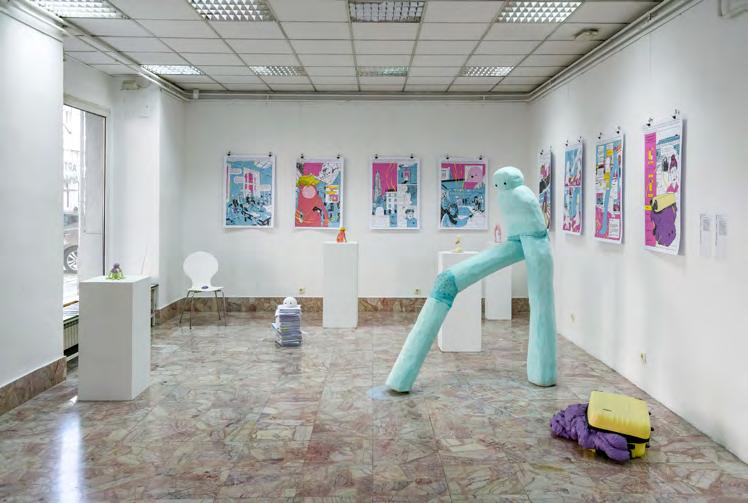

110
Galerija Art&CeRZe
Postav
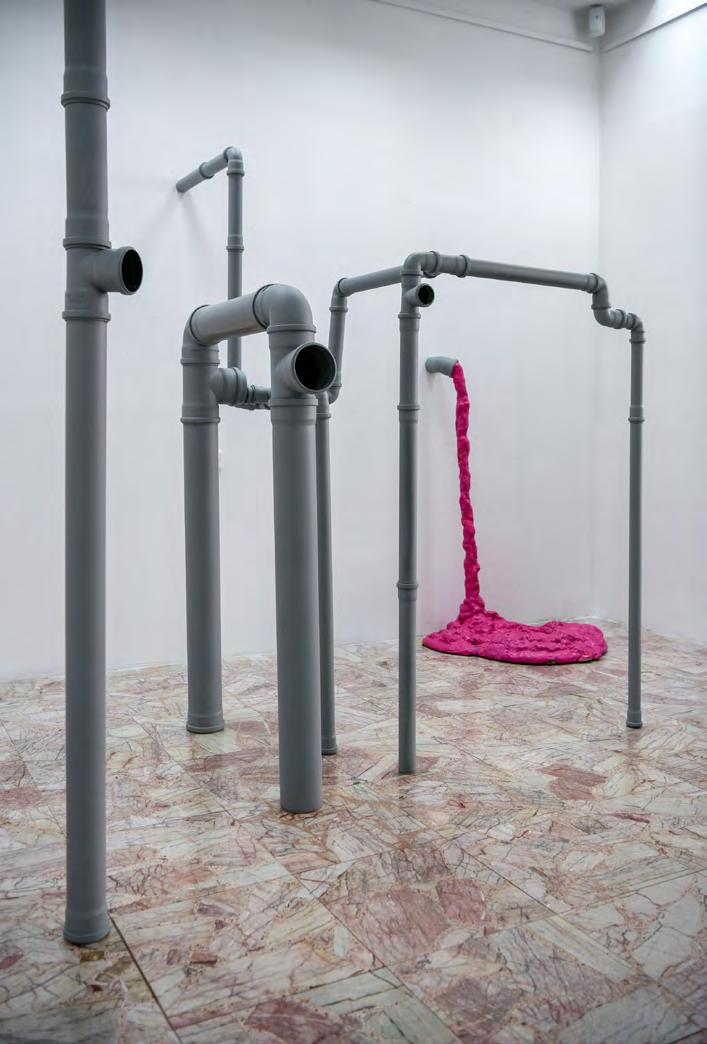
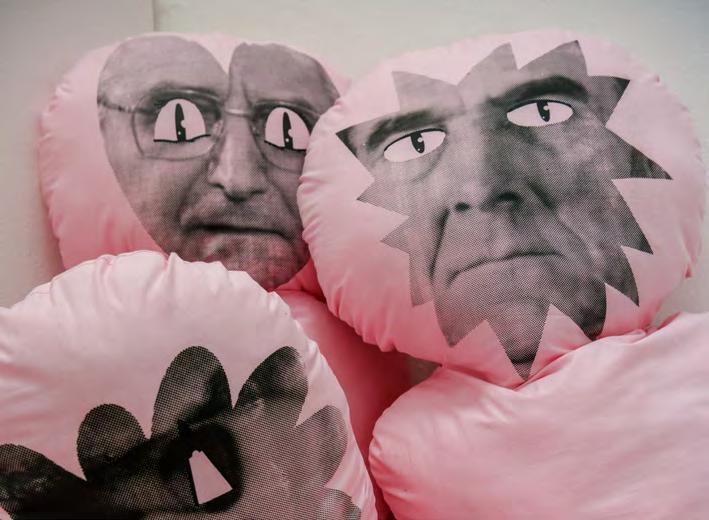
SITUACIJA 111 22.05. 16.06. 2024.
Gallery
Exhibition
ArtCe&Ze
S A L O N M L A D I H
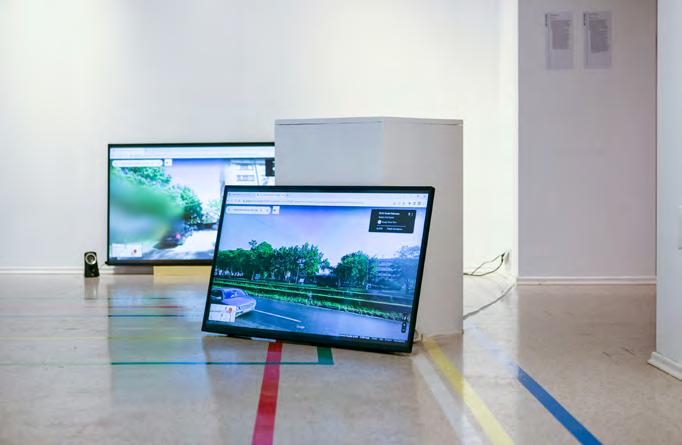


112
Galerija AMZ
Postav

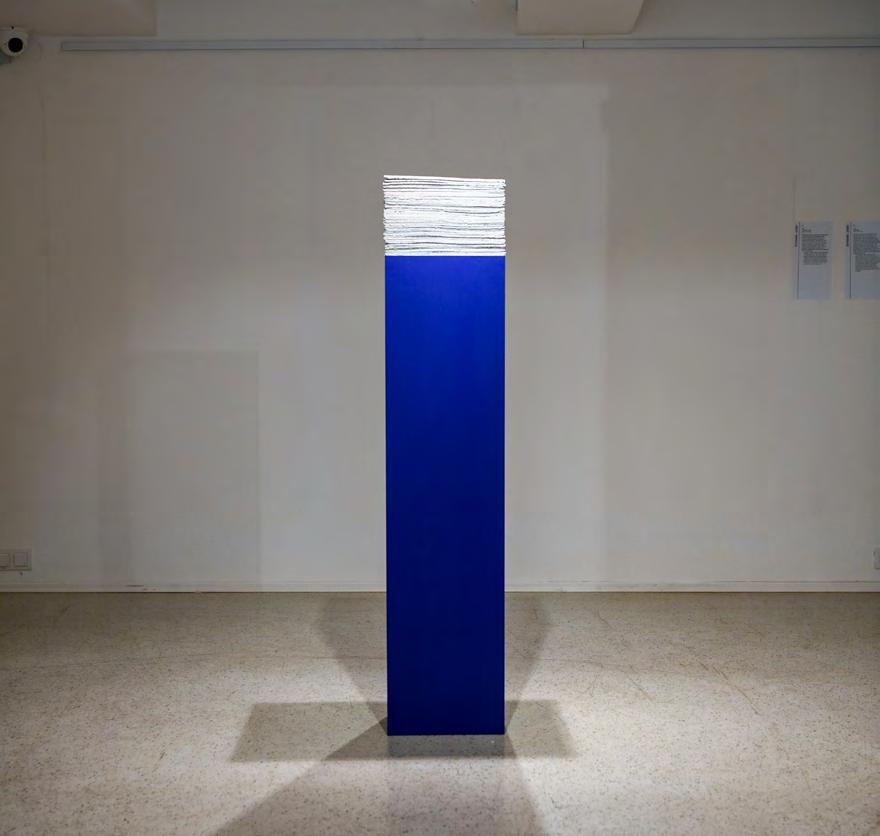
SITUACIJA 113 22.05. 16.06. 2024.
Gallery AMZ
Exhibition
S A L O N M L A D I H



114
Postav Arheološki muzej
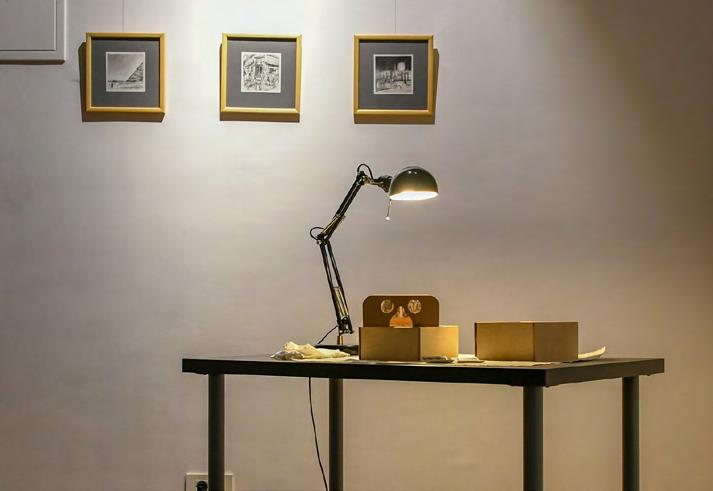

SITUACIJA 115 22.05. 16.06. 2024.
Exhibition Archeological Museum
S A L O N M L A D I H


116
Postav Arheološki muzej
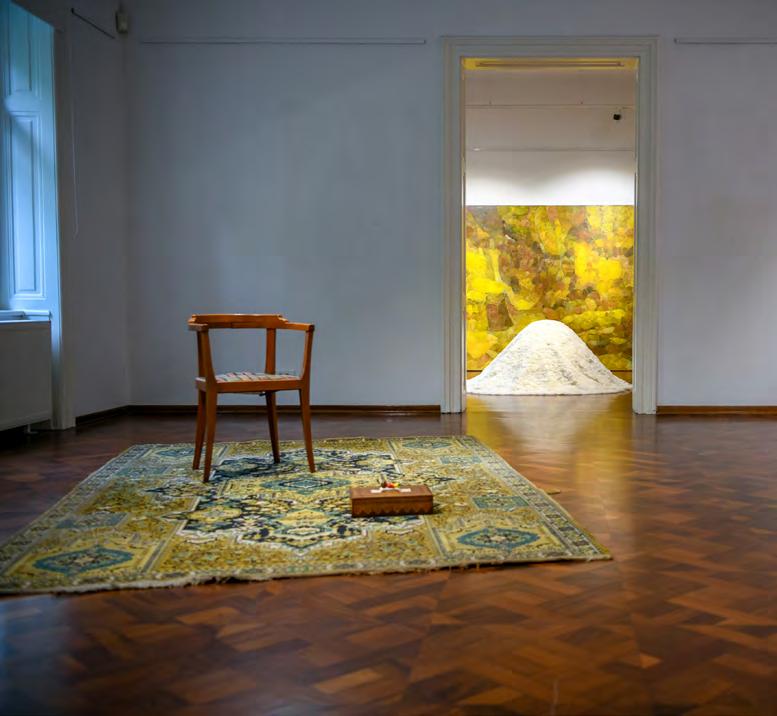
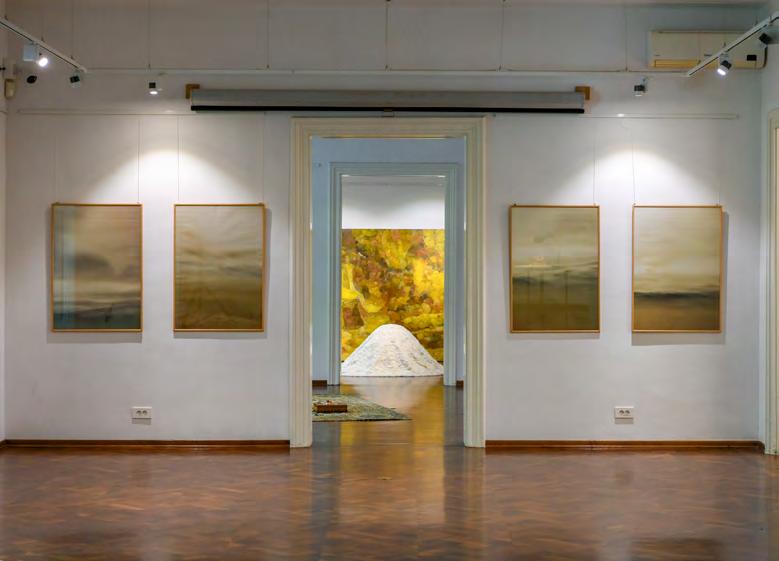
SITUACIJA 117 22.05. 16.06. 2024.
Exhibition Archeological Museum
S A L O N M L A D I H
Marlen Ban
Lucija Bogunović
Šimun Bućan
Klara Burić Latinčić
Marko Dajak
Lora Elezović
Nikola Grabovac
Josipa Henizelman
Ivan Jakovljević
Marta Katavić
Manuela Košević
Katarina Kožul
Josip Kresović
Luka Kušević
Anamarija Kvas
Antonia Magdić
Mia Matijević Akrap
Zdenko Mikša
Alba Miočev
Manuela Pauk
Gaia Radić
Marina Rajšić
Josip Rončević
Nikola Skušić
Luka Tomić
Matej Vuković
118
SITUACIJA 119 22.05. 16.06. 2024.
S A L O N M L A D I H
Marlen Ban
Grafiti na platnu
2024.
vez, 190 x 200 cm
S ciljem propitivanja razine ženske emancipacije u suvremenom društvu, u procesu izrade rada Grafiti na platnu, autorica kombinira dvije umjetničke tehnike čiji su kontekst i shvaćanje kroz povijest dijametralno suprotni, a opet bliski po tome što ih povezujemo s pružanjem otpora u javnom prostoru kroz komuniciranje jasnim, kratkim i identitetskim porukama.
Tehnika vezenja, kroz povijest shvaćena kao ženska obveza i/ili razonoda u okrilju privatne sfere ili kao umjetnička tehnika „prirođena” ženama, čime se često opravdavalo isključivanje žena iz ostalih umjetničkih disciplina, unutar feminističkog diskursa postaje simbol otpora protiv tradicionalnih društvenih normi u javnoj sferi. U feminističkoj suvremenoj umjetnosti vezenjem se tako kritiziraju patrijarhalne strukture. Pretvarajući grafite iščitane u prostorima poznatih okupljališta mlade alternativne scene u izvezene parole, umjetnica propituje slobodu ženske seksualnosti, individualnog iskustva, čije je dovođenje u pitanje pod direktnim utjecajem sustava rodne nejednakosti i odnosa moći, naslanjajući se na dobro poznati slogan –osobno je političko!
Graffiti on Canvas
2024
embroidery, 190 x 200 cm
With the aim of exploring the level of female emancipation in contemporary society, through the process of creating the work Graffiti on Canvas, the artist combines two artistic techniques, whose contexts and understandings throughout history are diametrically opposed, yet are closely linked in their association with resistance in public space through communicating with clear, short and identity messages.
The technique of embroidery, historically understood as a female obligation and/or pastime within the realm of the private sphere or as an artistic technique “inherent” to women and often used to justify the exclusion of women from other artistic disciplines, within feminist discourse becomes a symbol of resistance against traditional social norms in the public sphere. In contemporary feminist art, embroidery is thus used to critique patriarchal structures—transforming graffiti typically found in well-known gathering places of the young alternative scene into embroidered slogans, the artist questions the freedom of female sexuality, individual experience, the questioning of which is directly influenced by the system of gender inequality and power relations, referring to the well-known slogan - the personal is political!
120
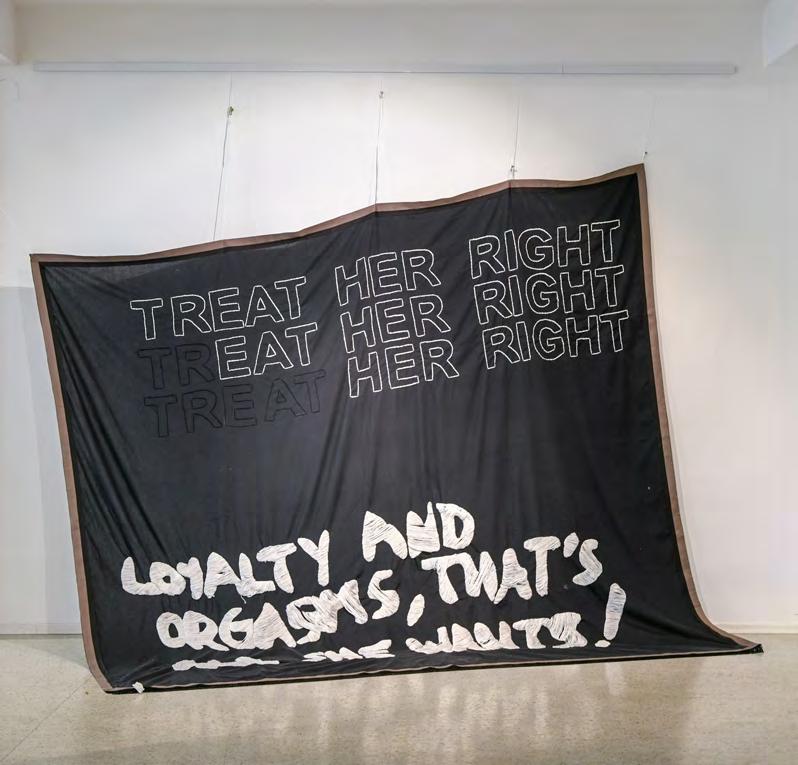
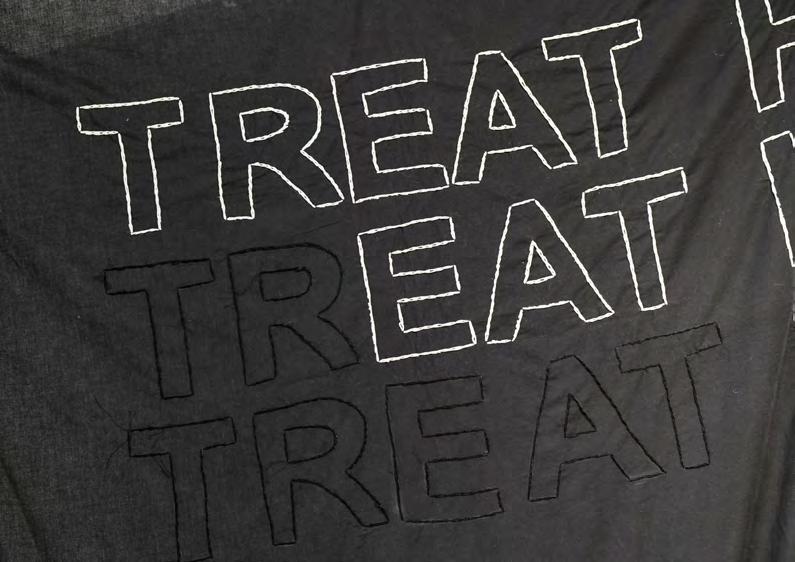
SITUACIJA 121 22.05. 16.06. 2024.
pohvala / aknowlidgement
37. SALON MLADIH
37th YOUTH SALON
Lucija Bogunović
S A L O N M L A D I H
the window on the northern side looked out onto a block of purple buildings
2023.
video instalacija, 5 x 5’
Serija kratkih filmova inspirirana je poezijom mladih mađarskih pjesnika, koje su u umjetnici potaknule želju za istraživanjem višeznačnosti pojma “doma” – kao krova nad glavom, kao privilegija i mjesta utočišta, ali i kao nečeg neodređenog – prostora i/ili osjećaja koji se može iznova graditi i prilagođavati. Kako bi se preispitalo navedeno, naracija slijedi pjesmu Cement Factory, Autumn Mónike Ferencz, knjigu Prorok Khalila Gibrana te autoričine vlastite opise soba koje su joj služile kao privremeni dom. Prikazano je pet zgrada, čije su snimke preuzete s Google Street Viewa kako bi se objektivan pogled doveo u kontrast s intimnim, privatnim odnosom prema tim prostorima. Taj se odnos naglašava statičnim, dugim i sporim sekvencama koje prikazuju “skeniranje” zgrada i njihove okoline, odnosno onoga što čini “dom” u fizičkom i osjetilnom smislu.
2023
video installation, 5 x 5’
The series of short films is inspired by the poetry of young Hungarian poets, which inspired the artist to explore the ambiguous concept of “home” — as a roof over one’s head, as a privilege and a place of refuge, but also as something vague — a space and/or feeling that can be rebuilt and readapted. To explore these ideas, the narrative follows the poem Cement Factory, Autumn by Mónica Ferencz, the book The Prophet by Khalil Gibran and the artist’s own description of the rooms that served as her temporary home. The work features five buildings, the images of which were taken from Google Street View to contrast the objective view with the intimate, private relationship to these spaces. This relationship is emphasised by static, long, and slow sequences that show the “scanning” of buildings and their surroundings, that is, of what constitutes a “home” in physical and sensory sense.
122

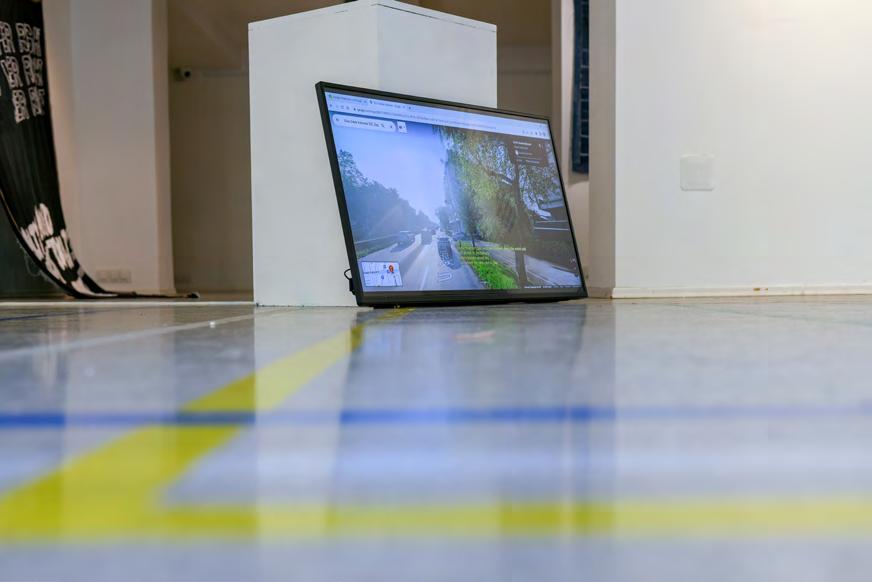

SITUACIJA 123 22.05. 16.06. 2024.
Šimun Bućan
Zadnja križaljka
S A L O N M L A D I H
2023.
readymade - stolac, duplo lego kocke, kutija, tepih
75 x 190 x 290 cm
Prema nekim je tumačenjima već i sam proces sjećanja arhivski postupak –razvrstavamo, pohranjujemo i po (ne)svjesnoj potrebi izvlačimo fragmente prošlosti koje zatim smještamo u novi kontekst. Fizički predmeti pritom djeluju kao podsjetnici ili „okidači” koji pobuđuju slike iz prošlosti te emocije povezane s njima – nejasne tragove ili bljeskove. Povratkom u očuvani ambijent napuštenog doma, umjetnik sažima svoj odnos prema tom prostoru zadržavajući vremenski odmak te promišljajući o vizualnim ostacima isprepletenih uspomena: „Stolac, parazit, donesen u egzilu, na kojem se pilo, jelo, rješavalo križaljke, odmaralo i umiralo. Stolac, korišten zadnji puta u uzbuni, bio je najbliži objekt koji je poslužio svojoj svrsi, ali nikada nije korišten kasnije. Natopljen krvlju tijela svog konačnog ‘sjedioca’, ostaje kao artefakt zadnjoj etapi života. Tepih kao podsjetnik životne topline svoje vlasnice i njezine sobe, ali i moja dječačka igraonica na kojoj sam se valjao, trčao, sjedio i igrao. Škrinja uspomena puna parafernalije njezinog odrastanja, mladenačkog života i starosti, pretvorena u postament od Lego kocaka kojima nedostaje onaj finalni ‘klik’, čuva kompoziciju mojeg zadnjeg pogleda”.
The Last Crossword Puzzle
2023
readymade - chair, Duplo Lego blocks, box, carpet
75 x 190 x 290 cm
According to some interpretations, the very process of memory is an archival process—we sort, store, and out of (un) conscious need, extract fragments of the past, which we then place in a new context. Physical objects act as reminders or “triggers” that evoke images from the past and the emotions associated with them— vague traces or flashes. Returning to the preserved ambience of an abandoned home, the artist summarizes his relationship with that space, maintaining a temporal distance and reflecting on the visual remnants of intertwined memories: “The chair, a parasite, brought into exile, on which people drank, ate, solved crossword puzzles, rested, and died.
The chair, last used during an emergency alarm, was the closest object that served its purpose but was never used afterwards. Soaked in the blood of the body of its final ‘sitter,’ it remains an artefact of the last stage of life. The carpet, a reminder of the warmth of life of its owner and her room, but also my childhood playroom where I rolled, ran, sat, and played. The trunk of memories full of the paraphernalia of its growing up, youth, and old age, transformed into a pedestal of Lego blocks lacking that final ‘click,’ preserving the composition of my last gaze.”
124

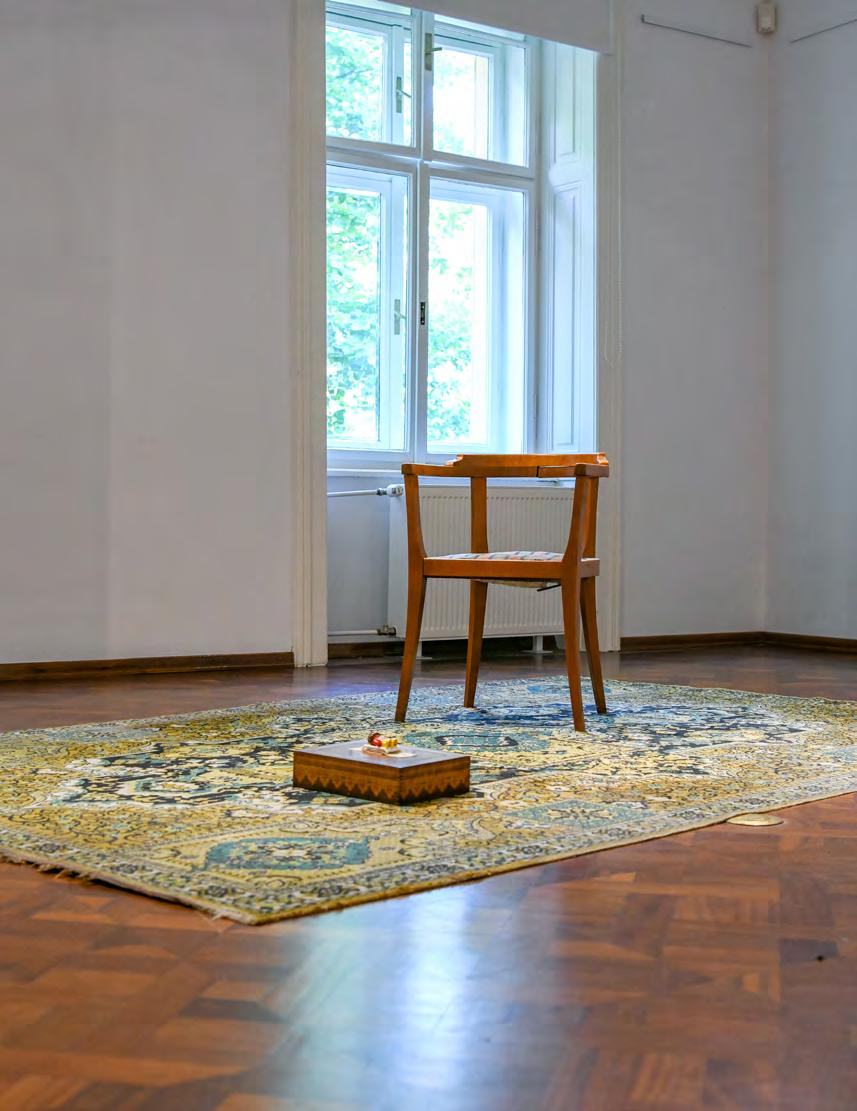
SITUACIJA 125 22.05. 16.06. 2024.
Klara Burić Latinčić
S A L O N M L A D I H
Voli me, ne voli me
2024.
multimedijska instalacija
izrada aplikacije:
Ella Gracin
Polazeći od popularne dječje igre, umjetnica nam predočava svoj odnos s kulturnom scenom –temelji li se on na ljubavi, predanom radu i podršci ili ovisi o čimbenicima na koje ne možemo utjecati, poput “sreće”, te isplati li se u njega i dalje ulagati? Voli me, ne voli me… Financijska nesigurnost, ovisnost o raznim angažmanima, potporama i drugim izvorima prihoda koji često ne ostavljaju vremena i slobode za razvoj kreativnosti i procese potrebne za produkciju radova, samo su neki od problema s kojima se umjetnici (i drugi kulturni radnici) danas susreću. U beskrajnoj potrazi za odgovorom, prepuštajući laticama tratinčica da razriješe autoričinu dilemu, umjetnica pokazuje kako ni u trenucima povjeravanja odluke sudbini nije spremna prihvatiti ishod koji ne uključuje njezinu volju, nego iznova kida dijelove ovoga cvijeta, komadajući tako i svoje promjenjive emocije.
Loves me, loves me not
2024
multimedia installation
application development
Ella Gracin
Inspired by the popular children’s game, the artist presents her relationship with the cultural scene — is it based on love, dedicated work and support, or does it depend on factors beyond our control, such as “luck” and is it worth continuing to invest in it? Loves me, loves me not... Financial insecurity, dependence on various engagements, support and other sources of income that often leave no time and freedom for the development of creativity and the processes necessary for the production of works, are just some of the problems that artists (and other cultural workers) face today. In an endless search for an answer, entrusting the daisy petals to resolve the artist’s dilemma, the artist shows that even in moments of entrusting the decision to fate, she is not ready to accept an outcome that does not involve her will, but rather tears the parts of this flower anew, thus tearing apart her changing emotions.
126
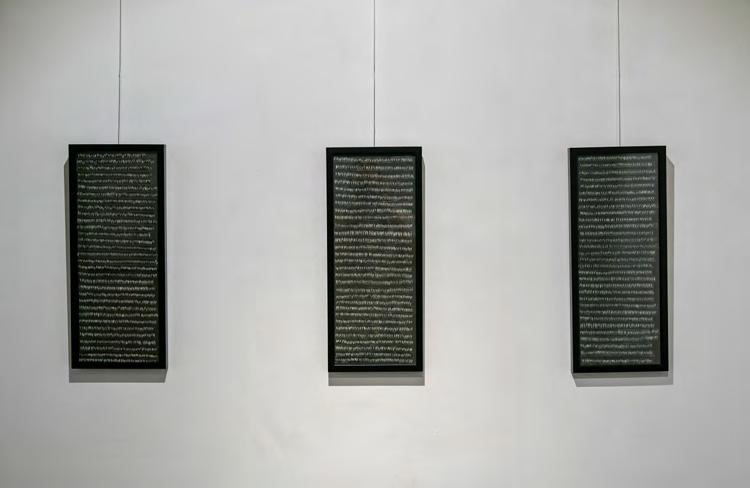

SITUACIJA 127 22.05. 16.06. 2024.
S A L O N M L A D I H
Marko Dajak
(Ne)radnik
2021. - 2022. prostorna instalacija
Potaknut razočaranjem u sustav koji zahtijeva administrativne procedure, novčane i vremenske troškove te brojne druge napore koje nezaposlena osoba mora poduzeti kako bi možda dobila priliku konkurirati za radno mjesto na koje se prijavljuje, umjetnik nalazi način da vizualno opiše put koji prolazi u vrijeme korona-krize kada je u potrazi za poslom. Koristeći programski software koji prati i bilježi kretanje kursora po ekranu, autor uspijeva grafički mapirati virtualne kretnje, kreirajući istovremeno zanimljive likovne kompozicije s težištem na duhovitom načinu “obračunavanja” s ovim frustrirajućim razdobljem
(Non)worker
2021 - 2022 installation
Inspired by disillusionment with a system that demands administrative procedures, financial and time costs, and the many other efforts that an unemployed person must make to possibly have a chance to apply for the job they are seeking, the artist finds a way to visually describe the path he takes during the time of the corona crisis when he is in search of a job. Using software that tracks and records cursor movement on the screen, the artist manages to graphically map virtual movements, simultaneously creating interesting visual compositions with an emphasis on a humorous way of “settling scores” with this frustrating period.
128


SITUACIJA 129 22.05. 16.06. 2024.
S A L O N M L A D I H
Stereoskop
2024. prostorna instalacija
Lora Elezović
Stereoscope
2024 installation
Fotografski zabilježene trenutke i uspomene s putovanja umjetnica pretvara u stereoskopske crtaće kartice – 3D razglednice pune skrivenih detalja, simbola i intimnih značenja. Precizno izvodeći kartice i optički aparat koji dvije dvodimenzionalne slike istoga predmeta kombinira tako da promatrač dobiva dojam trodimenzionalnosti, autorica materijalizira proces sjećanja reagirajući tako na jednu od prisutnijih tema na suvremenoj umjetničkoj sceni – istraživanje osobnih arhiva. Gotovo pa meditativnim pristupom detaljistički izvedenim crtežima, Lora Elezović ponovno proživljava trenutke iz prošlosti omogućujući i posjetiteljima da kroz detektivski pristup u ponuđeni sadržaj upišu nova značenja određena individualnim iskustvima.
The artist transforms photographically captured moments and memories from her travels into stereoscopic image cards — 3D postcards full of hidden details, symbols and intimate meanings. With precision in creating the cards and the optical device that combines two-dimensional images of the same object in a way that gives the observer the impression of three-dimensionality, the artist materialises the process of memory, thus responding to one of the most prevalent themes in the contemporary art scene — the exploration of personal archives. With an almost meditative approach to detailed drawings, Lora Elezović relives moments from the past, allowing visitors to inscribe new meanings determined by individual experiences into the offered content through a detective approach.
130


SITUACIJA 131 22.05. 16.06. 2024.
Nikola Grabovac
Game
of
Luck
S A L O N M L A D I H
Igra sreće (iz serije Soulscapes)
2024.
akril na platnu, 90 x 70 cm
Igra ljubavi (iz serije Soulscapes)
2024.
akril na platnu, 90 x 70 cm
Ove scene, poput rebusa, kroz niz metafora i primjenu boja simbolički ocrtavaju egzistencijalna i društvena pitanja koja zaokupljaju umjetnika, a na koja on odgovara stvarajući odnose temeljene na bliskosti, toplini i skladu.
(from the series Soulscapes)
2024
acrylic on canvas, 90 x 70 cm
Game of Love (from the series Soulscapes)
2024
acrylic on canvas, 90 x 70 cm
These scenes, like the rebus, through a series of metaphors and the use of colours, symbolically outline the existential and social issues that occupy the artist, and to which he responds by creating relationships based on closeness, warmth and harmony.
132
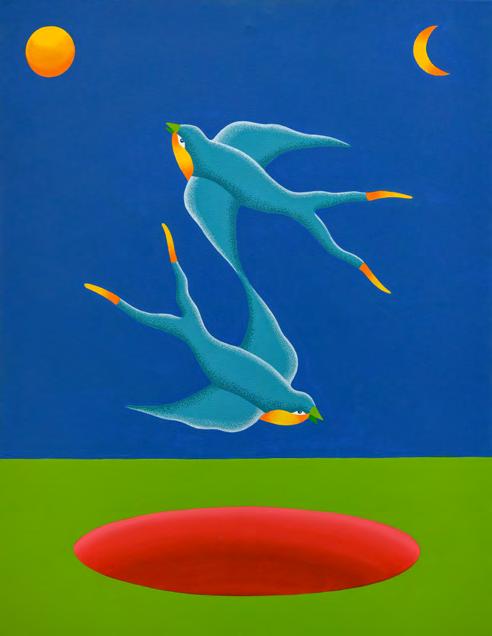

SITUACIJA 133 22.05. 16.06. 2024.
S A L O N M L A D I H
Novo nebo i nova zemlja
2024.
inkjet print, 4 x (100 x 70 cm)
Josipa Henizelman
New Heaven and New Earth
2024
inkjet print, 4 x (100 x 70 cm)
Rad Novo nebo i nova zemlja primjer je poigravanja s medijem i aktiviranja pogleda, odnosno nastavka istraživanja temeljnoga pitanja u polju vizualne umjetnosti – što i kako gledamo – izazovnog pitanja u današnje vrijeme kada smo okruženi vizualnim sadržajem osmišljenim prema principu kratkotrajnog privlačenja pogleda. Riječ je o fotografijama svojevrsnih vizualnih tragova koje asociraju na pejzaže, a promatrača vode kroz proces preobrazbe koji nadilazi materijalnu, prikazivačku stvarnost. Proučavajući ove radove pitamo se nije li riječ o poznatim mjestima iz sjećanja, obavijenima maglom, a opet tako jasnima – fragmentima koji nagovještavaju početak ili kraj transformacije osjećaja, misli ili emocionalnog stanja, no i cikličnost koju u tim izmjenama jasnog i nejasnog ili poznatog i nepoznatog, život podrazumijeva.
The work New Heaven and New Earth is an example of playing with the medium and activating the gaze, i.e. the continuation of research into the fundamental question in the field of visual art—what and how we look—a challenging question in today’s world where we are surrounded by visual content designed for fleeting attention. These are photographs of a kind of visual traces resembling landscapes, that take the observer through a process of transformation that transcends material, representational reality. Studying these works, we wonder if these are familiar places from memory, shrouded in mist, yet so clear— fragments that hint at the beginning or end of the transformation of feelings, thoughts, or emotional states, but also the cyclicality that life implies in these alternations of clarity and obscurity, or the known and the unknown.
134
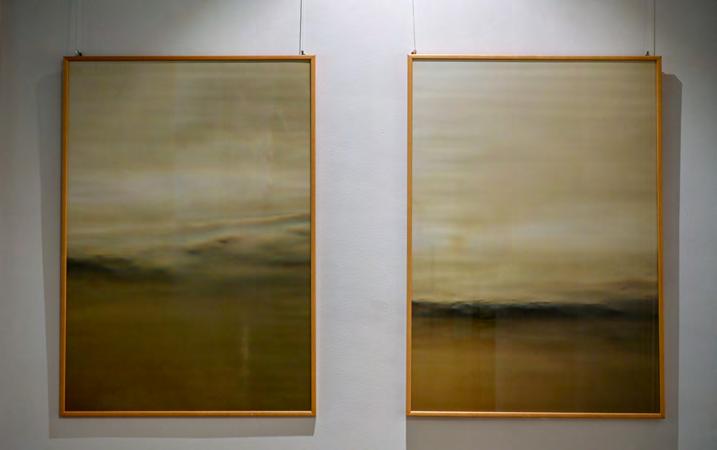

SITUACIJA 135 22.05. 16.06. 2024.
Marta Katavić
S A L O N M L A D I H
Film 2023.
ulje na platnu, 3 x (40 x 40 cm)
Druga vremena 2022.
ulje na platnu, 30 x 40 cm
Namjera 2022.
ulje na platnu, 30 x 40 cm
Filozofija 2022.
ulje na platnu, 30 x 40 cm
Ćaopusakbok 2022.
ulje na platnu, 30 x 40 cm
Što je uspomena? Je li ona uvijek slika koju sami stvaramo, u koju upisujemo značenje fiksirajući se za neki djelić konteksta, dojma ili vizualne cjeline koje se sjećamo ili mislimo da se sjećamo? Definicijsko ju tumačenje opisuje kao „trajno”, no pod utjecajem iskustava koje utječu na promjenu pogleda, uspomena mijenja svoj oblik, pobuđuje drukčije emocije, iščezava i unatoč tome što je njezino „čitanje” određeno trenutkom u kojemu se budi, ona uvijek ostaje u prošlosti. U svom radu umjetnica materijalizira taj povratak unatrag – slika se pred našim očima raslojava, iza apstraktne površine nazire se figurativni motiv – ljudsko lice ulovljeno između vremenskih razdoblja i slikarskog tretmana površine, koji s promatračem komunicira s jedne strane putem jasnih, prepoznatljivih elemenata, a s druge ga uvlači u autoričin intuitivan i intiman proces evociranja sjećanja i stvaranja.
Film 2023
oil on canvas, 3 x (40 x 40 cm)
Other times 2022 oil on canvas, 30 x 40 cm
Intention 2022 oil on canvas, 30 x 40 cm
Philosophy 2022 oil on canvas, 30 x 40 cm Ciaokissbye 2022 oil on canvas, 30 x 40 cm
What is a memory? Is it always an image that we create ourselves, into which we inscribe meaning by fixating on a fragment of context, impression, or visual whole that we remember or think we remember? The definitional interpretation describes it as “permanent” but under the influence of experiences that affect the change of perspective, memory changes its form, evokes different emotions, fades away, and despite its “reading” being determined by the moment in which it is awakened, it always remains in the past.
In her work, the artist materializes this journey to the past— the image unfolds before our eyes, behind the abstract surface emerges a figurative motif— a human face captured between temporal periods and the painterly treatment of the surface, which communicates with the observer on one hand through clear, recognizable elements, and on the other draws them into the artist’s intuitive and intimate process of evoking memories and creation.
136

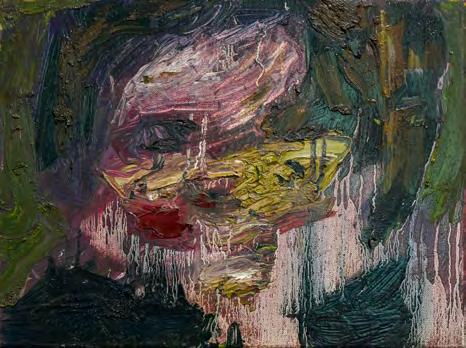


SITUACIJA 137 22.05. 16.06. 2024.
Kontrapunkt nagrada
Vladimir Dodig Trokut, Iva Vraneković Umjetnici umjetniku
S A L O N M L A D I H
Fasada
2024.
kombinirana tehnika (video projekcija i tekstil)
Katarina Kožul
Instalacija Fasada dio je serije radova i kontinuiranog istraživanja pojmova rada i odgovornosti te različitih ženskih iskustava. Rad je sastavljen od video projekcije te instalacije sačinjene od trapera, kroz koji se autorica referira na međunarodnu kampanju Denim day kao znaka solidarnosti sa žrtvama seksualnog nasilja. U video dokumentaciji performansa autorica čisti fasadu zgrade Akademije primijenjenih umjetnosti u Rijeci gdje je pohađala studij. Potaknuta problemom seksualnog uznemiravanja i nasilja na fakultetu i suočavanjem s nekvalitetnim sustavom pružanja pomoći, umjetnica jednostavnom gestom ukazuje na prisutnost problema o kojemu se šuti.
Koristeći vodu, četku, spužvu i krpu, autorica
“čisti” vanjštinu zgrade fakulteta, s namjerom ukazivanja na preveliku brigu o ugledu i reputaciji institucije, nemoćnost studenata naspram viših pozicija moći te sve češće slučajeve nasilja u akademskoj zajednici.
Façade
2024
mixed media (video projection and textile installation)
The installation Facade is part of a series of works and a continuous exploration of the concepts of labour and responsibility and various women’s experiences. The work consists of a video projection and an installation made of denim, through which the artist refers to the international campaign Denim Day as a sign of solidarity with victims of sexual violence. In the video documentation of the performance, the artist cleans the facade of the building of the Academy of Applied Arts in Rijeka where she studied. Driven by the problem of sexual harassment and violence at the Academy and facing an inadequate system of support, the artist, with a simple gesture, points out the presence of a problem that is often silenced.
Using water, a brush, a sponge and a cloth, the artist “cleans” the exterior of the Academy building, intending to draw attention to the excessive concern for the institution’s image and reputation, the powerlessness of students in the face of higher positions of power, and the increasingly frequent cases of violence in the academic community.
138
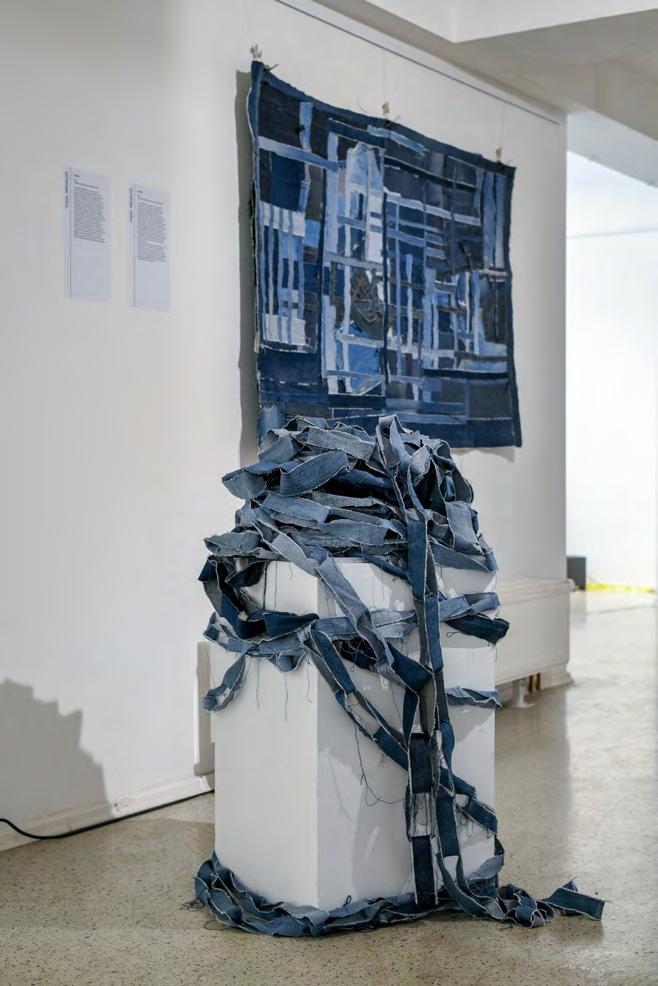
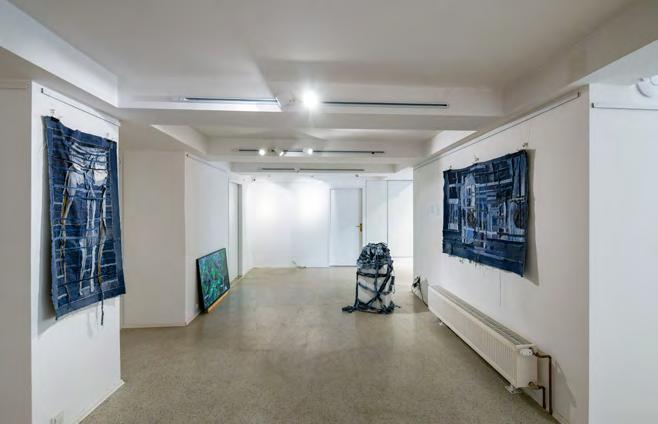
SITUACIJA 139 22.05. 16.06. 2024.
S A L O N M L A D I
H
2023.
kombinirana tehnika
139,5 x 29,7 x 21 cm
Josip Kresović
Dokumenti Centra za spolno zdravlje jedanaest su godina punili police skladišta, a nakon isteka tog zakonskog roka uništavani su u rezalici za papir. Rezalica se mjesecima polako punila i praznila, a taj postupak bi se usred burne smjene shvaćao kao neka vrsta smiraja. Radom 11 pune vreće sada uništenog nejasnog materijala, godine starih nalaza, uputnica, anonimnih pisama o diskriminaciji i stigmatizaciji, prijavnica i odbijenica za edukaciju i osvještavanje javnosti materijalizirale su se u nešto trajno.
Potopljen u vodi i kaširan, ovaj uništeni papir formiran je natrag u masu standardizirane
A4 veličine posložene baš onako kao i na policama. Komprimirana povijest sažeta je u kaširanu formu predočenu promatraču, međutim, ove osjetljive informacije on više ne iščitava, već može samo naslutiti što je izbrisano. Sve je pred njim, ali i ništa. Vidi samo bjelinu i osjeća njezin teret.
2023
mixed media
139,5 x 29,7 x 21 cm
For eleven years, the sexual health centre kept its documents on the shelves of a storage room. After the legal deadline for keeping them expired, the documents were destroyed in a paper shredder. The shredder worked for months, filling and emptying slowly, creating a sense of calm amidst the chaos of change. With the work 11, bags full of nowdestroyed ambiguous material, years of old findings, referrals, anonymous letters about discrimination and stigmatisation, application forms and rejection letters for education and public awareness raising, have materialised into something permanent.
Submerged in water and turned into papier mache, this destroyed paper was formed back into a mass of standardised A4 size, stacked just as it had been on the shelves. The compressed history has been condensed into a papier mache presented to the observer, however, this sensitive information is no longer readable; one can only guess what has been erased. Everything is in before the observer, yet nothing. They see only whiteness and feel its weight
140
11
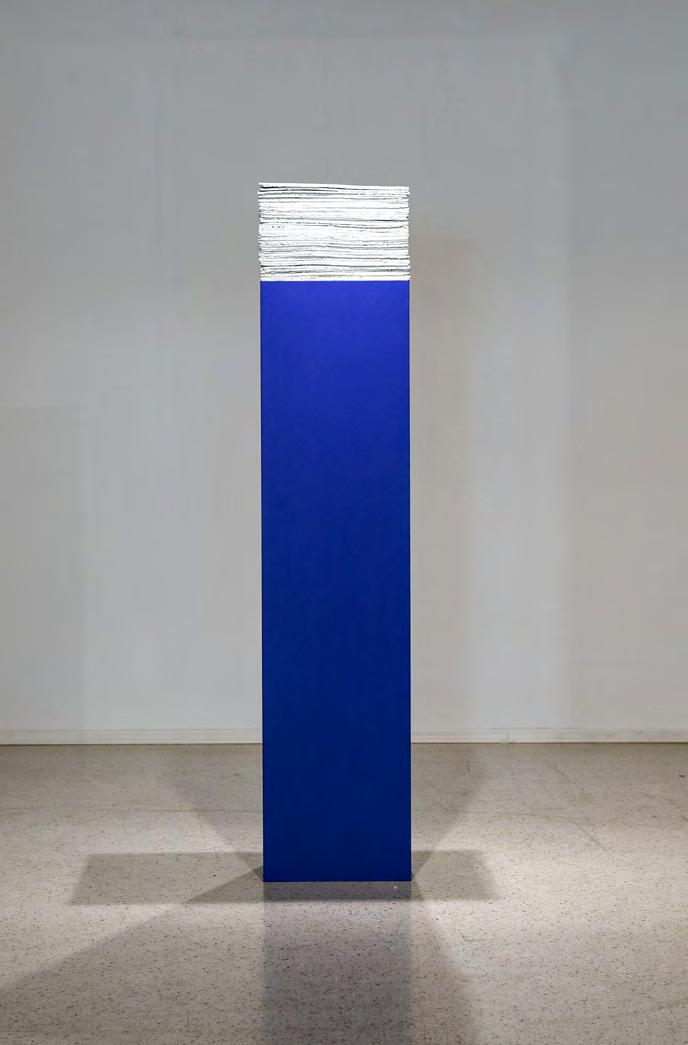

SITUACIJA 141 22.05. 16.06. 2024.
pohvala / aknowlidgement
37. SALON MLADIH
37th YOUTH SALON
Anamarija Kvas Manuela Košević
S A L O N M L A D I H
Squishy Feelings
2023.
prostorna instalacija i digitalne grafike
Rad Squishy Feelings personifikacija je specifičnih osjećaja nastalih kao odraz života u inozemstvu, posebice povezanih s poteškoćama s kojima su se umjetnice susrele kroz prilagodbu na nove okolnosti poput usamljenosti, nerazumijevanja okoline, jezičnih prepreka i/ili drugačije percepcije protoka vremena. Narativnost umjetničkog rada rezultat je razgovora između umjetnica o iskustvu Erasmus razmjena – samostojeće skulpture od tkanine, vune, keramike i drva tako predstavljaju jedinstven osjećaj, koji čini cjelinu s pratećim opisom u formi stripa.
2023
installation and digital graphics
The work Squishy Feelings is the personification of specific feelings stemming from life abroad, especially those related to the challenges the artists encountered while adapting to new circumstances such as loneliness, lack of understanding of their surroundings, language barriers, and/or a different perception of the passage of time. The narrative of the artwork is the result of a conversation between the artists about their experiences during an Erasmus exchange — the free-standing sculptures made of fabric, wool, ceramics and wood thus represent a unique feeling, which is complemented by the accompanying description in the form of a comic strip.
142
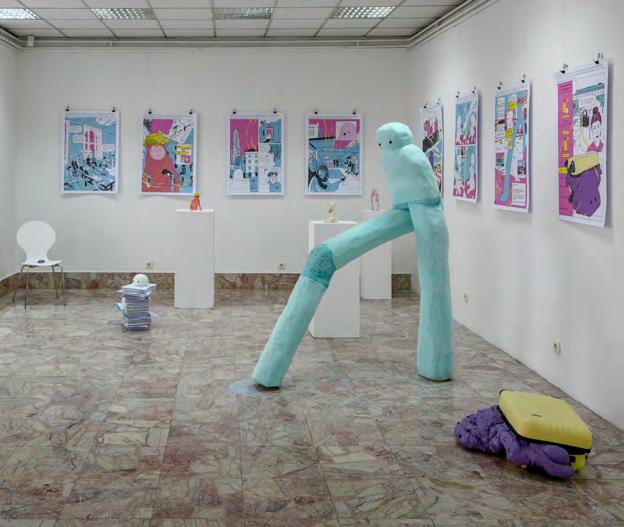

SITUACIJA 143 22.05. 16.06. 2024.
S A L O N M L A D I
HIz slikarskog ciklusa Ovremenjeni prostor
2023.
ulje na platnu
200 x 300 cm
S polazištem u preispitivanju percepcije kao iluzije stvarnosti, Luka Kušević zalazi iza „vidljivog“. Riječ je o slikama građenima od ploha boje koje sugeriraju nepredmetnu stvarnost, no u kojima istovremeno kao da prepoznajemo pejzaže i druge oblike pojavnog svijeta. Prostor u transformaciji postaje neuhvatljiv te se u kombinaciji s vremenskim faktorom usložnjava kako bi na kraju u oku promatrača prestao postojati u kategoriji reprezentacije svijeta oko nas, te se preoblikovao u tijek misli, osjećaja i duhovnih stanja. Odnos „prije i poslije” nije važan jer kretanje se odvija u kontinuitetu pa – poput samog slikarskog procesa koji jednom kada je započet, umjetnika više ne vraća na početak stvaranja – gledatelja uvlači u proces preobrazbe te ga potiče da preispita suvremeno poimanje „smisla” u onome što je već viđeno, doživljeno i spoznano.
Luka Kušević
From the painting cycle Temporalised space
2023
oil on canvas
200 x 300 cm
With a starting point in questioning perception as an illusion of reality, Luka Kušević goes beyond the “visible.” His works are constructed from the planes of colours suggesting non-objective reality, yet at the same time, we seem to recognize landscapes and other forms of the material world within them. The transforming space becomes elusive, and in combination with the temporal factor, it becomes more complex, ultimately ceasing to exist in the category of representing the world around us in the observer’s eye, and instead transforming into a flow of thoughts, feelings, and spiritual states. The relationship of “before and after” is not important because movement occurs in continuity, thus — like the painting process itself, which once started, does not take the artist back to the beginning of creation — it draws the viewer into a process of transformation and encourages them to reconsider the contemporary understanding of “meaning” within what has already been seen, experienced, and understood.
144
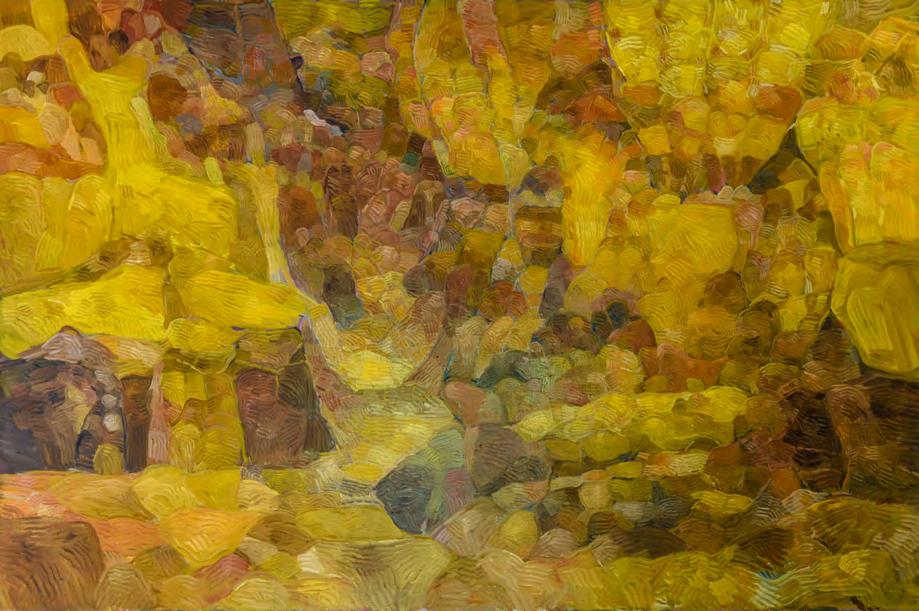
SITUACIJA 145 22.05. 16.06. 2024.
S A L O N M L A D I H
Sjećanja s jednog otoka
2022.
kombinirana tehnika
5 x (103 x 103 cm)
Antonia Magdić
Memories from an Island
2022
mixed media
5 x (103 x 103 cm)
Rad Sjećanja s jednog otoka problematizira prostorne promjene koje nastaju uslijed nekontroliranog ljudskog djelovanja na okoliš i protoka vremena zabilježenog u arhitekturi jednog otoka. Prikazuje se paralelno postojanje procesa koji karakteriziraju suvremeno društvo te, s druge strane, osobna sjećanja. Subjektivno se preispituje kratkotrajno oživljavanje prošlosti, odnosno sjećanja na otok Prvić “kakav je nekad bio”, a objektivno trajne urbanističke promjene, nastale kao posljedice turistifikacije i ljudskog djelovanja na okoliš.
The work Memories from an Island problematises the spatial changes that occur due to uncontrolled human impact on the environment and the passage of time recorded in the architecture of an island. It shows the parallel existence of processes that characterise contemporary society and, on the other hand, personal memories. Subjectively, it examines the brief revival of the past, i.e., the memory of the island of Prvić “as it once was”, and objectively, the permanent urban changes resulting from touristification and human impact on the environment.
146
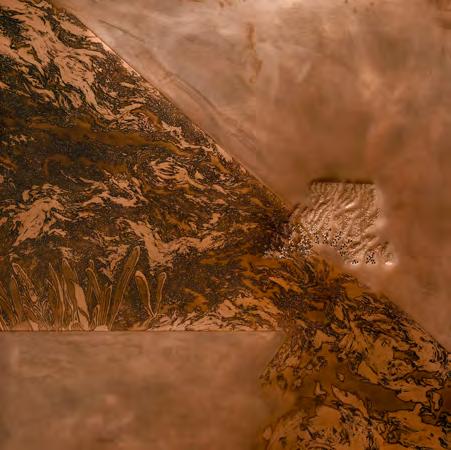
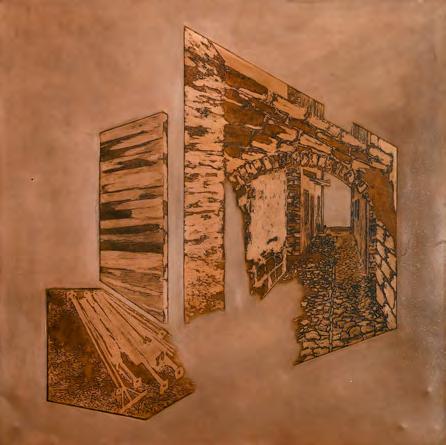

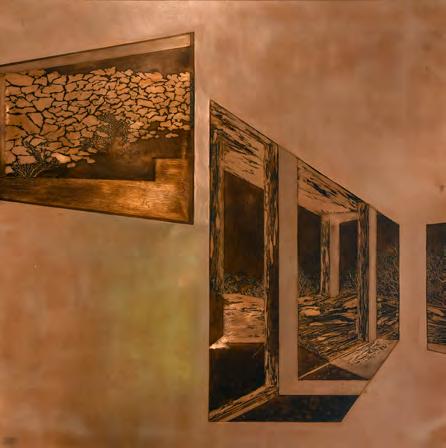


SITUACIJA 147 22.05. 16.06. 2024.
S A L O N M L A D I H
Stup zemaljskih naslada
2024
oslikana i glazirana keramika
Mia Matijević Akrap
Pillar of Earthly Delights
2024
painted and glazed ceramics
Stup zemaljskih naslada predstavlja artefakt suvremene arheologije naslanjajući se na poznatu posmrtnu umjetnost čovječanstva kroz koju dobivamo informacije o životu, vjerovanjima i običajima drevnih civilizacija. Njime se otvara dijalog između prošlosti, sadašnjosti i budućnosti, koji istovremeno istražuje komponente suvremenog identiteta. Inkorporirajući u rad slojeve antropoloških i autoreferencijalnih značenja, umjetnica promišlja o suštinskim konceptima životnog ciklusa kroz formu oslikane keramičke skulpture. Referirajući se na Boschov triptih Vrt zemaljskih naslada, ovaj rad bavi se iskustvom i izazovima ljudskog postojanja u kontekstu suvremene kulture i društva.
Pillar of Earthly Delights is an artefact of modern archaeology, drawing on the wellknown funerary art of humanity through which we gain insights into the lives, beliefs, and customs of ancient civilisations. It opens a dialogue between the past, present and future, simultaneously exploring the components of contemporary identity. Incorporating layers of anthropological and self-referential meanings into the work, the artist reflects on the fundamental concepts of the life cycle through the form of painted ceramic sculpture. Referring to Bosch’s triptych The Garden of Earthly Delights, this work deals with the experience and challenges of human existence in the context of contemporary culture and society.
148
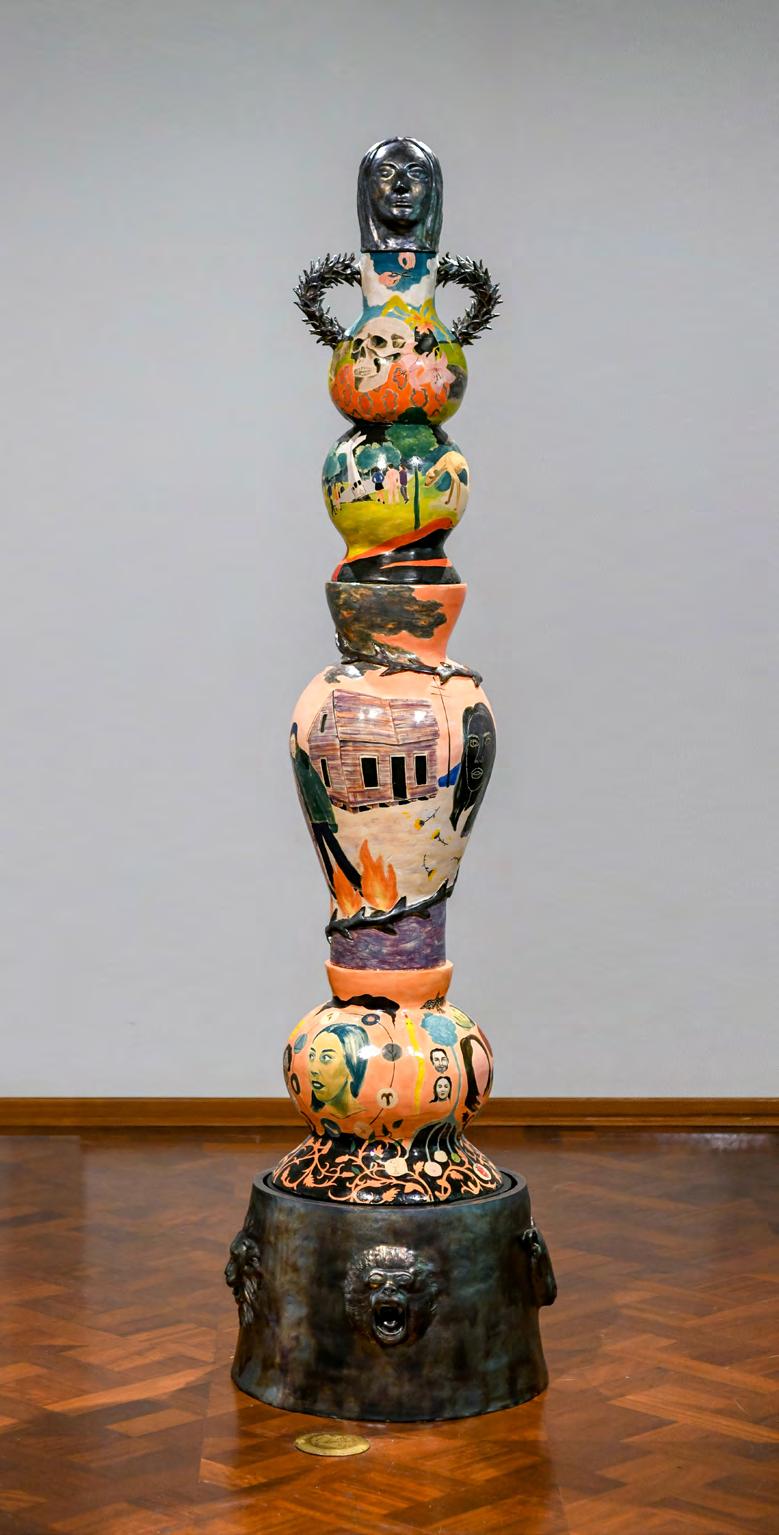
SITUACIJA 149 22.05. 16.06. 2024.
S A L O N M L A D I H
Kljucanje
2023. - 2024. video performans, 10’
Kljucanje je serija video performansa koja istražuje alternativne temporalnosti kroz svakodnevne rituale. Umjetnik se nalazi u središtu kadra, izvodeći rutinske aktivnosti dok se relevantni događaji odvijaju u pozadini. Djelo propituje konvencionalno shvaćanje vremena kao linearnog konstrukta usmjerenog na rutinske radnje. Prava tema Kljucanja je prolazno, periferno i neizmjerljivo epsko ništavilo. Naglašava se oslobađanje od ograničenja fokusa na konkretnu i važnu radnju. Fokus je na slučajnim elementima i pozadinskim događajima koji izazivaju propitivanje paradigme svjesnosti o stvarnim i važnim trenucima.
Zdenko Mikša
Pecking
2023 - 2024 video performance, 10’
Pecking is a series of video performances that explores alternative temporalities through everyday rituals. The artist appears in the centre of the frame and performs routine activities while relevant events occur in the background. The work challenges the conventional understanding of time as a linear construct focused on routine activities. The real theme of Pecking is the transient, peripheral, and immeasurable epic nothingness. It emphasises liberation from the constraints of focusing on a specific and important action. The focus is on random elements and background events, which provoke questioning of the paradigm of awareness of real and significant moments.
150
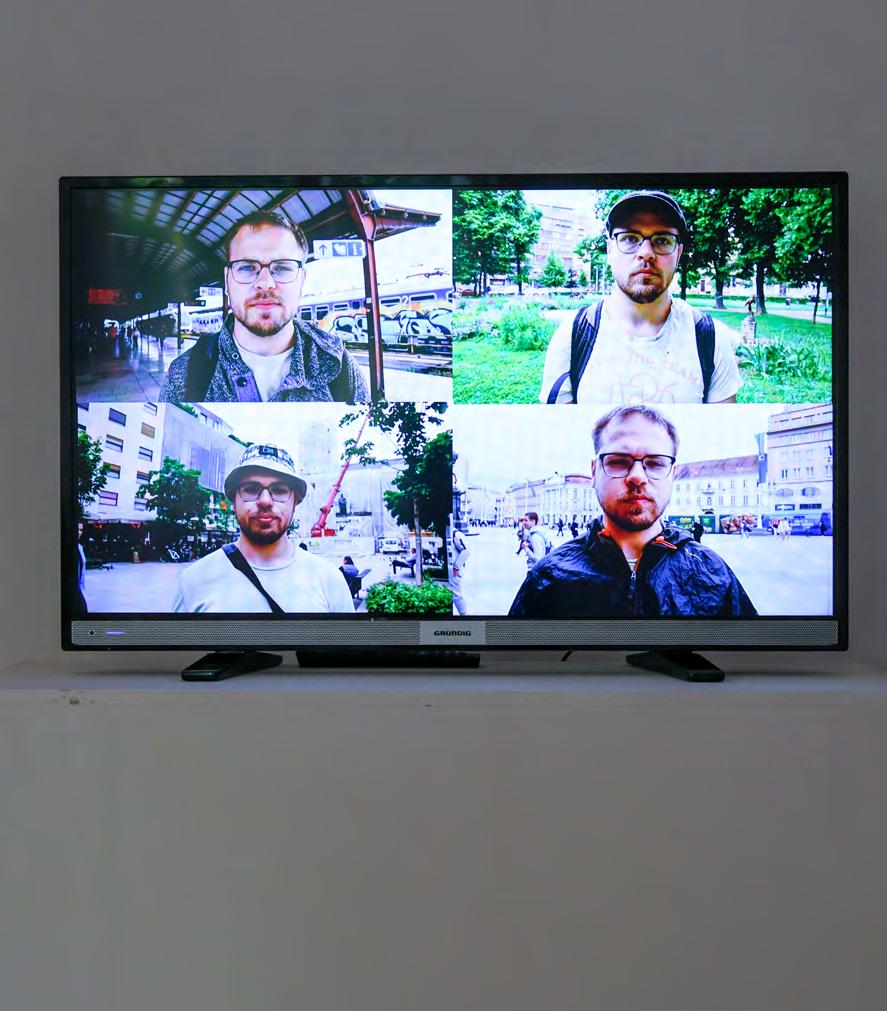
SITUACIJA 151 22.05. 16.06. 2024.
S A L O N M L A D I H
Dial-up
2024. kombinirana tehnika, 200 x 115 cm
Rad Dial-up sastoji se od dva kontrastna dijela – naslikanog, koji je rezultat brzog i spontanog pokreta, te ušivenog, koji proizlazi iz sporijeg, meditativnog principa rada. Oba dijela ovog nadrealnog prikaza svijeta, u kojemu se krećemo između stvarnog i nestvarnog, sadrže simbol bijega, s jedne strane od velike količine informacija koja nas u suvremeno doba zasipa sa svih strana, a s druge od stvarnosti u sjećanje, što tumačimo kao proces povezivanja i razumijevanja suprotnih i vremenski uvjetovanih segmenata vlastitog života – sebe u djetinjstvu i sebe danas te održavanja ravnoteže između (subjektivnog) stvaranja i (objektivne) svakodnevice.
Alba Miočev
2024 mixed media, 200 x 115 cm
The work of Dial-up consists of two contrasting parts — the painted part, which is the result of rapid and spontaneous movement, and the sewn part, resulting from a slower, meditative working principle. Both parts of this surreal representation of the world in which we navigate between the real and the unreal, contain a symbol of escape, on the one hand from the vast amount of information that bombards us from all sides in the modern age, and on the other, from reality into memory, which we interpret as a process of connecting and understanding opposite and temporally conditioned segments of our own lives —ourselves in childhood and ourselves today, and maintaining a balance between (subjective) creation and (objective) everyday life.
152

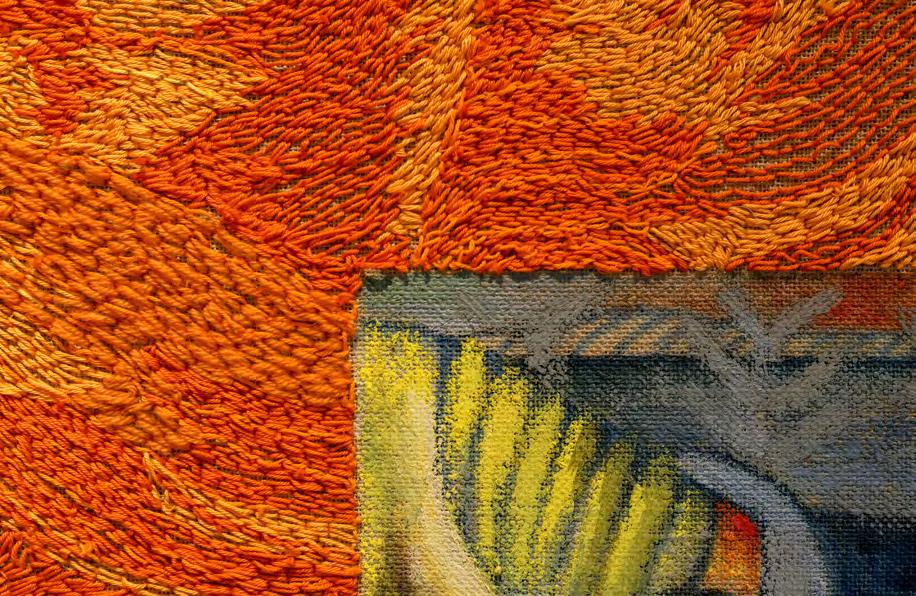
SITUACIJA 153 22.05. 16.06. 2024.
S A L O N M L A D I
HSpomenik uz put
2024.
skulptura
180 x 60 x 60 cm
Rad je nastao iz umjetničkog istraživanja biljaka koje rastu u međuprostorima, na rubovima, u procijepima unutar gradskog tkiva, poput pukotina asfalta ili betonskih rubnika. Umjetnica odabire motiv maslačka kao svakodnevni podsjetnik na ljudsko mijenjanje prirode. Riječ je o biljci koja raste na mjestima koja su naselili ljudi, a zbog bogate povijesti njezine uporabe u prehrambene ili, primjerice, medicinske svrhe, rad se istovremeno osvrće na povijest, asocira na isječak svakodnevice, ali djeluje i kao upozorenje na moguću ekološku katastrofu u budućnosti.
Manuela Pauk
Roadside Monument
2024 sculpture
180 x 60 x 60 cm
The work was created based on an artistic exploration of plants that grow in interspaces, at edges, and in crevices within the urban fabric, such as cracks in asphalt or concrete curbs. The artist chooses the motif of a dandelion as a daily reminder of how humans change nature. It is a plant that grows in areas inhabited by people, and due to the rich history of its use for food or, for example, medicinal purposes, the work simultaneously reflects on history, brings a fragment of everyday life, but also serves as a warning about a possible environmental catastrophe in the future.
154

SITUACIJA 155 22.05. 16.06. 2024.
S A L O N M L A D I H
Afterlife, What an Awful Word
2024.
3D animacija
Potaknuta istraživanjem novih područja računalne i biološke znanosti, poput organoidne inteligencije (OI), autorica uzima motiv geoloških formacija karakterističnih za vapnenačke špilje koje nastaju postupnim kapanjem vode kao ishodište za preispitivanje pojmova poput pristanka (consent), odnosno autonomije živih ili neživih objekata nad vlastitim nastankom (human and nonhuman agency) i filozofskog područja objektno orijentirane ontologije (OOO). Pritom preispituje odnos procesa koji prethodi nastanku nekog materijalnog objekta u korelaciji s pojmom “događaja” kako ga je definirao Gilles Deleuze, istovremeno problematizirajući neodrživost konzumerističkih načela kapitalističkog društva, prije svega u kontekstu rapidne urbanizacije i devastacije prirodnog prostora.
2024
Gaia Radić
3D animation
Inspired by the exploration of new areas of computer and biological science, such as organoid intelligence (OI), the artist takes the motif of geological formations characteristic of limestone caves formed by the gradual dripping of water as a starting point for rethinking concepts such as consent, i.e. human and nonhuman agency, and the philosophical field of the object-oriented ontology (OOO). In doing so, she re-examines the relationship of the process that precedes the emergence of a material object in correlation with the concept of “event” as defined by Gilles Deleuze, while at the same time problematising the unsustainability of the consumerist principles of capitalist society, primarily in the context of rapid urbanisation and the devastation of natural space.
156
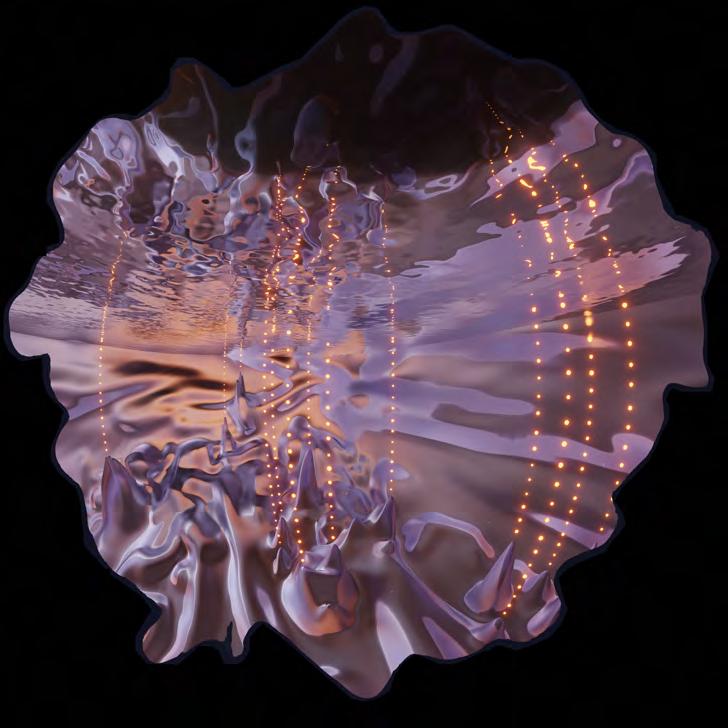
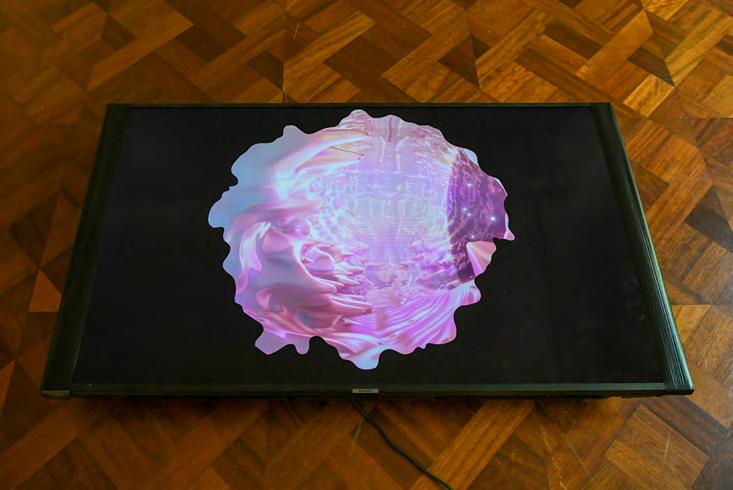
SITUACIJA 157 22.05. 16.06. 2024.
S A L O N M L A D I H
Prekrivač
2024. skulptura, 150 x 150 x 70 cm
Rad Prekrivač istražuje kontrast između idealizirane slike stvarnosti pažljivo stvarane na društvenim mrežama i „nekuriranog” dijela života koji se nalazi u pozadini. Taj se odnos naglašava odabirom vune kao materijala, koja je predstavljena u svom prerađenom i neprerađenom obliku. Gornji, prerađeni sloj bijele vune, društveno percipiran kao gotov proizvod, bez promišljanja o fazama njegova nastanka, podsjetnik je na iskrivljeno doživljavanje tuđih, pa usporedbom i vlastitih života. Dubljim promatranjem, kao i olfaktivnim doživljajem, promatrač nazire i osjeti miris neprerađene, prljave vune. Prekrivač tako postupno gradi sliku faza nastanka onog što percipiramo kao idealno – u pozadini se odvija prerada vune, što je ujedno i mjesto za neprihvatljivu i nepoželjnu realnost. Promišljanjem o dvije suprotstavljene strane, izloženom i skrivenom, postavlja se pitanje u kojoj mjeri nas okružuje i definira ono nevidljivo.
Marina Rajšić
Throw 2024 sculpture, 150 x 150 x 70 cm
The work Throw explores the contrast between the idealized image of reality carefully curated on social media and the “uncurated” aspect of life happening in the background. This relationship is emphasized by the choice of wool as a material, presented in its processed and unprocessed form. The upper, processed layer of white wool, socially perceived as a finished product without thinking about the stages of its creation, serves as a reminder of the distorted perception of other people’s lives, and by comparison, our own. Upon closer observation, as well as an olfactory experience, the observer glimpses and senses the smell of unprocessed, dirty wool. Throw gradually builds a picture of the stages of the creation of what we perceive as ideal — the processing of wool takes place in the background, which is also the place for unacceptable and undesirable reality. Reflecting on the two opposing sides, the exposed and the hidden, raises the question of the extent to which the invisible surrounds and defines us.
158
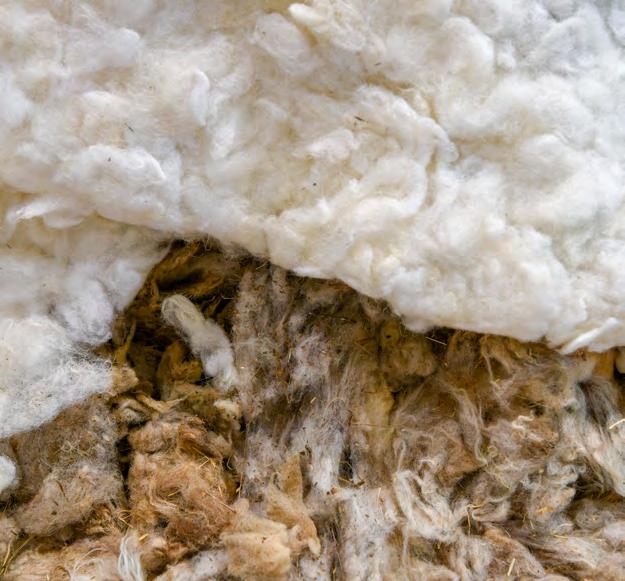

SITUACIJA 159 22.05. 16.06. 2024.
Josip Rončević
S A L O N M L A D I
HOdjek babilonske umjetnosti
2024. ulje na platnu, 130 x 195 cm
Slika i tekst reprezentacije su ideja pri čemu za interpretaciju slike, za razliku od teksta, ne trebamo poznavati dogovoreni sustav znakova, no ipak nam je potrebno „izvanslikovno” znanje oblikovano kulturnim, iskustvenim ili drugim kontekstima. Poput jezičnog sustava znakova koji uvijek upućuje na nešto prema dogovorenim (ali i arbitrarnim) poveznicama između označenog i označitelja, koje ih čine podložnima individualnim predodžbama, ispod nanosa boje, oblika i stvaranja odnosa među njima, leži umjetnikov misaoni proces – komunikacija sa samim sobom, s medijem i onime izvanjskim što usmjerava autorov stvaralački razvoj. Ulazeći tako u dijalog s publikom putem čina „gledanja”, slikar u suvremeno doba preispituje procesualnost stvaranja te slojevitost „iščitavanja” sadržaja. Josip Rončević stvara energičnu površinu umnožavajući, odnosno odražavajući motiv s jedne na drugu polovicu slike, dotičući time pitanje autoreferencijalnosti u stvaralačkom procesu, ali i arheološki koncept proučavanja materijalnih ostataka ideja u novom okruženju u kojemu se zadržavaju elementi prethodnih razdoblja.
Echo of Babylonian Art
2024 oil on canivas, 130 x 195 cm
The image and the text of the representation are an idea, where for the interpretation of the image, unlike the text, we do not need to be familiar with an agreed-upon system of signs, but we still need “beyond-pictorial” knowledge shaped by cultural, experiential, or other contexts. Like a linguistic system of signs that always refers to something according to the agreed-upon (but also arbitrary) links between the signified and the signifier, which makes them susceptible to individual preconceptions, beneath layers of colour, shapes, and the creation of relationships between them, lies the artist’s thought process — communication with oneself, with the medium, and with the external that guide the artist’s creative development. Thus, by engaging in dialogue with the audience through the act of “seeing”, the painter in the contemporary era questions the processuality of creation and the complexity of “interpreting” content. Josip Rončević creates an energetic surface by multiplying or reflecting motifs from one half of the painting to the other, thereby touching upon the question of selfreference in the creative process, as well as the archaeological concept of studying the material remnants of ideas in a new environment in which elements of previous periods are retained.
160

SITUACIJA 161 22.05. 16.06. 2024.
S A L O N M L A D I H
2024. kombinirana tehnika
Postupkom estetizacije politike, ali i društvene zbilje općenito, u radu naslovljenom prema emotikonu „:3“, koji se tumači kao reakcija na nešto slatko ili kao prikaz zadovoljstva, zaigranim predstavljanjem okrutnosti suvremenog društva umjetnik poziva promatrača na preispitivanje poimanja moći i autoriteta, ustaljenih društvenih normi i konstrukata. Koliko je puta potrebno ponoviti laž da bi postala istina? Prikazivanjem političara kao velikih plišanih dječjih igračaka, „ukrašavanjem” uznemirujućih novinskih naslova ili Instagram objava slatkim animiranim likovima, korupcija, nasilje i nepravda umotane u šareni, ukrasni papir postaju uobičajene i manje potresne. Suprotstavljanjem slatkog i gorkog, rad potiče na suočavanje s neugodnim istinama, istovremeno stvarajući priliku za introspekciju o složenosti naše svakodnevice i glavnih aktera koji ju sačinjavaju. Tako uljepšana stvarnost može se shvatiti kao prešutno prihvaćanje nominalno neprihvatljivog, pri čemu pasivnost zamjenjuje proaktivnost, otvarajući tako bezbrojne mogućnosti nesvjesne manipulacije „malog čovjeka” kroz zasićenje informacijama plasiranih na društvenim mrežama i u javnom prostoru.
Luka Tomić
2024 mixed media
Through the process of aestheticizing politics, but also social reality in general, in the work titled after the emoticon “:3”, which is interpreted as a reaction to something sweet or as an expression of pleasure, the artist brings a playful representation of the cruelty of contemporary society, inviting the observer to reconsider their perception of power and authority, entrenched social norms, and constructs. How many times must a lie be repeated before it becomes the truth? By portraying politicians as oversized stuffed toys, “decorating” disturbing newspaper headlines or Instagram posts with cute animated characters, corruption, violence, and injustice wrapped in colourful, decorative paper become commonplace and less disturbing. By juxtaposing the sweet and the bitter, the work encourages us to face uncomfortable truths, while also creating an opportunity for introspection about the complexity of our daily lives and the main actors who compose it. Such embellished reality can be understood as tacit acceptance of the nominally unacceptable, where passivity replaces proactivity, thereby opening up countless possibilities for unconscious manipulation of the “little man” through the saturation of information disseminated on social media and in public spaces.
162
:3

SITUACIJA 163 22.05. 16.06. 2024.
S A L O N M L A D I H
Forme na zidu
2024. stiropor, papermche, kombinirana tehnika, 200 x 200 x 15 cm
Matej Vuković
Glavni fokus umjetničkog rada Forme na zidu jest sama tekstura objekata, u ovom slučaju inspirirana prapovijesnim fragmentima. Sama tekstura vidi se kao arheološki sloj, specifične estetike i nakupljene patine, odnosno kao svjedok davno zaboravljenih epoha i pripadajućih artefakata. U tom procesu umjetnički rad ostaje nepoznanica, a promatrača se potiče na promišljanje izvorne funkcije objekta i vlastitu interpretaciju, pri čemu se prošlost i sadašnjost povezuju u jedinstvenom iskustvu spoznaje.
Forms on the Wall
2024
styrofoam, papermache mixed media, 300 x 400 x 250 cm
The main focus of the work Forms on the Wall is the texture of objects, in this case, inspired by prehistoric fragments. The texture itself is seen as an archaeological layer, with specific aesthetics and accumulated patina, serving as a witness to long-forgotten epochs and their artefacts. In this process, the work of art remains unknown, prompting the observer to think about the original function of the object and their own interpretation, thereby connecting the past and present in a unique experience of understanding.
164

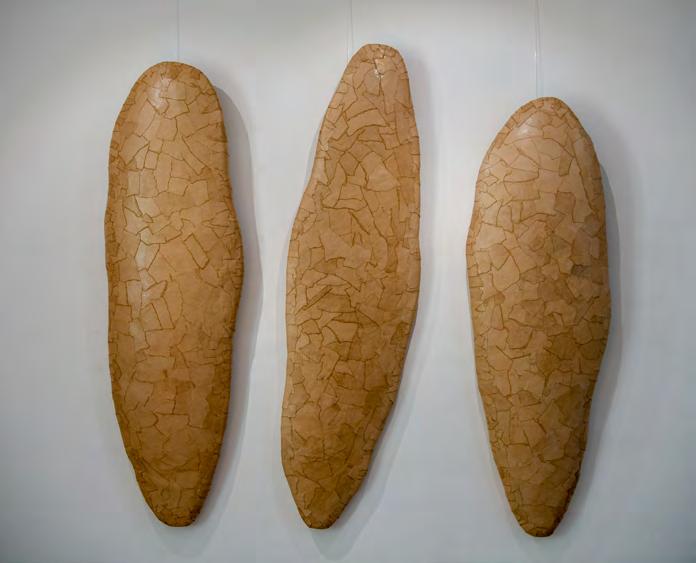
SITUACIJA 165 22.05. 16.06. 2024.
S A L O N M L A D I
HCijevi
2024.
vodoinstalaterske cijevi, pur pjena, papermache
300 x 400 x 250 cm
Matej Vuković
Pipes
2024
plumbing pipes, pur foam, papermache,
300 x 400 x 250 cm
Kako izgleda osjećaj intenzivnog gomilanja obaveza i odgovornosti, prezasićenosti
„bukom” unutarnjeg nemira, uzrokovanog vanjskim podražajima? Potaknut vlastitim osjećajem gubitka kontrole nad prevladavajućom lavinom, umjetnik odabire formu gustog labirinta kao metaforu općeg stanja zagušenosti i izgaranja (burn-out) kao direktne posljedice. Rad je rezultat duboke refleksije uslijed neprospavanih noći, naglašavajući pri tome nužnost katarze – poziva na suočavanje s uznemirujućim mislima s ciljem pronalaska puta prema ravnoteži.
What does it feel like to experience an intense accumulation of obligations and responsibilities, oversaturation with the “noise” of inner restlessness caused by external stimuli? Motivated by his own feelings of losing control over the prevailing avalanche, the artist chooses the form of a dense labyrinth as a metaphor for the general state of congestion and burnout as a direct consequence. The work is the result of deep reflection during sleepless nights, emphasizing the necessity of catharsis—it calls for confronting disturbing thoughts with the aim of finding a way to balance.
166
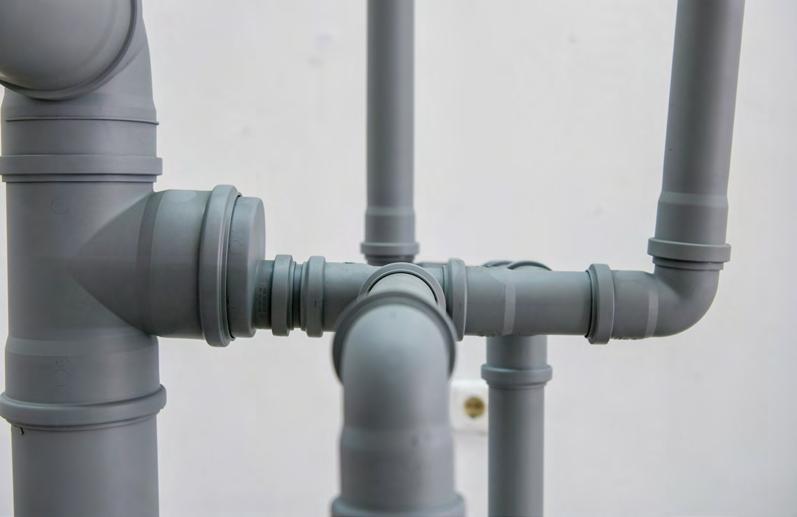
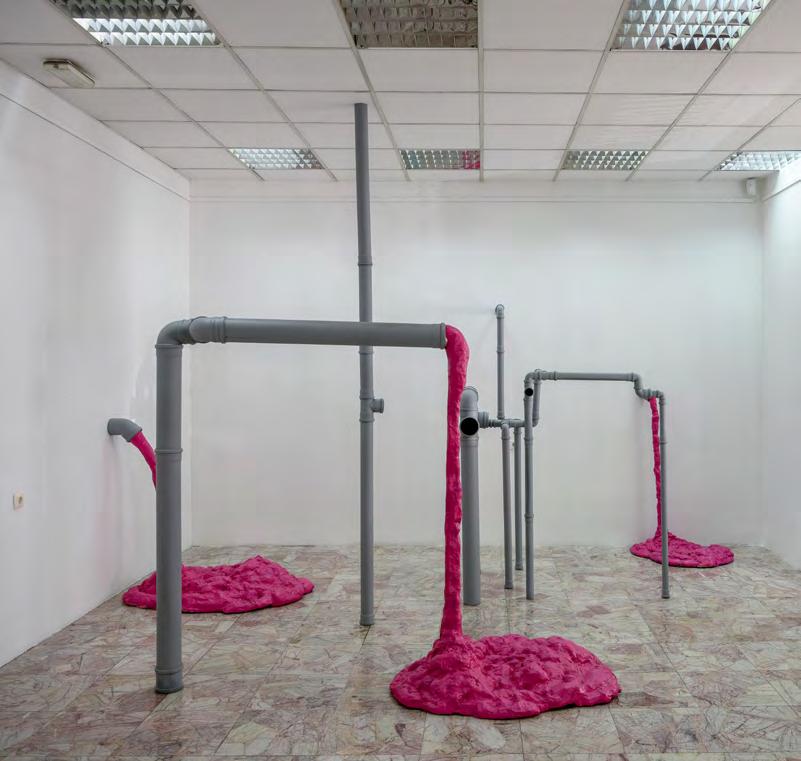
SITUACIJA 167 22.05. 16.06. 2024.
Ivan Jakovljević
S A L O N M L A D I H
Ptica
2023. kombinirana tehnika (flomasteri, akvarel, kolaž)
50 x 70 cm
pod mentorstvom mr. art. Blanke Stančić Puhak
u suradnji s inkluzivnom umjetničkom galerijom Art&CeRZe - Centar za rehabilitaciju Zagreb
Bird
2023
mixed media (markers, watercolor, collage)
50 x 70 cm
mentored by MA Blanka Stančić Puhak
in cooperation with the inclusive art gallery Art&CeRZe - Center for Rehabilitation Zagreb
Polazeći od prikazivanja viđenog ili stvarajući likove iz vlastite mašte, umjetnik kreativno kombinira različite tehnike, pri čemu svakodnevne motive pretvara u bajkovite prikaze nadopunjujući ambijente bogatom ornamentikom, razrađenom pozadinom i detaljima, čime se promatraču približava opipljivost prikazanog.
Starting from depicting what he sees or creating characters from his imagination, the artist creatively combines various techniques, transforming everyday motifs into fairy-tale scenes. He enhances the settings with rich ornamentation, elaborate backgrounds, and intricate details, thereby bringing the depicted scenes closer to the viewer and making them feel more tangible.
168
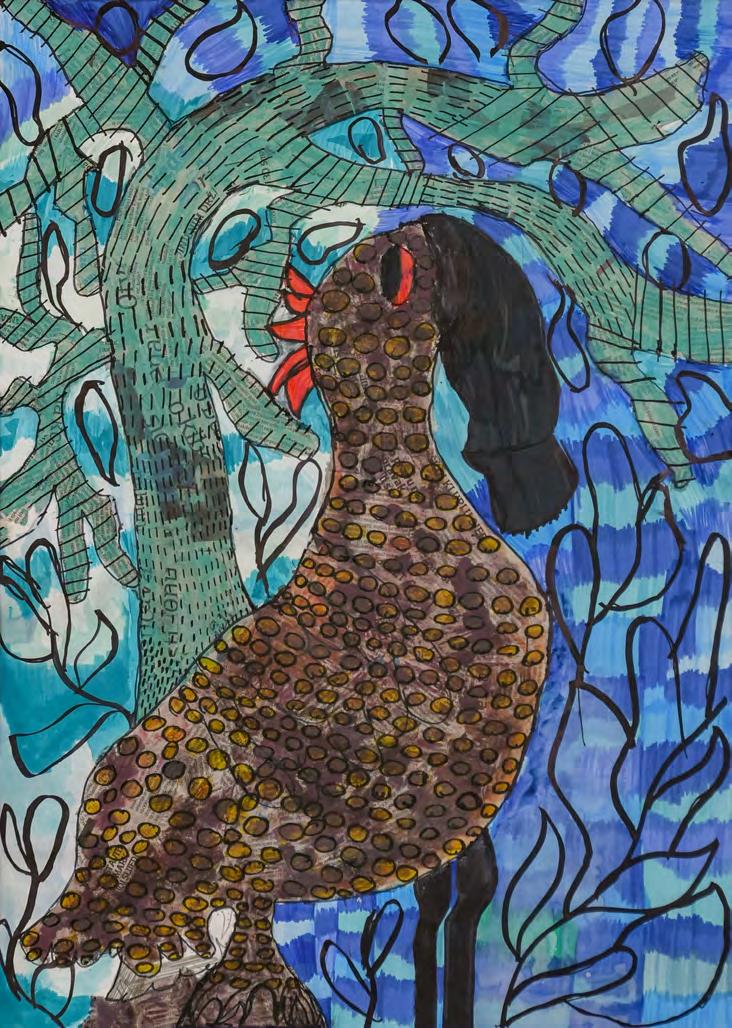
SITUACIJA 169 22.05. 16.06. 2024.
S A L O N M L A D I H
Studentica
2024. flomasteri, 50 x 70 cm
pod mentorstvom mr. art. Blanke Stančić Puhak
u suradnji s inkluzivnom umjetničkom galerijom Art&CeRZe - Centar za rehabilitaciju Zagreb
Nikola Skušić
Student
2024 markers, 50 x 70 cm
mentored by MA Blanka Stančić Puhak
in cooperation with the inclusive art gallery Art&CeRZe - Center for Rehabilitation Zagreb
Inspririran odnosom između viđenog i doživljenog, umjetnik prepoznatljivim likovnim rukopisom (kojeg karakteriziraju crtačke tehnike te kvadratne forme), jednostavnim oblicima kroz suprotstavljanje toplih i hladnih boja, gradi prikaz glave studentice, otvarajući “prozor” u svijest vlastite percepcije.
Inspired by the relationship between what is seen and what is experienced, the artist uses a distinctive visual style characterized by drawing techniques and square forms. Through simple shapes and the contrast of warm and cool colors, he constructs a depiction of a student’s head, opening a “window” into the consciousness of his own perception.
170

SITUACIJA 171 22.05. 16.06. 2024.
S A L O N M L A D I H
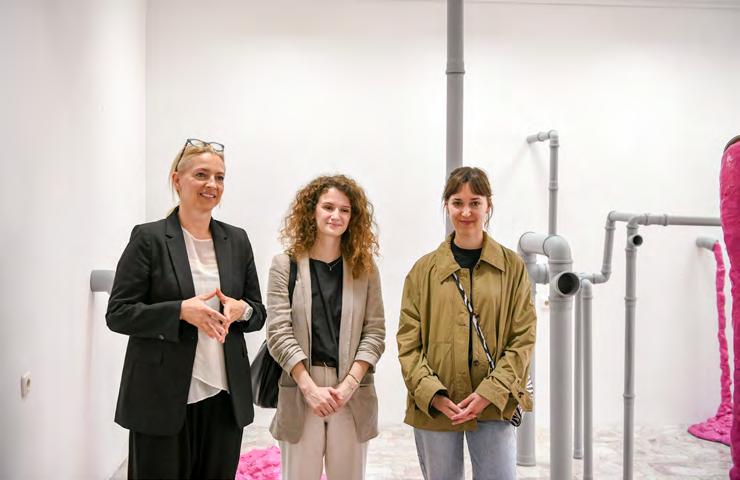
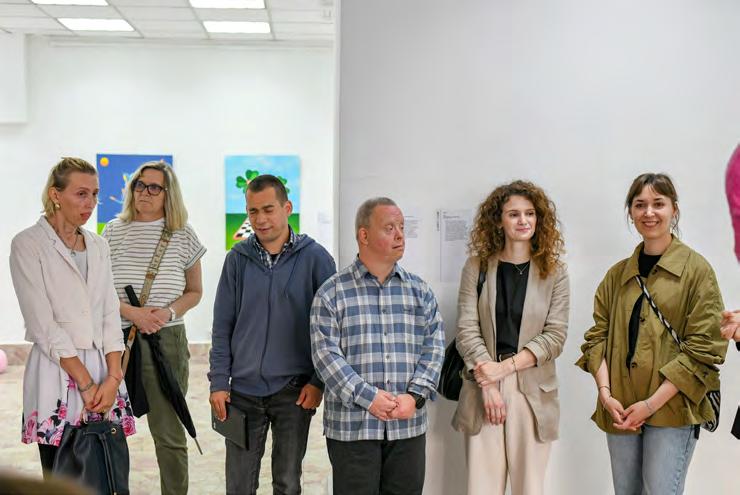

172
Otvorenje Galerija Art&CeRZe

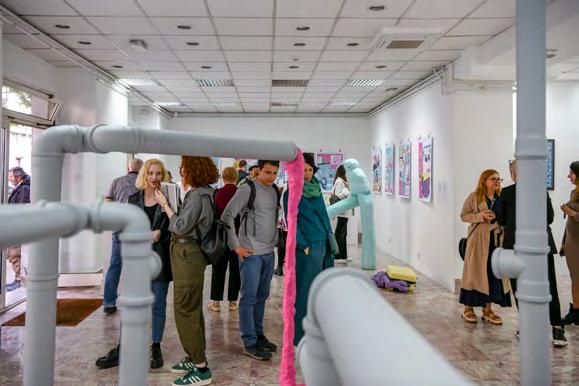

SITUACIJA 173 22.05. 16.06. 2024.
Opening Art&CeRZe Gallery
S A L O N M L A D I H


Otvorenje
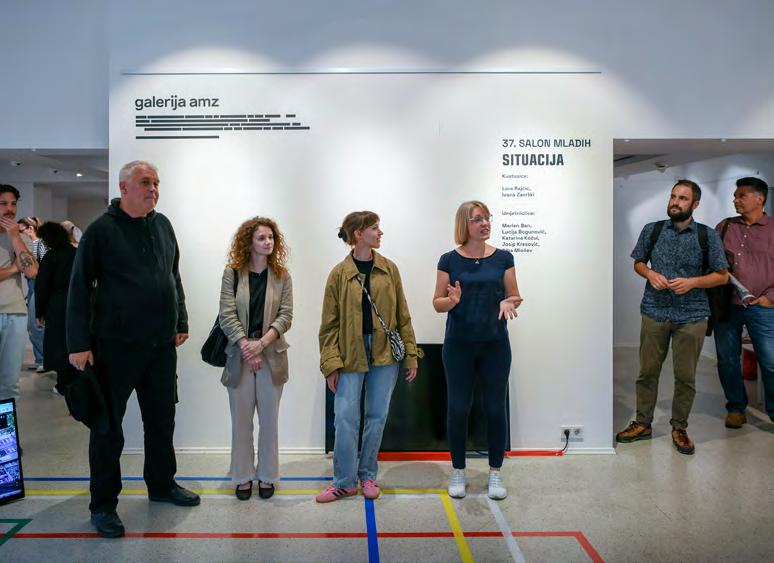
174
Galerija AMZ

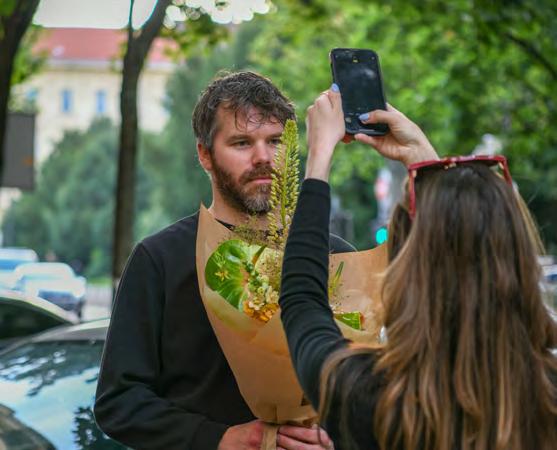
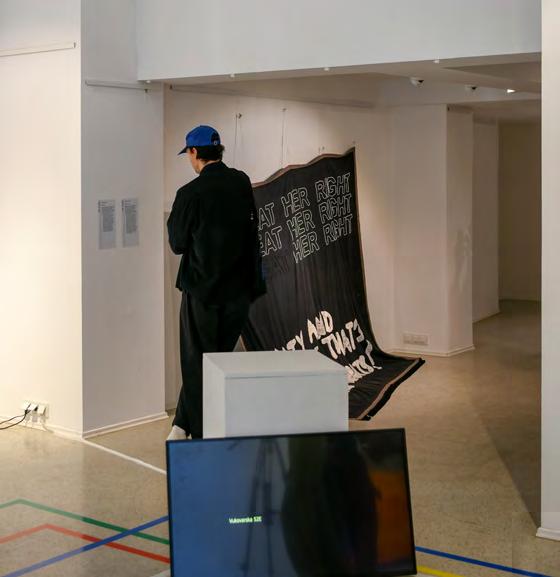
SITUACIJA 175 22.05. 16.06. 2024.
Opening AMZ Gallery
S A L O N M L A D I H
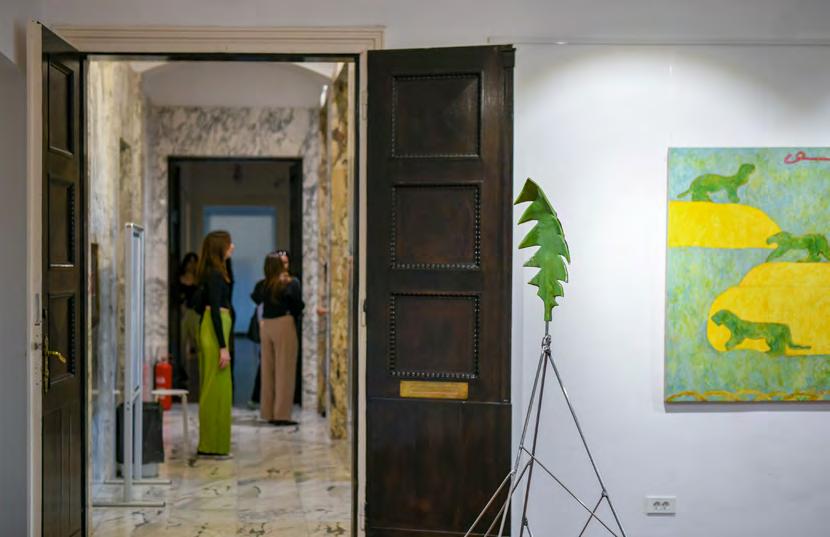

Otvorenje
Arheološki muzej


176
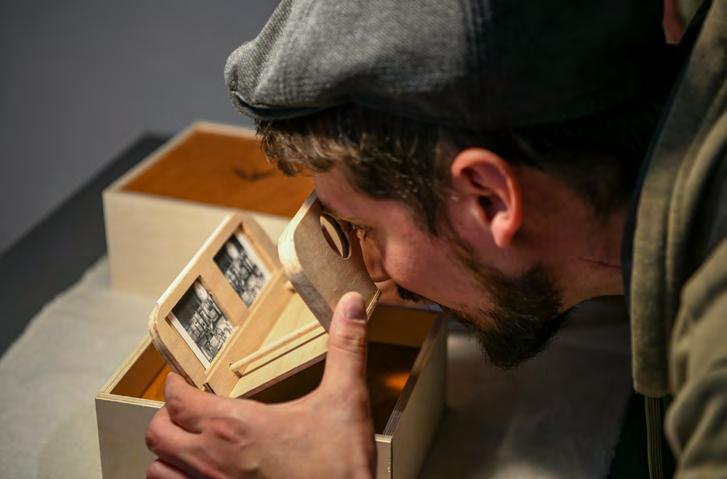


SITUACIJA 177 22.05. 16.06. 2024.
Opeming Archaeological Museum
S A L O N M L A D I H

Otvorenje
Arheološki
muzej
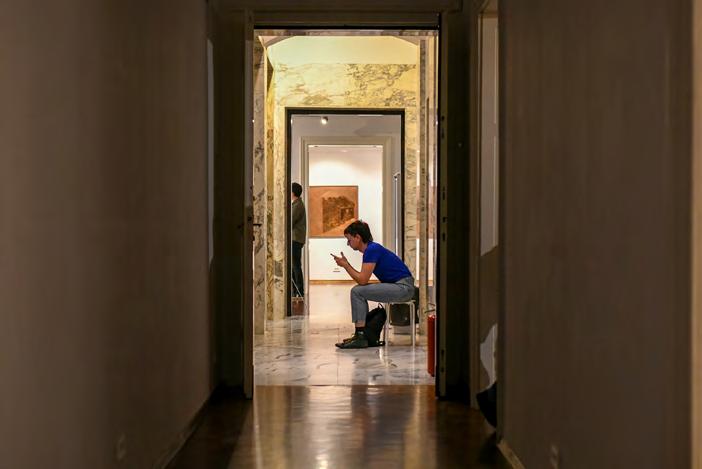
178

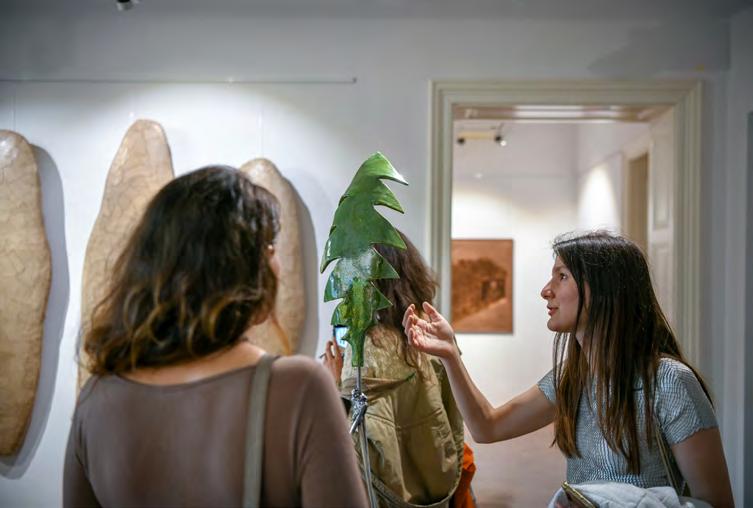
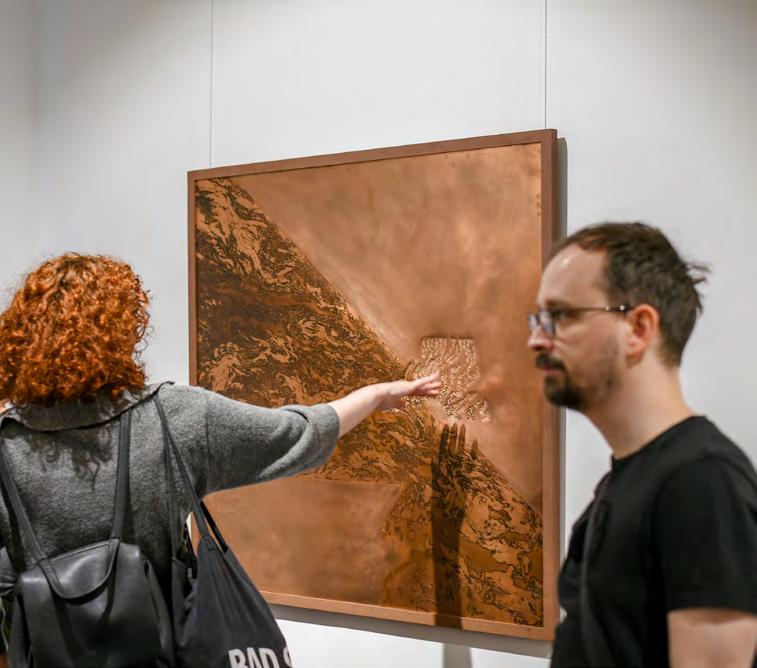
SITUACIJA 179 22.05. 16.06. 2024.
Opeming Archaeological Museum
S A L O N M L A D I H
180
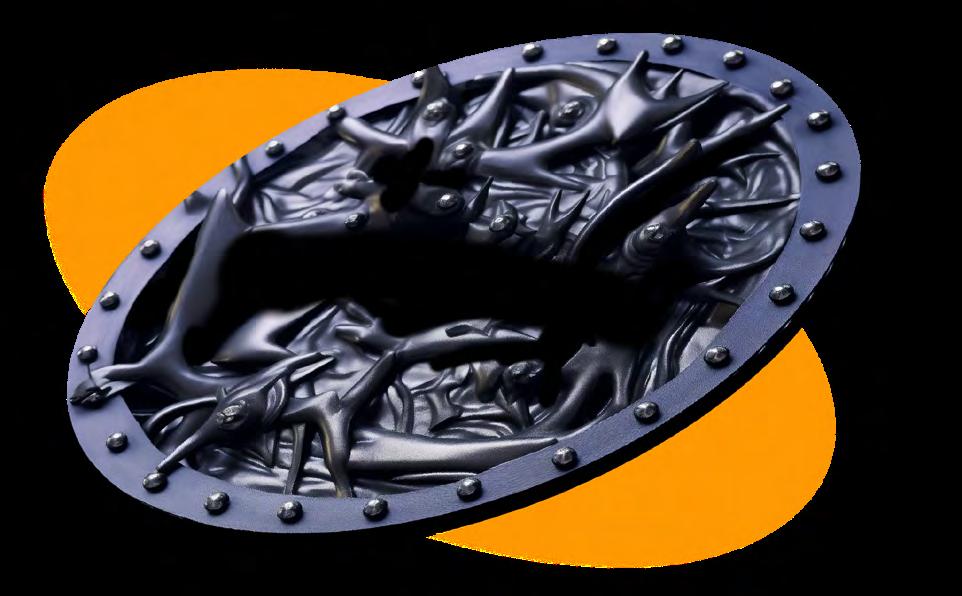
TAKEOVER 181 14.05 28.05. 2024.
S A L O N M L A D I H
TAKEOVER
voditeljica projekta
Nika Šimičić
Hrvatsko društvo likovnih umjetnika za ovogodišnji Europski mjesec kreativnosti, u okviru EU projekta CreART 3.0. pripremilo je mali festival suvremene umjetnosti u poslovnim prostorima – TAKEOVER.
Istaknuti umjetnici mlađe generacije (Andrej Beštak i Anja Leko, Teuta Gatolin, Robert Fenrich, Gaia Radić i ROSE kolektiv [Bruna Jakupović, Lana Lehpamer i Ivor Tamarut]), prema odabiru kustoskog kolektiva KUĆĆA „zauzeli“ su prostore prepoznatih tvrtki koje djeluju ili se dotiču područja kulturnih i kreativnih industrija (Agencija 404, Infinum, Leapwise, Studio 3LHD, VMD grupa).
Pri selekciji radova, kustosi su, uz tipologije prostora s kojima su se u projektu susreli, razmatrali i proizvodnju sadržaja tih prostora s ciljem uspostave sadržajno bliske interakcije između umjetničkih projekata koje predstavljaju i radnika i radnica koji će te projekte svakodnevno susretati. Umjetnici su izložili svoje radove u poduzećima i svoj rad predstavili zaposlenicima, a svaka intervencija je predstavljena i javnosti kroz dan otvorenih vrata i razgovor s umjetnikom_ icom.
CreArt je mreža europskih gradova privatnih i javnih institucija, osnovana 2012. godine s ciljem reagiranja na potrebe europskih kulturnih institucija što obuhvaća
povećanje gospodarskog, socijalnog i kulturnog utjecaja vizualnih umjetnosti pružanjem bolje podrške umjetnicima, menadžerima u kulturi, industriji i široj javnosti. Nositelj CreArt projekta za grad Zagreb je Hrvatsko društvo likovnih umjetnika. Nakon prethodnih, uspješno provedenih izdanja CreArt 1.0 i CreArt 2.0., novo poglavlje CreArt 3.0. čini mrežu 13 europskih gradova srednje veličine s ciljem razmjene iskustava i dobre prakse za poticanje suvremene umjetnosti, kroz stalni transnacionalni program mobilnosti za umjetnike u usponu, kustose i kulturne djelatnike, kako bi se unaprijedili ekonomski, društveni i kulturni doprinos koji kreativnost može dati lokalnim zajednicama.
CreArt 3.0 trajat će od 2024. – 2026. i obuhvatiti širok raspon programa (Umjetnost u javnom prostoru, Europski mjesec kreativnosti, Rezidencijalni program De/konstrukcija slike, Edukativni program i Lokalni seminari za jačanje kapaciteta umjetnika).
182
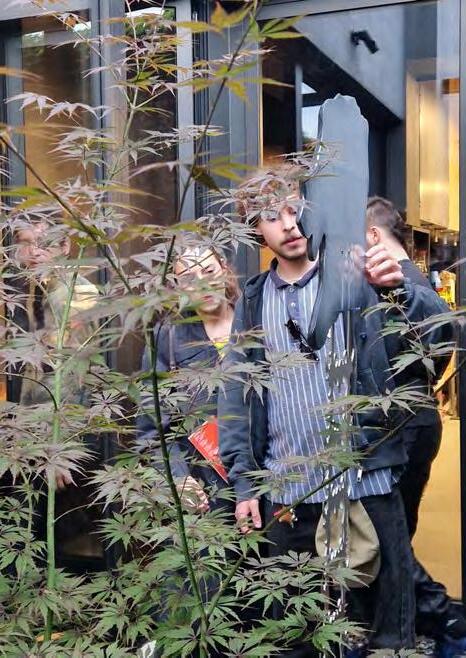
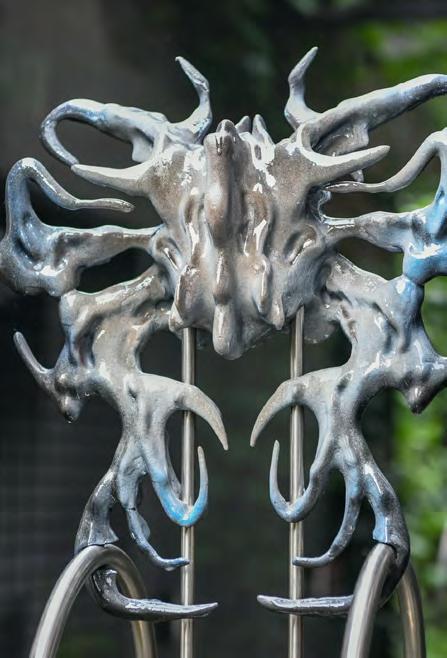
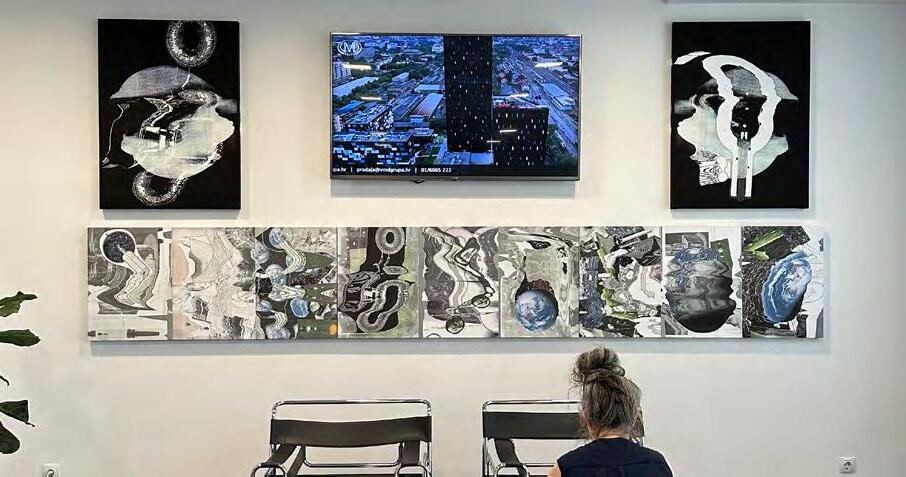

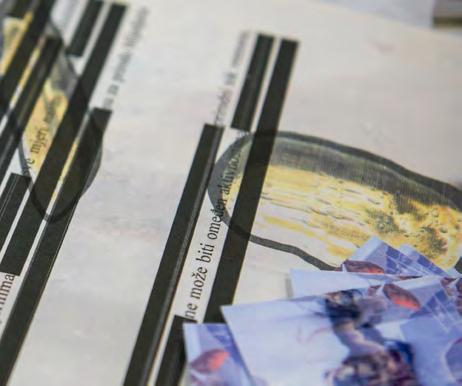
TAKEOVER 183 14.05 28.05. 2024.
S A L O N M L A D I H
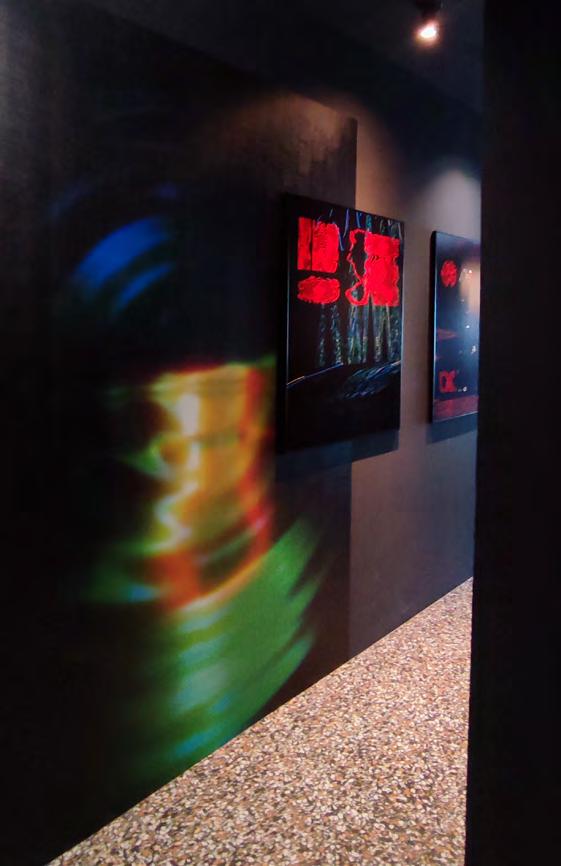

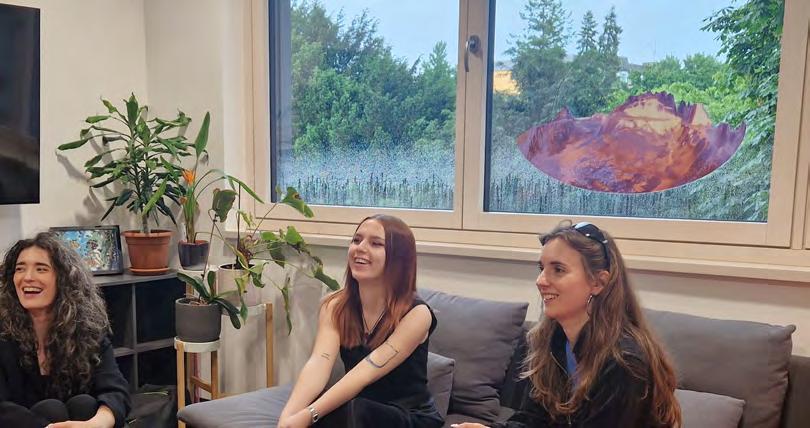
184
TAKEOVER
project coordinator Nika Šimičić
The Croatian Association of Fine Artists, for this year’s European Month of Creativity, within the EU project CreART 3.0, has organized a small festival of contemporary art in business premises – TAKEOVER.
Emerging artists (Andrej Beštak and Anja Leko, Teuta Gatolin, Robert Fenrich, Gaia Radić, and the ROSE collective (Bruna Jakupović, Lana Lehpamer, and Ivor Tamarut)), selected by the curatorial collective KUĆĆA, “took over” spaces within recognized companies operating in or related to the fields of cultural and creative industries (404 Agency, Infinum, Leapwise, Studio 3LHD, VMD group).
During the selection process of the artworks, the curators considered both the typologies of the spaces encountered in the project and the production of content within those spaces, aiming to establish a content-related interaction between the artistic projects presented and the employees who will encounter these projects on a daily basis.The artists exhibited their works in the companies and presented their work to the employees. Each intervention was presented to the public through opendoor events and conversations with the artist/s as well.
CreArt is a network of European cities with private and public institutions, founded in 2012 with the goal of responding to the needs of European cultural institutions. This includes
increasing the economic, social, and cultural impact of visual arts by providing better support to artists, cultural managers, the industry, and the general public. The holder of the CreArt project for the city of Zagreb is the Croatian Association of Fine Artists. Following the previous, successfully implemented editions of CreArt 1.0 and CreArt 2.0, the new chapter, CreArt 3.0, comprises a network of 13 medium-sized European cities with the aim of exchanging experiences and best practices to promote contemporary art through a continuous transnational mobility program for emerging artists, curators, and cultural workers, to enhance the economic, social, and cultural contributions that creativity can make to local communities.
CreArt 3.0 will run from 2024 to 2026 and will include a wide range of programs (Art in Public Space, European Month of Creativity, Residential Program De/ Construction of Image, Educational Program, and Local Seminars to Strengthen the Capacity of Artists).
TAKEOVER 185 14.05 28.05. 2024.
S A L O N M L A D I H
Andrej Beštak i Anja Leko
Teuta Gatolin
Robert Fenrich
Gaia Radić
ROSE kolektiv
186
TAKEOVER 187 14.05 28.05. 2024.
S A L O N M L A D I
HAndrej Beštak Anja Leko
Obećala si mi vječnost
You Promised Me Eternity
Studio 3LHD,
Trg E. Kvaternika 3/3, Zagreb
Misticizam sove obećaje neiscrpno znanje, mogućnost povezivanja s tek-dolazećim ili paralelnim svjetovima. Ovo je sklonište od suvremenog doba, racionaliziranog i tehnologiziranog ubrzanja, bijeg od informacijski preopterećene svakodnevice. Ovo je prostor za novu zajednicu koja vjeruje intuiciji, koja prigrljuje iracionalno, koja se prepušta čistim osjetilnim signalima. Štujemo drevnu sovu – proročica i arhetipski simbol praznovjerja – ovo je njeno arheološko nalazište u kojemu se susrećemo oči u oči s božanskim.
Andrej Beštak i Anja Leko su umjetnički duo koji kombinacijom audiovizualnih tehnika stvaraju emotivne, bizarne i fantastične ambijente. To su ambijenti koji nose priče, jedna od kojih se nalazi u prostoru arhitektonskog ureda 3LHD. Atrij ureda okupiraju skulpturalne instalacije sačinjene od keramike, metala i plastike – meditativna svetišta posvećena hibridnim božicama.
The mysticism of the owl promises inexhaustible knowledge and the ability to connect with future or parallel worlds. This is a refuge from the contemporary era, from the rationalized and technologized acceleration, an escape from the information-overloaded everyday life. It is a space for a new community that believes in intuition, embraces the irrational, and surrenders to pure sensory signals. We venerate the ancient owl—prophetess and archetypal symbol of superstition—this is her archaeological site where we meet face-to-face with the divine.
Andrej Beštak and Anja Leko are an artistic duo who combine audiovisual techniques to create emotive, bizarre, and fantastical environments. These environments carry narratives, one of which is located within the space of the architectural firm 3LHD. The atrium of the office is occupied by sculptural installations made of ceramics, metal, and plastic – meditative shrines dedicated to hybrid goddesses.
188
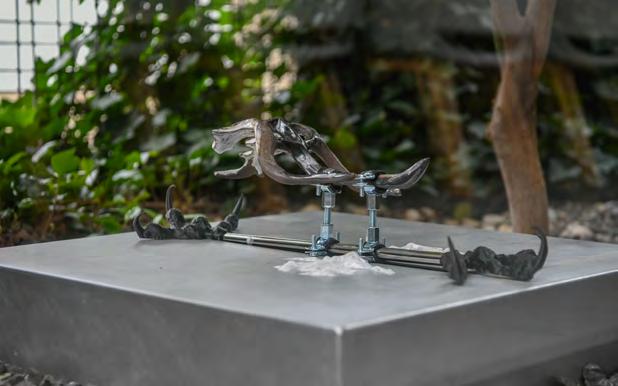

TAKEOVER 189 16.05 2024
Teuta Gatolin
S A L O N M L A D
HIOd Zemlje – III. Poglavlje
From Earth – Chapter III
VMD grupa
Strojarska cesta 20, Zagreb
Od Zemlje sastoji se od digitalnih kolaža i umjetničke knjige poezije temeljene na geološkoj studiji Jamesa Huttona iz 1788. godine. Studija temeljno je utjecala na formiranje geologije kao znanosti, a utjecala je i na oblikovanje ideje o prošlosti Zemlje i njezinim temporalnostima – onome što danas zovemo dubokim vremenom, a odnosi se na vremensku mjeru baziranu na geološkim promjenama planeta, nezamislivo širim i opsežnijim od mjere ljudskog života.
Teuta Gatolin stvara digitalne kolaže bazirane na arhivskim vizualima u javnoj domeni – mahom preuzetih iz starih časopisa, enciklopedija ili drugih znanstvenih studija. Arhivski materijal sakupljen je po ključu traženja onih vizuala koji su korišteni da bi se opisao pojam “prirode” – što god ta riječ značila u kontekstu određene godine, desetljeća, lokacije ili izvorišne tiskovine. Kolaži su rađeni metodom skenografije, te su više puta uslojeni. Engleski i hrvatski prijevod knjige spojen je u jednu cjelinu koja nema preferirani linearni redoslijed čitanja, već je publika pozvana u prostoru tvrtke VMD stranice listati i spajati prema vlastitoj
From Earth consists of digital collages and an artistic poetry book based on James Hutton’s geological study from 1788. This study fundamentally influenced the formation of geology as a science and shaped the concept of Earth’s past and its temporalities—what we now call deep time, referring to a temporal scale based on the geological changes of the planet, which is unimaginably broader and more extensive than the scale of human life.
Teuta Gatolin creates digital collages based on archival visuals in the public domain, mostly sourced from old magazines, encyclopedias, or other scientific studies. The archival material is collected based on the keyword search of visuals used to describe the concept of “nature” – whatever that word meant in the context of a particular year, decade, location, or source publication. The collages are created using the scanography method and are layered multiple times. The English and Croatian translations of the book are merged into a single entity that does not have a preferred linear reading order; instead, the audience is invited to browse and connect pages in the VMD company’s space according to their own intuition.
190
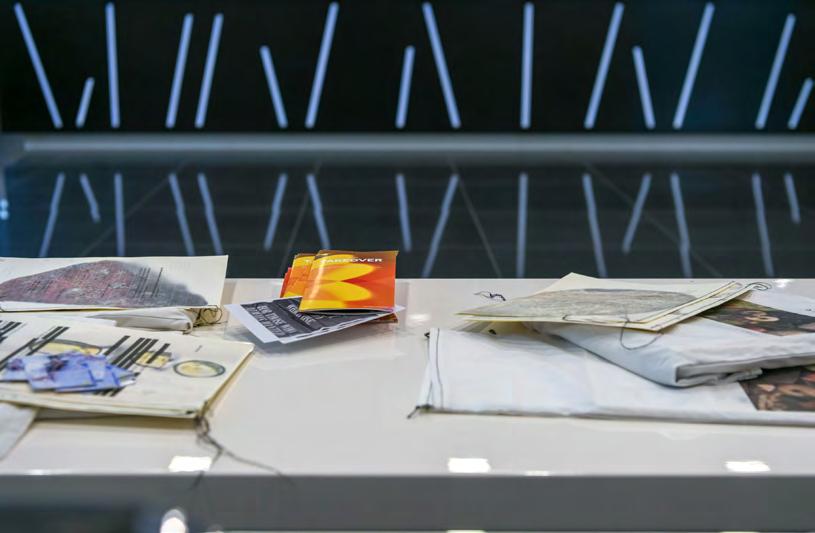
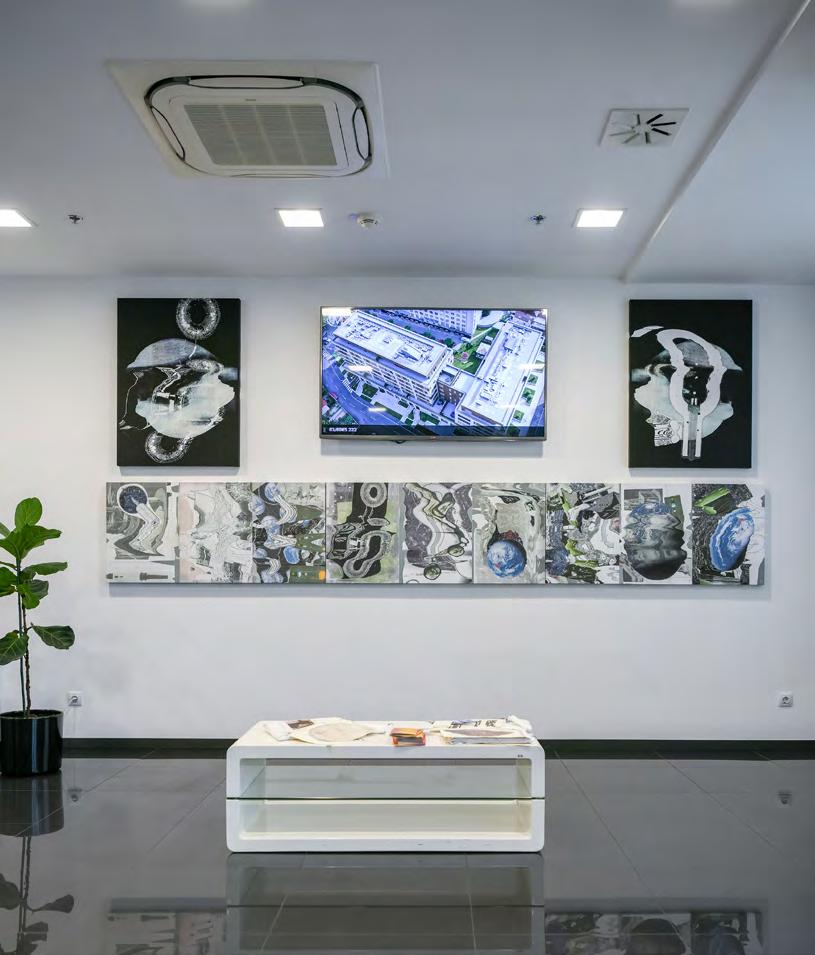
TAKEOVER 191 13.05 14.05. 2024
Robert Fenrich
S A L O N M L A D I H
DIGITAL PROPHECY
Agencija 404, Radnička cesta 37a, Zagreb
Tajanstveni izvor, savršeno otjelovljenje izvanzemaljskog etera, kozmičkog tijela i frekvencije. Ne zna ni za početak ni kraj. Jedina konstanta izvora je promjena… Vrtlog vremena, od sada i sada i sada i sada i sada i sada i sada i sada… Sutra je bilo jučer, a danas je poslije toga. Možda za dva dana bude utorak ili 15:00 popodne. Mislim da idem malo do sutra, kasnije se vratim sada, ako ćete biti ovdje?
Još uvijek nisam danas, ali brb. A gdje si ti?
Robert Fenrich u svom radu ruši tradicionalne dihotomije fiktivnog i stvarnog, kao i tehnologije i prirode kroz imerzivne prostorne instalacije čija se naglašena narativnost povezuje s neobjašnjivim fenomenima. U prostoru komunikacijske agencije 404 kriju se misteriozna bića, prostori i predmeti neispričanih prošlosti koji potiho traže pažnju onih u njihovoj okolini.
The mysterious source, a perfect embodiment of extraterrestrial ether, cosmic body, and frequency. It knows neither beginning nor end. The only constant of the source is change… A vortex of time, from now and now and now and now and now and now and now and now… Tomorrow was yesterday, and today is after that. Maybe in two days, it will be Tuesday or 3:00 PM. I think I’ll go to tomorrow for a bit, and I’ll come back to now later, if you’ll be here?
I’m still not today, but brb. And where are you?
Robert Fenrich, in his work, breaks down traditional dichotomies between the fictional and the real, as well as between technology and nature, through immersive spatial installations whose pronounced narrativity is connected to inexplicable phenomena. Within the space of the communication agency 404, mysterious beings, spaces, and objects from untold pasts hide, quietly seeking the attention of those in their vicinity.
192


TAKEOVER 193 20.05. 22.05 2024
S A L O N M L A D I H
The Aqueduct Behind My Eyes Keeps Rebuilding III
LEAPWISE d.o.o.
Ul. Aleksandra Hondla 2c, Zagreb
Gaia Radić
Bezbroj sudarajućih slojeva isprepliću se i slažu jedni na druge stvarajući podvodne digitalne krajolike. Svaka iduća razina otkriva nove geološke formacije koje predstavljaju stanja ljudske svijesti. Poput cerebralne tekućine, voda navodnjava svaku od povezanih razina. Unutar krajolika, seizmički valovi šire se dalje od onoga što je poznato, ostavljajući tragove nepoznatog unutar uma bestjelesne jedinke.
Novomedijska umjetnica Gaia Radić predstavlja u prostoru tvrtke Leapwise projekt kojim istražuje odnose virtualnih, mentalnih i fizičkih prostora. Virtualnim modeliranjem i suvremenim tehnologijama tiska istražuje misteriozne krajolike i bića inspirirana tehnološkim razvojem te pratećim fragmentacijama suvremenih subjekata i prostora.
Countless colliding layers intertwine and stack upon each other, creating underwater digital landscapes. Each subsequent level reveals new geological formations representing states of human consciousness. Like cerebral fluid, water irrigates each of the connected levels. Within the landscape, seismic waves extend beyond what is known, leaving traces of the unknown within the mind of the bodiless entity.
New media artist Gaia Radić presents a project within the space of the company Leapwise, in which she explores the relationships between virtual, mental, and physical spaces. Through virtual modeling and contemporary printing technologies, she investigates mysterious landscapes and beings inspired by technological advancements and the accompanying fragmentations of contemporary subjects and spaces.
194


TAKEOVER 195 22.05. x 28.05.2024
S A L O N M L A D I
HOPTIMIZACIJA
Infinum d.o.o.
Strojarska 22, Zagreb
ROSE kolektiv
Rose Velvet uspela se liftom, hakirala ekrane, spojila se u utičnice kako bi vam približila svoju istinu svjetovne optimizacije. Kako najbolje iskoristiti vrijeme, obaviti svoje obaveze najefikasnije i Pobijediti! U! Utrci! Stvorena je kao avatar za komunikaciju te kao alat za istraživanje umjetnih inteligencija, algoritama i infrastrukture na kojoj cijela online sfera počiva. Rose nam pruža uvid u granične poveznice između čovjeka i tehnologije, između korporacija i krajnjih korisnika, između javnog i privatnog. Rose Velvet je virus, tračak dima, memetički terorist, bijela laž, smetnja, dosadna buba. Ona se obraća vama, nama ili sebi.
ROSE kolektiv čine Bruna Jakupović, Lana Lehpamer i Ivor Tamarut, a autori su digitalne influencerice Rose Velvet – računalno generiranog kimeričkog identiteta. Istražuju autentičnost i stvarnost u digitalnom okruženju kroz novi entitet koji se pojavljuje na društvenim mrežamama, naizgled bezazlena persona koja će zauzeti prostor tvrtke Infinum, specijalizirane za razvoj aplikacija i mobilnih igara.
Rose Velvet ascended in the elevator, hacked the screens, and plugged into outlets to bring you her truth about worldly optimization. How to make the best use of time, complete your tasks most efficiently, and Win! The! Race! She was created as an avatar for communication and as a tool for exploring artificial intelligences, algorithms, and the infrastructure on which the entire online sphere rests. Rose provides us with insight into the boundary connections between humans and technology, between corporations and end users, between the public and private sectors. Rose Velvet is a virus, a wisp of smoke, a memetic terrorist, a white lie, a nuisance, an annoying bug. She addresses you, us, or herself.
The ROSE collective consists of Bruna Jakupović, Lana Lehpamer, and Ivor Tamarut, who are the creators of the digital influencer Rose Velvet – a computer-generated chimeric identity. They explore authenticity and reality in the digital environment through a new entity that appears on social networks, seemingly harmless persona that will occupy the space of the company Infinum, specialized in the development of applications and mobile games.
196
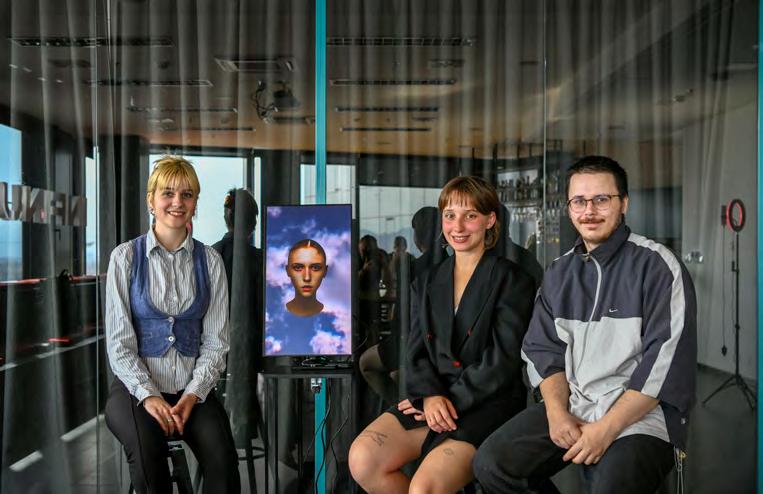

TAKEOVER 197 14.05 2024
S A L O N M L A D I H
198
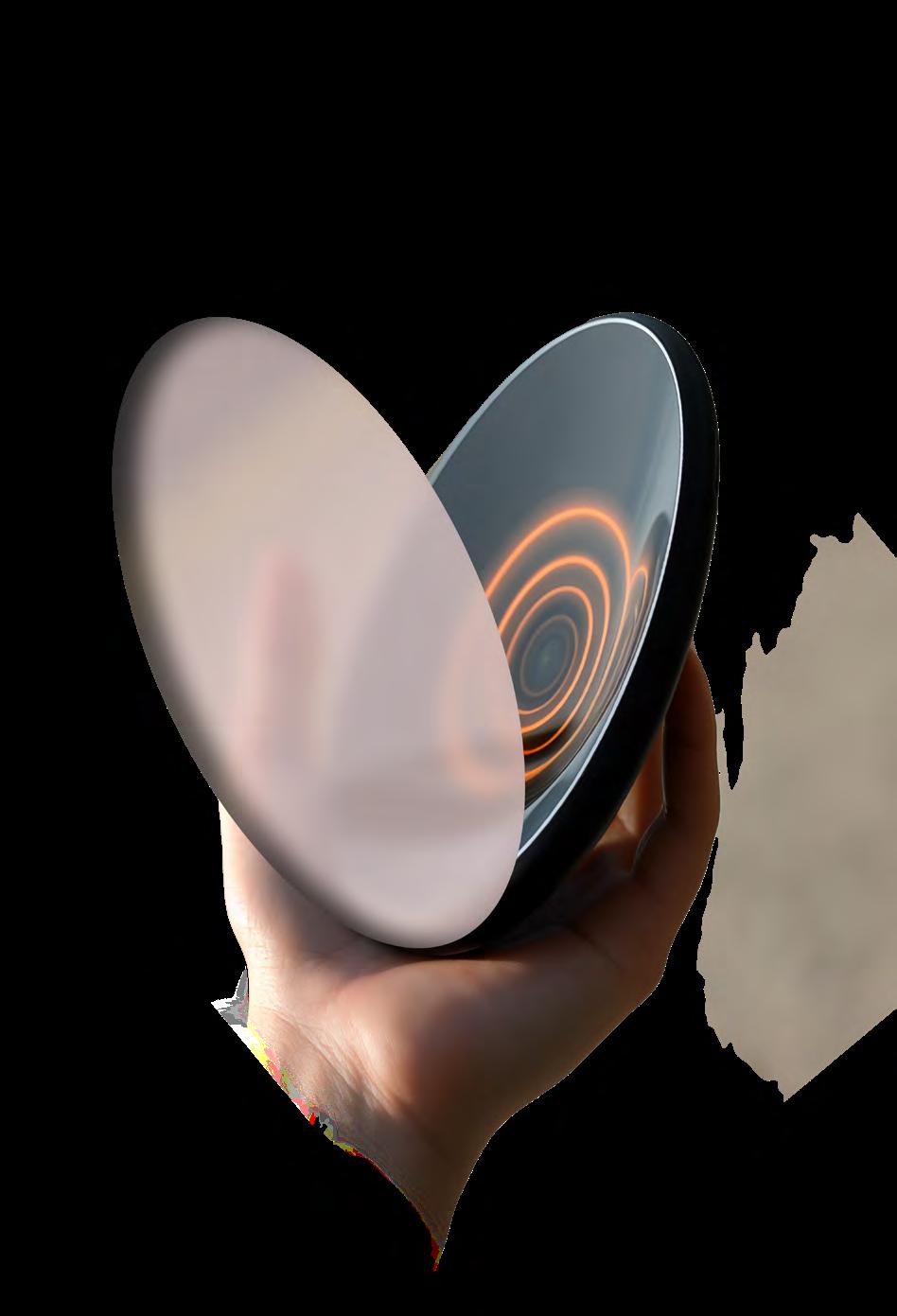
199 14.05 28.05. 2024. VENIENTES
VENIENTES
kustosica
Korana Littvay
S A L O N M L A D I H
Već dvanaest godina Akademija likovnih umjetnosti Sveučilišta u Zagrebu postavlja izložbu znakovitog naziva Venientes, izlažući radove svojih najboljih studentica i studenata u prethodnoj akademskoj godini, nagrađenih od strane Akademijskog vijeća.
Tradiciju održavanja izložbe “onih koji dolaze” ustanovio je još 2010. godine profesor i dekan ALU Zagreb, pokojni Slavomir Drinković. Izložba je u kontinuitetu održavana svake godine u različitim izlagačkim prostorima institucija s kojima Akademija surađuje, a od 2018. godine održava se bijenalno u suradnji s Hrvatskim društvom likovnih umjetnika u sklopu izložbene manifestacije Salon mladih.
Ovogodišnji Venientesi održali su se u sklopu
37. salona mladih u galeriji Akademije likovnih umjetnosti Putolovac u Ilici 112. Svoje radove su u mediju slike, skulpture, grafike, instalacije, i animiranog filma predstavile nagrađene studentice diplomskog studija pet odsjeka Akademije: Ružica Popović, Matea Despot, Ljubica Golubić, Helena Birin, Antonela Beli, Lorena Šimić, Astrid Jakšić, Marta Dijak, Monika Miloševski, Ada-Nela Peharda, Petra Pavetić Kranjčec, Anja Mergeduš i Jiao Guo.
Kao što je 2020. godine prigodom 10. obljetnice održavanja izložbe Venientes zaključio prof. art. Jagor Bučan u predgovoru izložbe: “Venientesi su došli da bi ostali, a na nama je da im naklonošću naše pažnje pružimo dobrodošlicu.”
curator
Korana Littvay
For twelve years, the Academy of Fine Arts of the University of Zagreb has been organising an exhibition with the meaningful title Venientes, featuring the work of its best students from the previous academic year, as awarded by the Academic Council.
The tradition of holding the exhibition “of those who are coming” was established in 2010 by the late Slavomir Drinković, Professor and Dean of the Academy of Fine Arts Zagreb. The exhibition has been consistently held every year in different exhibition spaces of institutions with which the Academy collaborates, and since 2018, it has been held biennially in cooperation with the Croatian Association of Fine Artists as part of the Youth Salon exhibition.
This year’s Venientes was held as part of the 37th Youth Salon at the Putolovac Gallery of the Academy of Fine Arts at 112 Ilica Street. The award-winning female students from the graduate programme of the Academy’s five departments exhibited their works in the media of painting, sculpture, graphics, installation, and animated film. These students are: Ružica Popović, Matea Despot, Ljubica Golubić, Helena Birin, Antonela Beli, Lorena Šimić, Astrid Jakšić, Marta Dijak, Monika Miloševski, Ada-Nela Peharda, Petra Pavetić Kranjčec, Anja Mergeduš and Jiao Guo.
As Professor Jagor Bučan concluded in the foreword of the 2020 exhibition commemorating its 10th anniversary: “The Venientes have come to stay, and it is up to us to welcome them with kindness.”
200
Postav

201 14.05 28.05. 2024. VENIENTES Exhibition
S A L O N M L A D I H

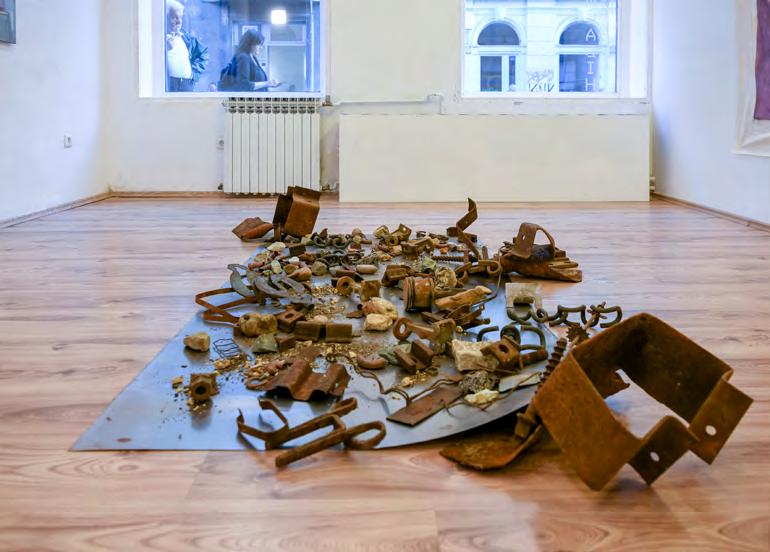
202
Postav

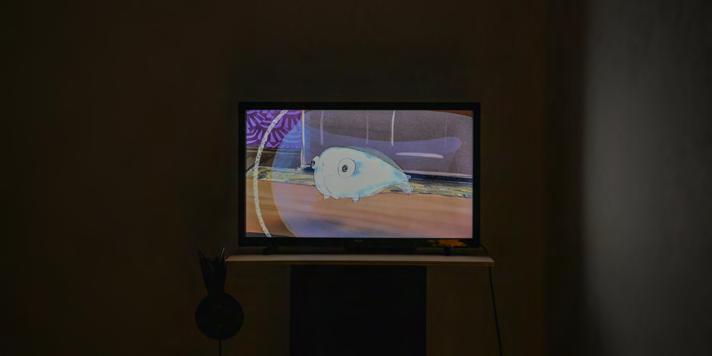
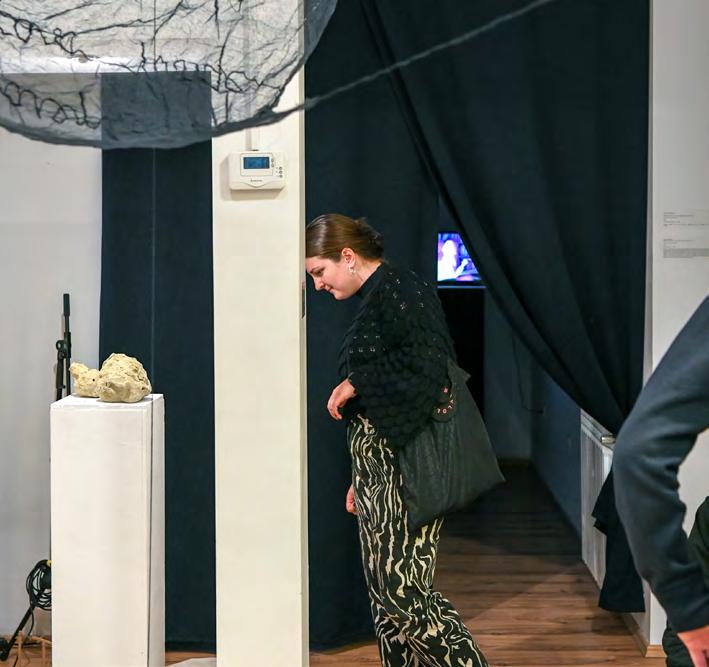
203 14.05 28.05. 2024. VENIENTES Exhibition
S A L O N M L A D I H
Antonela Beli
Helena Birin
Matea Despot
Marta Dijak
Ljubica Golubić
Jiao Guo
Astrid Jakšić
Petra Kranjčec Pavetić
Anja Mergeduš
Monika Miloševski
Ada-Nela Peharda
Ružica Popović
Lorena Šimić
204
205 14.05 28.05. 2024. VENIENTES
S A L O N M L A D I H
Avatar
2024. ljepljive trake, karton
155 x 65 x 33 c
2024
sticky tapes, cardboard
155 x 65 x 33 cm
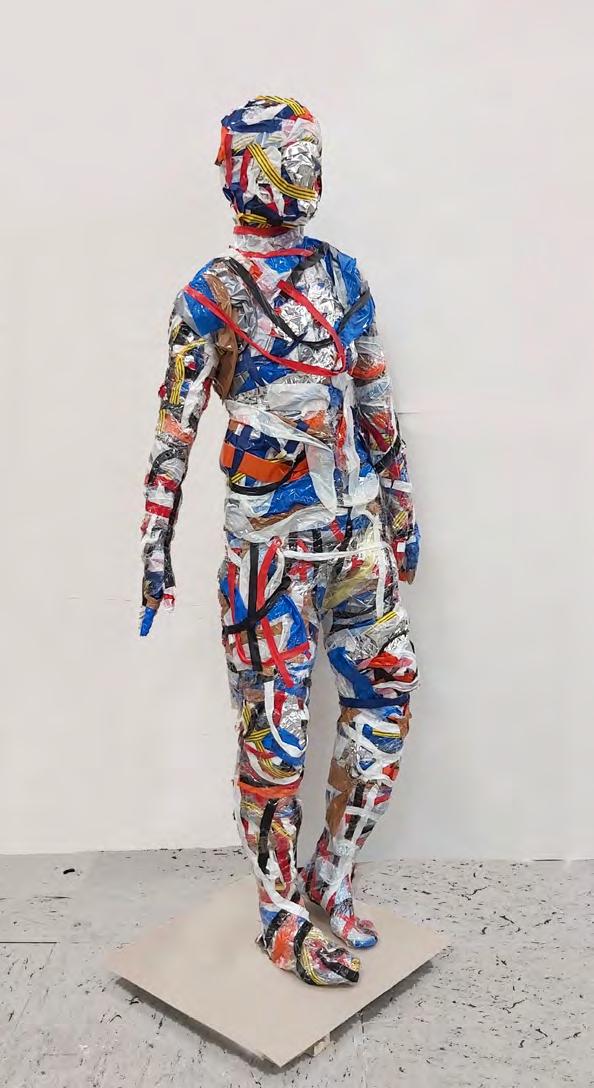
206
Antonela Beli
Drača, 18051968
2024.
ulje, sprej i vunica na platnu
160 x 120 cm
2024
oil, spray, and yarn on canvas
160 x 120 cm
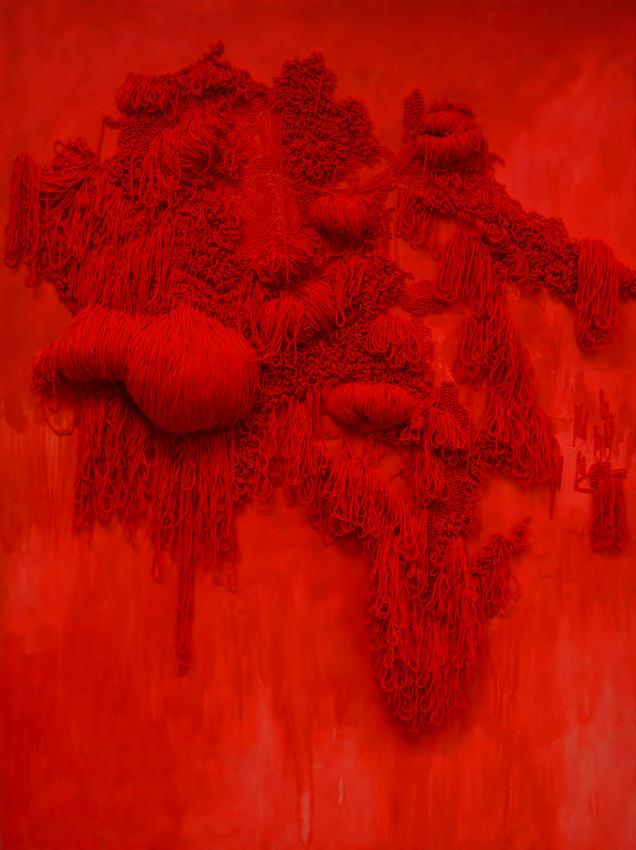
207 14.05 28.05. 2024. VENIENTES
Helena Birin
S A L O N M L A D I H
Pole / Flag
2022. tkanina, konac 120 x 70 cm
2024 screenprint 3 x (59.4 x 42 cm)
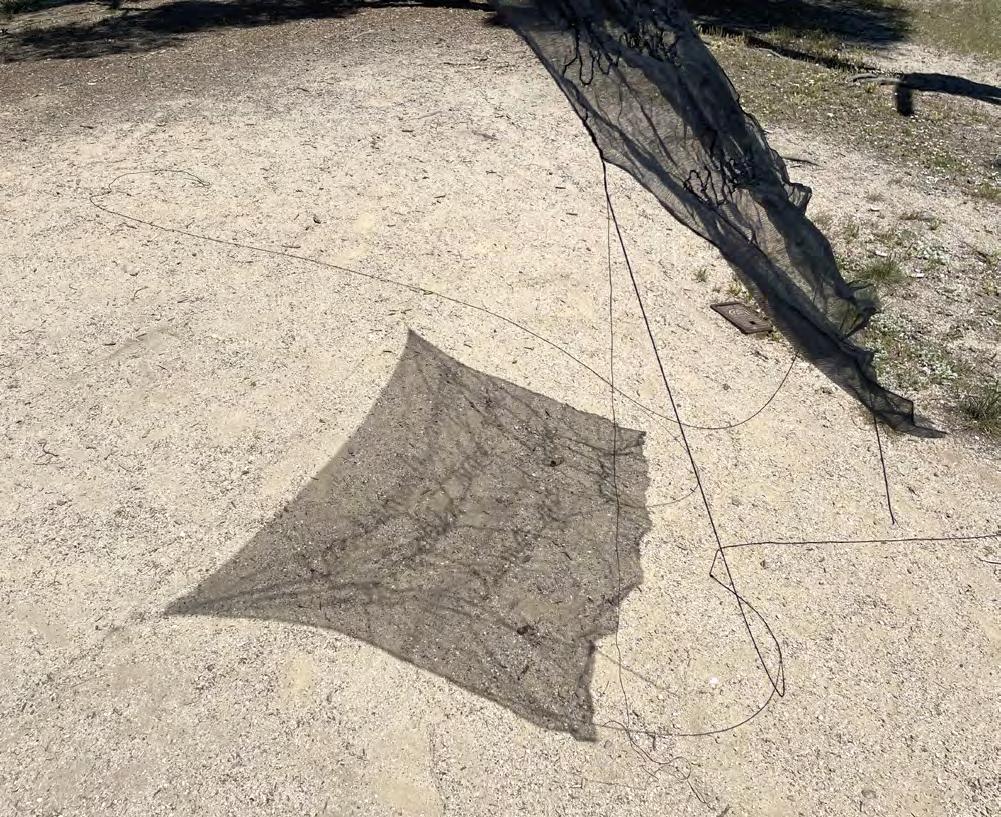
208
Matea Despot
Marta Dijak
Radni prozor 2023,
2023. ulje na platnu
50 x 60 cm
2023 oil on canvas
50 x 60 cm
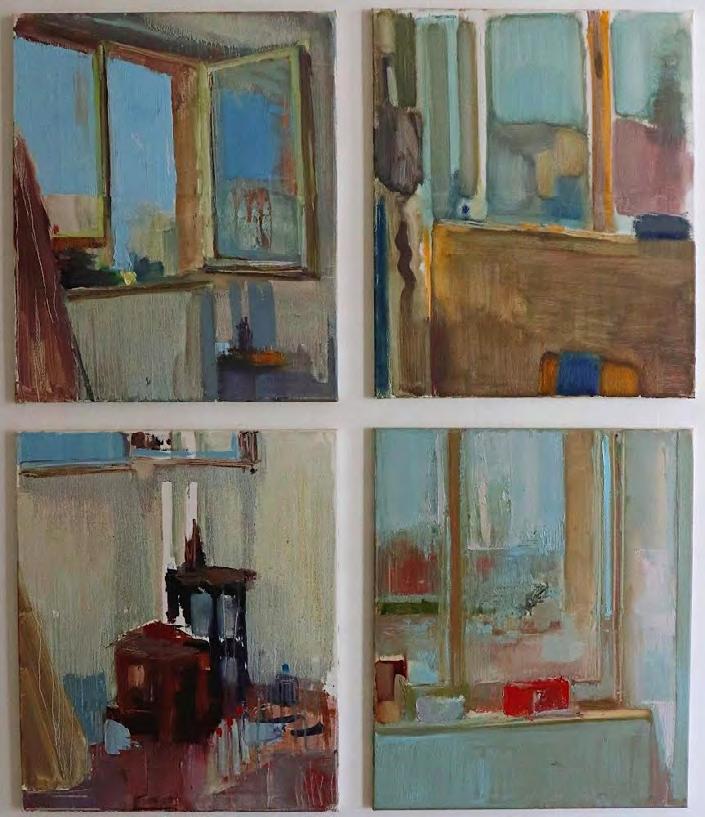
209 14.05 28.05. 2024. VENIENTES
S A L O N M L A D I H
SASA LELE
2024. sitotisak
3 x (59.4 x 42 cm)
2024 screenprint 3 x (59.4 x 42 cm)
Ljubica Golubić
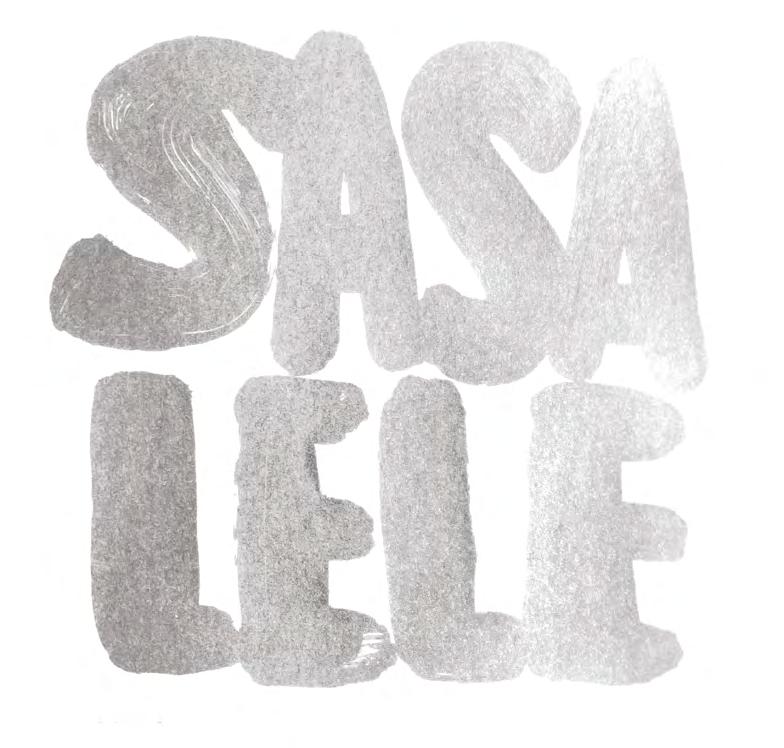
210
Jiao Guo
By the River
2023. ambijentalna instalacija
2023 ambient installation
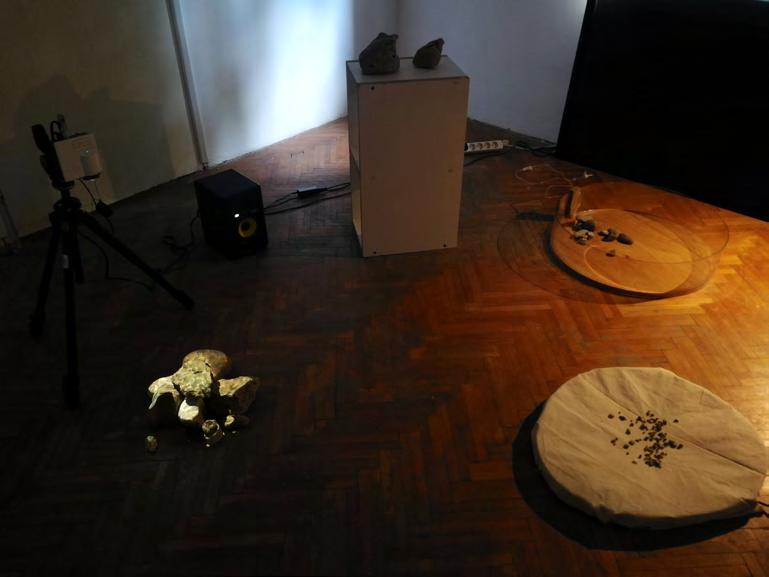
211 14.05 28.05. 2024. VENIENTES
S A L O N M L A D I H
Koke
2023.
2D digitalna animacija 4´42˝
Petra Pavetić Kranjčec
2023
2D digital animation 4’42”
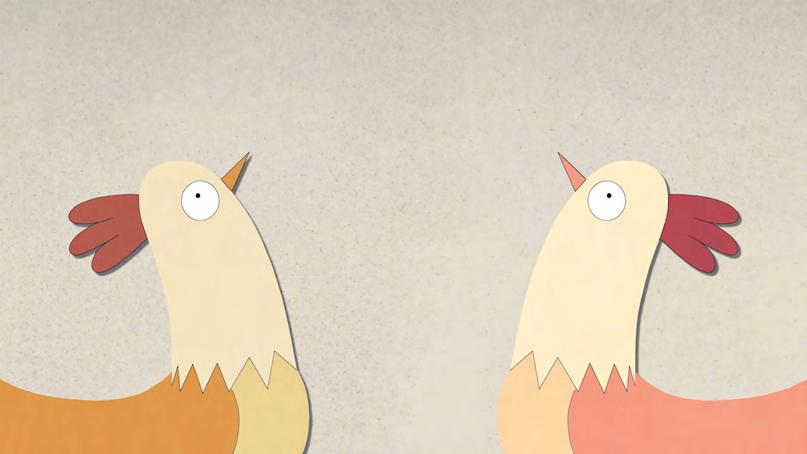
212
Astrid Jakšić
Svi putevi vode
2024. ulje na platnu
150 x 150 cm
2024 oil on canvas
150 x 150 cm

213 14.05 28.05. 2024. VENIENTES
S A L O N M L A D I H
Cluster01
2024. multimedijalni rad
2024 multimedia work

214
Anja Mergeduš
Monika Miloševski
Dok smo padali, nastavljali smo hodati
2024. instalacija 2024 installation
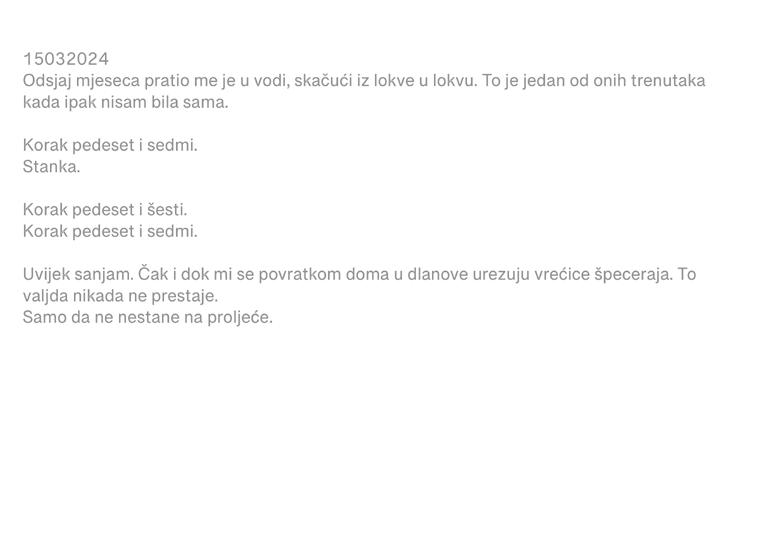
215 14.05 28.05. 2024. VENIENTES
Ada Nela Peharda
S A L O N M L A D I H
Fish 1
2024.
2D animacija
2024
2D animation
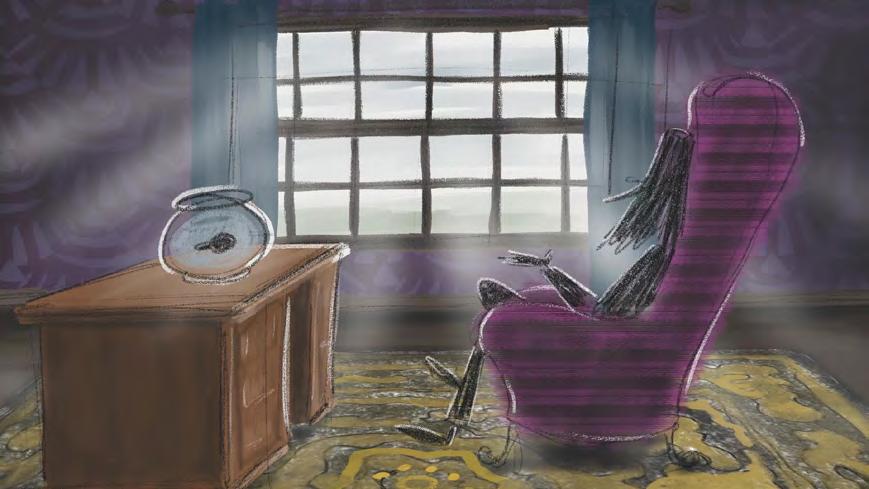

216
Ružica Popović
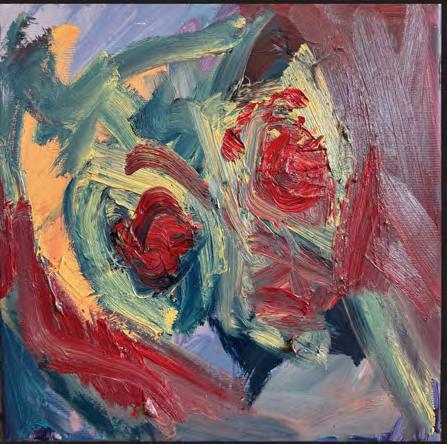


Skup
2024 oil on tiles
100 x 33 cm
2024. ulje na pločicama
100 x 33 cm
217 14.05 28.05. 2024. VENIENTES
S A L O N M L A D I H
Bez naziva
2024.
akril i ugljen na platnu
238 x 203 cm
2024
acrylic and charcoal on canvas
238 x 203 cm
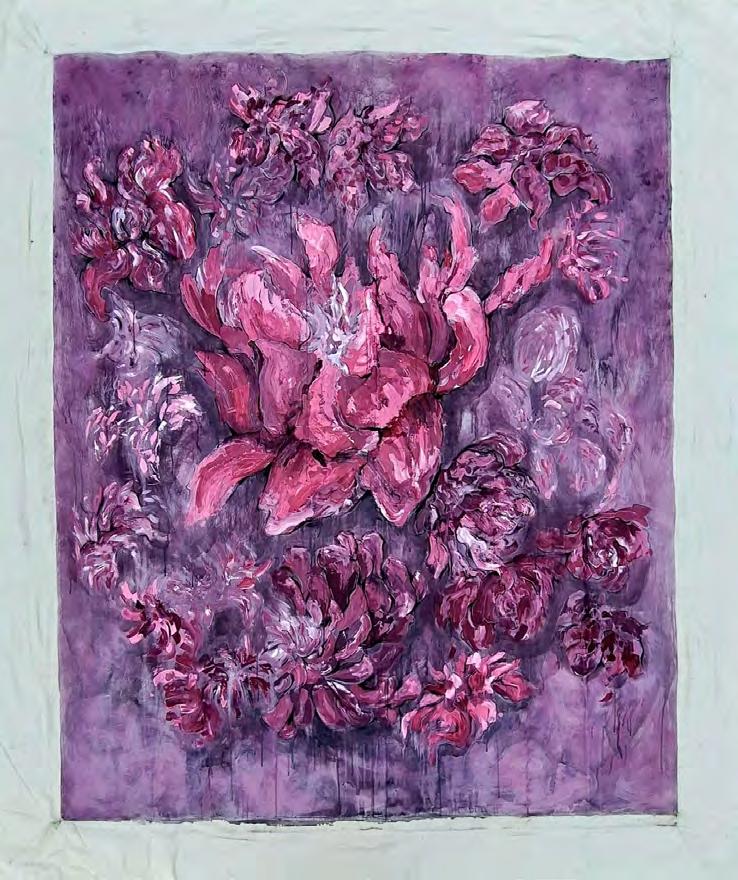
218
17.05 29.05. 2024
Šimić
Lorena
219 14.05 28.05. 2024. VENIENTES
S A L O N M L A D I H
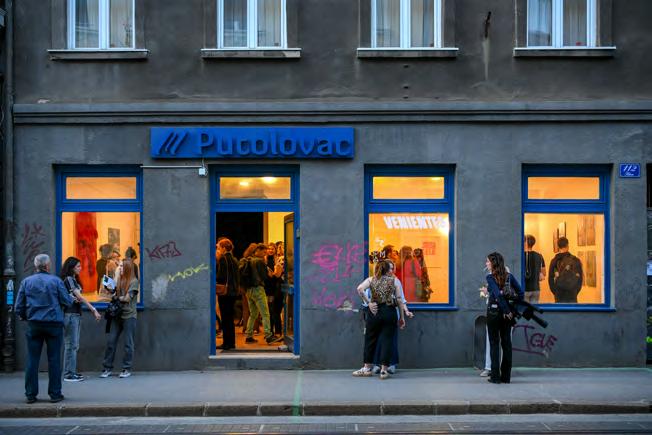

Otvorenje izložbe

220
Galerija Putolovac


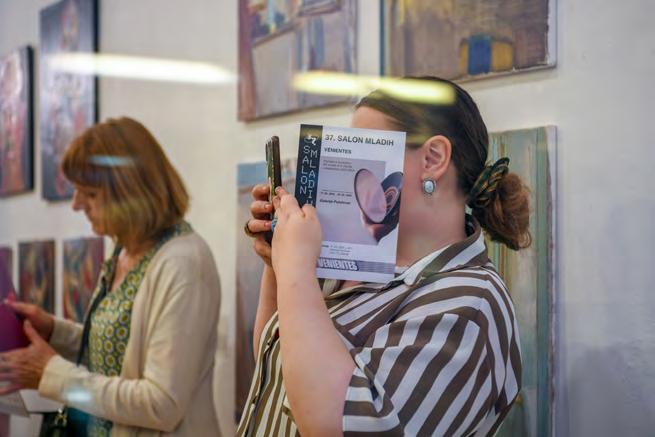
221 14.05 28.05. 2024. VENIENTES
Exhibition opening
Galerija Putolovac
S A L O N M L A D I H
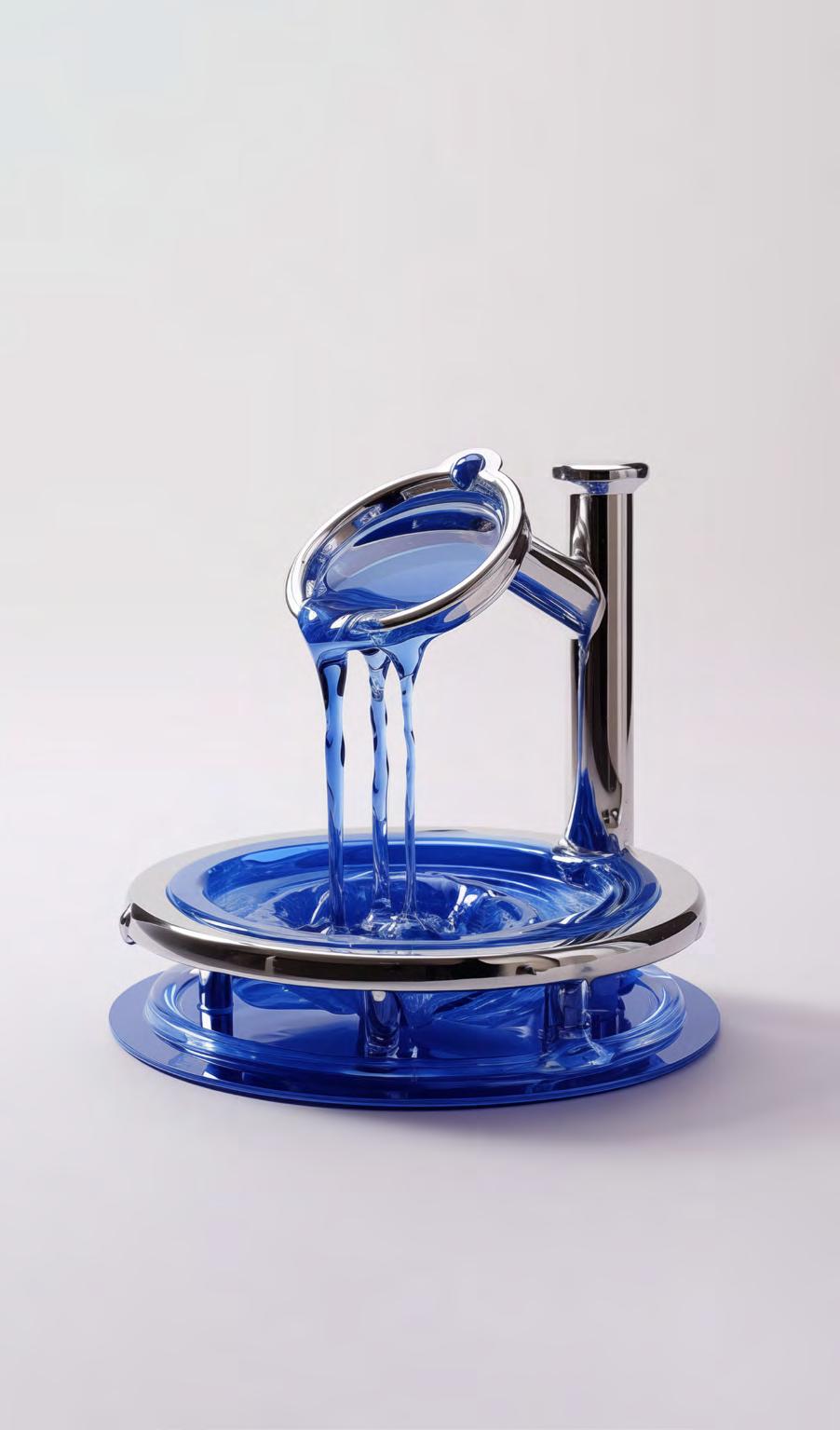
222
223 POPRATNI PROGRAM
Scoring Intimacies
Institute for Postnatural Studies
Cvrkutav zvuk iz kukuljice: straživanje dubokog vremena kroz queerness i drugost.
A Twittering Sound from a Chrysalis: Exploring deep time through queerness and otherhood.
w/ Marko Gutić Mižimakov Nika Pećarina
neke ruke nekad plitice
Some Hands Sometimes Wares
07.05. & 08.05. 2024.
Meštrovićev paviljon Galerija Bačva, Galerija Ispod
20:00 – 21:30
224 International
S
O
perspective
A L
N M L A D I H
foto: Ive Trojanović

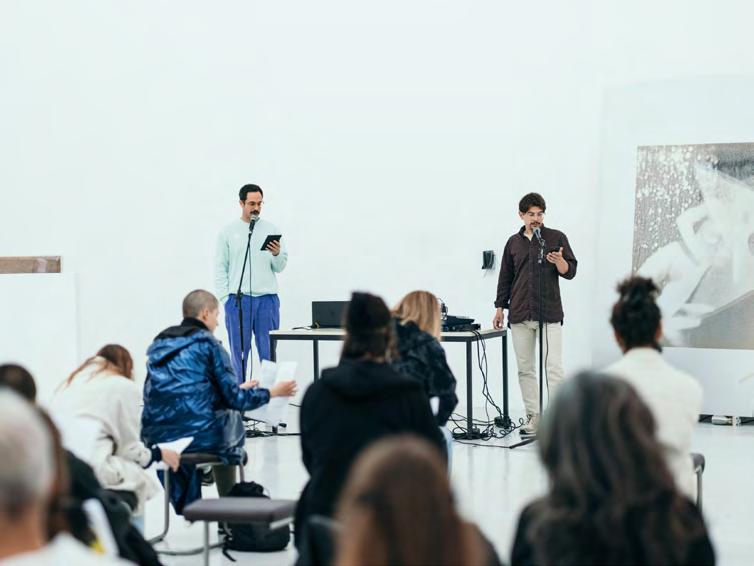
225 POPRATNI
Međunarodni pogled
PROGRAM
foto:
Ive Trojanović
S A L O N M L A D I H
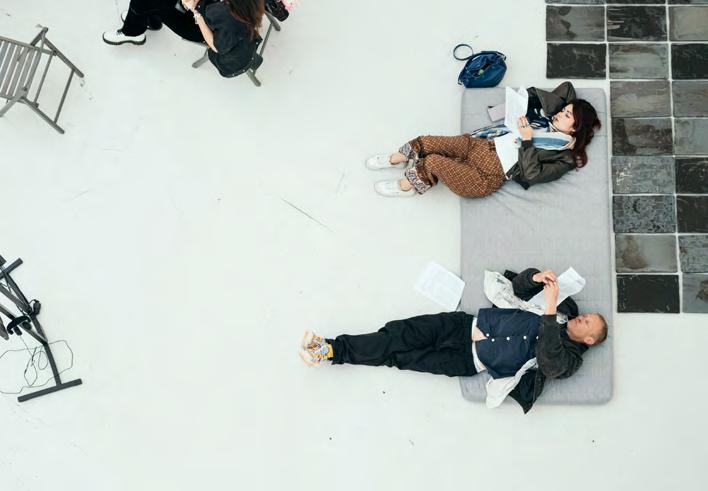
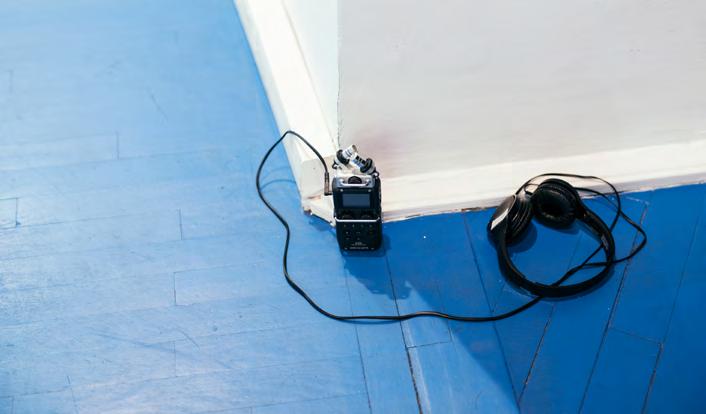
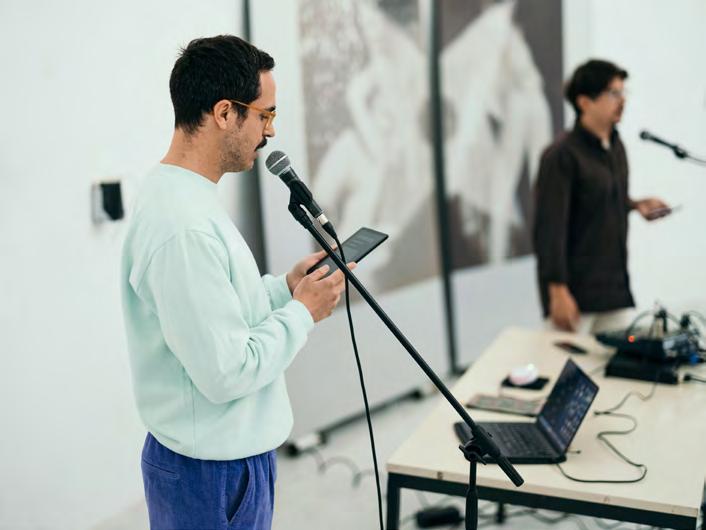
226 International perspective
foto: Ive Trojanović
Nova produkcija kolektiva Institute for Postnatural Studies u suradnji s Markom Gutićem Mižimakovom i Nikom Pećarinom je izvedba u dva dijela. Ovaj projekt zamišljen je kao eksperimentalna večer koja kroz zvuk, izvedbu, slušanje i pedagogiju pruža refleksiju o prirodi, prijateljstvu i višestrukim temporalnostima koje simultano djeluju. Kroz meditativno slušanje razmišljamo o različitim percepcijama svjetova koji nas okružuju, načinima proizvodnje, usvajanja i osjetilnog oblikovanja znanja. Autori polaze od zvučnih i queer ekologija, koje isprepliću s intimnim i autoreferencijalnim trenucima, istražujući nove načine osjećanja vremena i suživota koji se temelji na aktivnom slušanju glasova onih oko nas, ljudskih i ne-ljudskih, tehnoloških i organskih, zamišljenih i stvarnih.
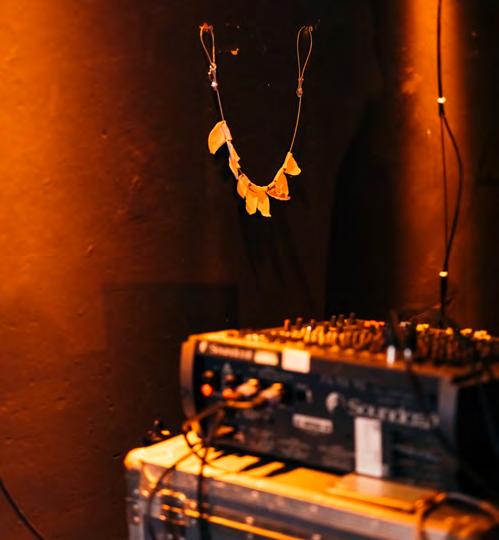
The new production by the Institute for Postnatural Studies in collaboration with Marko Gutić Mižimakov and Nika Pećarina is a two-part performance. This project is conceived as an experimental evening that, through sound, performance, listening, and pedagogy, offers reflection on nature, friendship, and the multiple temporalities that act simultaneously. Through meditative listening, we contemplate different perceptions of the worlds around us, the ways of producing, adopting, and sensorially shaping knowledge. The authors depart from sound and queer ecologies, intertwining them with intimate and self-referential moments, exploring new modes of time sensing and of coexistence that is based on actively listening to the voices of those around us, human and non-human, technological and organic, imagined and real.
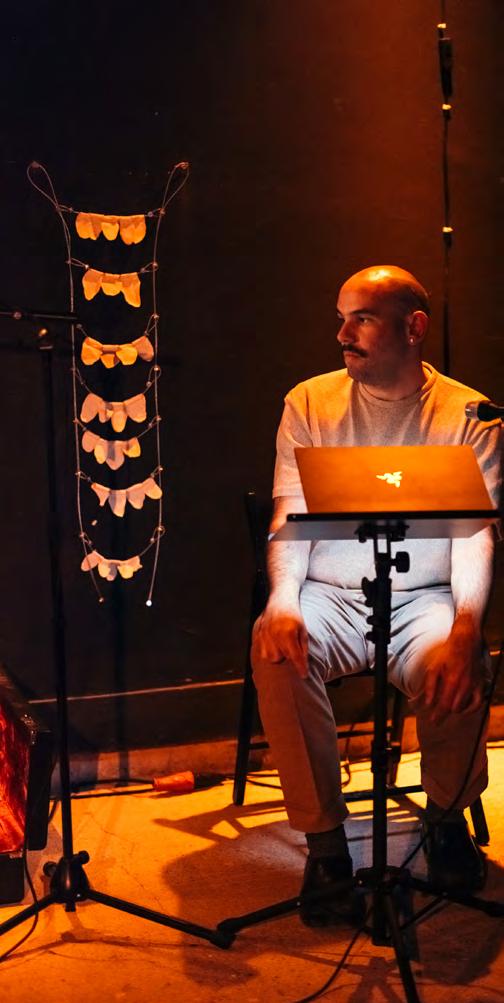
Međunarodni pogled 227 POPRATNI PROGRAM
foto: Ive Trojanović
A L O N M L A D I H
Temporalnosti u kustoskim praksama
Temporalities in curatorial practices
18.5.2024.
Meštrovićev paviljon / Klub HDLU
Evning lecture
Tematska večer predavanja nadovezuje se na centralnu temu 37. salona mladih koja je vezana uz propitivanje naučene percepcije i osjećanja vremena. Pozvani međunarodni kustosi i kustosice kroz primjere vlastitih izložbenih i teorijskih praksi predstavljaju različite strategije istraživanja i zamišljanja alternativnih pojmova vremena.
The evening lecture programme builds upon the central theme of the 37th Youth Salon, which is related to questioning learned perceptions and feelings of time. Invited international curators, through examples from their own exhibition and theoretical practices, present various strategies of exploring and imagining alternative concepts of time.
Jorge Van den Eynde: Burrowing Fantastic Timelines
Istražujući potencijal fantazije kao kustoske i umjetničke strategije kako bi se iskusile različite dimenzije dubokog vremena, ovaj će razgovor predstaviti nekoliko projekata u kojima fantazija propitkuje alternativne pojmove vremena, primjerice, film Tassili (2023.) umjetnice Lydije Ourahmane te izdanje Bergen Assemblyja iz 2022. kustosice Yasmine d’O.
Exploring the potential of fantasy as a curatorial and artistic strategy to experience different dimensions of deep time, this talk will present several projects in which fantasy has articulated and addressed alternative notions of time, for instance, the film Tassili (2023), by artist Lydia Ourahmane, and the 2022 edition of the Bergen Assembly, curated by Yasmine d’O.
228 International perspective
S

Domen Ograjenšek:
Temporalities of Failure:
The Spectral Diagrammatism of Jožef Mislej
Predavanje istražuje kompleksne vremenske okvire neuspjeha i njihov utjecaj na dijakronijsku misao. Fokusirajući se na život i djelo Jožefa Petera Alkantare Misleja, usamljene figure slovenske filozofske tradicije, predavanje se bavi spekulativnim metodama dijagramatizma, označavanja i vektorske slike.
The lecture explores the complicated timelines of failure and their impact on diachronic thought. Highlighting the life and work of Jožef Peter Alkantara Mislej, a forlorn figure of Slovene philosophical tradition, the lecture delves into speculative methods of diagrammatism, the mark, and the vectorial image.
Adomas Narkevičius: Neither Belated, nor Anachronistic: Virgilijus Šonta NonNormative Photographic Worlds / Untimeliness as a Common Maquette for Recent ‘Eastern’ European Art Histories?
Predavanje o nedavno ‘otkrivenom’ nenormativnom, homoerotičnom segmentu arhive pokojnog litavskog fotografa Virgilijusa Šonte (1952.-1992.) koristeći zastarjeli nietzscheanski koncept neblagovremenosti. Adomas Narkevičius ovaj koncept koristi kao umjetničko-povijesno sredstvo za obračunavanje s neprepoznatim i neistraženim umjetničkim djelima ili onima koja su na neki drugi način neusklađena sa svojom prošlošću i/ili sadašnjošću.
The lecture introduces the recently-’discovered’ non-normative, homoerotic segment of the late Lithuanian photographer Virgilijus Šonta’s (1952–1992) archive, employing the old-fashioned Nietzschean concept of untimeliness. Narkevičius uses this concept as an art historical tool for reckoning with artworks unrecognized, unexhibited or otherwise out-of-sync with their past and/or present.
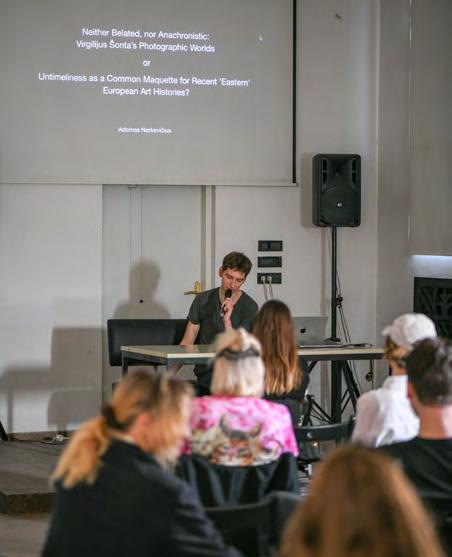
Večer predavanja
Međunarodni pogled 229 POPRATNI PROGRAM
S A L O N M L A D I H
Lisa Jäger i Bruno Mokross: Between Personal and Professional Timelines
Razgovor o specifičnostima bečke nezavisne scene polazi od isprepletenih vremenskih okvira kustoske i umjetničke prakse Bruna Mokrossa i Lise Jäger. Oboje trenutno borave u Beču gdje vode nezavisne umjetničke prostore. Njihova profesionalna iskustva poslužit će kao polazište za raspravu o rutinama, vremenskim okvirima i ograničenjima projektnih prostora te njihovom pozicioniranju unutar postojeće gradske infrastrukture.
The dialogue between Lisa Jäger and Bruno Mokross will focus on the specificities of the Viennese independent scene, looking at interwoven timelines of their curatorial and artistic practices. They both currently reside and run independent art spaces in Vienna. Their professional experiences will serve as a starting point to discuss routines, timeframes and limitations of project spaces and their positioning within the existing infrastructure.
Laura Amann: Disobedient Desires
Neka promišljanja o tome kako želja, intimnost, seksualnost i senzualnost mogu biti i oblici znanja i mjesta za neposlušnost unutar kulturnih praksi i svijeta u cjelini. Slijedeći figure i mislioce kao što su Modesta Sapienze Goliarde, Audre Lorde, Kathy Acker ili Adrienne Maree Brown, Amann promišlja o idejama kao što su aktivizam užitka, moć erotskog, kao i vulgarne dimenzije utopijskog razmišljanja o vlastitoj kustoskoj praksi.
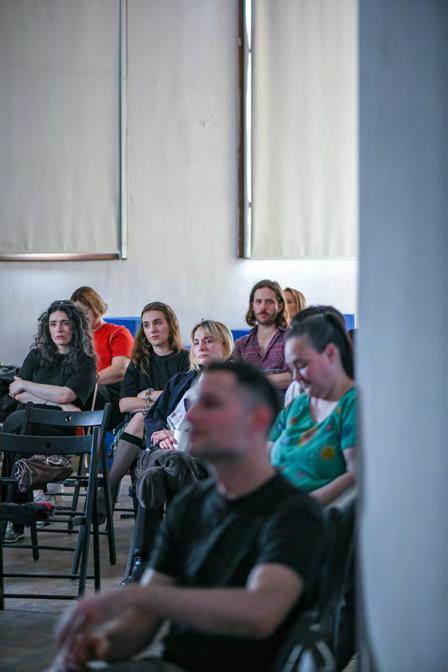
Evning lecture
Some thoughts on how desire, intimacy, sexuality and sensuality can be both forms of knowledge and places for disobedience within cultural practices and the world at large. Following figures and thinkers such as Sapienza Goliarda’s Modesta, Audre Lorde, Kathy Acker or Adrienne Maree Brown, Amann reflects on ideas such as pleasure activism, the power of the erotic as well as vulgar dimensions to utopian thinking concerning her own curatorial practice.
230 International perspective




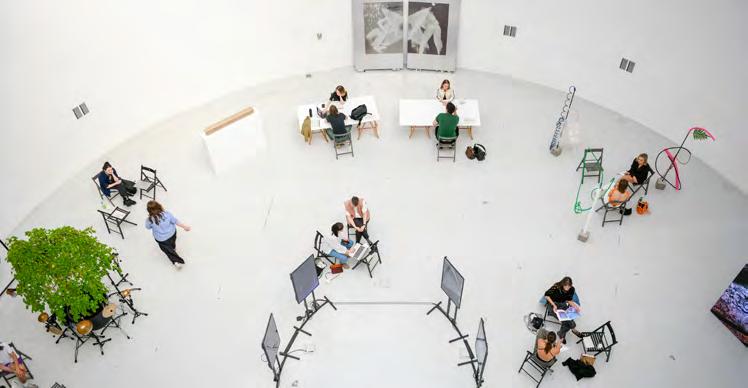
pogled 231 POPRATNI PROGRAM Porfolio reviews
Međunarodni
Velika očekivanja Great Expectations
Seminar o profesionalizaciji umjetničkog djelovanja
Seminar on the Professionalization of Artistic Practice 17.05.2024.
HDLU
Tjaša Pogačar (SI), Michal Stolarik (SK), Natalija Paunić (RS), Una Mathiesen Gjerde (NO), Mijoo Park (KR)
w/ Lovro Japundžić Jelena Šimundić Bendić
Cjelodnevni seminar realiziran uz potporu europske projektne mreže CreArt okuplja međunarodne kustose te umjetnike izložbenih programa 37. salona mladih. Kroz predavanja i panel diskusije polaznici seminara “Velika očekivanja” imat će priliku slušati o različitim aspektima profesionalizacije vlastitog umjetničkog djelovanja. Temeljne točke koje će biti obuhvaćene ovim seminarom uključuju predstavljanje međunarodne umjetničke scene i različita područja djelovanja unutar institucionalnog, nezavisnog ili komercijalnog konteksta te važnost odnosa umjetnika i kustosa. Profesionalizacija umjetničkog djelovanja podrazumijeva i karijerno usmjeravanje mladih umjetnika koje će se također odviti kroz predavanja i rasprave o razvoju te održavanju uspješnih odnosa s različitim institucijama, kolekcionarima i ostalim akterima umjetničkih sistema. Cjelodnevni program završava pregledom portfelja pri čemu umjetnici dobivaju priliku za diskusiju o svom radu sa timom međunarodnih kustosa.
The full-day seminar, realized with the support of the European project network CreArt, brings together international curators and artists from the exhibition programs of the 37th Youth Salon. Through lectures and panel discussions, participants of the “Great Expectations” seminar will have the opportunity to hear about various aspects of professionalizing their artistic practice. Key points covered in this seminar include an introduction to the international art scene and different areas of activity within institutional, independent, or commercial contexts, as well as the importance of the relationship between artists and curators. The professionalization of artistic practice also entails career guidance for young artists, which will be addressed through lectures and discussions on developing successful relationships with various institutions, collectors, and other actors within the art system. The fullday program concludes with a portfolio review, where artists have the chance to discuss their work with a team of international curators.
232 International
perspective S A L O N M L A D I H
Seminar
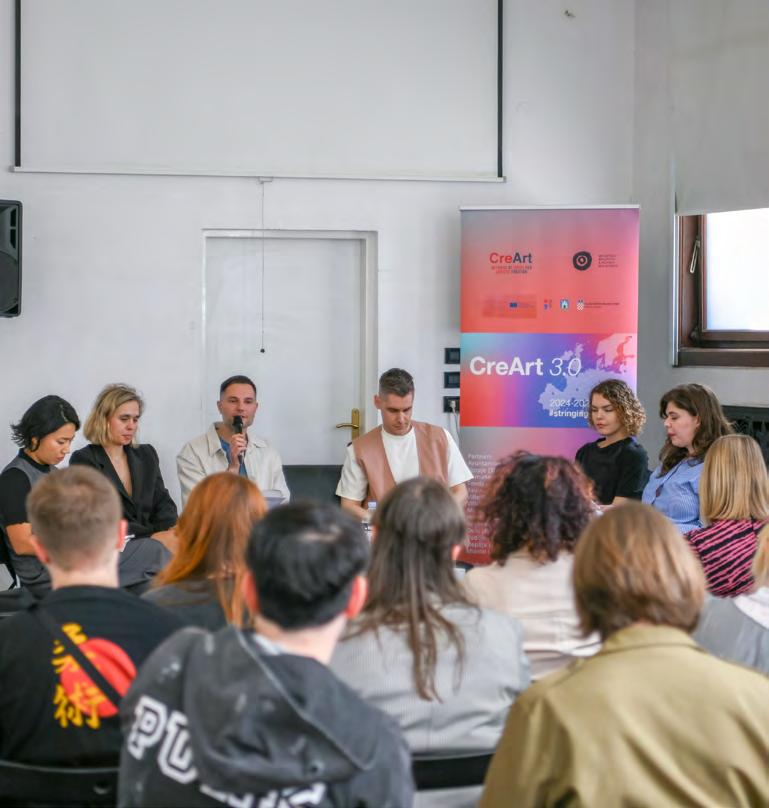
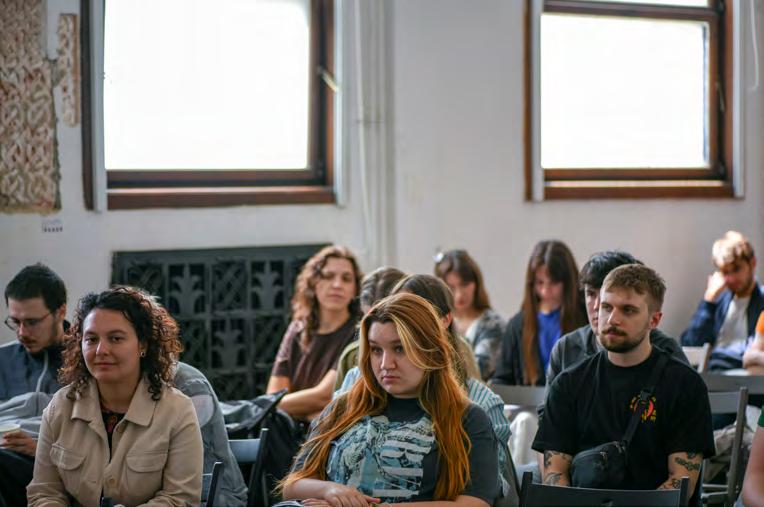
233 POPRATNI PROGRAM Seminar
Međunarodni pogled
S A L O N M L A D I H
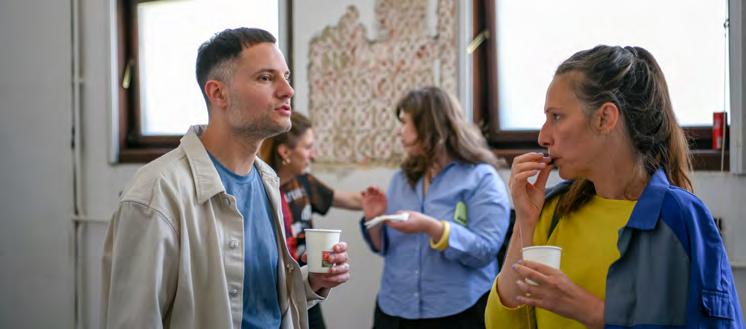



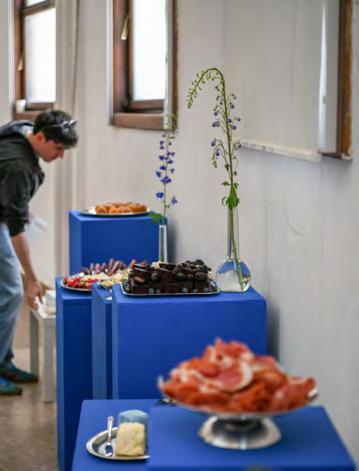

234 International perspective
Domjenak
235 POPRATNI PROGRAM
predavanja
Međunarodni pogled
Večer
Umjetnost mladih i samoorganizacija:Bijenale mladih (Beograd, SRB)
Youth Art and Self-Organisation: Youth Bennale (Belgrade, SRB)
Panel diskusija na temu samoorganizacije mladih u području kulture
Panel discussion on the topic of youth self-organization in the field of culture 15.05.2024.
Srpsko narodno vijeće Serbian National Council
236 International
S
perspective
A L O N M L A D I H
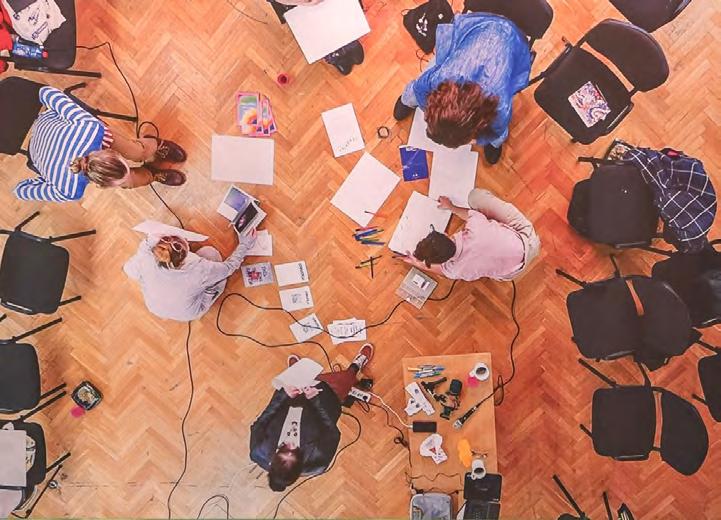
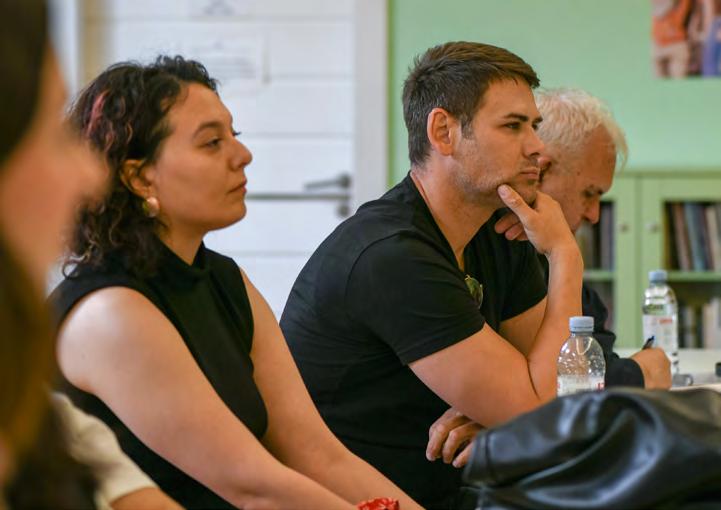

237 POPRATNI PROGRAM
Međunarodni pogled
S A L O N M L A D I H

23. 05. 2024. / 18:00 - 19:30 GERILSKI VRTLARI, radionica mikro ozelenjavanja, voditeljica: Manuela Pauk Lapidarij Arheološkog muzeja
May 23, 2024 / 6:00 PM - 7:30 PM / GUERRILLA GARDENERS , micro-urban greening workshop, led by Manuela Pauk Lapidarium of the Archaeological Museum
23. 05. 2024. / 16:00 – 18:00
MISLI(TI) O UMJETNOSTI, radionica pisanja tekstova o suvremenoj umjetnosti, voditeljice: Ivana Završki i Lora Rajčić Arheološki muzej
May 23, 2023/ 4:00 PM – 6:00 PM / THINKING ABOUT ART, workshop on writing texts about contemporary art, led by Ivana Završki and Lora Rajčić Archaeological Museum

24. 05. 2024. / 16:00 - 18:00
KOLAŽ RIJEČI, radionica tekstualnolikovnog izražavanja, voditeljica: Lucija Bogunović Arheološki muzej
June 7, 2024 / 4:00 PM - 6:00 PM / COLLAGE OF WORDS , textual-visual expression workshop, led by Lucija Bogunović Archaeological Museum
238
EDUKATIVNI PROGRAM


11. 06. 2024. / 16:00 - 18:00 GRAFITI NA PLATNU, radionica izrade asocijativnog veza, voditeljica: Marlen Ban Arheološki muzej
June 11, 2024 / 4:00 PM - 6:00 PM / GRAFFITI ON CANVAS , associative embroidery workshop, led by Marlen Ban Archaeological Museum
25. 05. 2024. / 11:00 - 13:00 ONO UNUTRA , radionica komunikacije unutarnjeg putem umjetničke prakse, voditelj: Josip Kresović Galerija AMZ
May 25, 2024 / 11:00 AM - 1:00 PM
THE INNER SELF, workshop on communicating the inner self through artistic practice, led by Josip Kresović AMZ Gallery
EDUCATIONAL PROGRAMME
27. 05.2024. / 11:00 - 13:00 /
URBANI HERBARIJ, radionica za korisnike Centra za rehabilitaciju Zagreb, voditeljica: Manuela Pauk Galerija Art&CeRZe
May 27, 2024 / 11:00 AM - 1:00 PM / URBAN HERBARIUM, workshop for members of the Center for Rehabilitation Zagreb, led by Manuela Pauk Art&CeRZe Gallery
239
POPRATNI PROGRAM
S A L O N M L A D I H
Utorak u 18h na datume:
30. 4. / 14. 5. / 28. 5. / 11. 6. 2024. stručna vodstva za odrasle
Meštrovićev paviljon
Tuesday at 6 PM on the dates: April 30 / May 14 / May 28 / June 11, 2024
Guided tours for adults
Meštrović Pavilion
Utorak u 18h na datume: 7. 5. / 21. 5. 2024. stručna vodstva za djecu i mlade
Meštrovićev paviljon
Tuesday at 6 PM on the dates: May 7 / May 21, 2024
Guided tours for children and youth
Meštrović Pavilion
240
Vodstva
Guided
/
Tours
25. 4. 2024. / 19:30 - 22:30
GABIBABYDOLL & KATE
Meštrovićev paviljon
April 25, 2024. / 19:30 - 22:30
GABIBABYDOLL & KATE
Meštrović Pavilion
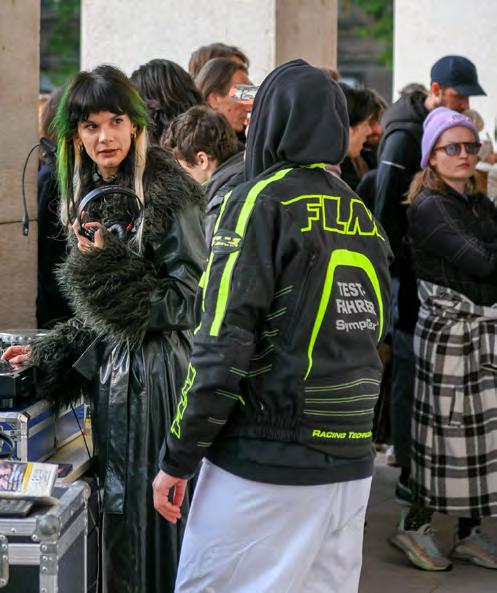
24. 5. 2024. / 20:00 - 00:00
HEARTSKOMERZ
Meštrovićev paviljon: Galerija Ispod
May 24, 2024. / 20:00 - 00:00
HEARTSKOMERZ
(Meštrović Pavilion: Gallery Under
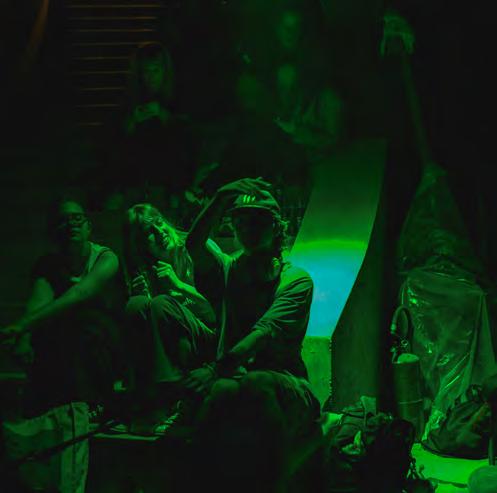
6. 6. 2024. / 20:00 - 23:00 SNOP
Meštrovićev paviljon: Galerija Ispod
June 6, 2024. / 20:00 - 23:00 SNOP
Meštrović Pavilion: Gallery Under

241
POPRATNI PROGRAM GLAZBENI PROGRAM MUSIC PROGRAMME
S A L O N M L A D I H
25. 4. 2024. / 19:00 - 22:00
MASSA CONFUSA , performans u izvedbi
Marianne Nardini, Brune Jakupović i Lane Lehpamer
Meštrovićev paviljon: Galerija Ispod
April 25, 2024 / 7:00 PM - 10:00 PM
MASSA CONFUSA , performance by Marianne Nardini, Bruna Jakupović, and Lana Lehpamer
Meštrović Pavilion: Gallery Below
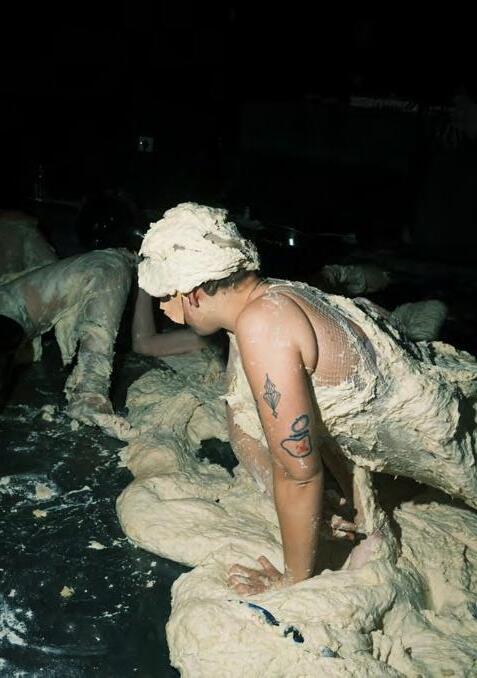
14. 5. 2024. / 18:00 - 20:00
VIZIJE: IZ KRATKE BAZE 25 FPS-a, projekcija eksperimentalnih filmova Kinoteka
May 14, 2024 / 6:00 PM - 8:00 PM
VISIONS: FROM THE 25 FPS SHORT BASE, experimental film screening Kinoteka
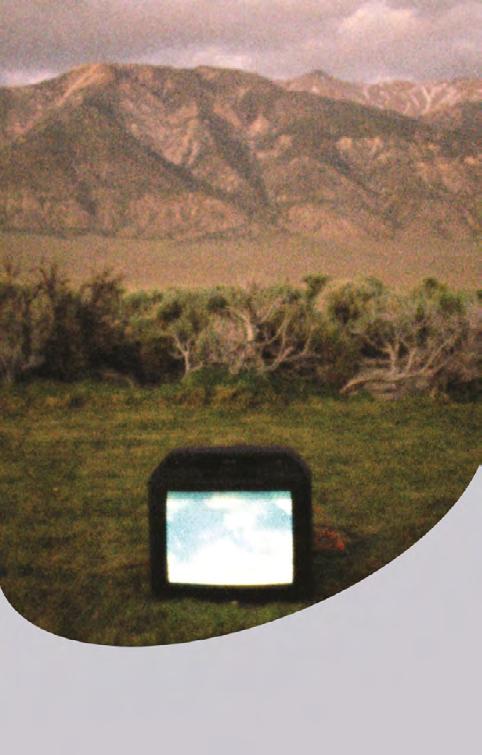
242
243 POPRATNI PROGRAM
S A L O N M L A D I H
244
245 BIOGRAFIJE
S A L O N M L A D I H
Lea Anić vizualna je umjetnica koja živi i radi na relaciji Zagreb – Kopenhagen.
Završila je preddiplomski studij Animiranog filma i novih medija na Akademiji likovnih umjetnosti u Zagrebu, a magistrirala je na Školi za konceptualne i kontekstualne prakse na Kraljevskoj akademiji likovnih umjetnosti u Kopenhagenu 2019. godine. Na istoj akademiji razvija Laboratorij za kontekstualno specifične umjetničke prakse u suradnji s profesoricom Carlom Zaccagnini 2021. godine. Izlagala je u galerijama
Kunsthal Charlottenborg u Kopenhagenu, Multimedijalnom kulturnom centru u Splitu, Galeriji Atelijera Žitnjak u Zagrebu i drugima. U svom radu bavi se opipljivim manifestacijama nevidljivog; marginalnim, svakodnevnim odjecima društveno-političke situacije, pronađenim u zatečenim datostima, čitanim u različitim medijima. Osim istraživanja na sjecištu medija i neposrednog društvenog konteksta, u umjetničkoj praksi promišlja metode prenošenja umjetničkog znanja.
David Bakarić Mihaljević, rođen je 2001. u Zagrebu. Student je preddiplomskog studija snimanja na Akademiji dramskih umjetnosti u Zagrebu. Planira upisati i diplomirati na diplomskom studiju fotografije ADU. Do sada je izlagao svoje radove na tri samostalne izložbe te je sudjelovao u pet grupnih izložbi, među kojim se ističe izložba So far koju je realizirao na inicijativu svojih kolega i prijatelja.
Marlen Ban (1999., Pula) studentica je Novih medija, Odsjeka za animirani film i nove medije, Akademije likovnih umjetnosti Sveučilišta u Zagrebu te studija Javne uprave Pravnog fakulteta Sveučilišta u Zagrebu. Kroz umjetničku praksu proučava društvene i osobne odnose te vlastita stanja i strahove. Sudjelovala je na kolektivnim i samostalnim izložbama u Hrvatskoj i inozemstvu od kojih se izdvajaju Social Media is Ruining My Life/Društvene mreže mi uništavaju život (Galerija SC, Kiosk, 2023.) te No More ‘I’m Sorry (Galerija Miroslav Kraljević, 2023.). Dobitnica je stipendije 19. Erste fragmenata.
Andrej Beštak (1993.) i Anja Leko (1991.) su umjetnički duo rođen u Zagrebu. Njihova umjetnička praksa uključuje instalacije, performanse i video radove. Većinom se smatraju pripovjedačima u prostoru koristeći vizualni jezik i zvukove, umjesto riječi, kako bi stvorili emocionalni dijalog između umjetničkog djela i publike. Oboje su diplomirali likovnu umjetnost na Akademiji likovnih umjetnosti u Zagrebu. Djeluju kao umjetnički duo od 2020. godine te su izlagali na samostalnim i skupnim izložbama, sudjelovali na umjetničkim rezidencijama te bili nagrađivani za svoj rad, između ostaloga osvojili su i Grand Prix na 36. salonu mladih.
Lucija Bogunović (1998.) studira na Odsjeku za animirani film i nove medije na Akademiji likovnih umjetnosti Sveučilišta u Zagrebu kojeg je upisala 2019. godine. Izlagala je na grupnoj izložbi Crta za beskraj u Galeriji Događanja (2022.) s video instalacijom Dobro jutro te je iste godine u sklopu međunarodnog festivala fotografije Organ Vida izabrana za sudjelovanje na rezidenciji u Torinu u organizaciji fotografske platforme Futures. U 2023. godini sudjelovala je u projektu I Saw Our Leaders. Reinterpreting Hungarian Poems Via Contemporary Art Practices te je njezin rad objavljen na službenim stranicama European Alliance of Academies. S istim radom pozvana je na prezentaciju u Berlin na konferenciji The climate we live in organiziranom od strane Allience of Academies. Godine 2024. samostalno izlaže u Galeriji Karas u Zagrebu s radom Danas je nebo plave boje u kojem se bavi dnevničkim zapisima u formi analogne fotografije i tehnikama transferiranja.
Alex Brajković je glazbenik i multimedijalni umjetnik. Magistrirao je na Konzervatoriju u Amsterdamu, smjer Live-Electronics uz specijalizaciju za karantičku glazbu. Stvara u području, dizajna zvuka, algoritamskih skladbi, produkciji elektroničke glazbe, multi-instrumentalnih elektroakustičnih solo izvedbi i imerzivnih multimedijalnih instalacija u javnom prostoru. U svom dosadašnjem radu ostvario je niz prostorno
246
specifičnih radova u području umjetničkih instalacija i multimedije (Disperzija 0.2, XIV. Trijenale hrvatskog kiparstva, STRP Eindhoven; Drumming 0.3 Device_art festival, MSU Zagreb, Stillness, Galerija Umjetnina Split; Generative Contemplation, Galerija Karas).
Kao izvođač je nastupao na renomiranim festivalima i koncertnim dvoranama (BBC Jools Holland Show, Nice Jazz Festival, London Jazz Festival, Blue Note Milano, North Sea Jazz Festival, Amsterdam Dance Event, Bimhuis, institut STEIM). Dobitnik je posebne nagrade Kožarić Digital za rad Generative Contemplation – Cellular Automata 2022. godine koju dodjeljuje MSU.
Šimun Bućan (1993., Zagreb) student diplomskog studija Novih medija na Akademiji likovnih umjetnosti, završio preddiplomski studij Likovne kulture. Imao jednu samostalnu i više grupnih izložbi uključujući 36. Salon mladih. Nagrađen je stipendijom na 18. Erste fragmentima u Laubi. Živi u Zagrebu, studira i radi kao fotograf.
Klara Burić Latinčić (1997., Osijek) diplomirala je na Akademiji likovnih umjetnosti, nastavnički smjer u Zagrebu 2021. godine, a preddiplomski studij završila je s najvećom pohvalom (summa cum laude). Bila je polaznica pete generacije WHW Akademije koju vodi kustoski kolektiv What, How & for Whom. Dobitnica je Rektorove nagrade, nagrade akademskog vijeća za najbolje diplomante te nagrade Odsjeka za povijest umjetnosti Izidor Kršnjavi. Izlagala je na dvije samostalne izložbe te više grupnih izložbi. Živi u Sisku, a radi u Zagrebu.
Valentina Butumović (Pula, 1994.), magistrirala je diplomskom studiju Animiranog filma i novih medija Akademije likovnih umjetnosti u Zagrebu. U svom radu propituje ljudska ispreplitanja sa neljudskim, kao i kulturološki te politički potencijal transformacije i raspada materijala. Njezini radovi često su procesualne prirode; feedback loop između ljudske, materijalne i mikrobiotičke kreativnosti te istražuje teme vezane za novi materijalizam i queer ekologiju. Sudjelovala je u raznim internacionalnim umjetničkim programima,
rezidencijama i razmjenama. Izlagala je samostalno I grupno, a trenutačno živi i radi na relaciji Berlin - Zagreb.
Valerija Cerovec je vizualna umjetnica i spisateljica rođena 1993. godine u Čakovcu. Završila je preddiplomski studij Modnog dizajna na Tekstilno-tehnološkom fakultetu i studij Komparativne književnosti na Filozofskom fakultetu, a magistrirala na diplomskom studiju Animiranog filma i novih medija Akademije likovnih umjetnosti u Zagrebu. Sudjelovala je u nizu skupnih i samostalnih izložbi u Hrvatskoj i inozemstvu, među kojima se ističu radovi Klub nevinih čitatelj(ic)a, izveden u Galeriji Prozori u Zagrebu te 23. rujna, dan kada se ništa naročito nije dogodilo, izložen u galeriji Greta u Zagrebu i Whitechapel Gallery u Londonu. Roman Hotel Horizont izdala je 2023. godine. Članica je Hrvatskog društva likovnih umjetnika.
Marko Dajak (1990., Split) diplomirao je na Akademiji likovnih umjetnosti u Zagrebu (smjer Grafika). Izlagao je na samostalnim i skupnim izložbama te organizirao i sudjelovao u radionicama unutar i izvan Hrvatske. Aktivno sudjeluje u promicanju ulične umjetnosti –oslikao je nekoliko objekata, javnih i privatnih prostora, pokrenuo različite alternativne projekte. Volontirao i radio na festivalima koji promiču likovnu, glazbenu i filmsku umjetnost, radio je kao povremeni ilustrator i aranžer na raznim projektima te kao scenograf i asistent produkcije na nekoliko kratkih filmova. Član je udruge Kućni kolektiv, stručnog savjeta Sive Galerije i HDLU-a. Amaterski se bavi fotografijom, snimanjem i montažom. Radi kao stručni suradnik na grafičkom odsjeku Akademije likovnih umjetnosti u Zagrebu.
Andrej Drožđan (Zagreb, 1997.) vizualni je umjetnik koji se u svom radu izražava kroz medije instalacije, ilustracije, fotografije i grafičkog dizajna. Istražuje pojam i estetiku svakodnevnog, utjecaj digitalne sfere na percepciju pojedinca te prisutnost pop kulture u vizualnoj kulturi svakodnevice. U proteklih nekoliko godina sudjeluje na grupnim
247 BIOGRAFIJE
S A L O N M L A D I H
i samostalnim izložbama. Magistrirao je na diplomskom studiju Animiranog filma i novih medija na Akademiji likovnih umjetnosti u Zagrebu 2022. s diplomskim radom Konekcija memorija pod mentorstvom prof. art. Ivana Slipčevića.
Lora Elezović (1995., Toronto) godine 2020. diplomirala je na Akademiji likovnih umjetnosti u Zagrebu sveučilišni studij Likovne kulture (Grafički odsjek) i stekla zvanje magistra edukacije likovne kulture. Izlagala je na četiri samostalne izložbe i na pedesetak skupnih izložbi u Hrvatskoj i inozemstvu. Aktivno se bavi vođenjem likovnih radionica za razne dobne skupine. Članica je HDLU-a od 2020. godine. Godine 2021. postala je ambasadorica za Fabriano, Magnani 1404 i Uni-ball umjetnički pribor. Dobitnica je nagrade Iva Vraneković –Vladimir Dodig Trokut: umjetnici umjetniku na 36. Salonu mladih, 2022. godine. Živi i radi u Zagrebu.
Robert Fenrich (1995.) je interdisciplinarni umjetnik koji djeluje u Zagrebu, istražujući granice slike, atmosfere i zvuka. Koristeći različite medije, postavlja pitanja marginalnih odnosa tradicionalnih dihotomija: fikcije i stvarnosti, tehnologije i prirode, tvari i negativnog prostora. Diplomirao je grafiku 2020. na Akademiji likovnih umjetnosti u Zagrebu. Godine 2018. osniva neformalni umjetnički kolektiv Medium Movement osmišljen kao prostor za eksperimentiranje i platformu za produkciju hibridnih oblika zabave koji traje do sredine 2023. godine.
Teuta Gatolin (1993.) je intermedijalna umjetnica trenutno zainteresirana za pripovijedanje ekologije, na koje načine se konstruiraju narativi o prirodi, subverzivni potencijal mitoloških šaljivdžija, te razmatranje tehnologije kao prateće vrste čovjeku. Bila je polaznica treće generacije WHW Akademije. Izlagala je na četiri samostalne izložbe te više grupnih. Sudjelovala je na festivalima Improspekcije, Tjednu suvremenog plesa, Platformi HR, Perforacijama, Noći muzeja te drugima. Bila je stipendistica Erste Fragmenti nagrade za mlade umjetnike za 2019/2020.
Nikola Grabovac (1997., Herten) diplomirao je 2022. godine na Grafičkom odsjeku Akademije likovnih umjetnosti u Zagrebu te stekao titulu magistra grafike. Izlagao je na četiri samostalne i na desetak skupnih izložbi, od kojih se izdvajaju izložba Konstelacije (Lauba, 2021.) i diplomska izložba Između sna i jave (Galerija Modro, 2022). Kroz umjetničku praksu bavi se ilustracijom, slikarstvom, street artom i dizajnom.
Marko Gutić Mižimakov je vizualni, izvedbeni i tekstualni umjetnik koji živi na relaciji Zagreb – Bruxelles. Zanima ga oblikovanje senzornih materijala putem intimnih, suradničkih i društvenih procesa. U njegovu su radu tijela, kao i digitalni i opipljivi predmeti, animirani, koreografirani i opjevani u neorijentabilne oblike putem različitih medija i procesa prevođenja. Često preuzimajući elemente iz queer znanstvene fantastike, svoj rad doživljava kao spekulativnu tehnologiju međusobne transformacije.
Josipa Henizelman (1998., Osijek) diplomirala je 2023. na Akademiji za umjetnost i kulturu u Osijeku kao magistra Vizualne umjetnosti na smjeru slikarstva. Izlagala je na šest samostalnih i tridesetak grupnih izložbi. Njezina djela nagrađena sa šesnaest nagrada obuhvaćaju različite tehnike. Eksperimentalni film Mjesta koja ne postoje, osvojio je devet nagrada, među kojima se posebno izdvaja Nagrada GREEN DCP za najbolji hrvatski film na Festivalu 25 FPS. Osim toga, nagrađena je Dekanovom nagradom 2019., te Rektorovom nagradom 2022. godine. Jedna je od osam mentora koji vode radionice eksperimentalnog i dokumentarnog filma pod nazivom Oslobođeni film. Članica je Kinokluba Zagreb, Foto Kino kluba Đakovo, Hrvatskog društva likovnih umjetnika Osijek te likovne grupe Kontrast. Sudjelovala je na brojnim radionicama, a trenutno živi u rodnim Punitovcima te aktivno izlaže radove u medijima slikarstva, grafike, fotografije i filma.
Tomislav Hršak (Zagreb, 1992.) magistrirao je na diplomskom studiju Likovne kulture, nastavnički smjer, na Akademiji likovnih
248
umjetnosti u Zagrebu. Izlagao je na više samostalnih i grupnih izložbi od kojih se ističu samostalne izložbe Otkrivanje SPOMENIKA…, NMG@PRAKTIKA, Split (2023.), Savica, 14. trijenale hrvatskoga kiparstva (2022.); Nebo, Galerija Kranjčar (2023.), Galerija SC (2023.); Sim-Tam, Galerija Flora (2019.); Suzbijenost u nejasnoći, Galerija Zilik (2019.); Života, Galerija Šira (2018.); Drugo središte okolnosti, Galerija Bačva, HDLU Zagreb (2018.); Tirkizna upregnutost, Državni arhiv u Zagrebu (2018.) te grupne izložbe 18. Erste fragmenti, Lauba (2022.); 14. trijenale hrvatskoga kiparstva, Gliptoteka HAZU (2022.); XIV. Triennale hrvatskoga medaljerstva i male plastike, Muzej likovnih umjetnosti Osijek (2022.); Drava art biennale, Muzej grada Koprivnice (2021.); More, ljudi i obala, Muzej grada Šibenika (2021.); Disclosure Art Festival, Pogon Jedinstvo (2021.); 13. trijenale hrvatskoga kiparstva, Gliptoteka HAZU (2018.); 8. Zagorski likovni salon, Krapina (2018.); 34. Salon mladih –Panoptikon, HDLU Zagreb (2018.).
Lovro Ivančić (Zagreb, 1992.) magistrirao je na studiju tekstilnog i modnog dizajna u Ljubljani, a Erasmus boravak na Design Academy u Eindhovenu usmjerava ga k umjetničko-istraživačkom radu. Ivančić eksperimentira s tekstilnim tehnikama te kemijskim i mehaničkim intervencijama s ciljem savladavanja udaljenosti između pojmova čovjek, priroda i tehnologija te razumijevanja načina njihovog koegzistiranja bez međusobnog isključivanja. Svoje radove predstavlja na Bijenalu tekstilne umjetnosti BIEN, međunarodnom festivalu Svetlobaj Gverila, festivalu IZIS, sajmu Heimtextil u Frankfurtu, izložbama u gradskom i etnografskom muzeju Ljubljani, trijenalu YTAT u Lodzu itd. Također, radi kao stilist, kostimograf i scenograf za razne domaće i strane produkcije, recentno u kazalištima poput ZKM i HNK.
Astrid Jakšić studentica je diplomskog sveučilišnog studija Likovne kulture na Akademiji likovnih umjetnosti u Zagrebu, u klasi izv. prof. art. Gordane Bakić Vlahov. Provodi semestar na Akademie der Bildenden
Künste München u Njemačkoj (ak. god. 2022./2023.) u klasi profesora Sebastiana Trögera u sklopu Erasmus studentske razmjene. Dobitnica je pohvale Akademijskog vijeća ALU za uspješan rad (ak. god. 2020./2021.). Izlagala je u sklopu nekoliko grupnih izložbi i projekata (Linije kamene prošlosti, Galerija Šira; Dani otvorenih vrata Cash & Carry; Završne izložbe ALU Zagreb; ALU Perspektiva; Art Zagreb). Svoj rad temelji na odnosu vlastite tjelesnosti i slikarskog platna. Stvara ekspresivne i dinamične kompozicije koje počivaju na tradiciji gestualnog slikarstva, a izražava se na velikim formatima u kombiniranim tehnikama akrila, uljanih boja, tuša, ugljena i krede.
Bruna Jakupović (1998.) magistrirala je na diplomskom studiju Animiranog filma i novih medija na Akademiji likovnih umjetnosti u Zagrebu 2023. godine. U svom radu istražuje teme tijela, identiteta i ženskog položaja u društvu kroz različite medije – soft sculpture, film, tekst, instalaciju, poeziju, analognu fotografiju, performans i zvuk. Sudjelovala je u samostalnim i grupnim izložbama od kojih se izdvajaju 35. salon mladih, HDLU Zagreb, 2020; BoSA – Briefing on Soft Arts u Tratinskoj 36, Zagreb, 2021; Improspekcije, MSU, 2022. Jedna je od članica umjetničke skupine ROSE kolektiv.
Matej Jurčević (Osijek, 1995.) diplomirao je na studiju fotografije na Royal Academy of Fine Arts (KASKA) u Antwerpenu. Dobitnik je nagrade VID Grant koju dodjeljuje VID Foundation for Photography za poticanje razvoja projekata koji tematiziraju relevantne socijalne probleme na području Balkana. U svojoj umjetničkoj praksi istražuje suvremene strukture identiteta, memorije i kulture mladih. Njegov rad objavljen je u brojnim publikacijama o suvremenoj fotografiji među kojima se izdvajaju The British Journal of Photography, Der Grief i GUP Magazine.
Katarina Juričić je vizualna umjetnica i scenografkinja čija umjetnička praksa počiva na istraživanju novih formi i fizikalnosti medija fotografije. Kroz studiju boje,
249 BIOGRAFIJE
S A L O N M L A D I H
forme, svjetla i materijala, Juričić vizualizira imaginarne, fotografijom neuhvatljive aspekte stvarnosti kao što su sjećanja, emocije, vizije i halucinacije. Diplomirala je fotografiju 2019. na Royal Academy of Art u Den Haagu, kamo odlazi nakon završenog studija novinarstva 2015. na Fakultetu političkih znanosti u Zagrebu. Izlagala je u Galerie Bart, Galerie Ron Mandos, Unseen, Fresh Eyes Photo Fair (Amsterdam), Nest (Den Haag), Art Rotterdam, Organ Vida festival, Art Zagreb Fair. Bila je nominirana za Foam Paul Huf fotografsku nagradu 2023., a 2020. i 2023. dobiva stipendiju za perspektivne umjetnike Mondriaan Fonds. Njezini radovi nalaze se i u AkzoNobel Art Foundation kolekciji u Amsterdamu.
Marta Katavić (2000., Križevci) studentica je Akademije likovnih umjetnosti u Zagrebu, diplomskog studija slikarstva. Godine 2015. izdala je dječju slikovnicu Nebeska tvornica, a sudjelovala je u više grupnih izložbi u Beogradu, Karlovcu, Križevcima, Rijeci, San Luis Potosiju, Slavonskom Brodu, Zlataru i Zagrebu. U akademskim godinama 2019./2020. i 2021./2022. dobiva pohvalu za uspješan rad na Akademiji, zatim 2023. godine i Rektorovu nagradu te nagradu publike u sklopu natječaja Erste fragmenti 19.
Mihael Klanjčić (Zagreb, 1994.) magistrirao je 2019. na diplomskom studiju Likovne kulture Akademije likovnih umjetnosti Sveučilišta u Zagrebu, u klasi prof. Damira Sokića. Izlagao je na sedam samostalnih i više skupnih izložbi, među kojima se ističu: Život dobro ugođenih formi, (KiBela, Galerija Kranjčar), 57. zagrebački salon, (HDLU Zagreb), 35. salon mladih, (HDLU Zagreb), 16. Erste Fragmenti (Lauba), Umjetnost je sumnja (LEXART Skladište), 14. Erste Fragmenti (Galerija Kranjčar). Dobitnik je Nagrade Radoslav Putar 2023. godine. Živi i radi u Zagrebu.
Manuela Košević (1999., Zadar) godine 2022. završila je preddiplomski sveučilišni studij Grafika s pohvalom summa cum laude na Akademiji likovnih umjetnosti Sveučilišta u Zagrebu gdje trenutno pohađa diplomski
sveučilišni studij grafike. Dva semestra provela je na Erasmus+ razmjenama u Antwerpenu i Leipzigu. Ostvarila je dvije samostalne izložbe u 2023. godini, bittersweet u Galeriji Putolovac te Squishy Feelings s Anamarijom Kvas u Galeriji SC. Sudjelovala je na dvadesetak skupnih izložbi u Hrvatskoj i inozemstvu. Dobitnica je Rektorove nagrade za individualni umjetnički rad (s Anamarijom Kvas) 2023. godine te za grupni projekt 2020. godine. Živi i radi u Zagrebu.
Katarina Kožul (1998., Novi Sad) diplomirala je 2023. na Akademiji primijenjenih umjetnosti u Rijeci pri Katedri za kiparstvo. Kao stipendistica Ministarstva vanjskih poslova u Japanu završila je edukacijski program za studente umjetnosti MIRAI u Tokiju. Sudjelovala je u realizaciji više međunarodnih kulturno-edukativnih i aktivističkih projekata te izlagala na više skupnih izložbi. Od 2024. radi kao umjetnička direktorica Međunarodnog studentskog filmskog festivala (STIFF-a). Živi i radi u Rijeci.
Josip Kresović (1992., Zadar), multimedijski umjetnik i magistar psihologije (Sveučilište u Zadru, 2018.). Sudjelovao na trinaest samostalnih i devet grupnih izložbi otkad razvija vlastitu umjetničku praksu. Aktivno radi i kao izvođač i scenograf. Njegov performans Sun Worker u produkciji Hrvatskog muzeja naivne umjetnosti dobiva ICOM-ovu nagradu u kategoriji Svjetskog dana muzeja 2023., a predstava Kabanica (r. Vinko Radovčić), na kojoj radi kao scenograf, nominirana je za najbolju predstavu u cjelini u 2019. godini u sklopu Nagrada hrvatskog glumišta. Živi i radi u Zagrebu.
Luka Kušević (1993., Zagreb) 2017. godine diplomirao je na Odsjeku za slikarstvo na Akademiji likovnih umjetnosti u Zagrebu. Samostalno izlaže od 2018. godine, a ističu se izložbe u Galeriji Forum 2018., Galeriji Matice hrvatske 2022. i Galeriji SC 2022. Redovno izlaže i na mnogim skupnim izložbama od kojih se ističu Erste fragmenti 16 (2020.) i 57. zagrebački salon (2022.). Živi i radi u Zagrebu.
250
Anamarija Kvas (1999., Rijeka) studentica je diplomskog studija na Akademiji likovnih umjetnosti u Zagrebu gdje je 2022. završila preddiplomski studij grafike s pohvalom summa cum laude. Studentsku razmjenu ostvarila je na Akademiji likovnih umjetnosti u Leipzigu i Akademiji za umjetnost, arhitekturu i dizajn u Pragu. Sudjelovala je na raznim umjetničkim i interdisciplinarnim projektima od kojih se ističe rezidencija Women Power in Comics (Mađarska, 2023.). Njezini autorski stripovi objavljeni su u Godišnjaku hrvatskog stripa 2023. nakladnika Fibra i brojnim drugim alternativnim domaćim i europskim časopisima. Izlagala je na tridesetak grupnih izložbi i broji tri samostalne izložbe. Čini jednu petinu kolektiva The Random Factor Comics Collective koji djeluje na relaciji Hrvatska–Mađarska–Rumunjska. Trostruka je dobitnica Rektorove nagrade Sveučilišta u Zagrebu za dva timska znanstveno umjetnička rada te za individualni znanstveni i umjetnički rad. Živi i radi u Zagrebu.
Lana Lehpamer (1997.) novomedijska je umjetnica koja u umjetničkoj praksi koristi tekst i poeziju koje razvija kroz medije zvuka, videa, prostorne instalacije te performansa. U radovima istražuje teme liminalnosti, začudnosti i materijalnosti. Procesi koje koristi u radu povezani su s ritualima, procedurama i eksperimentiranjem u različitim medijima. Magistrirala je na diplomskom studiju Animiranog filma i novih medija 2023. godine. Članica je ROSE kolektiva s kojim 2021. godine izlaže u Galeriji CEKAO – Working Spaces i Galeriji VN – Speaking Spaces. Kolektiv je sudjelovao na istraživačko-umjetničkoj rezidenciji GMK pod imenom Rose <3 2023., iste godine izlažu rad ROSE VELVET’ na 63. porečkom Annaleu. Sudjelovala je na više grupnih izložbi i projekata od kojih se izdvajaju Savijača te Improspekcije realizirane u MSU 2022. godine.
Antonia Magdić (1995., Vinkovci) završila je diplomski studij Likovne kulture, modul slikarstvo, na Odsjeku za vizualnu i medijsku umjetnost na Akademiji za umjetnost i kulturu u Osijeku 2022. godine. Sudjelovala je na više
grupnih te na samostalnoj izložbi Sjećanja s jednog otoka - vizualizacije u teksturi, Galerija Kulturnog centra Osijek. Finalistica je Erste fragmenata 16. i 19. te nagrade za mlade umjetnike Zlatna lubenica 8.0. Dobitnica je nagrade žirija na izložbi One su tu 2019. godine. Živi i radi u Vinkovcima.
Mia Maraković (Zagreb, 1990.) Magistrirala je na diplomskom studiju Likovne kulture nastavničkog smjera Akademije likovnih umjetnosti u Zagrebu 2018. godine. Izlagala je na devetnaest samostalnih izložbi: Crno, bijelo i crvena linija – kompozicija, Galerija Crta, Zagreb, 2023; Open studio, Hafenkombinati, Leipzig, 2022. i 2021; Crnilo, Galerija Karas, 2022; 2022. Crno, bijelo i crvena linija, Galerija „Josip Račić“, Zagreb; Izgubljeni u vremenu i prostoru, Galerija Zilik, 2020; Transparentne granice, Galerija VN, 20128; Oblici u nastajanju, Lauba, 2017. Sudjelovala je na osamdesetak skupnih izložbi u Hrvatskoj i inozemstvu. Članica je Hrvatskog društva likovnih umjetnika u Zagrebu od 2016. godine.
Mia Matijević Akrap (1995., Požega) diplomirala je na Akademiji likovnih umjetnosti u Zagrebu 2020. godine, gdje 2023. upisuje poslijediplomski studij. Izlagala je na desetak samostalnih i brojnim skupnim izložbama. Sudjelovala je na tri rezidencijalna programa (Francuska, Njemačka, Litva). Dobitnica je nagrade galerije Canvas na 7. Bijenalu slikarstva, nagrade Kolekcionar umjetniku na 36. Salonu mladih, nagrade publike na 16. Erste fragmentima, četiri Rektorove nagrade, dvije pohvale Akademije likovnih umjetnosti i dvije Sveučilišne stipendije za darovite studente. Živi i radi u Zagrebu.
Anja Mergeduš rođena je u Novoj Gradiški 1995. Dvosemestralni obrazovni program Centra za ženske studije u Zagrebu završava 2016. godine, zatim upisuje preddiplomski studij Snimanja na Akademiji dramskih umjetnosti u Zagrebu. Sudjelovala je na grupnim izložbama, izvedbama i performansima. Njezin rad zasniva se na
251 BIOGRAFIJE
S A L O N M L A D I H
eksperimentalnim i multidisciplinarnim, istraživačkim i kolaborativnim praksama. Živi i radi u Zagrebu gdje pohađa diplomski studij Animiranog filma i novih medija na Akademiji likovnih umjetnosti u Zagrebu.
Zdenko Mikša (1995., Zagreb), diplomirao na nastavničkom odsjeku Akademije likovnih umjetnosti u Zagrebu 2021. Izlaže na više grupnih i pet samostalnih izložbi. Živi i radi u Zagrebu.
John Miličić (1992. Split) diplomirao je slikarstvo 2018. godine na Akademiji likovnih umjetnosti u Zagrebu u klasi prof. Zlatana Vrkljana. Radove je izlagao na skupnim i samostalnim izložbama. Sudjeluje na 19. međunarodnoj izložba minijatura, Zaprešić, 2016.; 6. bijenalu slikarstva, HDLU Zagreb, 2021.; Hvar URB artu, grad Hvar, 2022.; Plati i nosi, HDLU Zagreb, 2022.; 7. bijenalu slikarstva, HDLU Zagreb, 2023. Samostalno izlaže od 2017. godine: Deca Micra, Galerija Buljat, 2017.; Pejzaž, Galerija Matice hrvatske, 2017.; Otok, Galerija Zlati Ajngel, 2018.; Daske, Galerija Događanja, 2019.; Potemkinovi gosti, Gradska galerija Hvar, 2021.; Putevi, Galerija SC, 2024.
Alba Miočev (1994., Zadar) po završetku
škole Primijenjene umjetnosti i dizajna, 2014. upisuje Akademiju likovnih umjetnosti u Zagrebu, odsjek slikarstvo. U sklopu programa Erasmus+ dio studija provodi na sveučilištu Ulster u Belfastu, a nakon završenog preddiplomskog studija u sklopu Erasmus prakse radi na rezidenciji GlogauAir u Berlinu. Dosad je svoje radove predstavila na dvije samostalne izložbe te na brojnim grupnim).
Bavi se i slikanjem murala te je sudjelovala na festivalima murala poput Graffiti na gradele, Re:Think Sisak, KvartArt, Zen Opuzen, Festival Fasada.
Lav Paripović (Zagreb, 1989.) magistrirao je na diplomskom studiju Slikarstva 2015. godine u klasi red. prof. art Zoltana Novaka te se stručno usavršava u području scenske proizvodnje u tzv. Slikarni HNK u Zagrebu. Za svoj rad dobio je nekoliko pohvala i nagrada od kojih se ističu Pohvala stručnog žirija, Salon
mladih, 2020.; Nagrada za mladog umjetnika HDLU Zagreb, 2016.; Pohvala stručnog žirija, 3. bijenale slikarstva. Aktivno izlaže na samostalnim i grupnim izložbama, a djeluje i u području urbanih intervencija. Radi kao asistent na Slikarskom odsjeku Akademije likovnih umjetnosti u Zagrebu.
Manuela Pauk (1994., Zagreb), diplomirala je kiparstvo na ALU u Zagrebu 2018. godine. Izlagala je trinaest samostalnih i četrdesetak grupnih izložbi u Hrvatskoj i inozemstvu. Bila je finalistica za nagradu Splitskog salona (2018.) i Nagrade za mlade umjetnike Zlatna lubenica (2022. i 2024.). Trenutno živi i radi između Šibenika i Zagreba.
Nika Pećarina (1992.) živi, radi i uči u Zagrebu. Završio je diplomski studij Animiranog filma i novih medija Akademije likovnih umjetnosti u Zagrebu. Bavi se audio-vizualnim i izvedbenim umjetnostima, keramikom, poezijom i težnjom ka dobrom življenju. Obraća pažnju na spolnost, predmetnost i pretvorbu tvari, tj. odnos rada i prirode, zatim razlikovnost medija i njihove učinke, mjeru, oblik i vidljivo, glatkoću, nježnost i maleno.
Gaia Radić (2001., Pula) diplomirala je kiparstvo na Akademiji primijenjenih umjetnosti u Rijeci 2023. godine. U Ljubljani trenutno studira arhitekturu na Arhitektonskom fakultetu te diplomski studij Videa, animacije i novih medija na Akademiji za likovnu umjetnost i oblikovanje. U umjetničkom radu pretežno koristi medij računalne grafike, odnosno tehniku 3D modeliranja, dok svoje koncepte realizira kao kombinaciju animacije i prostorne instalacije. Izlagala je na šest samostalnih i više od dvadeset grupnih izložbi u Hrvatskoj i Sloveniji. Godine 2022. nagrađena je drugom Erste nagradom 36. Salona mladih za rad Terra Incognita. Iste godine finalistica je Nagrade za mlade umjetnike Zlatna lubenica 6.0 za rad Babilonski viseći ‘vrtovi’. Članica je Hrvatske udruge likovnih umjetnika Istre. Uz izlagačke aktivnosti, održala je i nekoliko edukativnih radionica i predavanja na temu virtualnog prostora i 3D modeliranja.
252
Marina Rajšić (1995., Rijeka) umjetnica je i dizajnerica vizualnih komunikacija. Diplomirala je Vizualne komunikacije i grafički dizajn na Akademiji primijenjenih umjetnosti u Rijeci 2019. godine. U prosincu 2018. objavljuje umjetničku knjigu naziva Umjetnost lijepog, za koju je nagrađena Rektorovom nagradom Sveučilišta u Rijeci. Finalistica je nagrade Radoslav Putar 2022. te dobitnica 2. nagrade Ivan Kožarić (2022.), koju dodjeljuje MSU i Grad Zagreb. Primila je Nagradu ULUPUH-a za najbolju mladu umjetnicu u 2023. godini. Njezini se radovi nalaze u javnim zbirkama MSU Zagreb, MMSU Rijeka i MSUI Pula. Članica je Hrvatske zajednice samostalnih umjetnika.
Mihaela Rašica rođena je 1997. u Dubrovniku. Diplomirala je 2023. na Nastavničkom odsjeku
Akademije likovnih umjetnosti u Zagrebu, smjer slikarstvo. Izlagala je na više samostalnih izložbi: Slike ljeta, slike Grada, Galerija Crta, Zagreb (2023.), Gozba!, Galerija Kranjčar, Zagreb (2023.), Šum ljetnog dana, Galerija Panacea, Zagreb (2023.), Young Talented Female Artists, Galerija Zen Contemporary, Zagreb (2024.) i nekoliko grupnih izložbi, od kojih izdvaja: Sedmi hrvatski bijenale ilustracije (2018.), 19. Erste Fragmenti (2023.) i 7. bijenale slikarstva (2023.). Objavila je dvije zbirke poezije: Strune i stihije (2020.) i Grimiz, kristal i sol (2023.) u Nakladi Bošković. Sudjelovala je s autorskim filmskim uratcima Glenje (2018.) i Lađarev san (2019.) na filmskim festivalima u Hrvatskoj. Živi u Zagrebu gdje se aktivno bavi slikarstvom, poezijom i filmom.
Ana Ratković Sobota rođena je 1988. u Zagrebu. Diplomirala je na Nastavničkom odsjeku Akademije likovnih umjetnosti u Zagrebu 2013. godine. Izlagala je na brojnim samostalnim i skupnim izložbama u zemlji i inozemstvu, od kojih se ističu samostalne izložbe Tragovi boje, Galeriji Prsten, HDLU Zagreb, 2024; Jezera, Galerija „Josip Račić“, 2022. i Šume, Lauba, 2018. Sudjeluje na žiriranim grupnim izložbama Kako gledati prirode? – Umjetnost i kapitalocen, HDLU, Zagreb, 2023. te kulturnim festivalima Ankara Culture Road Festival, Ankara (Turska), 2023.
Sudjelovala je u umjetničkoj revitalizaciji prostora ustanova poput Ženske kaznionice u Požegi, Okružnog zatvora u Karlovcu i Odjela hitne pomoći KBC Rebro. Boravila je rezidenciji De-Konstrukcija slike u Leipzigu, a trenutno provodi vlastiti istraživačko-edukacijski projekt u Yogyakarti (Indonezija). Članica je HZSU-a. Živi i radi u Zagrebu.
Josip Rončević (1991., Zadar) u Zagrebu je 2015. godine diplomirao na Grafičkom fakultetu, a iste godine upisao slikarski odsjek na Akademiji likovnih umjetnosti u Zagrebu gdje je 2020. diplomirao s pohvalom summa cum laude. Izlagao je na devet samostalnih i tridesetak skupnih izložbi od kojih se mogu istaknuti Erste fragmenti 16 (Lauba, Zagreb) i 35. salon mladih (HDLU, Zagreb) pri kojem je sunagrađen nagradom Iva Vraneković –Vladimir Dodig Trokut, umjetnici umjetniku. Jedan je od finalista Nagrade Radoslav Putar za 2023. godinu.
ROSE kolektiv je skupina od troje umjetnik:ca koji se bave performansima i audiovizualnim instalacijama. Formiran je 2017. godine od strane Brune Jakupović (1998.), Lane Lehpamer (1997.) i Ivora Tamaruta (1998.). Na završnoj izložbi odsjeka Novi mediji 2019. godine izvode prvi zajednički performans koji se bavi improvizacijom i interakcijom live zvuka i slike unutar zatvorenog loopa. Kolektiv se od tada nastavlja baviti idejama komunikacije, kolaboracije i improvizacije kroz kolektivnu umjetničku ekspresiju. U galeriji CEKAO 2021. godine kolektiv izlaže site specific rad pod nazivom Working Spaces i u galeriji VN iste godine izvodi performans Speaking Spaces. Godine 2023. godine započinju istraživački projekt i rezidenciju u sklopu GMK gdje razvijaju koncept i provode istraživanje Rose Velvet – virtualnu personu koja je osmišljena kao starting point za daljnje istraživanje umjetnih inteligencija, algoritama i te infrastrukture na kojoj cijela online sfera počiva.
Ivana Stećuk (Zagreb, 1997.) magistrirala je na diplomskom studiju Grafike na Akademiji likovnih umjetnosti u Zagrebu 2022. godine,
253 BIOGRAFIJE
S A L O N M L A D I H
u klasi red. prof. art. Mirjane Vodopije uz komentorstvo Silvija Vujičića. Polje interesa su joj tekstilne instalacije i objekti koje spaja s grafičkim tehnikama poput karton tiska, linogravure, linoreza itd. U radovima nastoji uhvatiti misli, osjećaje i trenutke u svakodnevici, dati sitnicama i greškama mogućnost da budu glavni akteri. Igre riječi i nostalgični, ali zaigrani likovni glavni su motivi njezinih radova koji posjetiteljima njezinih instalacija otvaraju niz asocijacija. Dobitnica je dviju Rektorovih nagrada Sveučilišta u Zagrebu. Izlagala je na četiri samostalne i sudjelovala na tridesetak grupnih izložbi.
Branimir Štivić (1991., Cerić) diplomirao je Animirani film i nove medije na Akademiji likovnih umjetnosti u Zagrebu (2021.) i Informacijsko i programsko inženjerstvo na Fakultetu organizacije i informatike u Varaždinu (2015.). U svojem umjetničkom radu bavi se zvučnim i svjetlosnim instalacijama, audiovizualnim performansom, živim filmom, expanded-cinema performansom, programiranom umjetnošću, umjetnom inteligencijom i zvukom za suvremeni ples. Pretežno polazi od zvuka, a tehnologiju i programski kod u recentnim radovima koristi kao glavni medij za multidisciplinaran pristup u istraživanju medijalnosti zraka, disanja, vjetra, pneumatike, tla, LED tehnologije, fizikalnosti piksela, izgubljenih materijala (eng. lost footage), neuralne sinteze, animizma, vitalnosti objekata i materije u doba tehnosfere i antropocena. Izlagao je na brojnim samostalnim i grupnim izložbama te sudjelovao na festivalima eksperimentalnog zvuka i grafike te suvremenog plesa.
Ivor Tamarut (1998.) novomedijski je umjetnik koji se kroz svoju umjetničku praksu bavi ‘slikom’, eksperimentalnim videom, instalacijom te istraživanjem kulture i prirode medija, arhiva i sjećanja. Bavi se temama poput spektakla i politike, konteksta i narativa. Magistrirao je 2023. godine na studiju Animiranog filma i novih medija na Akademiji likovnih umjetnosti u Zagrebu. Aktivno izlaže kao član ROSE kolektiva, na samostalnim i grupnim izložbama kao što su Working Spaces, Galerija CEKAO,
2021., i Speaking Spaces, Galerija VN, 2021. U sklopu rezidencijalnog programa galerije GMK 2023. godine kolektiv je realizirao umjetničkoistraživački projekti Rose <3, a iste godine izlaže rad ROSE VELVET na 63. porečkom Annaleu.
Luka Tomić (1995.) vizualni je umjetnik koji je završio preddiplomski studij na Akademiji likovnih umjetnosti u Zagrebu na Odsjeku Novih medija i animacije 2022. godine. U svom radu bavi se crtežom, ilustracijom, uličnom umjetnosti, tetoviranjem, grafikom, performansom, instalacijom i land artom. Izlagao je na jednoj samostalnoj izložbi (+SICANJE+, Galerija Karas, 2022.) te više skupnih domaćih i inozemnih izložbi. Član je HZSU od 2024.
Paula Tončić (1997.) magistrirala je na diplomskom studiju Animiranog filma i novih medija na Akademiji likovnih umjetnosti u Zagrebu. U radovima istražuje obradu metala, procese arhiviranja, klasificiranja te dokumentacije začudnih predmeta, često prikazujući groteskne elemente. Pod utjecajem fikcije i kinematografije trash horora, njezina umjetnička praksa odražava fascinaciju liminalnim prostorima između stvarnosti i fikcije, te transformacijom materijala iz jednog medija u drugi.
Jelena Visković istražuje ulogu pokreta, igre i medija u vezi sa stvaranjem i očuvanjem tehnoznanstvenih, političkih i povijesnih narativa/znanja. Njezine skulpture i pokretne slike uključuju zaigrane, animirane objekte koji imaju sposobnost govora i koji svoje mjesto nalaze u tehnološki determinističkim, naizgled neživim sustavima. Preuzimajući logiku crtića i karnevala, ovi svjetovi postaju buntovni, ali pristupačni, pokušavajući pobjeći iz krutog okruženja povezanog s onim što se obično smatra prikladnim prostorom za stvaranje i očuvanje sustava znanja.
Matej Vuković (1995., Zagreb) diplomirao je kiparstvo na Akademiji likovnih umjetnosti u Zagrebu 2021. godine. Izlagao je na desetak skupnih izložbi, među kojima je 13. trijenale
254
kiparstva, i projekt Okolo, te na samostalnim izložbama u galeriji Matice hrvatske i Garaža Kamba. U Bjelovaru ima postavljene tri javne skulpture u sklopu projekta Svijetle pruge. Izlaže u sklopu galerije Zen Contemporary Art. Dobitnik je nagrade Plati i nosi za najbolji rad na izložbi 2018. i Nagrade Ivan Kožarić MSU-a 2021. godine. Rad mu se nalazi u zbirci Muzeja suvremene umjetnosti u Zagrebu. Izlaže na 36. Salonu Mladih, 14. Trijenalu Hrvatskog Kiparstva i 1. Velikogoričkom salonu 2022. godine. Živi i radi u Velikoj Gorici.
David Wilhelm (2000.) studira na preddiplomskom sveučilišnom studiju Animiranog filma i novih medija na Akademiji likovnih umjetnosti u Zagrebu. Izlagao je na grupnim izložbama u Zadru i Zagrebu, sudjelovao na rezidencijama Rajski vrt u Balama i What’s masc? u Berlinu 2022. godine. U svojoj umjetničkoj praksi istražuje queer identitete te odnos digitalnog i fizičkog uz eksperimentalni pristup medijima zvuka, videa i teksta.
Iva Zagoda rođena je 1992. godine u Zagrebu. Magistrirala je 2019. na diplomskom studiju Likovne kulture nastavničkog usmjerenja Akademije likovnih umjetnosti Sveučilišta u Zagrebu, u klasi prof. Damira Sokića. Izlagala je na sedam samostalnih i desetak skupnih izložbi u Hrvatskoj i inozemstvu od kojih se ističu: 7. bijenale slikarstva, HDLU Zagreb, 2023. – 2024.; 16. Erste fragmenti, Lauba, 2020; U ljetnom kodu, Galerija Kranjčar, 2020; Umjetnost je sumnja, LEXART skladište, 2020. Dobitnica je Nagrade 7. bijenala slikarstva, Nagrade NMMU za mladog umjetnika na 7. bijenalu slikarstva, Grandprix nagrade i druge otkupne nagrade muzeja grada Rovinja na 16. Erste fragmentima. Živi i radi u Zagrebu.
Anđela Zanki (Zadar, 1992.) Magistrirala je na diplomskom studiju Likovne kulture nastavničkog smjera Akademije likovnih umjetnosti u Zagrebu 2018. godine. Izlagala je na desetak samostalnih izložbi: 2022. Disolucija, Galerija Crta, Zagreb, 2022. i 2021. Open studio, Hafenkombinati, Leipzig, Njemačka, 2020; THERE IS NOTHING INSIDE,
Galerija Karas, Zagreb, 2019; Stanja Plave II, Galerija Zilik, Karlovac, 2018; Vibracije, Galerija Greta, Zagreb, 2017; Apsurdom protiv otuđenja, Academia Moderna, Zagreb, 2015; Mali formati, Studio galerije Poola, Pula. Sudjelovala je na pedesetak skupnih izložbi u Hrvatskoj i inozemstvu. Članica je Hrvatskog društva likovnih umjetnika u Zagrebu od 2017. godine.
Marko Zbodulja (Koprivnica, 1996.) magistrirao je na Ekonomskom fakultetu u Zagrebu 2015. godine. Fotografijom se počeo baviti 2022. godine kada je nabavio svoju prvu analognu point-and-shoot kameru kojom dokumentira svoje izlaske i druženja. Aktivan je na nezavisnoj zagrebačkoj kulturnoj sceni te fotografira klupska događanja, izložbe i performanse mladih autora. Njegove fotografije odlikuje neposrednost izraza te spontanost nastajanja, a svoje radove krajem 2023. izložio je na samostalnoj izložbi u Galeriji Siva.
255 BIOGRAFIJE
S A L O N M L A D I H
Lea Anić is a visual artist who lives and works between Zagreb and Copenhagen. She completed her undergraduate studies at the Department of Animated Film and New Media of the Academy of Fine Arts in Zagreb and obtained her Master of Fine Arts degree from The School of Conceptual and Contextual Practices at The Royal Danish Academy of Fine Arts in Copenhagen in 2019. In 2021, she developed the Laboratory for ContextSpecific Art Practices in collaboration with Professor Carla Zaccagnini at the same academy. She has exhibited at various galleries, such as Kunsthal Charlottenborg in Copenhagen, Multimedia Cultural Centre Split, and Atelijeri Žitnjak Gallery in Zagreb, to name a few. In her work, she is curious about elusive material manifestations and echoes of the socio-political environment that reveal the “invisible” power relations framing our everyday landscapes. In addition to research at the intersection of media and the social and spatial context, the focus on rethinking artistic education, critical pedagogies, and methods of transferring artistic knowledge constitutes an important part of her practice.
David Bakarić Mihaljević, born in 2001 in Zagreb, is currently an undergraduate student studying cinematography at the Academy of Dramatic Arts in Zagreb. His future plans include enrolling in and completing the graduate photography program at the same Academy. So far, he has exhibited in three solo exhibitions and has participated in five group exhibitions, including the exhibition So far which he realized at the initiative of his colleagues and friends.
Marlen Ban (1999, Pula) is a student of New Media at the Department of Animated Film and New Media, Academy of Fine Arts, University of Zagreb, and a student of Public Administration at the Faculty of Law, University of Zagreb. Through her artistic practice, she studies social and personal relationships, as well as her own conditions and fears. She has participated in both group and solo exhibitions in Croatia and
abroad, including Social Media is Ruining My Life/Društvene mreže mi uništavaju život (SC Gallery, Kiosk, 2023) and No More ‘I’m Sorry (Miroslav Kraljević Gallery, 2023). She is the recipient of the 19th Erste Fragments scholarship.
Andrej Beštak (1993) and Anja Leko (1991) are an artistic duo born in Zagreb. Their artistic practice includes installations, performances, and video works. They are mostly considered narrators in space, using visual language and sounds rather than words to create an emotional dialogue between the artwork and the audience. Both graduated in Fine Arts from the Academy of Fine Arts in Zagreb. They have been operating as an artistic duo since 2020, exhibiting in solo and group exhibitions, participating in artistic residencies, and receiving awards for their work, including the Grand Prix at the 36th Youth Salon.
Lucija Bogunović (1998) studies at the Department of Animated Film and New Media at the Academy of Fine Arts, University of Zagreb, where she enrolled in 2019. She exhibited at the group exhibition Crta za beskraj at Galerija Događanja (2022) with the video installation Dobro jutro. In the same year, she was selected to participate in a residency in Turin organized by the photography platform Futures as part of the international photography festival Organ Vida. In 2023, she participated in the project I Saw Our Leaders. Reinterpreting Hungarian Poems Via Contemporary Art Practices, and her work was published on the official website of the European Alliance of Academies. With the same work, she was invited to present at the conference The Climate We Live In in Berlin, organized by the Alliance of Academies. In 2024, she had a solo exhibition at the Karas Gallery in Zagreb titled Danas je nebo plave boje, where she deals with diary entries in the form of analogue photography and transfer techniques.
Alex Brajković is a musician and multimedia artist. He obtained his master’s degree from the Conservatorium van Amsterdam, majoring
256
in Live Electronics with a specialization in Carnatic music. He works in the field of sound design, algorithmic compositions, electronic music production, multi-instrumental electroacoustic solo performances, and immersive multimedia installations in public spaces. In his previous work, he has created a series of site-specific works in the field of art installations and multimedia (Disperzija 0.2, XIV Triennial of Croatian Sculpture, STRP Eindhoven; Drumming 0.3 Device_art Festival, Museum of Contemporary Art Zagreb, Stillness, Museum of Fine Arts Split; Generative Contemplation, Karas Gallery). As a performer, he has appeared at renowned festivals and concert halls (BBC Jools Holland Show, Nice Jazz Festival, London Jazz Festival, Blue Note Milano, North Sea Jazz Festival, Amsterdam Dance Event, Bimhuis, STEIM Institute). He won the special Kožarić Digital Award for the work Generative Contemplation – Cellular Automata in 2022, awarded by the Museum of Contemporary Art.
Šimun Bućan (1993, Zagreb), a graduate student of New Media at the Academy of Fine Arts, who has completed his undergraduate studies in Art Education. He has had one solo exhibition and participated in several group exhibitions, including the 36th Youth Salon. He was awarded a scholarship at the 18th Erste Fragments in Lauba. He lives in Zagreb, studies and works as a photographer.
Klara Burić Latinčić (1997, Osijek) graduated from the Academy of Fine Arts in Zagreb, Department of Art Education in 2021. She completed her undergraduate studies with the highest honours (summa cum laude). She was a participant of the fifth generation of the WHW Academy, led by the curatorial collective What, How & for Whom. Klara is the recipient of the Rector’s Award, the Academic Council Award for the best graduates, and the Izidor Kršnjavi Award from the Department of Art History. She has had two solo exhibitions and participated in several group exhibitions. Klara lives in Sisak and works in Zagreb.
Valentina Butumović (Pula, 1994), graduated with a master’s degree in Animated Film and New Media from the Academy of Fine Arts in Zagreb. In her work, she examines the human intertwining with the non-human, as well as the cultural and political potential of material transformation and disintegration. Her works are often procedural in nature; a feedback loop between human, material, and microbiotic creativity, and she also explores topics related to new materialism and queer ecology. She has participated in various international art programs, residencies, and exchanges. She has exhibited solo and in group exhibitions, and currently lives and works between Berlin and Zagreb.
Valerija Cerovec is a visual artist and writer born in Čakovec in 1993. She completed her undergraduate studies in Fashion Design at the Faculty of Textile Technology and Comparative Literature at the Faculty of Humanities and Social Sciences, University of Zagreb. She obtained her master’s degree in Animated Film and New Media at the Academy of Fine Arts in Zagreb. She has participated in numerous group and solo exhibitions in Croatia and abroad. Her most notable works include Klub nevinih čitatelj(ic)a (En. The Club of Innocent Readers), performed at the Prozori Gallery in Zagreb, and 23. rujna, dan kada se ništa naročito nije dogodilo (En. 23 September, the Day When Nothing Special Happened), exhibited at the Greta Gallery in Zagreb and the Whitechapel Gallery in London. Her novel Hotel Horizont was published in 2023. She is a member of the Croatian Association of Fine Artists.
Marko Dajak (1990, Split) graduated from the Academy of Fine Arts in Zagreb (Graphic Arts Department). He has exhibited in solo and group exhibitions and has organized and participated in workshops both in Croatia and internationally. Marko actively promotes street art – he has painted murals in several buildings, public and private spaces, and initiated various alternative projects. He has volunteered and worked at festivals promoting visual, music, and film arts, worked
257 BIOGRAPHIES
S A L O N M L A D I H
as an occasional illustrator and arranger on various projects, and served as a set designer and production assistant on several short films. He is a member of the Kućni kolektiv association, the expert council of the Siva Gallery, and the Croatian Association of Fine Artists (HDLU). He also engages in amateur photography, filming, and editing. Marko works as an expert associate at the Graphic Arts Department of the Academy of Fine Arts in Zagreb.
Andrej Drožđan (Zagreb, 1997) is a visual artist who expresses himself through the media of installation, illustration, photography, and graphic design. He explores the concept and aesthetics of the everyday, the influence of the digital sphere on the perception of the individual, and the presence of pop culture in the visual culture of everyday life. Over the past few years, he has participated in group and solo exhibitions. He completed his master’s degree in Animated Film and New Media at the Academy of Fine Arts in Zagreb in 2022, with the thesis titled Memory Connection under the mentorship of Prof. Ivan Slipčević.
Lora Elezović (1995, Toronto) graduated from the Academy of Fine Arts in Zagreb in 2020, with a university degree in Art Education (Department of Graphic Arts) and earned a master’s degree in art education. She has exhibited in four solo exhibitions and about fifty group exhibitions in Croatia and abroad. Lora is actively engaged in leading art workshops for various age groups. She has been a member of the Croatian Association of Artists (HDLU) since 2020. In 2021, she became an ambassador for Fabriano, Magnani 1404 and Uni-ball art supplies. She won the Iva Vraneković – Vladimir Dodig Trokut: Artists to Artists Award at the 36th Youth Salon in 2022. Lora lives and works in Zagreb.
Robert Fenrich (1995) is an interdisciplinary artist based in Zagreb, exploring the boundaries of image, atmosphere, and sound. Using various media, he raises questions about the marginal relationships of traditional
dichotomies: fiction and reality, technology and nature, substance and negative space. He graduated in printmaking in 2020 from the Academy of Fine Arts in Zagreb. In 2018, he founded the informal art collective Medium Movement, conceived as a space for experimentation and a platform for the production of hybrid forms of entertainment, which lasted until mid-2023.
Teuta Gatolin (1993) is an intermedia artist currently interested in narrating ecology, exploring how narratives about nature are constructed, the subversive potential of mythological tricksters, and considering technology as a companion species to humans. She was a participant in the third generation of the WHW Academy. Gatolin has exhibited in four solo exhibitions and numerous group shows. She has participated in festivals such as Improspekcije, Week of Contemporary Dance, Platform HR, Perforations, Museum Night, among others. She was a recipient of the Erste Fragments Award for Young Artists for 2019/2020.
Nikola Grabovac (1997, Herten) graduated in 2022 from the Graphic Arts Department of the Academy of Fine Arts in Zagreb, earning a master’s degree in graphics. He has exhibited in four solo and about ten group exhibitions, including Konstelacije (Lauba, 2021) and his graduation exhibition Između sna i jave (Modro Gallery, 2022). Through his artistic practice, Nikola engages in illustration, painting, street art, and design.
Marko Gutić Mižimakov is a visual, performance and text based artist living between Zagreb and Brussels. He is interested in shaping sensory materials through intimate, collaborative and social processes. In his work bodies, as well as digital and palpable objects, are animated, choreographed and sung into nonorientable forms via different media and processes of translation. Often borrowing from queer science fiction he sees his work as a speculative technology of mutual transformation.
258
Josipa Henizelman (1998, Osijek) graduated in 2023 from the Academy of Arts and Culture in Osijek with a master’s degree in visual arts, majoring in painting. She has had six solo exhibitions and participated in around thirty group exhibitions. Her works, created in various techniques, have won sixteen awards. Her experimental film Mjesta koja ne postoje won nine awards, including the GREEN DCP Award for the Best Croatian Film at the 25 FPS Festival. In addition, she received the Dean’s Award in 2019 and the Rector’s Award in 2022. Josipa is one of eight mentors leading workshops on experimental and documentary film called Oslobođeni film. She is a member of the Zagreb Cinema Club, Đakovo Photo and Cinema Club, Croatian Association of Fine Artists Osijek, and the art group Kontrast. She has participated in numerous workshops and currently lives in her hometown of Punitovci, actively exhibiting her works in the media of painting, graphics, photography, and film.
Tomislav Hršak (Zagreb, 1992) obtained his master’s degree in art education from the Academy of Fine Arts in Zagreb. He has exhibited in several solo and group exhibitions. His solo exhibitions include: Otkrivanje SPOMENIKA (Monument Unveiling), NMG@PRAKTIKA, Split (2023); Savica, at the 14th Triennial of Croatian Sculpture (2022); Nebo, Kranjčar Gallery (2023), SC Gallery (2023); Sim-Tam, Flora Gallery (2019); Suzbijenost u nejasnoći, Zilik Gallery (2019); Života, Šira Gallery (2018); Drugo središte okolnosti, Bačva Gallery, Croatian Association of Fine Artists in Zagreb (2018); Tirkizna upregnutost, State Archives in Zagreb (2018), and group exhibitions: 18th Erste Fragments, Lauba (2022); 14th Triennial of Croatian Sculpture, Glyptotheque of the Croatian Academy of Sciences and Arts (2022); XIV Triennial of Croatian Medal Making and SmallScale Sculpture, Museum of Fine Arts in Osijek (2022); Drava Art Biennale, Koprivnica City Museum (2021); More, ljudi i obala, Šibenik City Museum (2021); Disclosure Art Festival, Pogon Jedinstvo (2021); 13th Triennial of Croatian Sculpture, Glyptotheque of the Croatian Academy of Sciences and Arts (2018); 8th
Zagorje Art Salon, Krapina (2018); 34th Youth Salon - Panopticon, Croatian Association of Fine Artists, Zagreb (2018).
Lovro Ivančić (Zagreb, 1992) obtained his master’s degree in Textile and Fashion Design from the University of Ljubljana, and his Erasmus stay at The Design Academy in Eindhoven directed him towards artistic and research work. He experiments with textile techniques and chemical and mechanical interventions with the aim of bridging the gap between the concepts of man, nature, and technology, and understanding how they can coexist without mutually excluding each other. He has exhibited his works at the BIEN Biennale of Textile Art, the international festival Svetlobaj Guerrilla, the IZIS festival, the Heimtextil fair in Frankfurt, exhibitions in the city and ethnographic museums of Ljubljana, the YTAT triennial in Lodz, etc. He also works as a stylist, costume designer, and set designer for various domestic and foreign productions, recently in theatres such as the Zagreb Youth Theatre and Croatian National Theatre.
Astrid Jakšić is a graduate student of Fine Arts at the Academy of Fine Arts in Zagreb, in the class of Assoc. Prof. Gordana Bakić Vlahov. She spent a semester at the Akademie der Bildenden Künste München in Germany (academic year 2022/2023) in the class of Professor Sebastian Tröger as part of the Erasmus student exchange. She received a commendation from the Academic Council of the Academy of Fine Arts for her successful work (academic year 2020/2021). She has exhibited in several group exhibitions and projects (Linije kamene prošlosti, Šira Gallery; Cash & Carry Open Days; Final exhibitions of the Academy of Fine Arts Zagreb; ALU Perspektiva; Art Zagreb). Her work is based on the relationship between her own corporeality and the painting canvas. She creates expressive and dynamic compositions based on the tradition of gestural painting, expressed on large formats in mixed media of acrylics, oil paint, ink, charcoal, and chalk.
259
BIOGRAPHIES
S A L O N M L A D I H
Bruna Jakupović (1998) obtained her master’s degree in Animated Film and New Media from the Academy of Fine Arts in Zagreb in 2023. In her work, she explores themes of the body, identity, and the position of women in society through various media - soft sculpture, film, text, installation, poetry, analogue photography, performance, and sound. She has participated in solo and group exhibitions, including the 35th Youth Salon, Croatian Association of Fine Artists Zagreb, 2020; BoSA—Briefing on Soft Arts at Tratinska 36, Zagreb, 2021; Introspections, Museum of Contemporary Art, 2022. She is one of the members of the art group ROSE kolektiv.
Matej Jurčević (Osijek, 1995) graduated from the Royal Academy of Fine Arts (KASKA), Antwerp with MA in Photography. He is a recipient of the VID Grant Award for 2021, hosted by the VID Foundation for Photography. This award is granted to photographers who explore relevant social issues in the Balkans. In his artistic practice, he explores themes of identity, collective memory and youth culture. His work has been featured in various contemporary photography publications, including The British Journal Of Photography, Der Greif and GUP Magazine.
Katarina Juričić is a visual artist and scenographer. In her practice, she seeks for new forms to embody photography and explore its physicality. By studying colours, forms, light, and materials, she visualizes imaginary, photography-elusive aspects of reality such as memories, emotions, visions, and hallucinations. In 2019, she graduated in photography from the Royal Academy of Art (KABK) in The Hague, and in 2015 from Journalism at the Faculty of Political Science in Zagreb. She has exhibited at Galerie Bart, Galerie Ron Mandos, Unseen, Fresh Eyes Photo Fair (Amsterdam), Nest (The Hague), Art Rotterdam, Organ Vida Photography Festival, and Art Zagreb Fair in Zagreb. She was nominated for the Foam Paul Huf Photography Award in 2023, and in 2020 and 2023, she received a scholarship for emerging artists from the Mondriaan Fund. Her works are also part of the AkzoNobel Art Foundation Collection in Amsterdam.
Marta Katavić (2000, Križevci) is a graduate student at the Department of Painting, Academy of Fine Arts in Zagreb. In 2015, she published a children’s picture book titled Nebeska tvornica. She has participated in several group exhibitions in Belgrade, Karlovac, Križevci, Rijeka, San Luis Potosí, Slavonski Brod, Zlatar, and Zagreb. In the academic years 2019/2020 and 2021/2022, she received commendations for her successful work at the Academy, and in 2023, she received the Rector’s Award and the Audience Award as part of the Erste Fragments 19 competition.
Mihael Klanjčić (Zagreb, 1994) obtained his master’s degree in 2019 at the graduate study of Art Education at the Academy of Fine Arts, University of Zagreb, in the class of Prof. Damir Sokić. He has exhibited in seven solo and several group exhibitions, including Život dobro ugođenih formi (KiBela, Kranjčar Gallery), 57th Zagreb Salon (Croatian Association of Fine Artists, Zagreb), 35th Youth Salon (Croatian Association of Fine Artists, Zagreb), 16th Erste Fragments (Lauba), Umjetnost je sumnja (LEXART Warehouse), 14th Erste Fragments (Kranjčar Gallery). He won the Radoslav Putar Award in 2023. He lives and works in Zagreb.
Manuela Košević (1999, Zadar) completed her undergraduate studies in Graphics with the highest honors (summa cum laude) at the Academy of Fine Arts, University of Zagreb, in 2022. She is currently pursuing a graduate degree in Graphics at the same institution. Manuela spent two semesters on Erasmus+ exchanges in Antwerp and Leipzig. In 2023, she had two solo exhibitions: bittersweet at Putolovac Gallery and Squishy Feelings with Anamarija Kvas at the SC Gallery. She has participated in about twenty group exhibitions in Croatia and abroad. Manuela received the Rector’s Award for individual artistic work (with Anamarija Kvas) in 2023 and for a group project in 2020. She lives and works in Zagreb.
260
Katarina Kožul (1998, Novi Sad) graduated in 2023 from the Academy of Applied Arts in Rijeka, at the Department of Sculpture. As a scholarship recipient from the Ministry of Foreign Affairs in Japan, she completed the MIRAI educational program for art students in Tokyo. Katarina has participated in the implementation of several international cultural, educational, and activist projects and has exhibited in multiple group exhibitions. Since 2024, she has been working as the artistic director of the International Student Film Festival (STIFF). Katarina lives and works in Rijeka.
Josip Kresović (1992, Zadar), multimedia artist with a master’s degree in psychology from the University of Zadar (2018). He has participated in thirteen solo and nine group exhibitions since developing his artistic practice. Josip is also active as a performer and scenographer. His performance Sun Worker, produced by the Croatian Museum of Naïve Art, received the ICOM award in the category of International Museum Day in 2023. The play Kabanica (directed by Vinko Radovčić), for which he worked as a scenographer, was nominated for Best Play at the 2019 Croatian Actor Awards. He lives and works in Zagreb.
Luka Kušević (1993, Zagreb) graduated in 2017 from the Department of Painting at the Academy of Fine Arts in Zagreb. He has been exhibiting independently since 2018, including exhibitions at Forum Gallery (2018), Matica Hrvatska Gallery (2022), and SC Gallery (2022). He regularly participates in group exhibitions, including Erste Fragments 16 (2020) and the 57th Zagreb Salon (2022). He lives and works in Zagreb.
Anamarija Kvas (1999, Rijeka) is a graduate student at the Academy of Fine Arts in Zagreb, where she completed her undergraduate studies in Graphics with highest honors (summa cum laude) in 2022. She completed student exchanges at the Academy of Fine Arts in Leipzig and the Academy of Art, Architecture, and Design
in Prague. Anamarija has participated in various artistic and interdisciplinary projects, including the Women Power in Comics residency (Hungary, 2023). Her original comics were featured in the Yearbook of Croatian Comics 2023 published by Fibra and numerous other alternative domestic and European magazines. She has exhibited in around thirty group exhibitions and has had three solo exhibitions. She is a member of The Random Factor Comics Collective, which operates between Croatia, Hungary, and Romania. Anamarija is a three-time recipient of the Rector’s Award from the University of Zagreb for two team-based scientific and artistic works, as well as for an individual scientific and artistic work. She lives and works in Zagreb.
Lana Lehpamer (1997) is a new media artist who uses text and poetry in her artistic practice, developed through the media of sound, video, spatial installations, and performance. She explores the themes of liminality, wonder, and materiality in her works. The processes she uses in her work are associated with rituals, procedures, and experimentation in various media. She obtained her master’s degree in Animated Film and New Media in 2023. She is a member of the ROSE kolektiv, with which she exhibited at the CEKAO Gallery - Working Spaces and VN Gallery - Speaking Spaces in 2021. The collective participated in the GMK research artist residency under the name Rose <3 in 2023, and the same year they exhibited the work ROSE VELVET’ at the 63rd Poreč Annale. She has participated in several group exhibitions and projects, including Savijača and Improspekcije at the Museum of Contemporary Art in 2022.
Antonia Magdić (1995, Vinkovci) completed her graduate studies in Art Education, painting module, at the Department of Visual and Media Arts at the Academy of Arts and Culture in Osijek in 2022. She has participated in several group exhibitions and held a solo exhibition titled Sjećanja s jednog otokavizualizacije u teksturi at the Gallery of Osijek
261
BIOGRAPHIES
S A L O N M L A D I H
Cultural Centre. She was a finalist for the 16th and 19th Erste Fragments and the Young Artist Award Zlatna lubenica 8.0. Antonia received the Jury Award at the One su tu exhibition in 2019. She lives and works in Vinkovci.
Mia Maraković (Zagreb, 1990) earned her master’s degree in Art Education from the Academy of Fine Arts in Zagreb in 2018. She has exhibited in nineteen solo exhibitions: Crno, bijelo i crvena linija – kompozicija at Crta Gallery, Zagreb, 2023; Open Studio at Hafenkombinat, Leipzig, 2022 and 2021; Crnilo at Karas Gallery, 2022; Crno, bijelo i crvena linija at Josip Račić Gallery, Zagreb, 2022; Izgubljeni u vremenu i prostoru at Zilik Gallery, 2020; Transparentne granice at VN Gallery, 2018; Oblici u nastajanju at Lauba, 2017. She has participated in about eighty group exhibitions in Croatia and abroad. She has been a member of the Croatian Association of Fine Artists in Zagreb since 2016.
Mia Matijević Akrap (1995, Požega) graduated from the Academy of Fine Arts in Zagreb in 2020, where she also enrolled in postgraduate studies in 2023. She has exhibited in about ten solo and numerous group exhibitions. Mia has participated in three residency programs in France, Germany, and Lithuania. She has received several awards, including the Canvas Gallery Award at the 7th Biennial of Painting, the Kolekcionar umjetniku Award at the 36th Youth Salon, the Audience Award at the 16th Erste Fragments, four Rector’s Awards, two commendations from the Academy of Fine Arts, and two University Scholarships for gifted students. She lives and works in Zagreb.
Anja Mergeduš was born in Nova Gradiška in 1995. She completed a two-semester educational program at the Centre for Women’s Studies in Zagreb in 2016, and then enrolled in the undergraduate program of Cinematography at the Academy of Dramatic Art in Zagreb. She has participated in group exhibitions, performances, and events. Her work is based on experimental and multidisciplinary, research-based, and collaborative practices. She lives and works in
Zagreb, where she is pursuing a graduate degree in Animated Film and New Media at the Academy of Fine Arts in Zagreb.
Zdenko Mikša (1995, Zagreb), graduated from the Department of Art Education at the Academy of Fine Arts in Zagreb in 2021. He has exhibited in numerous group and five solo exhibitions. Zdenko lives and works in Zagreb.
John Miličić (1992, Split) graduated in painting in 2018 from the Academy of Fine Arts in Zagreb in the class of Prof. Zlatan Vrkljan. He has exhibited in group and solo exhibitions. He participated in the 19th International Exhibition of Miniatures, Zaprešić, 2016; 6th Biennial of Painting, Croatian Association of Fine Artists Zagreb, 2021; Hvar URB Art, city of Hvar, 2022; Plati i nosi (Cash and Carry) Croatian Association of Fine Artist Zagreb, 2022; 7th Biennial of Painting, Croatian Association of Fine Artist Zagreb, 2023. He has been exhibiting solo since 2017: Deca Micra, Buljat Gallery, 2017; Pejzaž, Matica hrvatska Gallery, 2017; Otok, Zlati Ajngel Gallery, 2018; Daske, Events Gallery, 2019; Potemkinovi gosti, Hvar City Gallery, 2021; Putevi, SC Gallery, 2024.
Alba Miočev (1994, Zadar) after completing the School of Applied Arts and Design, she enrolled in the Academy of Fine Arts in Zagreb, Department of Painting, in 2014. As part of the Erasmus+ program, she spent part of her studies at Ulster University in Belfast and worked at the GlogauAir residency in Berlin during her Erasmus internship after completing her undergraduate studies. She has exhibited in two solo exhibitions and numerous group exhibitions. Alba also engages in mural painting and has participated in mural festivals such as Graffiti na gradele, Re:Think Sisak, KvartArt, Zen Opuzen, Festival Fasada.
Lav Paripović (Zagreb, 1989) obtained his master’s degree in Painting in 2015 in the class of Associate Professor Zoltan Novak is continuing his professional development
262
in the field of stage production in the socalled “Slikarna” of the Croatian National Theatre in Zagreb. He has received several commendations and awards for his work, including the Jury Commendation, Youth Salon, 2020; Award for Young Artist from the Croatian Association of Fine Artists, Zagreb, 2016; Jury Commendation, 3rd Biennale of Painting. He actively exhibits in solo and group exhibitions and is also active in the field of urban interventions. He works as an assistant at the Painting Department of the Academy of Fine Arts in Zagreb.
Manuela Pauk (1994, Zagreb), graduated in sculpture from the Academy of Fine Arts in Zagreb in 2018. She has exhibited in thirteen solo and around forty group exhibitions in Croatia and abroad. She was a finalist for the Split Salon Award (2018) and the Young Artists Award Zlatna lubenica (2022 and 2024). Manuela currently lives and works between Šibenik and Zagreb.
Nika Pećarina (1992) lives, works, and studies in Zagreb. He completed his graduate studies in Animated Film and New Media at the Academy of Fine Arts in Zagreb. He is engaged in audio-visual and performing arts, ceramics, poetry, and the pursuit of a good life. He pays attention to sexuality, objectivity, and the transformation of matter, i.e., the relationship between work and nature, as well as the distinctiveness of media and their effects, measure, form, and visibility, smoothness, tenderness, and smallness.
Gaia Radić (2001, Pula) graduated in sculpture from the Academy of Applied Arts in Rijeka in 2023. She is currently studying architecture at the Faculty of Architecture in Ljubljana and pursuing a graduate degree in Video, Animation, and New Media at the Academy of Fine Arts and Design. In her artistic work, she primarily uses the medium of computer graphics, particularly 3D modelling techniques, and realizes her concepts through a combination of animation and spatial installations. Gaia has exhibited in six solo and more than twenty group exhibitions
in Croatia and Slovenia. In 2022, she was awarded the second Erste Award at the 36th Youth Salon for her work Terra Incognita. The same year, she was a finalist for the Young Artists Award Zlatna lubenica 6.0 for her work Babilonski viseći ‘vrtovi’. She is a member of the Croatian Association of Fine Artists of Istria. In addition to exhibition activities, she has held several educational workshops and lectures on the topic of virtual space and 3D modelling.
Marina Rajšić (1995, Rijeka) is an artist and visual communication designer. She graduated in Visual Communications and Graphic Design from the Academy of Applied Arts in Rijeka in 2019. In December 2018, she published the artist’s book Umjetnost lijepog, for which she received the Rector’s Award from the University of Rijeka. She was a finalist for the Radoslav Putar Award in 2022 and won the 2nd Ivan Kožarić Award (2022), awarded by the Museum of Contemporary Art and the City of Zagreb. Marina was awarded the Croatian Association of Artists of the Applied Arts (ULUPUH) Award for Best Young Artist in 2023. Her works are featured in the public collections at the Museum of Contemporary Art in Zagreb, Museum of Modern and Contemporary Art in Rijeka, and Contemporary Art Museum of Istria in Pula. She is a member of the Croatian Freelance Artists Association.
Mihaela Rašica was born in Dubrovnik in 1997. She graduated in 2023 from the Art Education Department of the Academy of Fine Arts in Zagreb, majoring in painting. She has exhibited in several solo exhibitions: Slike ljeta, slike Grada, Crta Gallery, Zagreb (2023), Gozba!, Kranjčar Gallery, Zagreb (2023), Šum ljetnog dana, Panacea Gallery, Zagreb (2023), Young Talented Female Artists, Zen Contemporary Gallery, Zagreb (2024), and several group exhibitions, including the Seventh Croatian Biennale of Illustration (2018), 19th Erste Fragments (2023), and the 7th Biennial of Painting (2023). She has published two poetry collections: Strune i stihije (2020) and Grimiz, kristal i sol (2023)
263
BIOGRAPHIES
S A L O N M L A D I H
by Bošković Publishing House. She has participated with her original film works at film festivals in Croatia: Glenje (2018), Lađarev san (2019). She lives in Zagreb where she is actively engaged in painting, poetry, and filmmaking.
Ana Ratković Sobota was born in Zagreb in 1988. She graduated from the Art Education Department of the Academy of Fine Arts in Zagreb in 2013. She has exhibited in numerous solo and group exhibitions both nationally and internationally. Her solo exhibitions include Tragovi boje at the Prsten Gallery, Croatian Association of Fine Artists Zagreb, 2024; Jezera at the Josip Račić Gallery, 2022; and Šume at Lauba, 2018. She has participated in juried group exhibitions such as Kako gledati prirode?- Umjetnost I kapitalocen at the Croatian Association of Fine Artists Zagreb in 2023, as well as cultural festivals like the Ankara Culture Road Festival in Ankara, Turkey, in 2023. She has participated in the artistic revitalization of spaces such as the Penitentiary for Women in Požega, Prison in Karlovac, and the Emergency Medicine Department of the University Hospital Centre (Rebro). She participated in the Deconstruction of the Image residency program in Leipzig and is currently conducting her own research and educational project in Yogyakarta, Indonesia. She is a member of the Croatian Freelance Artists’ Association. She lives and works in Zagreb.
Josip Rončević (1991, Zadar) graduated from the Faculty of Graphic Arts in Zagreb in 2015 and in the same year enrolled in the Painting Department at the Academy of Fine Arts in Zagreb, graduating summa cum laude in 2020. He has exhibited in nine solo and about thirty group exhibitions, including Erste fragmenti 16 (Lauba, Zagreb) and the 35th Youth Salon (Croatian Association of Fine Artists, Zagreb), where he received the Iva Vraneković –Vladimir Dodig Trokut Award, Artists to Artists. He was a finalist for the Radoslav Putar Award in 2023.
ROSE collective is a group of three artists who specialize in performances and audiovisual installations. It was formed in 2017 by Bruna Jakupović (1998), Lana Lehpamer (1997), and Ivor Tamarut (1998). At the final exhibition of the New Media department in 2019, they performed their first collaborative piece, which involved improvisation and interaction between live sound and image within a closed loop. Since then, the collective has continued to explore ideas of communication, collaboration, and improvisation through collective artistic expression. In 2021, the collective exhibited a site-specific work titled “Working Spaces” at the CEKAO gallery and performed “Speaking Spaces” at the VN gallery in the same year. In 2023, they began a research project and residency as part of GMK, where they developed the concept and conducted research on Rose Velvet – a virtual persona designed as a starting point for further exploration of artificial intelligence, algorithms, and the infrastructure upon which the entire online sphere relies.
Ivana Stećuk (Zagreb, 1997) obtained her master’s degree in Graphic Arts from the Academy of Fine Arts in Zagreb in 2022, under the mentorship of Prof. Mirjana Vodopija, with commentary by Silvio Vujičić. Her field of interest lies in textile installations and objects, which she combines with graphic techniques such as cardboard printing, linocut, and woodcut. In her works, she seeks to capture thoughts, feelings, and moments in everyday life, to give small things and mistakes the opportunity to be the main actors. Wordplay and nostalgic, yet playful imagery are the main motifs of her work, which open up a series of associations for the visitors of her installations. She won two Rector’s Awards from the University of Zagreb and has exhibited in four solo shows and participated in about thirty group exhibitions.
Branimir Štivić (1991, Cerić) graduated in Animated Film and New Media from the Academy of Fine Arts in Zagreb (2021) and Information and Software Engineering from the Faculty of Organization and Informatics
264
in Varaždin (2015). In his artistic practice, he works with sound and light installations, audio-visual performances, live cinema, expanded-cinema performance, programmed art, artificial intelligence, and sound for contemporary dance. His starting point is predominantly sound, and in recent works he uses technology and programming code as the main medium for a multidisciplinary approach in researching the mediality of air, breathing, wind, pneumatic systems, soil, LED technology, the physicality of pixels, lost footage, neural synthesis, animism, the vitality of objects and matter in the age of the technosphere and the Anthropocene. He has exhibited in numerous solo and group exhibitions and participated in festivals of experimental sound and graphics as well as contemporary dance.
Ivor Tamarut (1998) is a new media artist whose artistic practice revolves around ‘image’, experimental video, installation, and the exploration of the culture and nature of media, archives, and memory. Through his work, he explores topics such as spectacle and politics, context, and narrative. He completed his master’s degree in Animated Film and New Media at the Academy of Fine Arts in Zagreb in 2023. He actively exhibits as a member of the ROSE kolektiv, at solo and group exhibitions such as Working Spaces, CEKAO Gallery, 2021, and Speaking Spaces, VN Gallery, 2021, as part of the residency program of the GMK gallery. In 2023, the collective realized the art research project Rose <3, and his work ROSE VELVET was exhibited at the 63rd Poreč Annale the same year.
Luka Tomić (1995) is a visual artist who completed his undergraduate studies at the Academy of Fine Arts in Zagreb at the Department of New Media and Animation in 2022. His work spans drawing, illustration, street art, tattooing, graphics, performance, installation, and land art. He has exhibited in one solo exhibition (+SICANJE+, Karas Gallery, 2022) and several group exhibitions both in Croatia and abroad. He has been a member of the Croatian Freelance Artists Association (HZSU) since 2024.
Paula Tončić (1997) earned her master’s degree in Animated Film and New Media from the Academy of Fine Arts in Zagreb. In her works, she explores metal processing, archival processes, classification, and documentation of strange objects, often depicting grotesque elements. Influenced by fiction and trash horror cinema, her artistic practice reflects a fascination with liminal spaces between reality and fiction, as well as with the transformation of materials from one medium to another.
Jelena Visković’s work explores the role of gesture, play and media in relation to the creation and preservation of technoscientific, political and historical narratives/ knowledge. Her sculptures and moving image works incorporate playful, animated, talking objects that make their way into technologically deterministic, seemingly inanimate systems. Borrowing from a cartoonish, carnivalesque logic, these worlds become rebellious but approachable, attempting to escape the rigid environment connected to what is usually considered an appropriate space for creating and preserving systems of knowledge.
Matej Vuković (1995, Zagreb) graduated in sculpture from the Academy of Fine Arts in Zagreb in 2021. He has participated in about ten group exhibitions, including the 13th Triennial of Croatian Sculpture and the Okolo project, as well as solo exhibitions at the Gallery of Matica Hrvatska and Garaža Kamba. He has three public sculptures in Bjelovar as part of the Svijetle pruge project. He exhibits within Zen Contemporary Art Gallery and has won the Cash&Carry Award for the best work at the 2018 exhibition and the Ivan Kožarić Award from the Museum of Contemporary Art in 2021. His work is featured in the collection of the Museum of Contemporary Art in Zagreb. He also exhibited at the 36th Youth Salon, the 14th Triennial of Croatian Sculpture, and the 1st Salon of Velika Gorica in 2022. Matej lives and works in Velika Gorica.
265
BIOGRAPHIES
S A L O N M L A D I H
David Wilhelm is currently pursuing a bachelor’s degree in Animated Film and New Media at the Academy of Fine Arts in Zagreb. He has exhibited in group exhibitions in Zadar and Zagreb, participated in residencies Paradise Garden in Bale, and What’s masc? in Berlin in 2022. In his artistic practice, he explores queer identities and the relationship between the digital and physical with an experimental approach to sound, video, and text media.
Iva Zagoda was born in Zagreb in 1992. She obtained her master’s degree in Art Education from the Academy of Fine Arts, University of Zagreb, in the class of Prof. Damir Sokić in 2019. She has exhibited in seven solo and a dozen group exhibitions in Croatia and abroad, including the 7th Biennale of Painting, Croatian Association of Fine Artists Zagreb, 2023-2024; 16th Erste Fragments, Lauba, 2020; U ljetnom kodu, Kranjčar Gallery, 2020; Umjetnost je sumnja, LEXART Warehouse, 2020. She is the recipient of the Award at the 7th Biennale of Painting, the NMMU Award for Young Artists at the 7th Biennale of Painting, the Grand Prix Award, and other acquisition awards from the Rovinj City Museum at the 16th Erste Fragments. She lives and works in Zagreb.
Anđela Zanki (Zadar, 1992) earned her master’s degree in Art Education from the Academy of Fine Arts in Zagreb in 2018. She has exhibited in about ten solo exhibitions: Disolucija at Crta Gallery, Zagreb, 2022; Open Studio at Hafenkombinat, Leipzig, Germany, 2021 and 2020; THERE IS NOTHING INSIDE at Karas Gallery, Zagreb, 2019; Stanja Plave II at Zilik Gallery, Karlovac, 2018; Vibracije at Greta Gallery, Zagreb, 2017; Apsurdom protiv otuđenja at Academia Moderna, Zagreb, 2015; Mali formati at Poola Gallery Studio, Pula. She has participated in about fifty group exhibitions in Croatia and abroad. She has been a member of the Croatian Association of Fine Artists in Zagreb since 2017.
Marko Zbodulja (Koprivnica, 1996) obtained his master’s degree from the Faculty of Economics in Zagreb in 2015. He started pursuing photography in 2022 when he acquired his first analogue point-andshoot camera, with which he documents his outings and gatherings. He is active in the independent cultural scene in Zagreb and photographs club events, exhibitions, and performances by young artists. His photographs are characterized by the immediacy of expression and the spontaneity of creation, and he exhibited his works at a solo exhibition in the Siva Gallery in late 2023.
266
267 BIOGRAPHIES
S A L O N M L A D I H
Nakladnik / Publisher: Hrvatsko društvo likovnih umjetnika / Croatian Association of Fine Artists
Trg žrtava fašizma 16, 10 000 Zagreb hdlu@hdlu.h , www.hdlu.hr
Za nakladnika / For the publisher: Tomislav Buntak, predsjednik HDLU / President of HDLU
Ravnateljica / Director: Ivana Andabaka
Upravni odbor HDLU / Executive board of CCA:
Tomislav Buntak (predsjednik / President), Ida Blažičko (potpredsjednica / Vice president), Josip Zanki (potpredsjednik / Vice president), Fedor Fischer, Tomislav Hršak, Vida Meić, Romana Nikolić
Producenti 37. salona mladih / Producers of the 37th Youth Salon: Ivana Andabaka i Tomislav Buntak
Izvršna producentica 37. salona mladih / Executive producer of the 37th Youth Salon: Martina Miholić
Voditeljica projekta Takeover / Project manager of the Takeover: Nika Šimičić
Asistentica produkcije / Production Assistant: Ivana Garmaz
Asistentica kustosa centrale izložbe / Assistant curator of the central exhibition: Jelena Šimundić Bendić
Vizualni identitet / Visual identity: Marin Berović
Tehnička služba / Technical support: Mihael Pavlović, Andrija Santro
Fotografija / Photography: Juraj Vuglač
Odnosi s javnošću / Public Relations: Inesa Antić, Martina Miholić
IZLOŽBE / EXHIBITIONS
37. SALON MLADIH - PAO SAT U BUNAR / THE 37 TH YOUTH SALONTHE CLOCK FELL INTO THE WELL Dom HDLU / Meštrovićev paviljon / Home of HDLU / Mestrović Pavilion 25.4. – 16.6.2024.
Kustos 37. salona mladih - Pao sat u bunar / Curator of the 37th Youth Salon - The clock fell into the well: Lovro Japundžić
Članovi žirija za odabir umjetnika (program Pao sat u bunar) / Members of the jury for the selection of artists (The clock fell into the well program): Lovro Japundžić, David Maljković, Josip Zanki, Lea Vene, Luka Kedžo
Likovni postav / Exhibition set up: Marijana Gradečak
Pozvani umjetnici / Invited artists: Marko Gutić Mižimakov, Nika Pećarina, Branimir Štivić, Jelena Visković, Bruna Jakupović, Matej Jurčević, Paula Tončić, Valentina Butumović
Odabrani umjetnici / Selected artists: Alex Brajković, Ana Ratković Sobota, Anđela Zanki i Mia Maraković, Andrej Drožđan, Anja Mergeduš, Astrid Jakšić, David Bakarić Mihaljević, David Wilhelm, Iva Zagoda, Ivana Stećuk, Ivor Tamarut, John Miličić, Katarina Juričić, Lana Lehpamer, Lav Paripović, Lea Anić, Lovro Ivančić, Marko Zbodulja, Mihael Klanjčić, Mihaela Rašica, Tomislav Hršak, Valerija Cerovec
IZLOŽBA SITUACIJA
/ THE SITUATION EXHIBITION
Arheološki muzej u Zagrebu, Galerija AMZ, Inkluzivna galerija Art&CeRZe / Archaeological Museum in Zagreb, AMZ Gallery, Inclusive Gallery Art&CeRZe 22.5. - 16.6. 2024.
Kustosice / Curators: Lora Rajčić i Ivana Završki
Likovni postav / Exhibition set up: Lora Rajčić, Ivana Završki
Umjetnici / Artists: Arheološki muzej u Zagrebu / Archaeological Museum in Zagreb: Antonia Magdić, Gaia Radić, Josip Rončević, Josipa Henizelman, Klara Burić Latinčić, Lora Elezović, Luka Kušević, Manuela Pauk, Marina
Rajšić, Marko Dajak, Marta Katavić, Mia Matijević Akrap, Šimun Bućan, Zdenko Mikša
Galerija AMZ: / AMZ Gallery: Alba Miočev, Josip Kresović, Katarina Kožul, Lucija Bogunović, Marlen Ban
Inkluzivna galerija Art&CeRZe / Inclusive Gallery Art&CeRZe: Luka Tomić, Manuela Košević i Anamarija Kvas, Matej Vuković, Nikola Grabovac
VENIENTES „ONI KOJI DOLAZE” / VENIENTES “THOSE WHO ARE COMING“
Galerija Putolovac / Putolovac Gallery 17.5. – 29.5. 2024.
Kustosica / Curator: Korana Littvay
Likovni postav / Exhibition set up: Korana Littvay
Umjetnici / Artists: Antonela Beli, Helena Birin, Matea Despot, Marta Dijak, Ljubica Golubić, Jiao Guo, Astrid Jakšić, Monika Miloševski, Anja Mergeduš, Ada-Nela Peharda, Petra Pavetić Kranjčec, Ružica Popović, Lorena Šimić
TAKEOVER IZLOŽBA / TAKEOVER EXHIBITION: 404 Agencija, Infinum d.o.o.,LEAPWISE d.o.o.,STUDIO 3LHD, VMD Grupa / 404 Agency, Infinum d.o.o., LEAPWISE d.o.o., STUDIO 3LHD, VMD Group 6.5. - 6.6.2024
Kustosi / Curators: Kustoski kolektiv KUĆĆA (Jurica Mlinarec, Klara Petrović, Luja Šimunović)
Likovni postav / Exhibition set up: Kustoski kolektiv KUĆĆA (Jurica Mlinarec, Klara Petrović, Luja Šimunović)
Umjetnici / Artists: VMD Grupa / VMD Group: Teuta Gatolin
Infinum d.o.o. / Infinum d.o.o.: ROSE kolektiv
Studio 3LHD / Studio 3LHD: Andrej Beštak i Anja Leko 404 Agencija / 404 Agency: Robert Fenrich
LEAPWISE d.o.o. / LEAPWISE d.o.o.: Gaia Radić
268
NAGRADE / AWARDS
SLUŽBENA KONKURENCIJA / OFFICIAL COMPETITION
Odbor za dodjelu nagrada 37. salona mladih / Award jury of the 37th Youth Salon: Jasna Jakšić, Mario Mu, Tena Stivičić, Melinda Šefčić, Nika Šimičić
NAGRADE 37. SALONA MLADIH SLUŽBENA KONKURENCIJA
Erste Grand Prix 37. salona mladih (neto 3,000.00 eur) / Grand Prix of the 37th Youth Salon (net 3,000.00 eur): Paula Tončić
Erste 2. nagrada 37. salona mladih (neto 2,000.00) eur / Erste 2nd award of the 37th Youth Salon (net 2,000.00 eur): Alex Brajković
Erste 3. nagrada 37. salona mladih (neto 1,000.00 eur) / Erste 3rd award of the 37th Youth Salon (net 1,000.00 eur):
John Miličić
Pohvale / Acknowledgements: Marlen Ban Josip Kresović
STRUKOVNE NAGRADE
MSU nagrada / MSU Award Dobitnik MSU nagrade Stručnog vijeća Muzeja za suvremenu umjetnost Zagreb / Expert Council of The Museum of Contemporary Art Zagreb awarded Branimir Štivić
MMSU nagrada / MMSU Award Dobitnici MMSU nagrade, Rezidencija ‘’Camov’’; Stručnog vijeća Muzeja za modernu i suvremenu umjetnost Rijeka / Expert Council of The Museum of Modern and Contemporary Art Rijeka awarded Paula Tončić Marko Gutić Mižimakov
IZVAN SLUŽBENE KONKURENCIJE / FILANTROPSKE NAGRADE:
Nagrada Kontrapunkt Vladimir Dodig Trokut, Iva Vraneković –umjetnici umjetniku dodjeljuje se izvan službene konkurencije 37. salona mladih, već osmu godinu zaredom na poticaj i zahvaljujući
donaciji anonimnog filantropa. Na temelju odluke odbora u sastavu Ivan Posavec te anonimni filantrop dodijeljene su dvije jednakovrijedne nagrade, svaka u iznosu 2,222.00 neto, su:
Marta Katavić, Lav Paripović
The Kontrapunkt Award Vladimir Dodig Trokut, Iva Vraneković –Artist to Artist is awarded outside the official competition of the 37th Youth Salon for the eighth consecutive year, thanks to the initiative and donation of an anonymous philanthropist. Based on the decision of the committee consisting of Ivan Posavec and the anonymous philanthropist, two equal prizes, each in the amount of 2.222.00 eur net, were awarded to:
Marta Katavićv, Lav Paripović
Nagrada Kolekcionar umjetniku, koju je uspostavila Zbirka Vujičić, ima za cilj poticati mlade umjetnike u daljnjem profesionalnim razvoju. Dobitnica nagrade u iznosu 1,000.00 eur neto prema odabiru stručnog žirija u sastavu Tevž Logar, Marko Tadić, i KUĆĆA (Jurica Mlinarec, Klara Petrović, Luja Šimunović) je Paula Tončić
The Collector to Artist Award, established by the Vujicic Collection, aims to encourage young artists in their further professional development. The recipient of the award in the amount of 1,000.00 eur net, chosen by a professional jury consisting of Tevž Logar, Marko Tadić, and KUĆĆA (Jurica Mlinarec, Klara Petrović, Luja Šimunović) is Paula Tončić
KATALOG / CATALOGUE
Urednica kataloga / Catalogue editor: Martina Miholić
Predgovor 37. salona mladih - Pao sat u bunar / Preface of the 37th Youth Salon - A clock fell into the well: Lovro Japundžić
Predgovor izložbe Situacija / Preface of the Situation exhibition: Lora Rajčić i Ivana Završki
Prijevod na engleski jezik i lektura / English translation and proofreading:
Zana Šaškin
Fotografije likovnog postava i otvorenja izložbi / Photographs of the exhibition set up and the exhibition openings: Juraj Vuglač
Fotografije popratnih programa / Photographs of side programme: Juraj Vuglač, Ive Trojanović, Marko Zbodulja, Šimun Bućan
Grafičko oblikovanje kataloga / Catalogue design: Marin Berović
Tisak / Printed by: Kerschoffset d.o.o.
Naklada / Edition: 400
Papir / Paper: Magno Satin 300g Magno Volume 120g
Pisma / Typefaces: Space Grotesk
Caslon
Eurostil
DotMatrix
ISBN: 978-953-8098-71-0
CIP zapis je dostupan u računalnome katalogu Nacionalne i sveučilišne knjižnice u Zagrebu pod brojem 001231103
Zagreb, 2024.
269 IMPRESSUM
S A L O N M L A D I H
Partneri
Organizator

Pokrovitelj


Uz potporu





Glavni sponzor
Glavni medijski pokrovitelji
Sponzori i donatori

Medijski pokrovitelji

Takeover partneri



270
REPUBLIKA SLOVENIJA VELEPOSLANSTVO ZAGREB
Republike
Ured predsjednika
Hrvatske




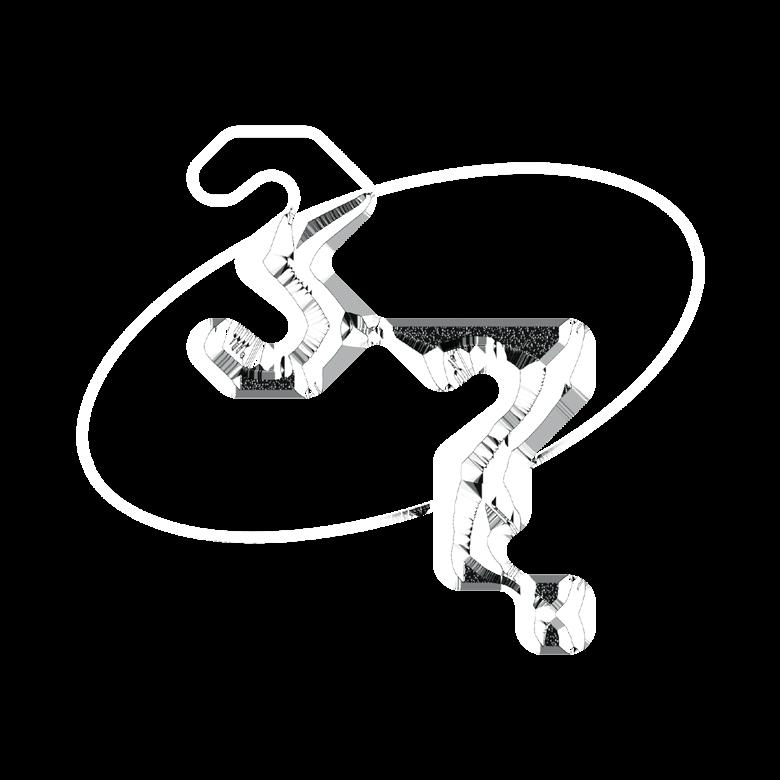

 37. SALON MLADIH 37th YOUTH SALON
Zagreb 2024.
37. SALON MLADIH 37th YOUTH SALON
Zagreb 2024.















































































































































































































































































































































